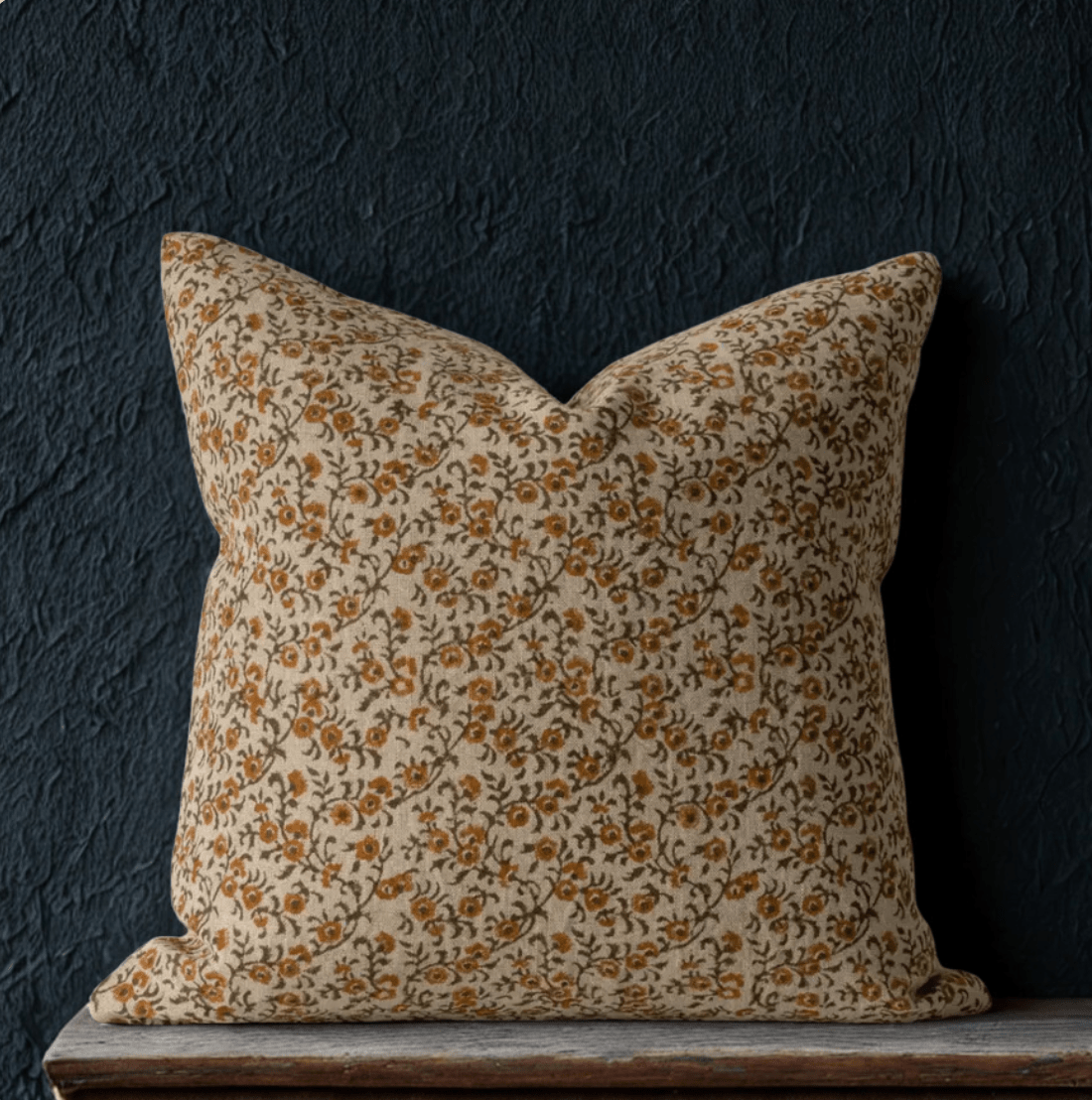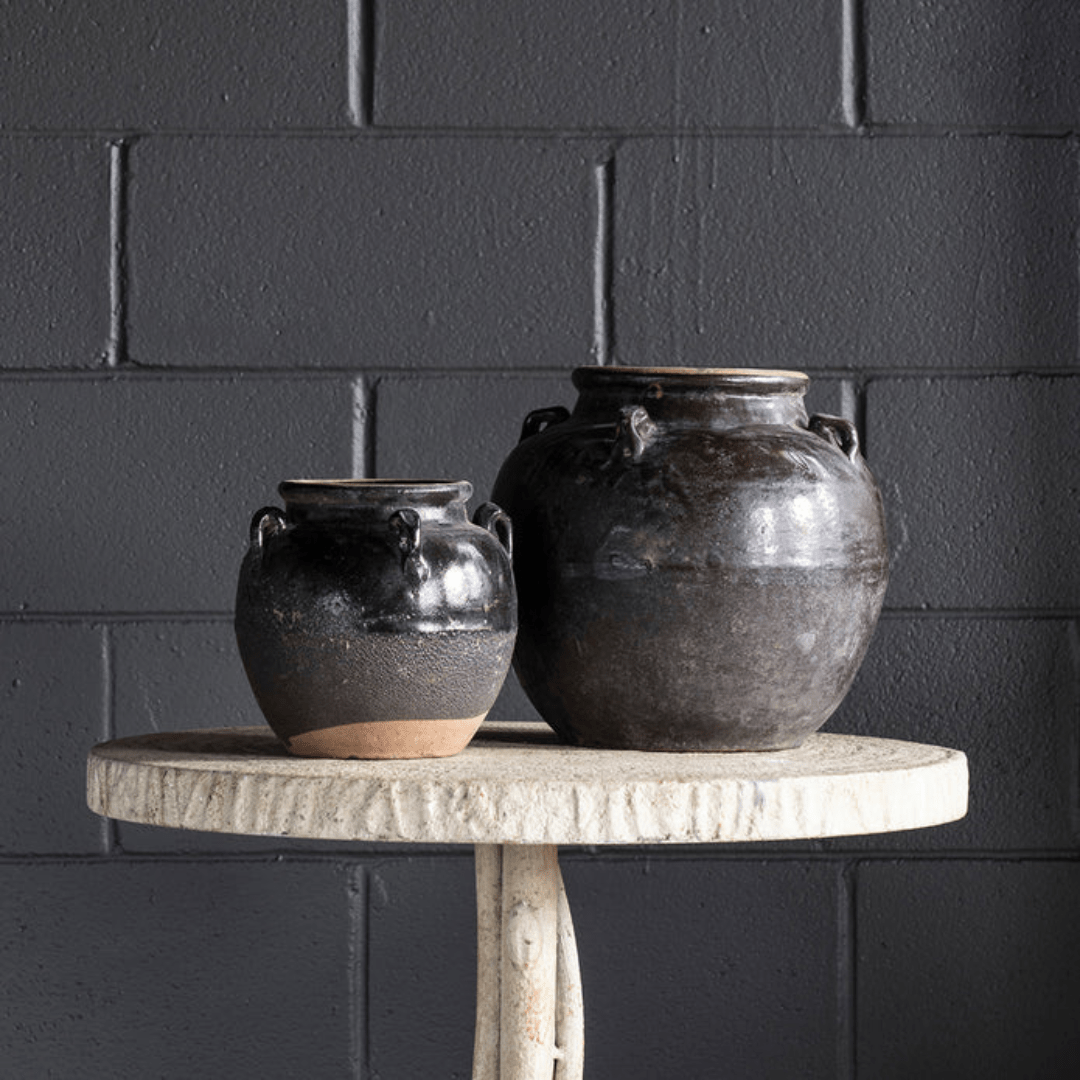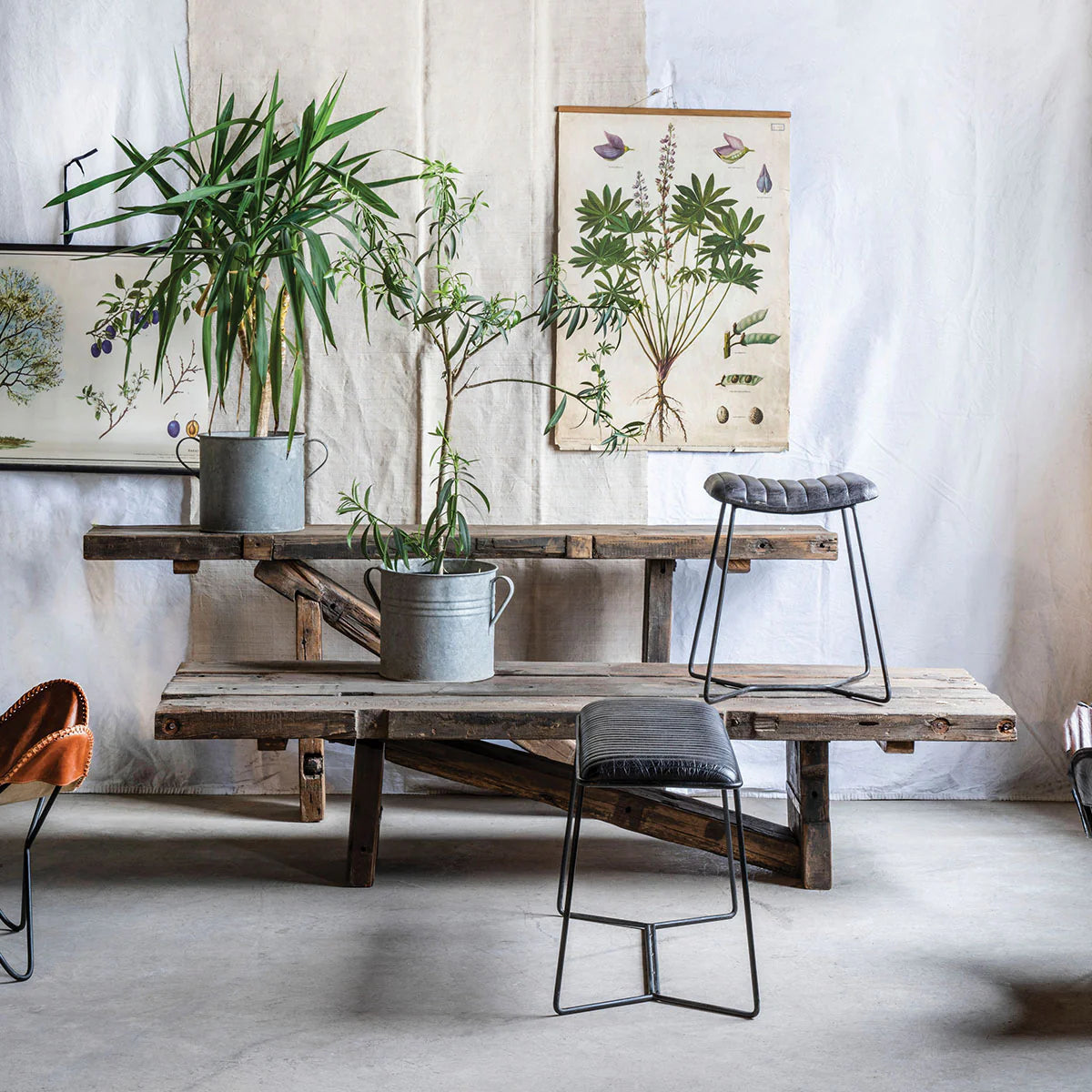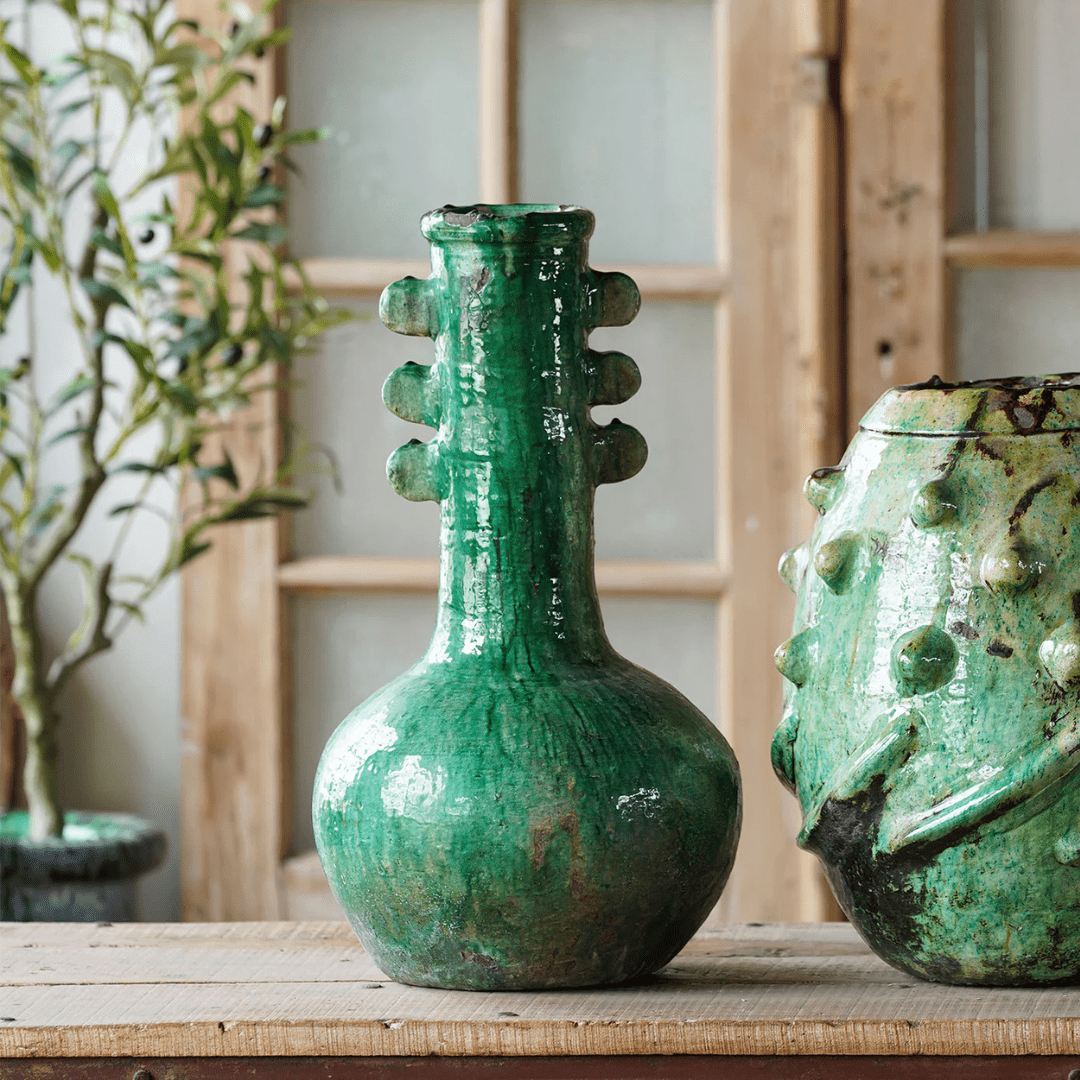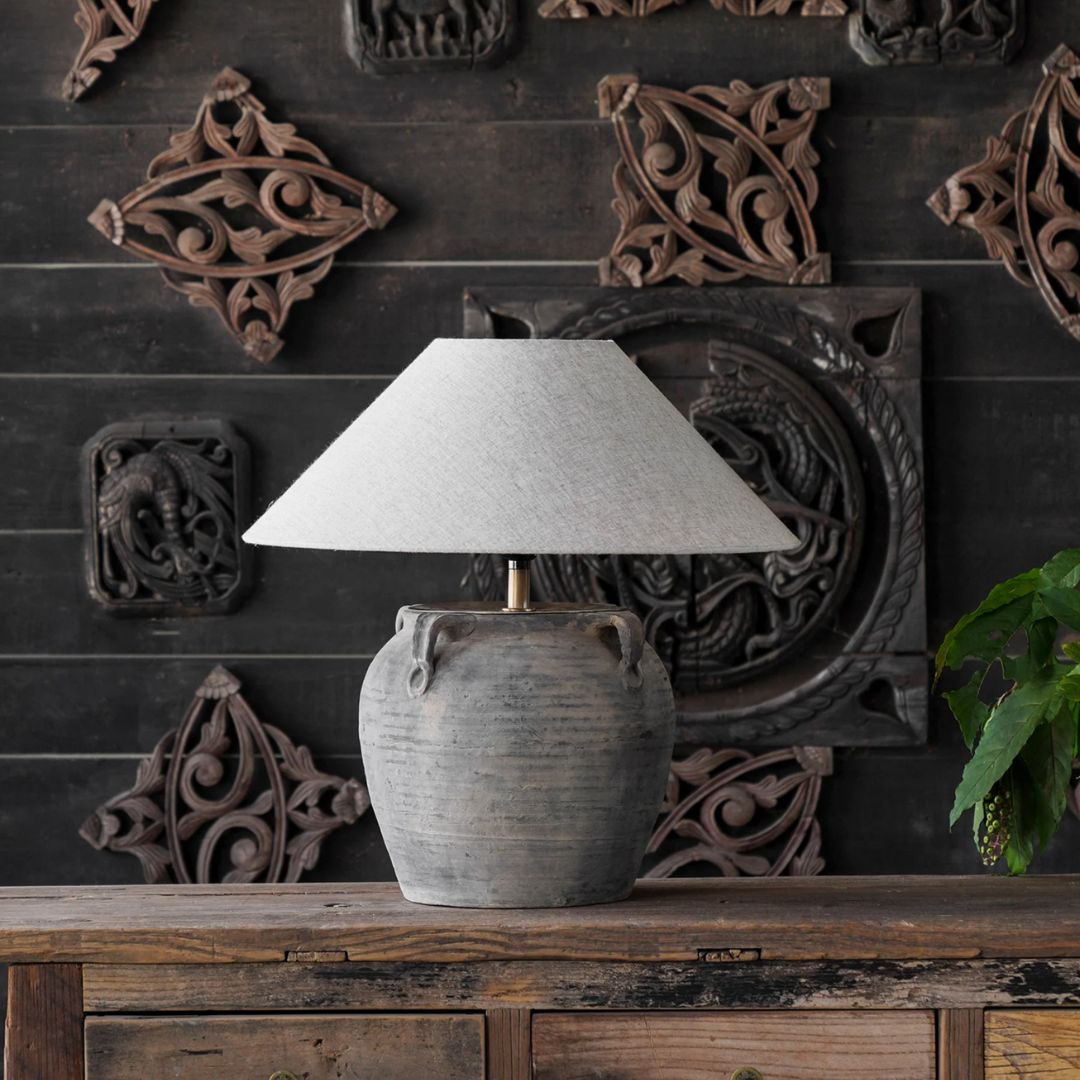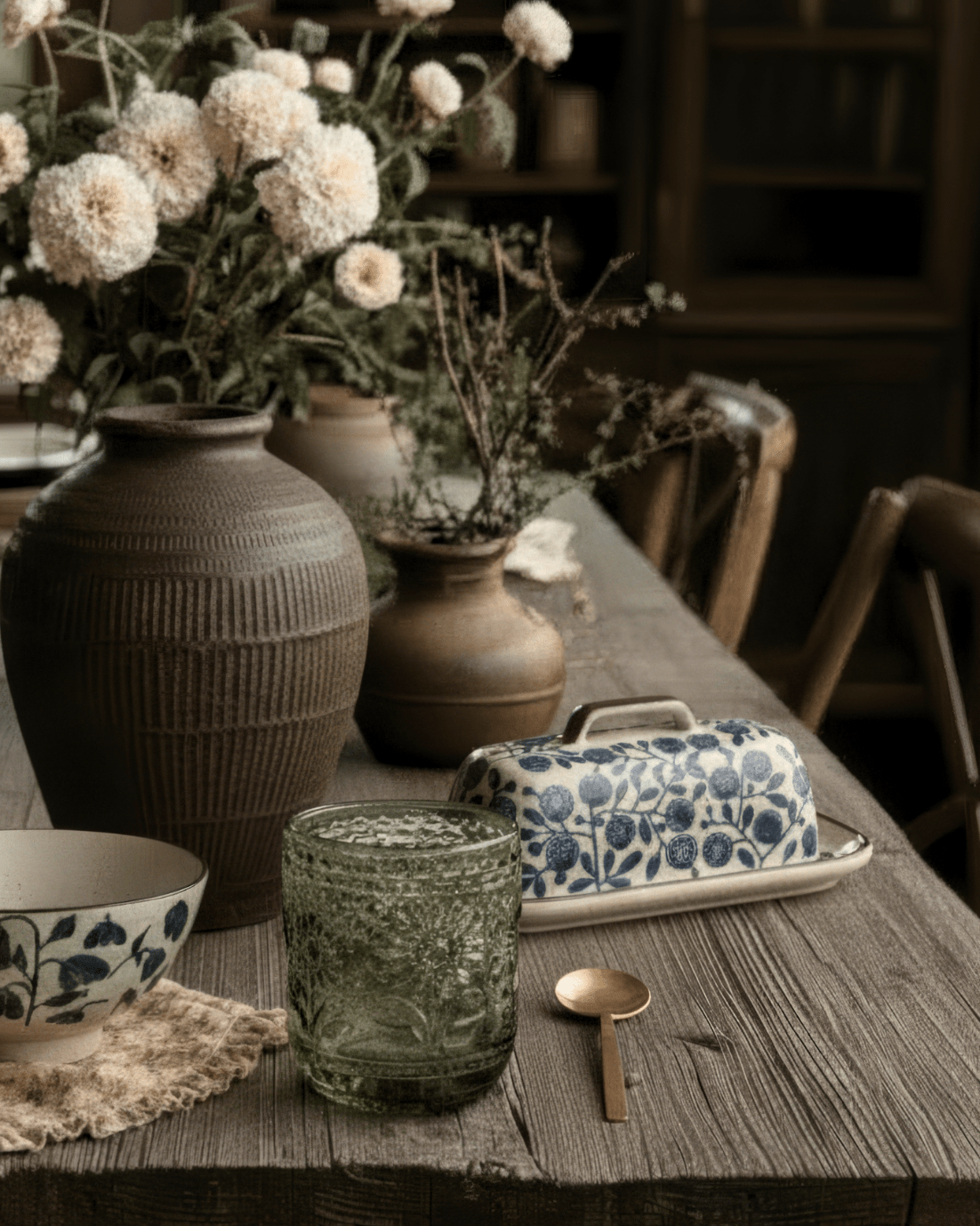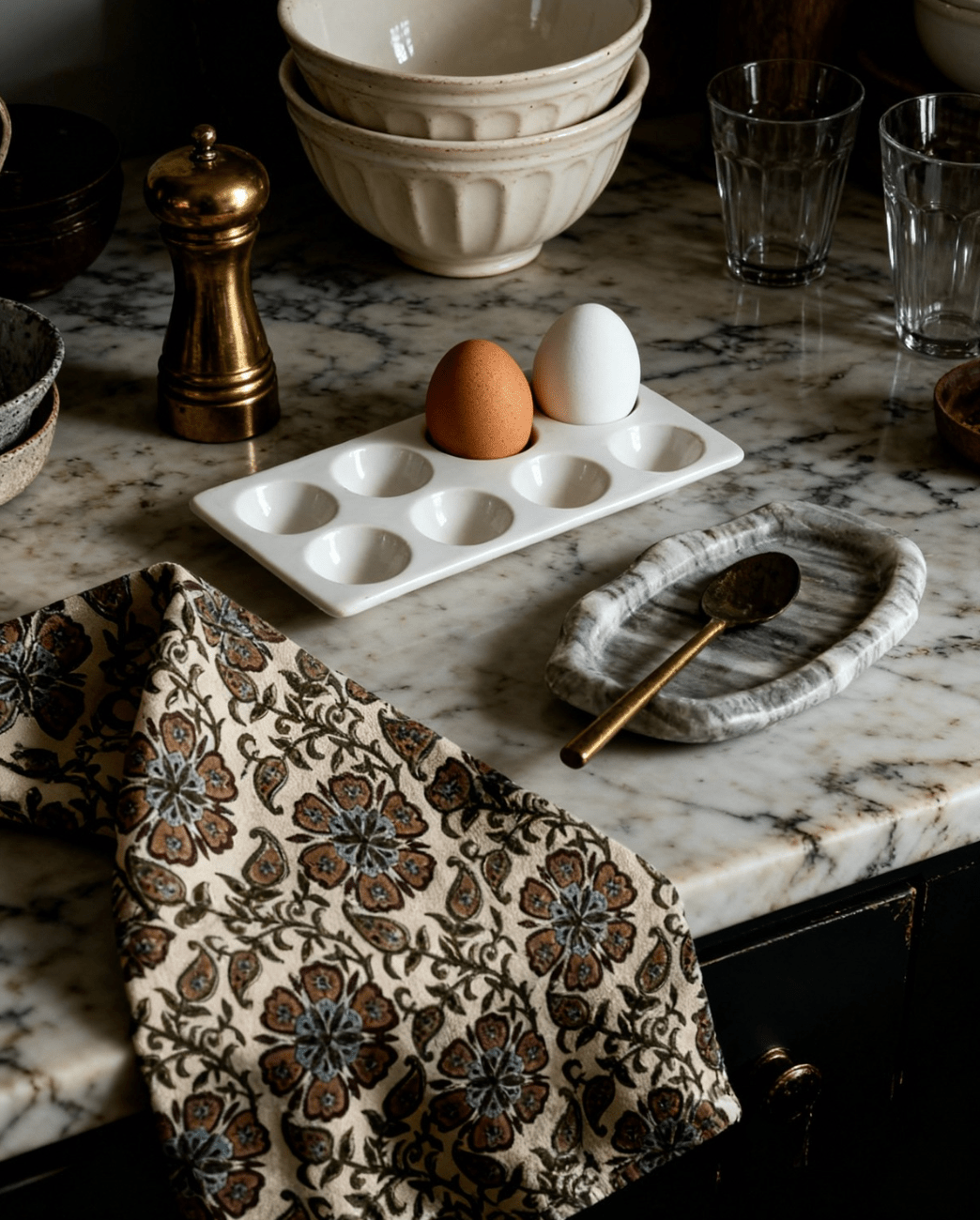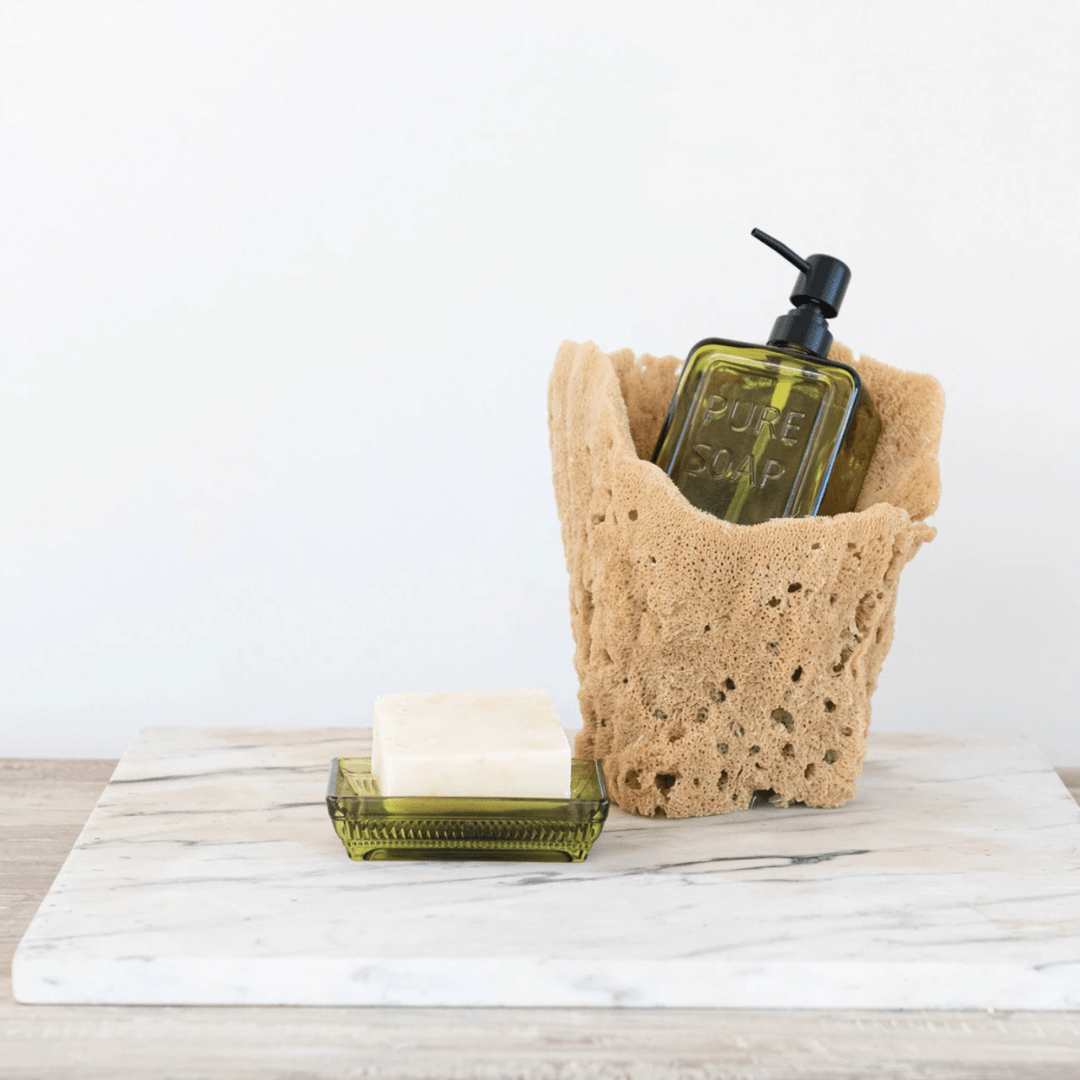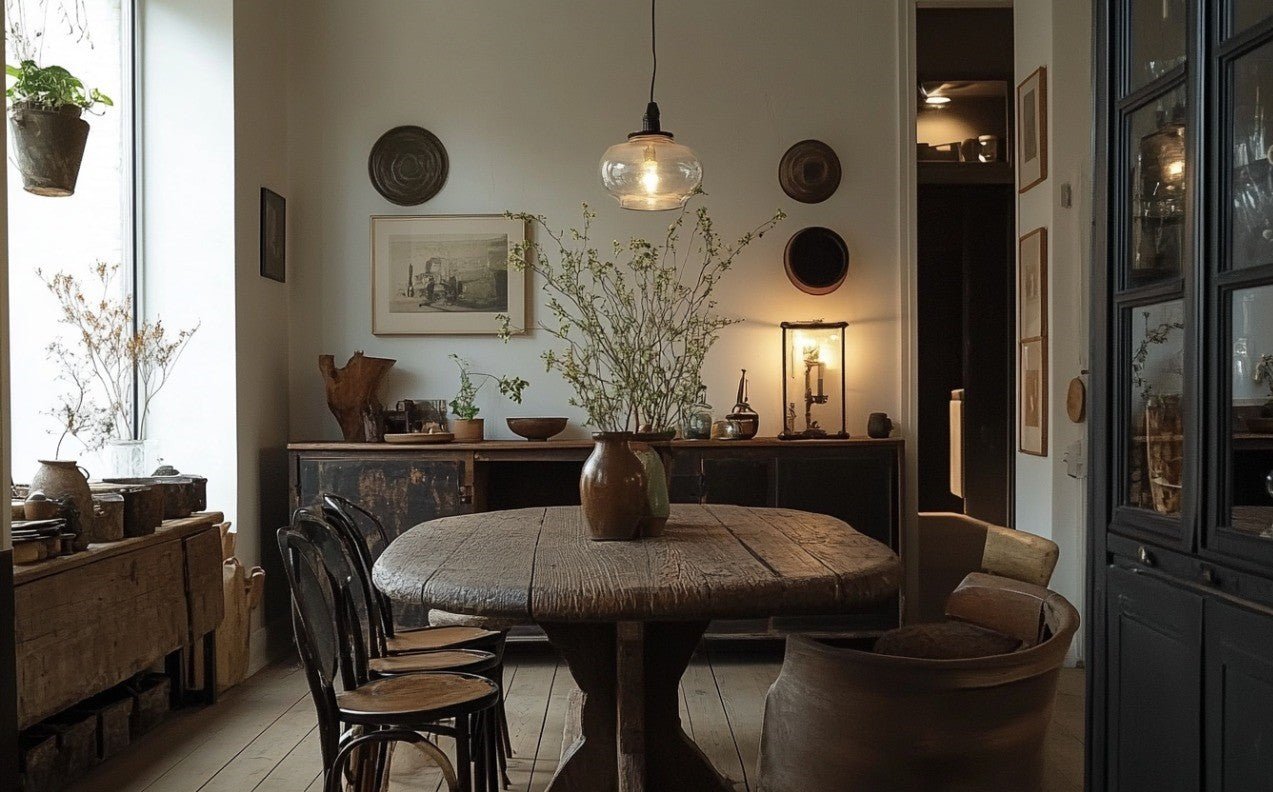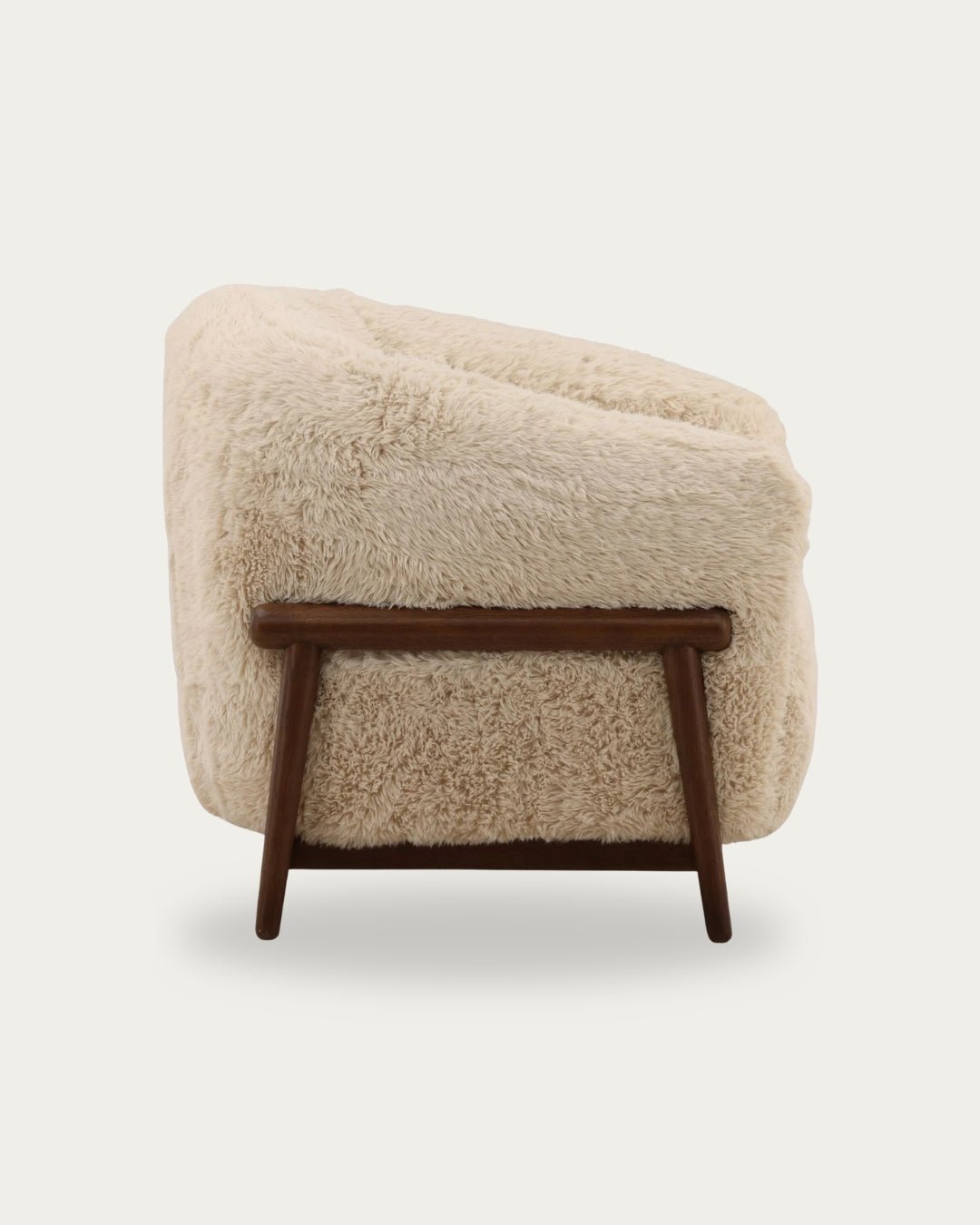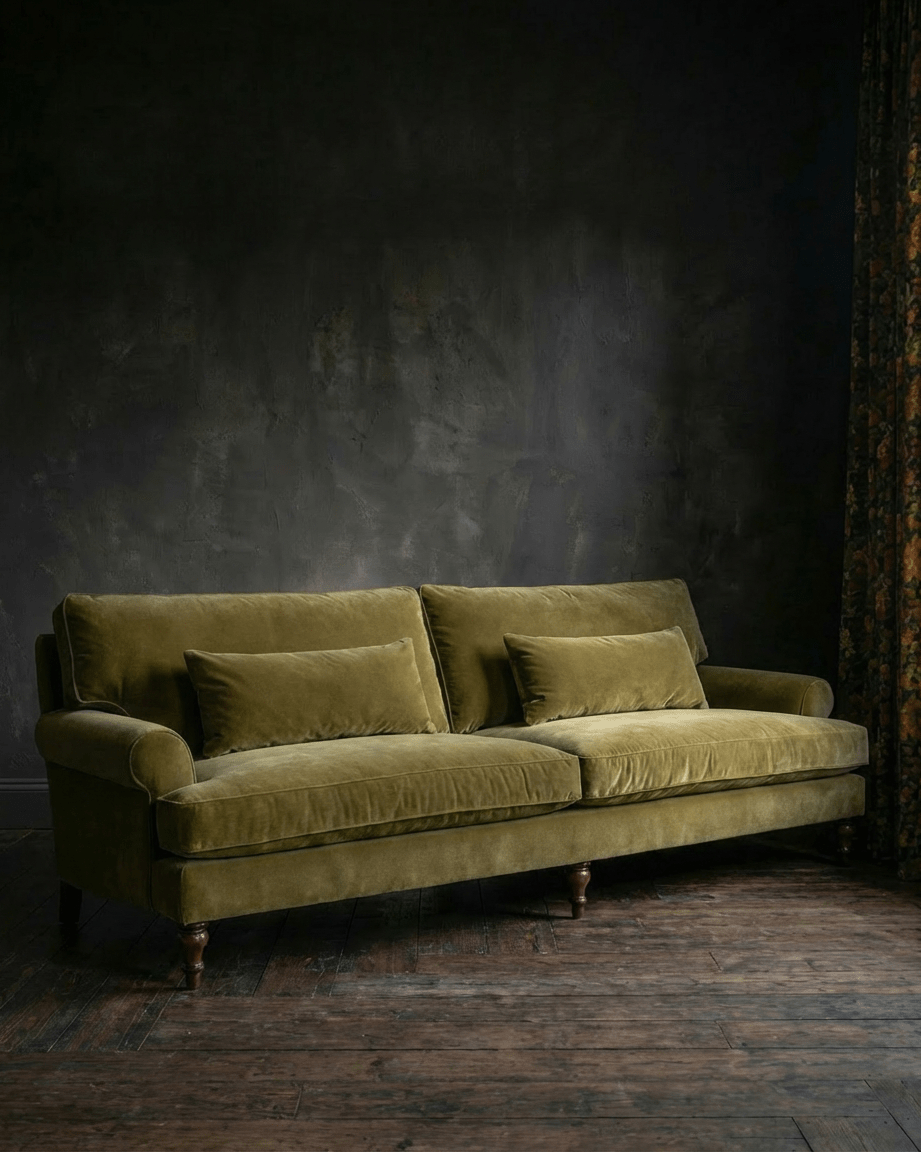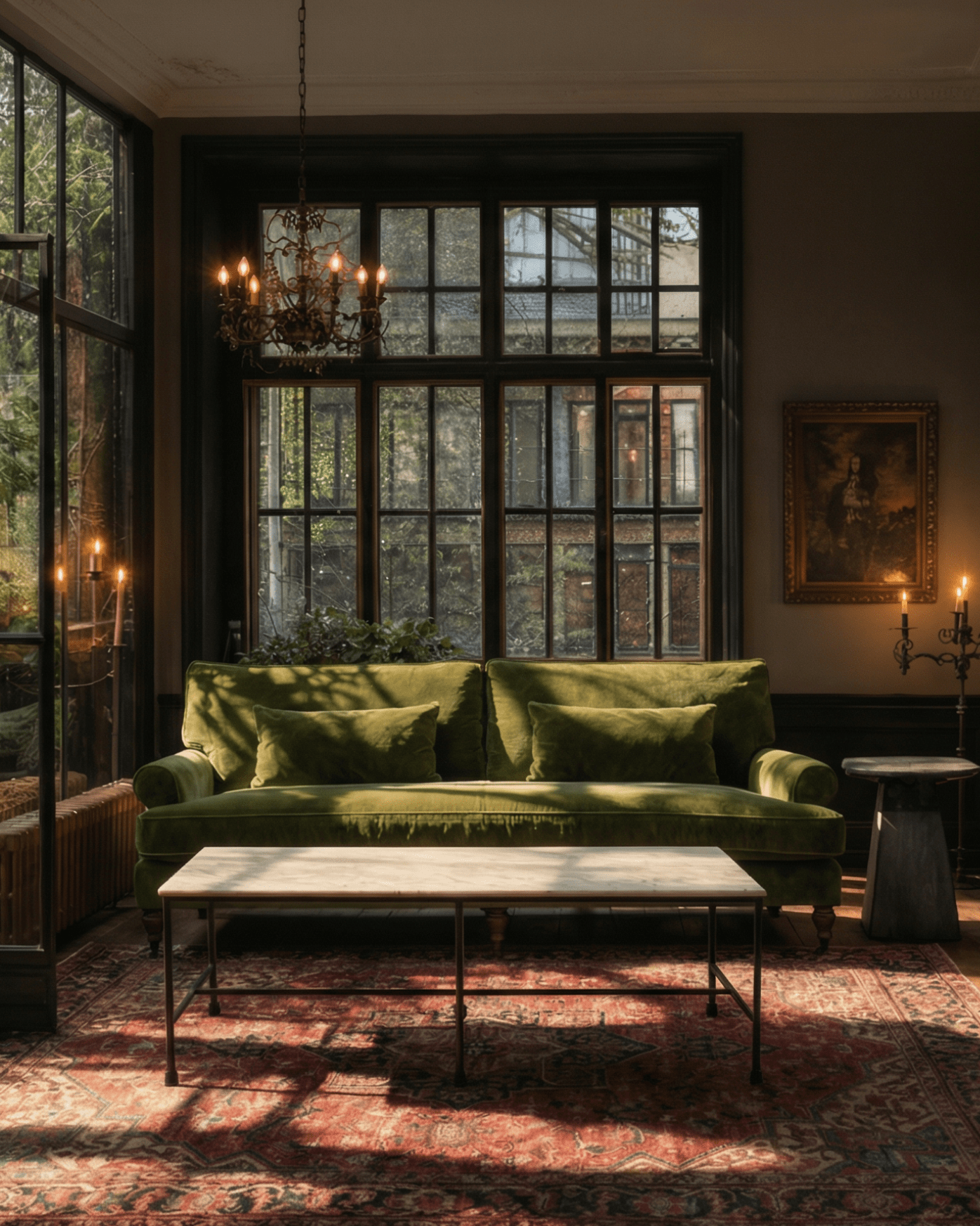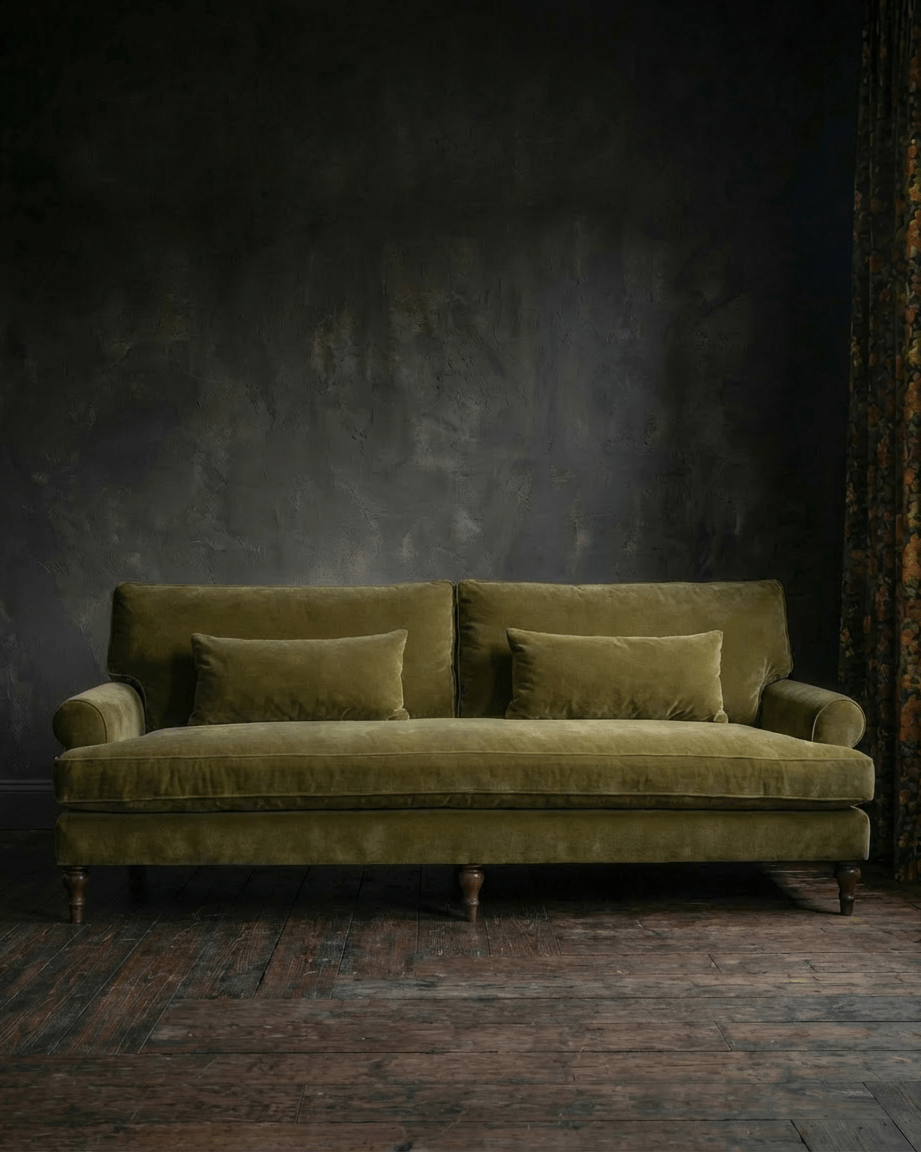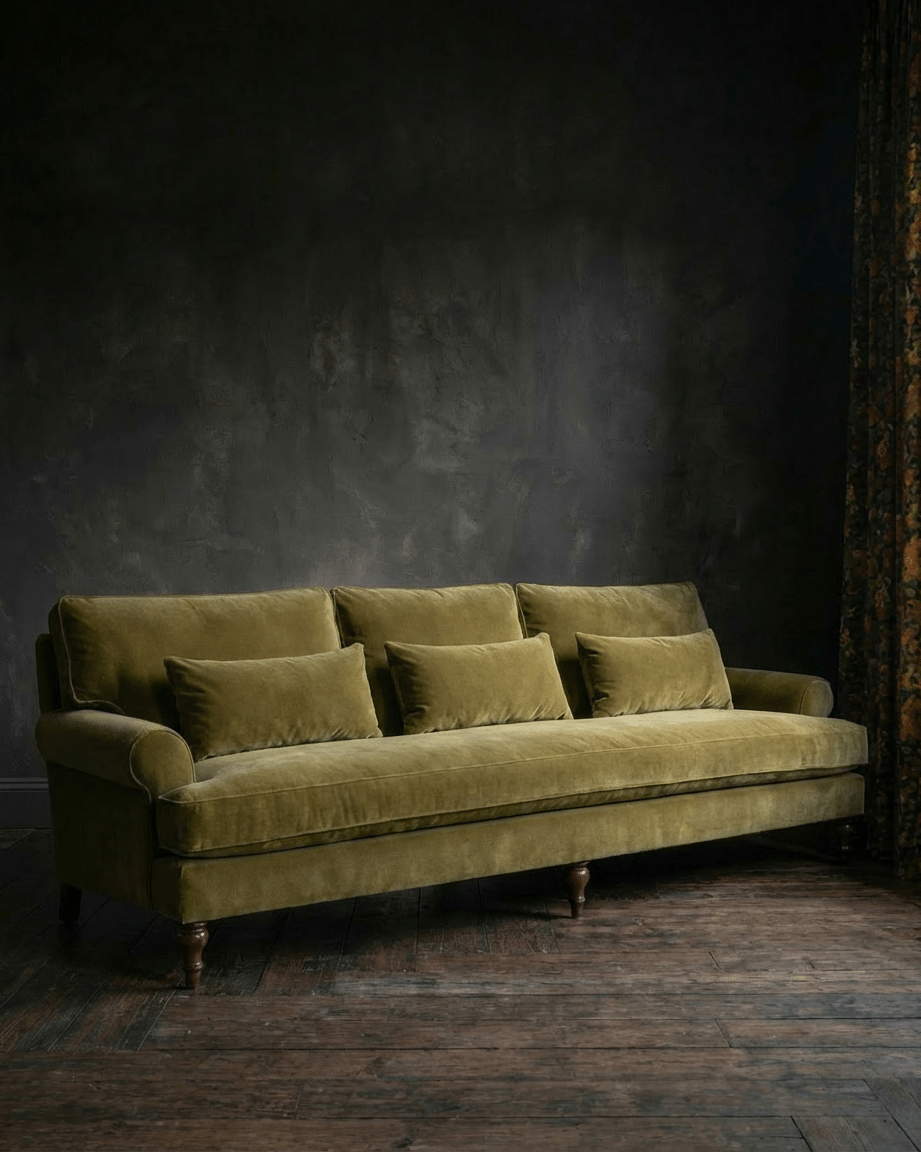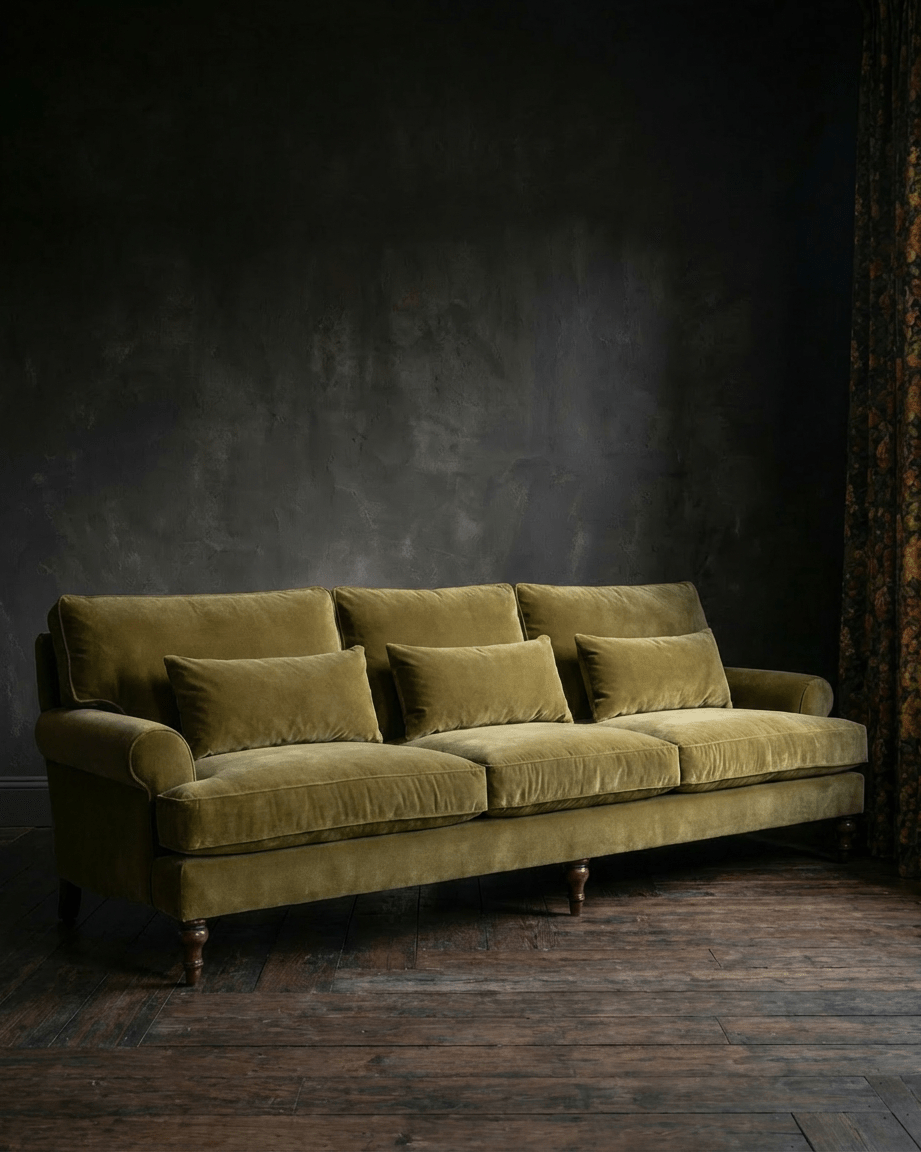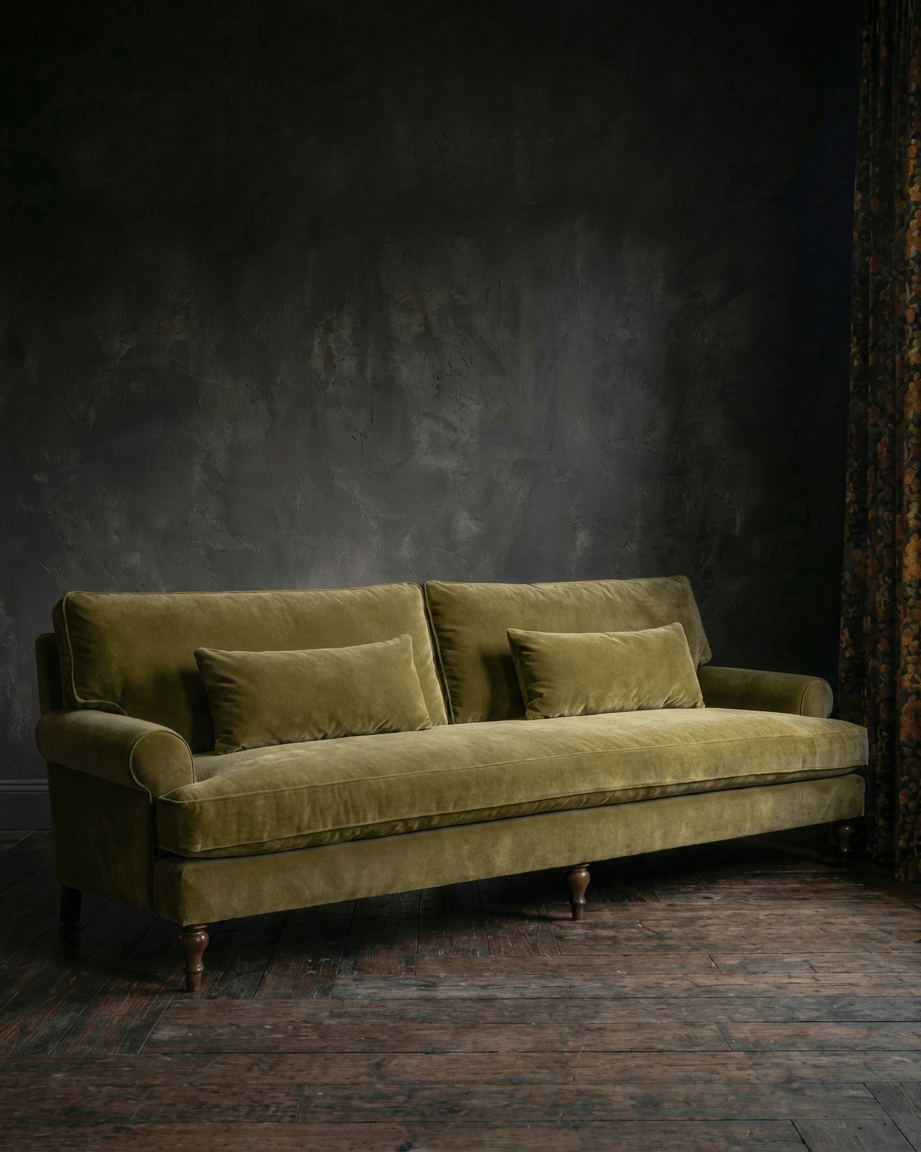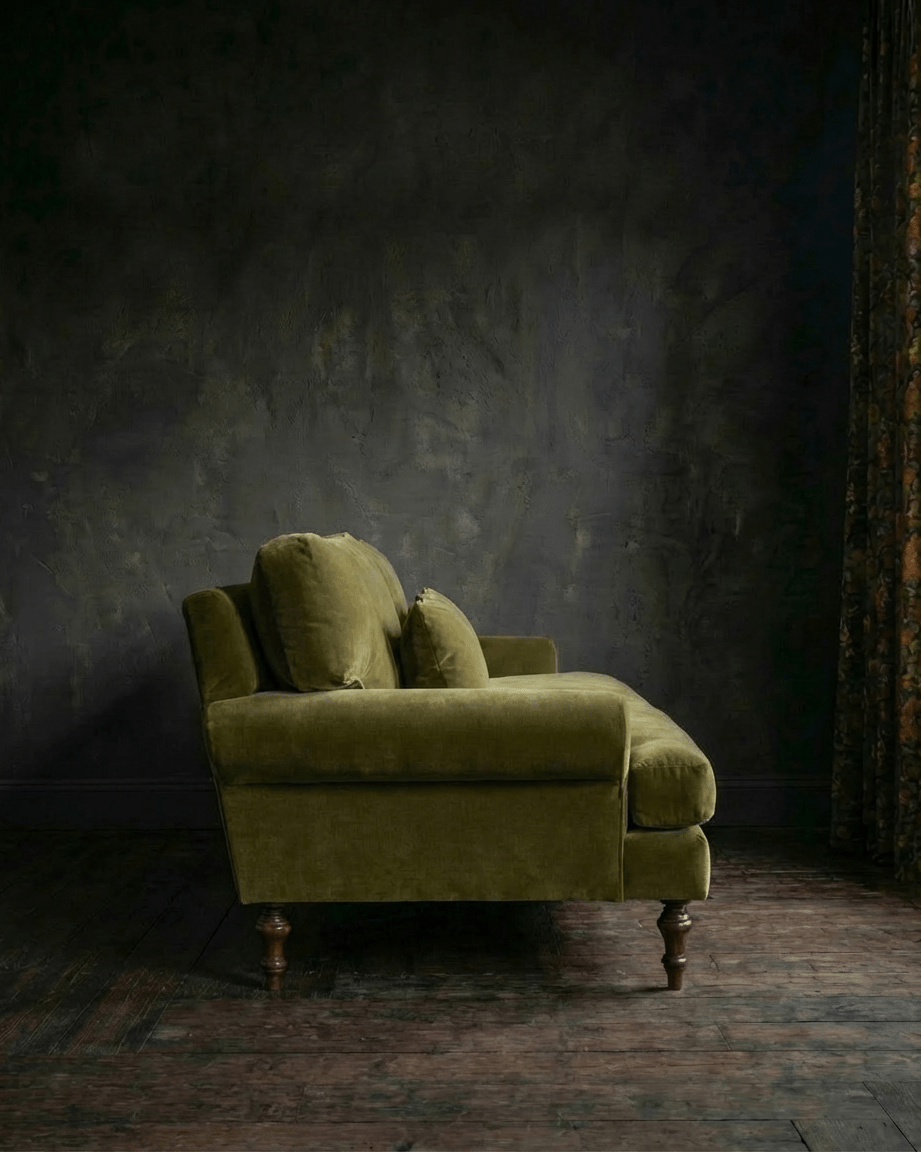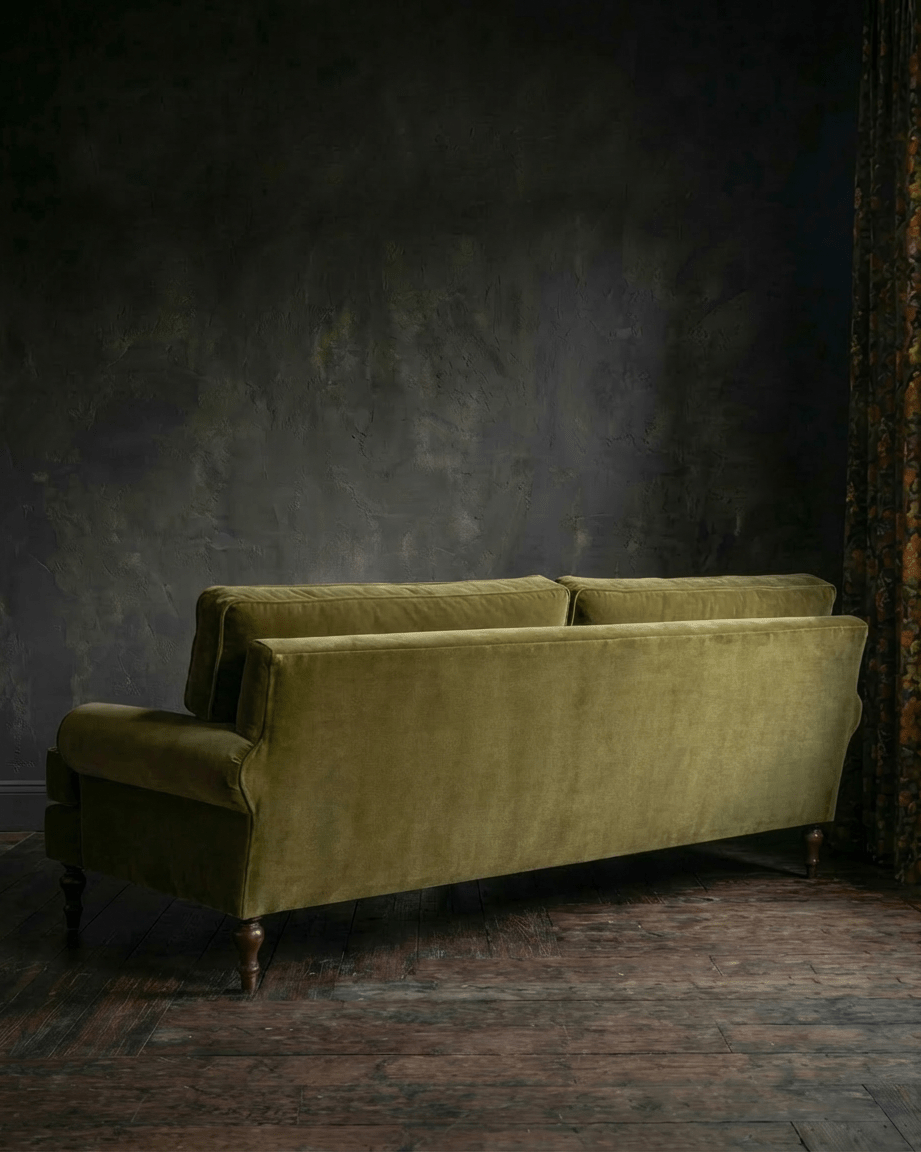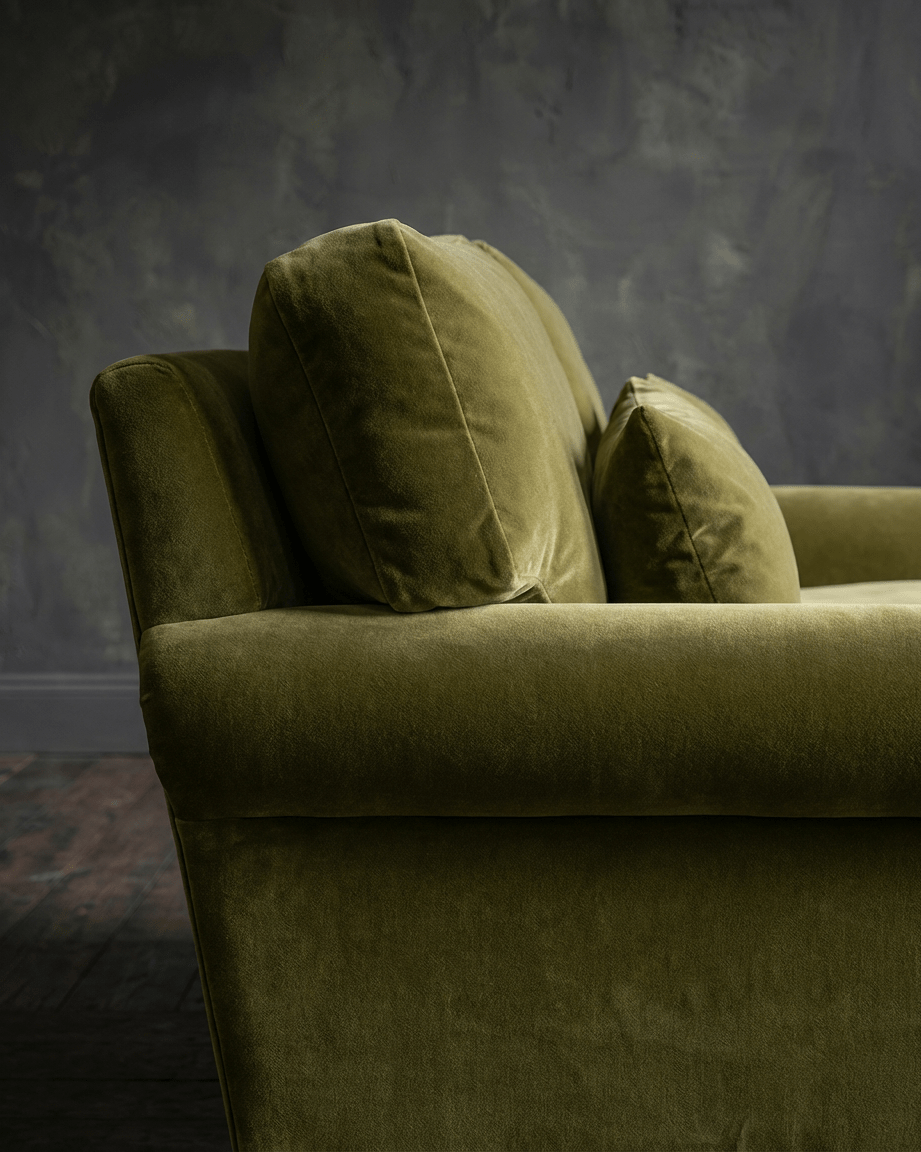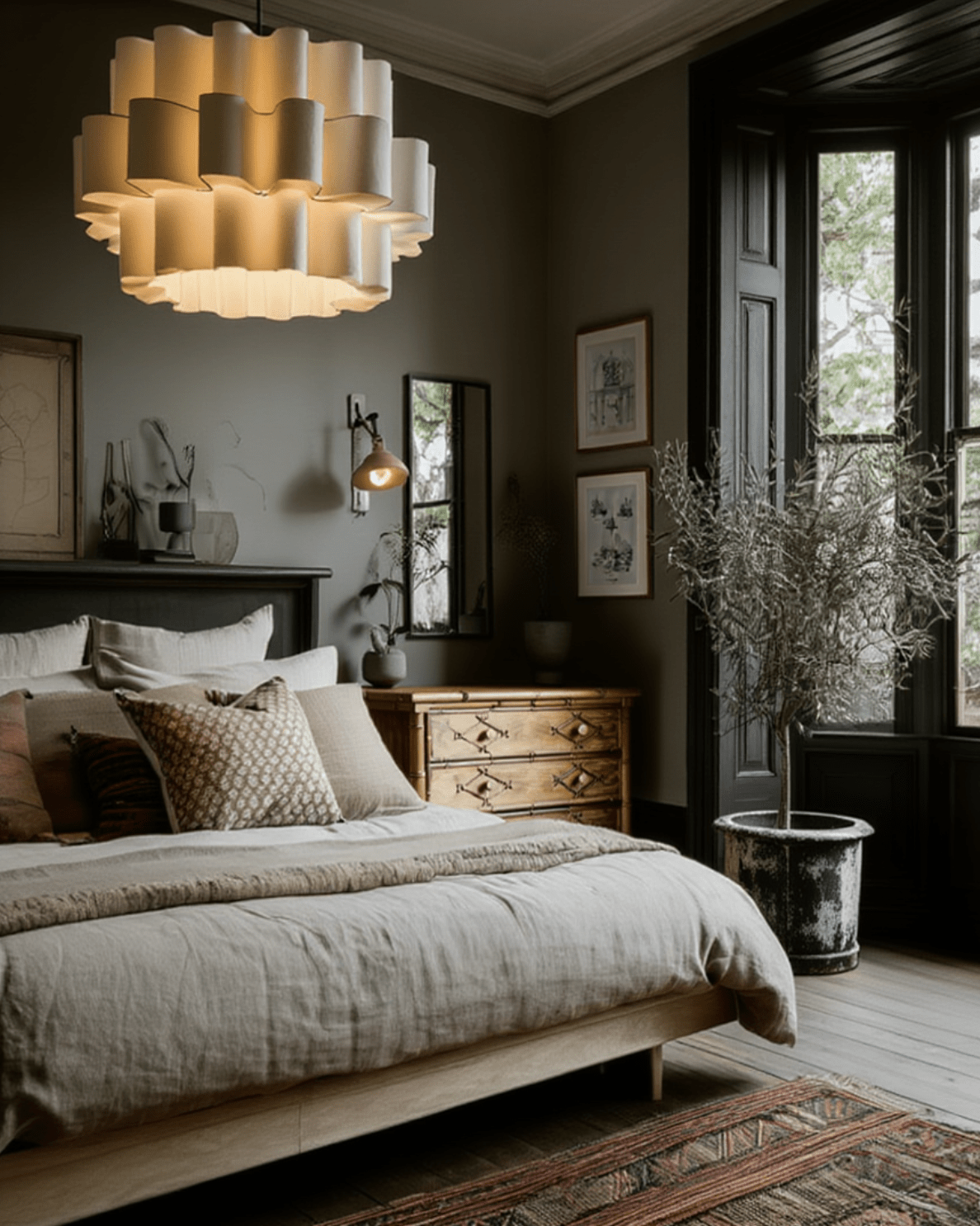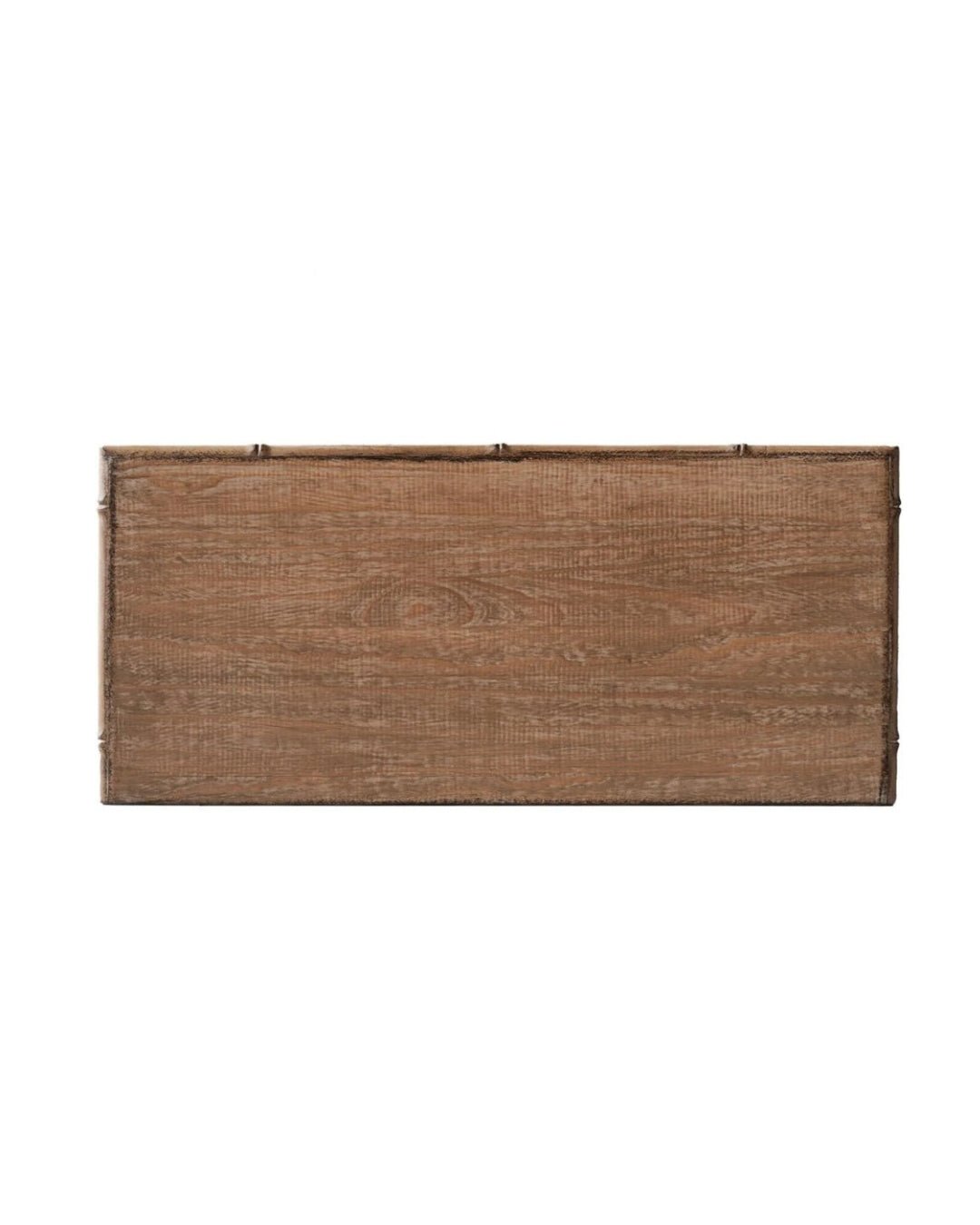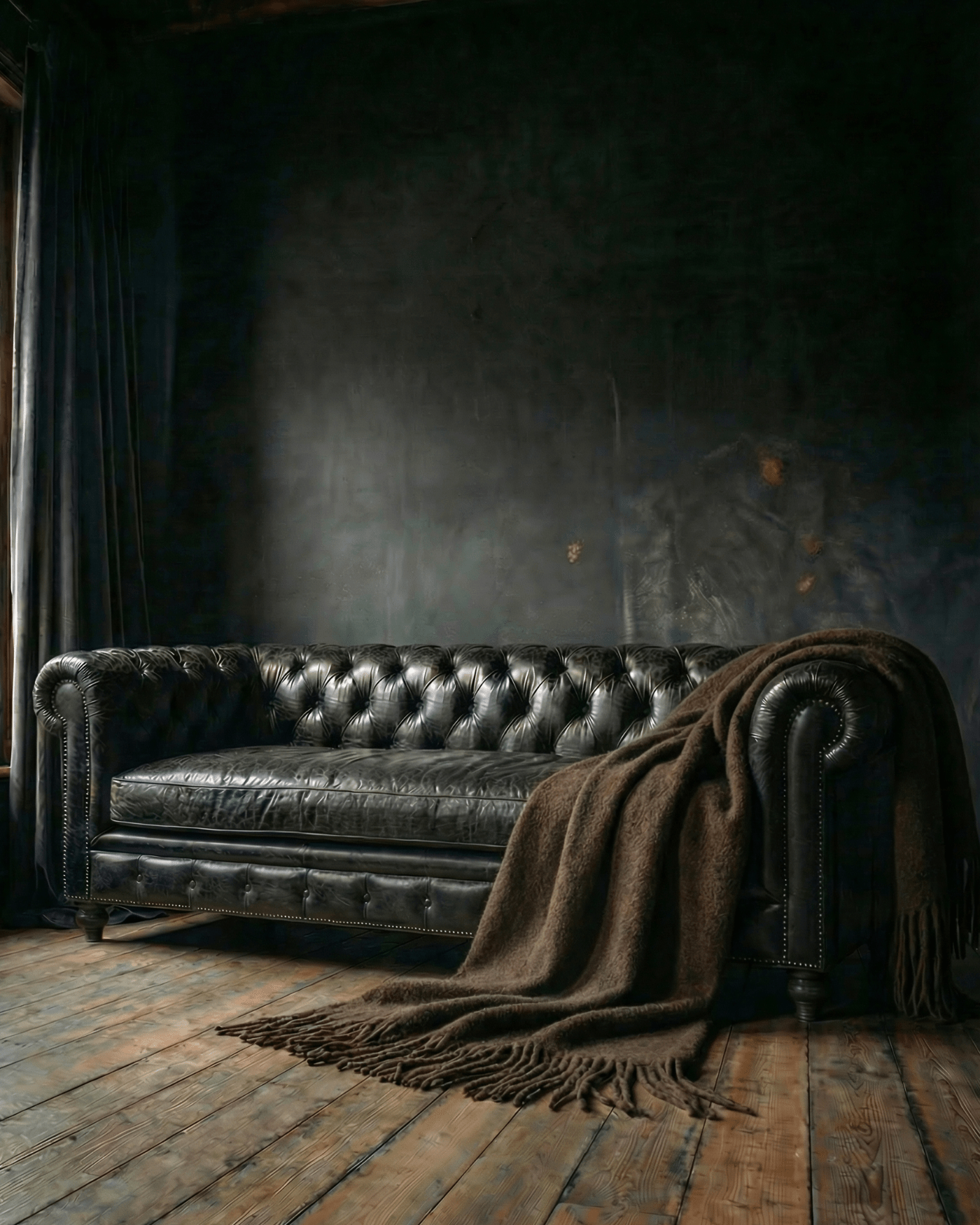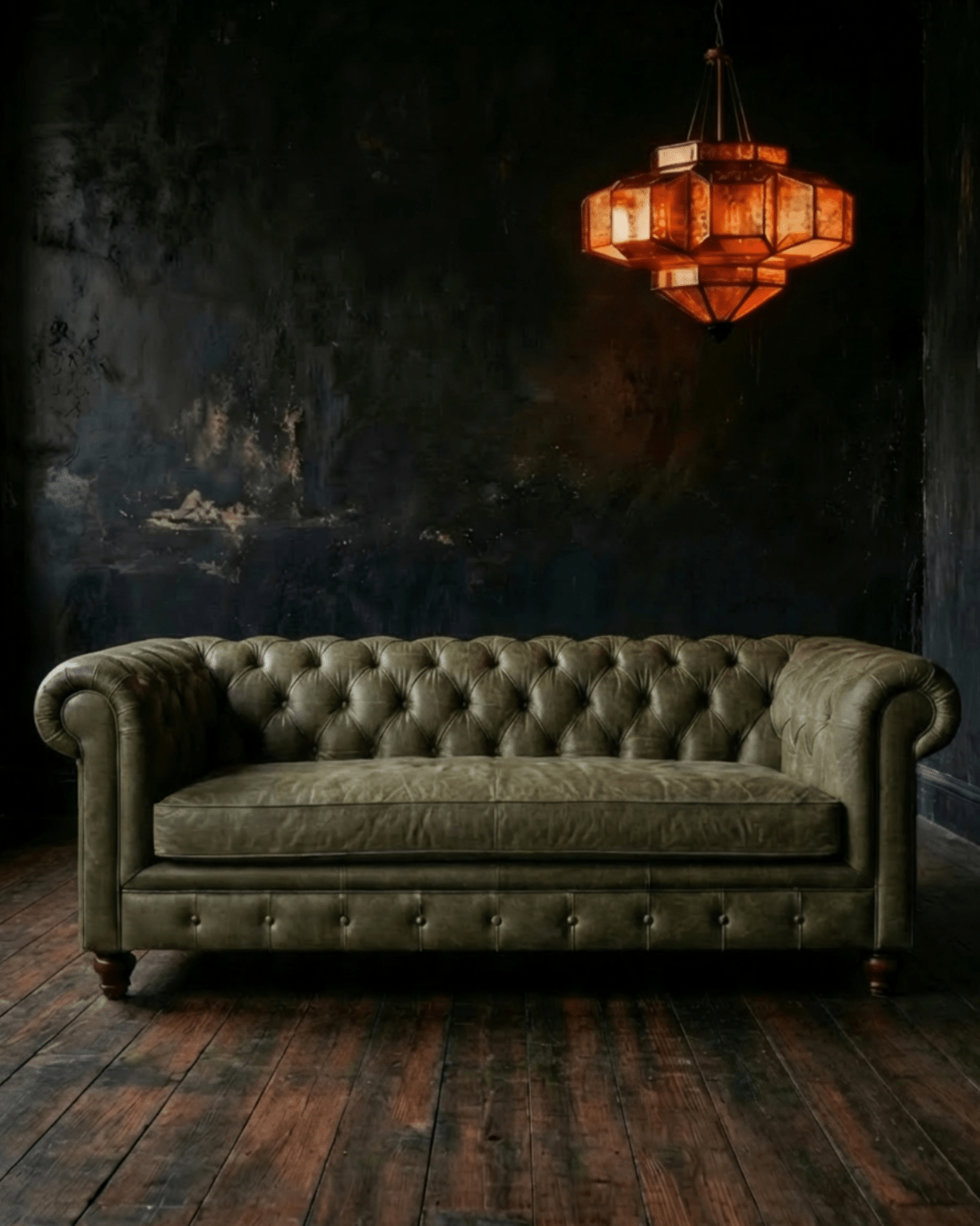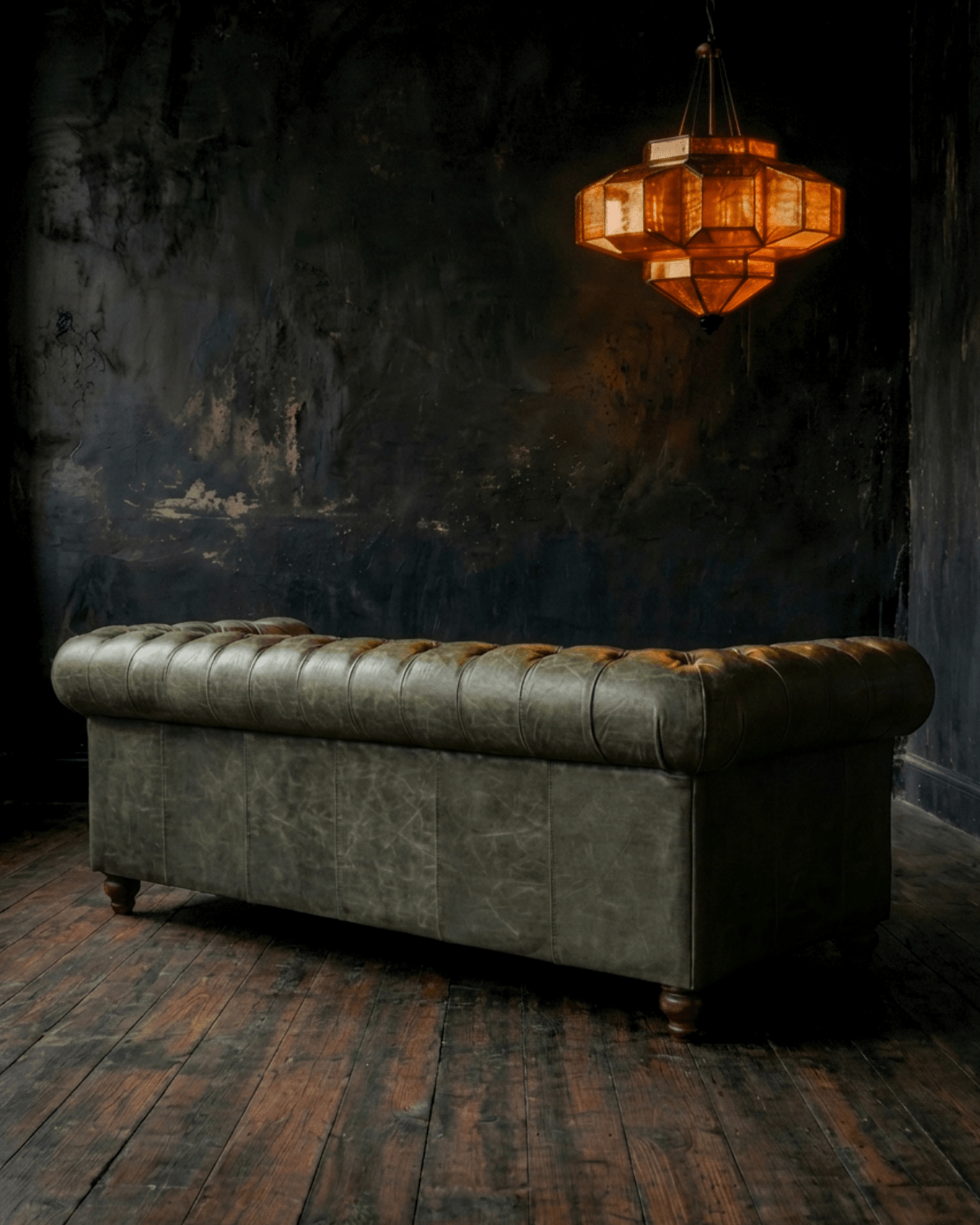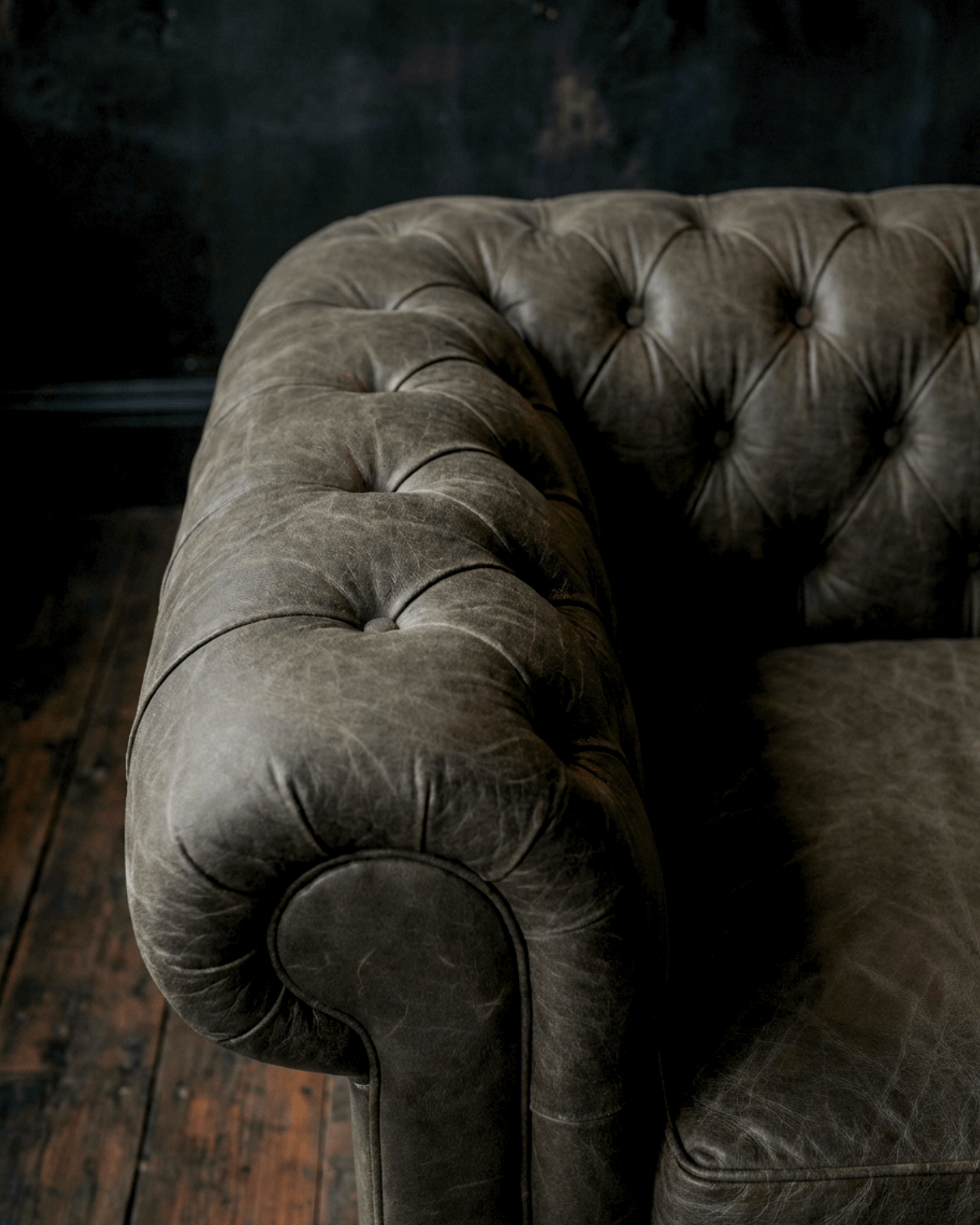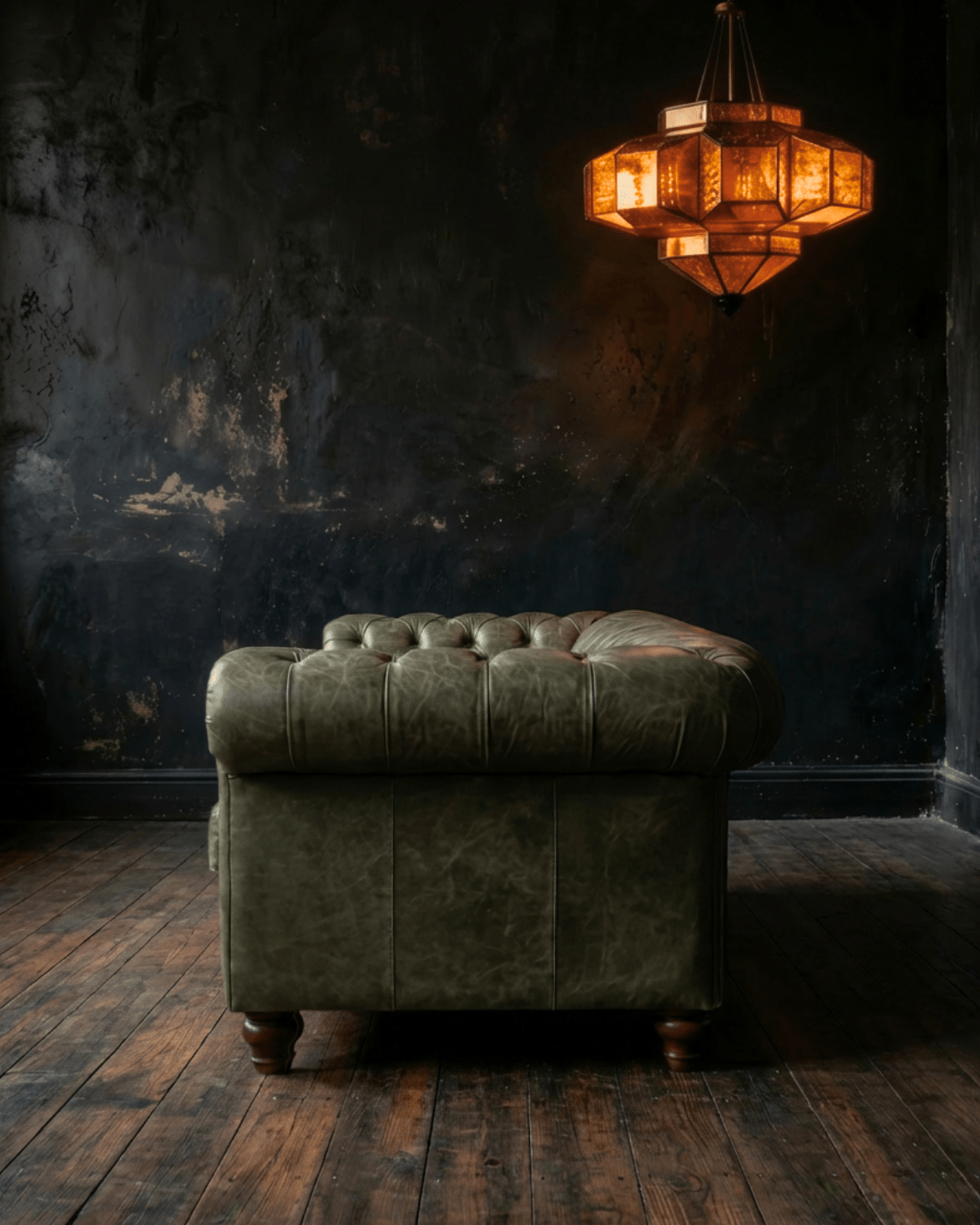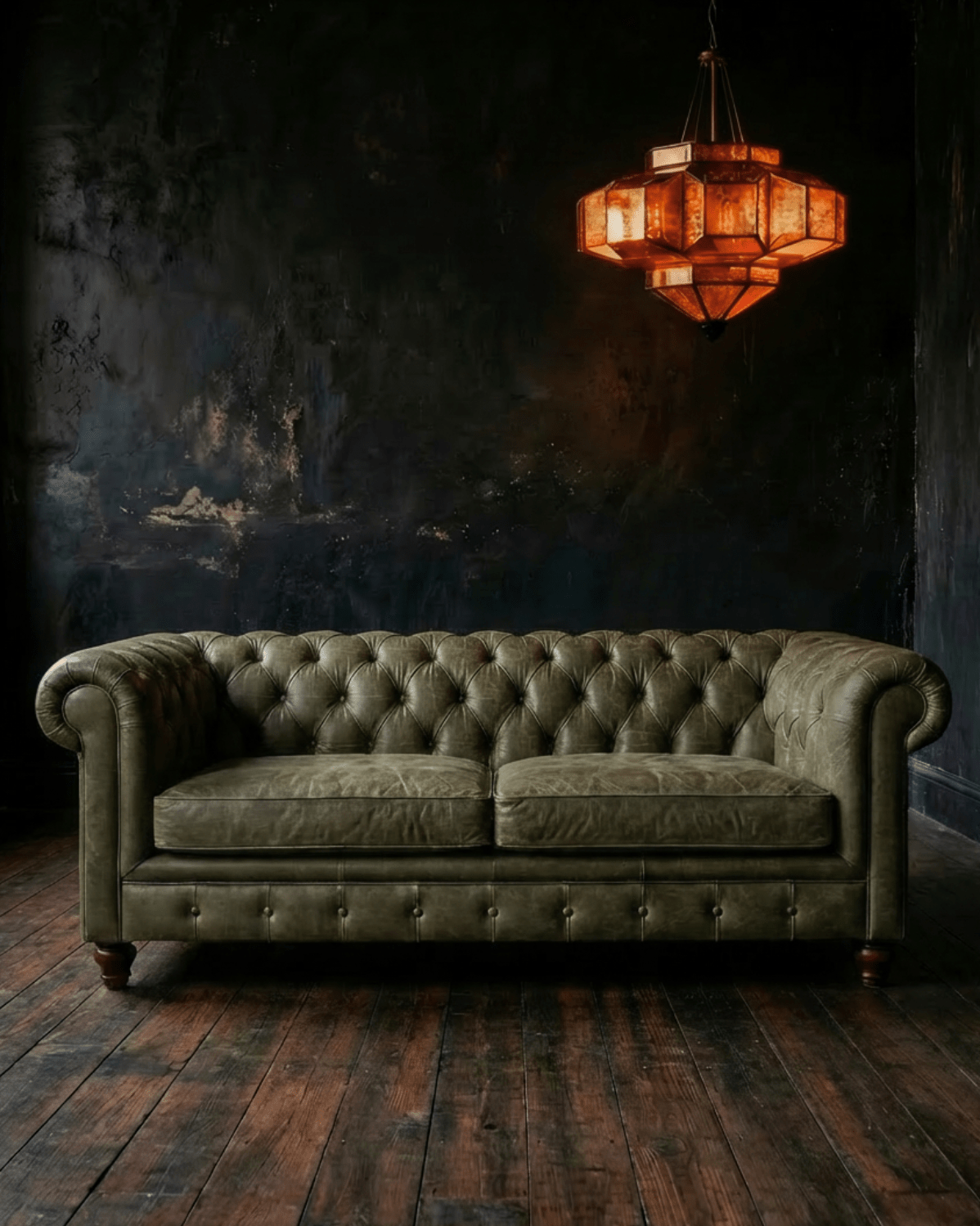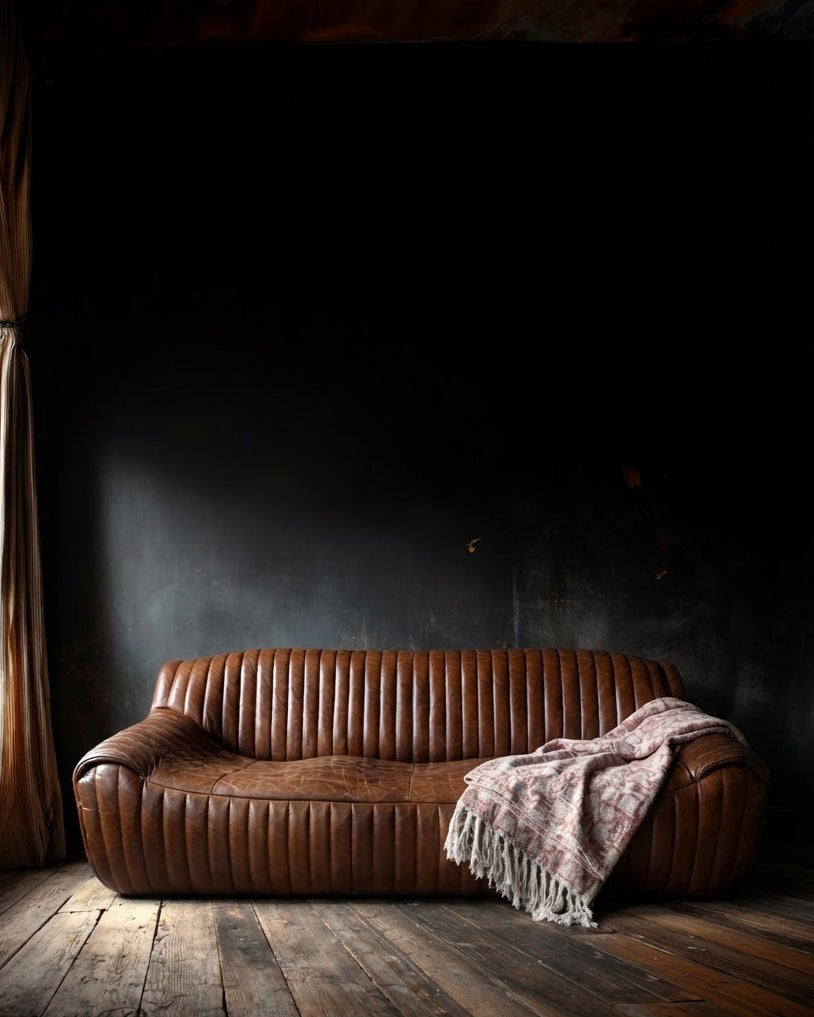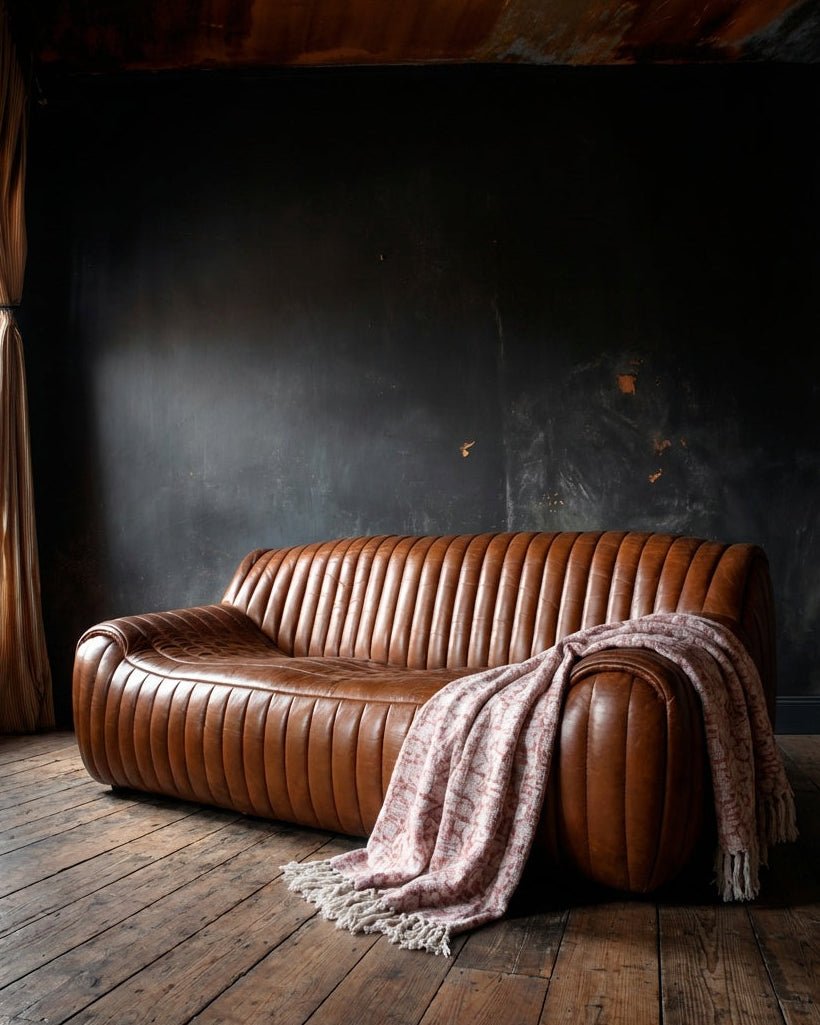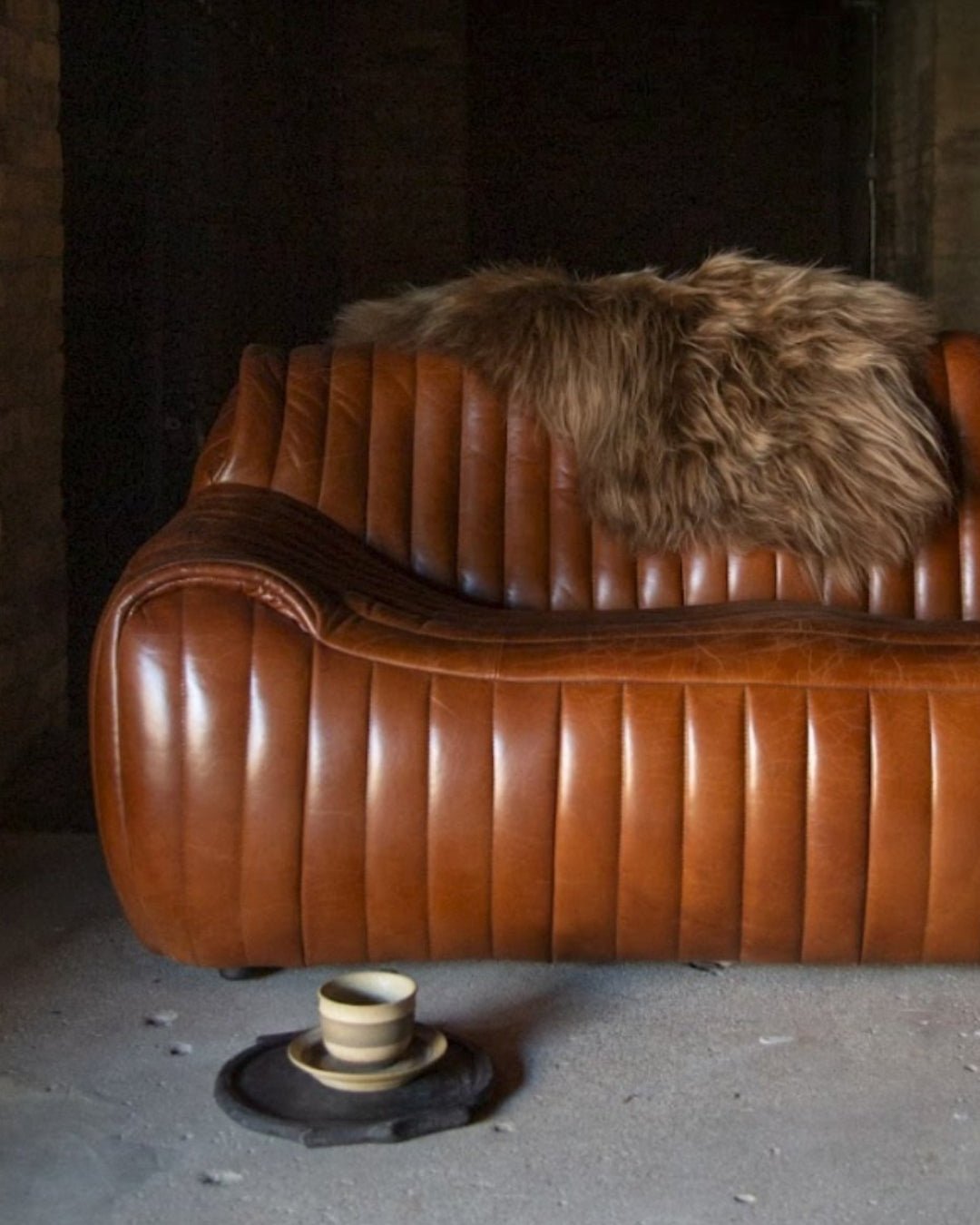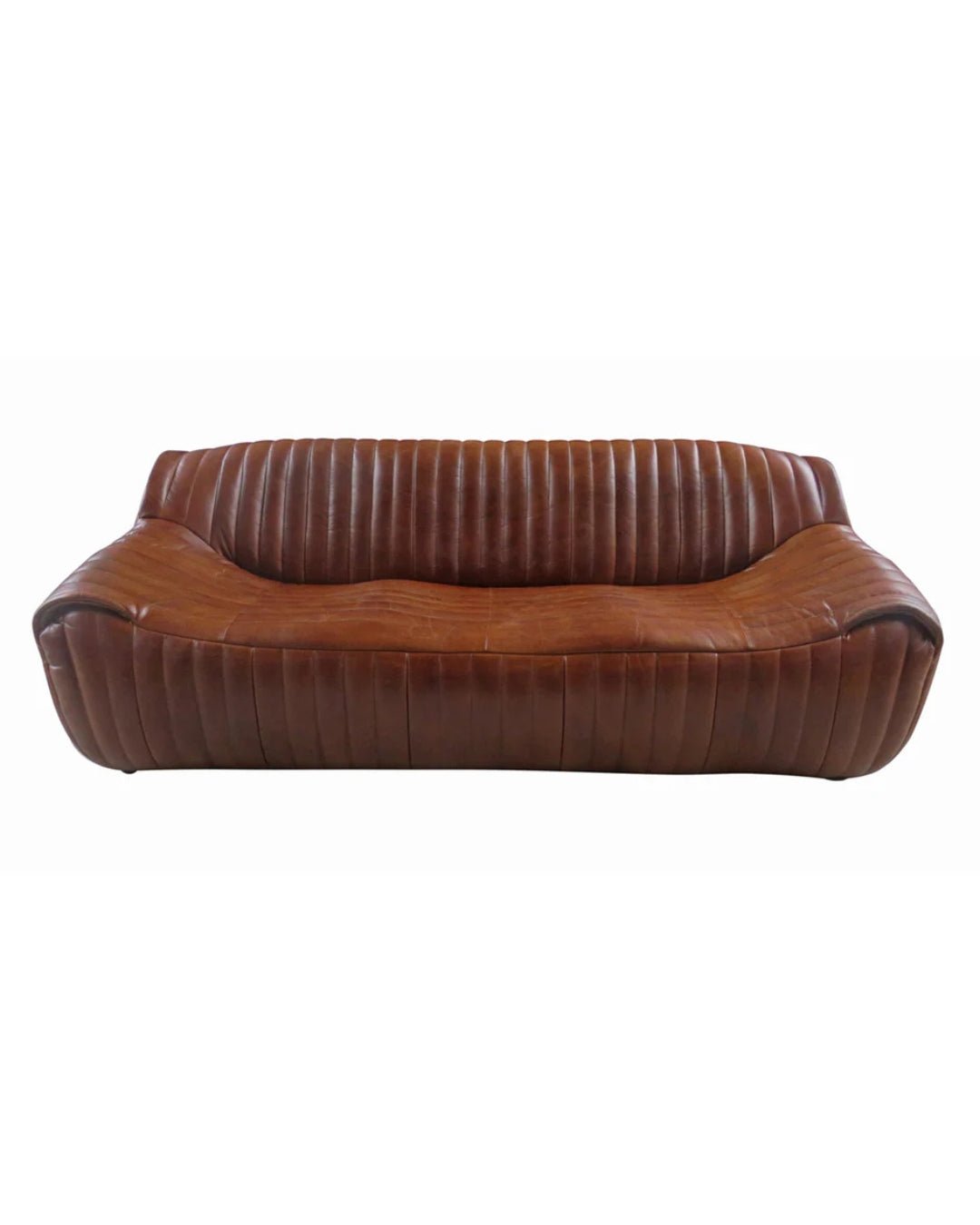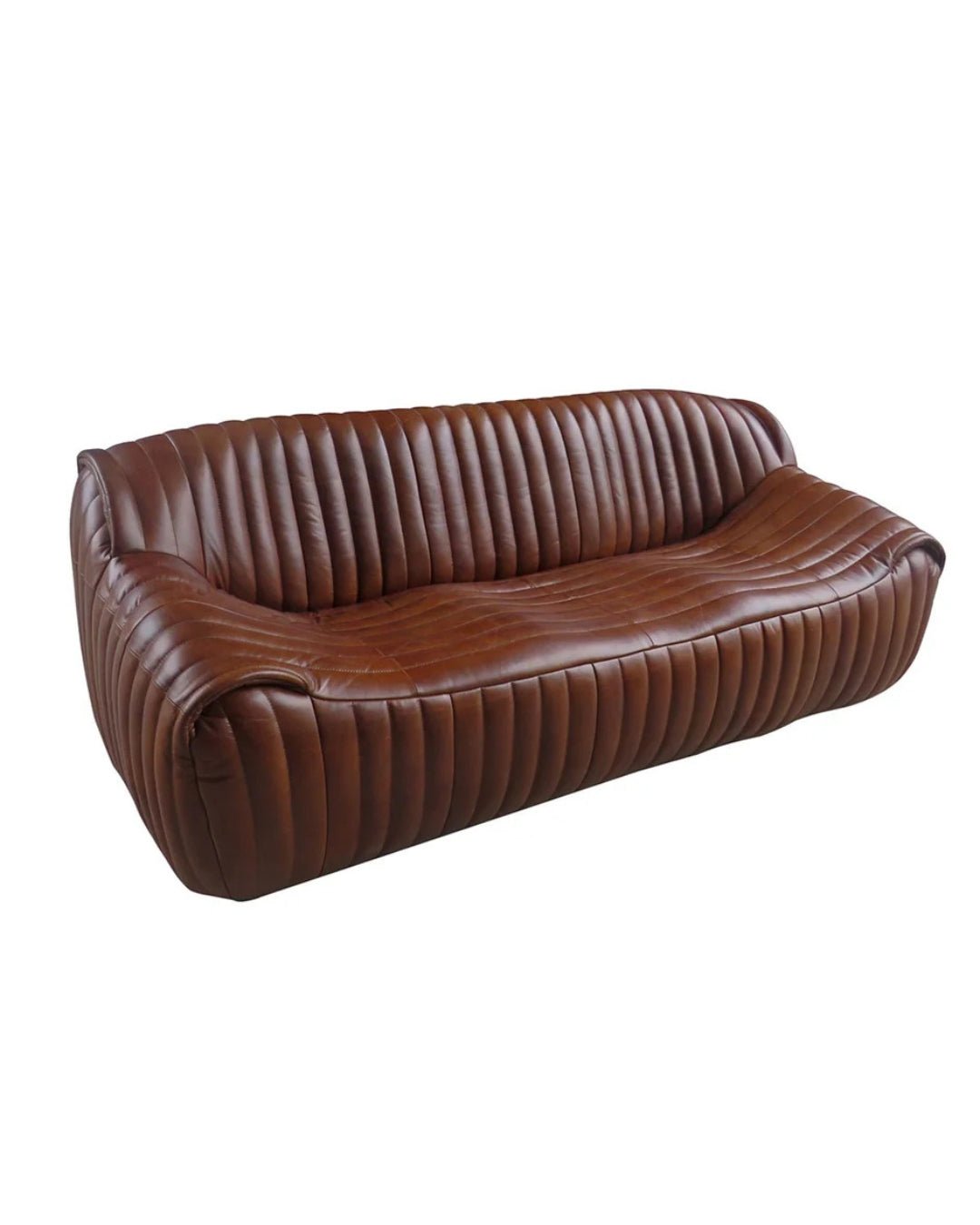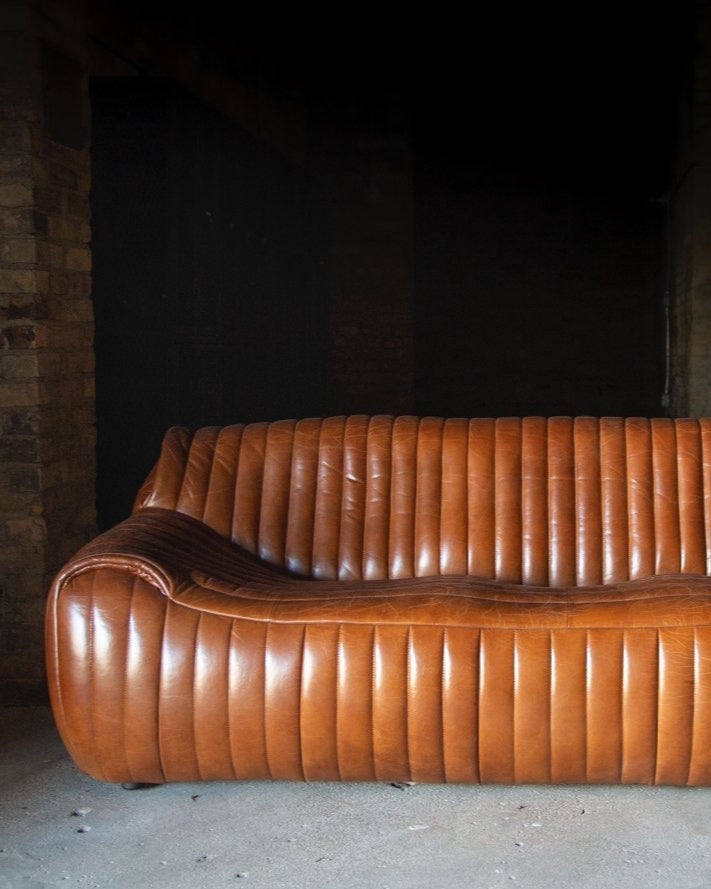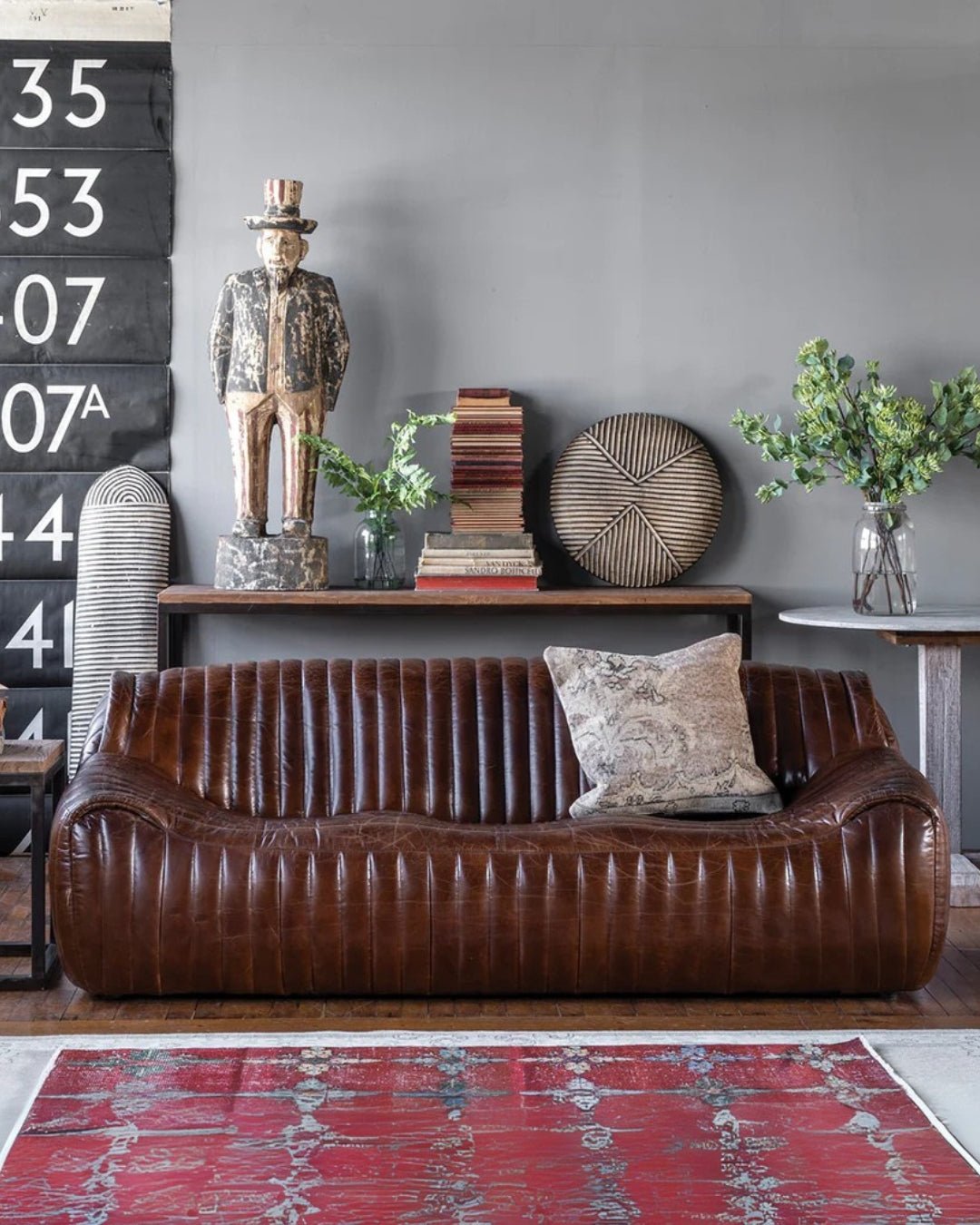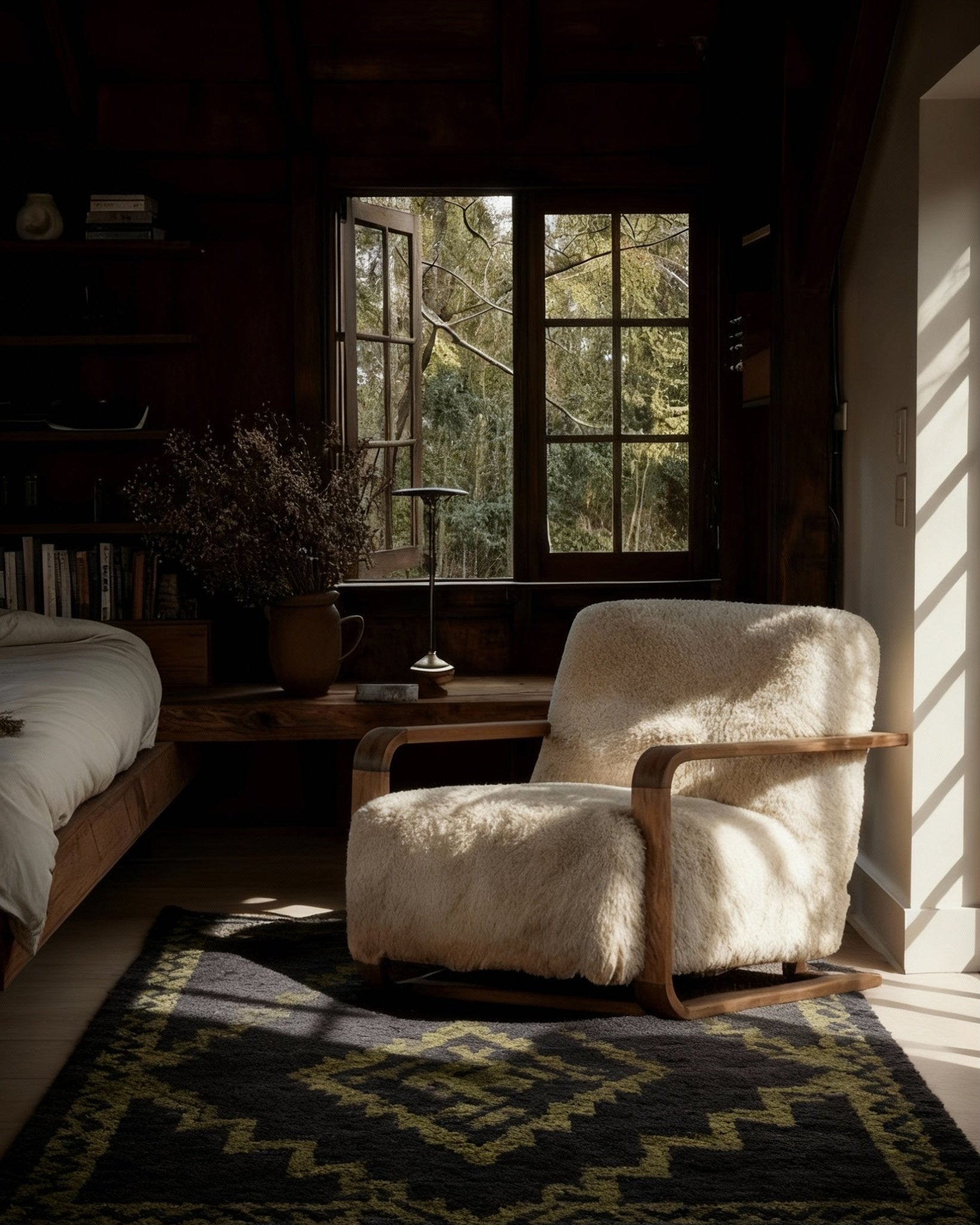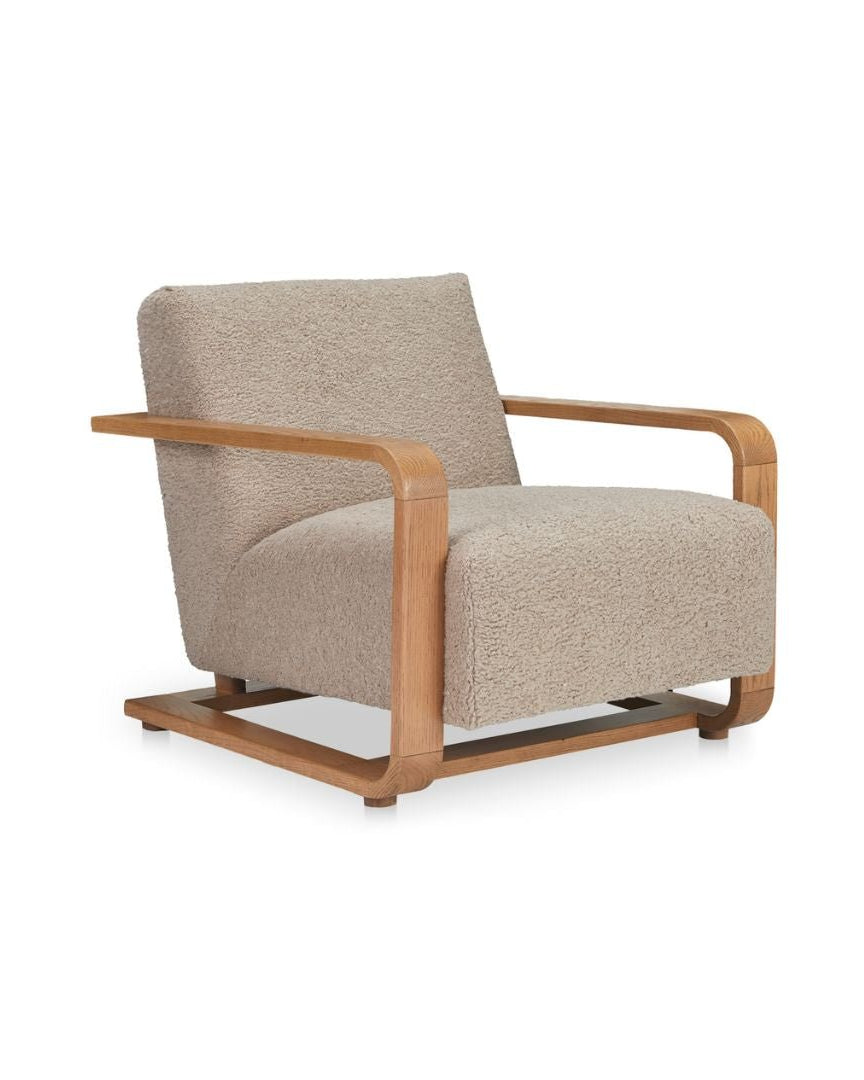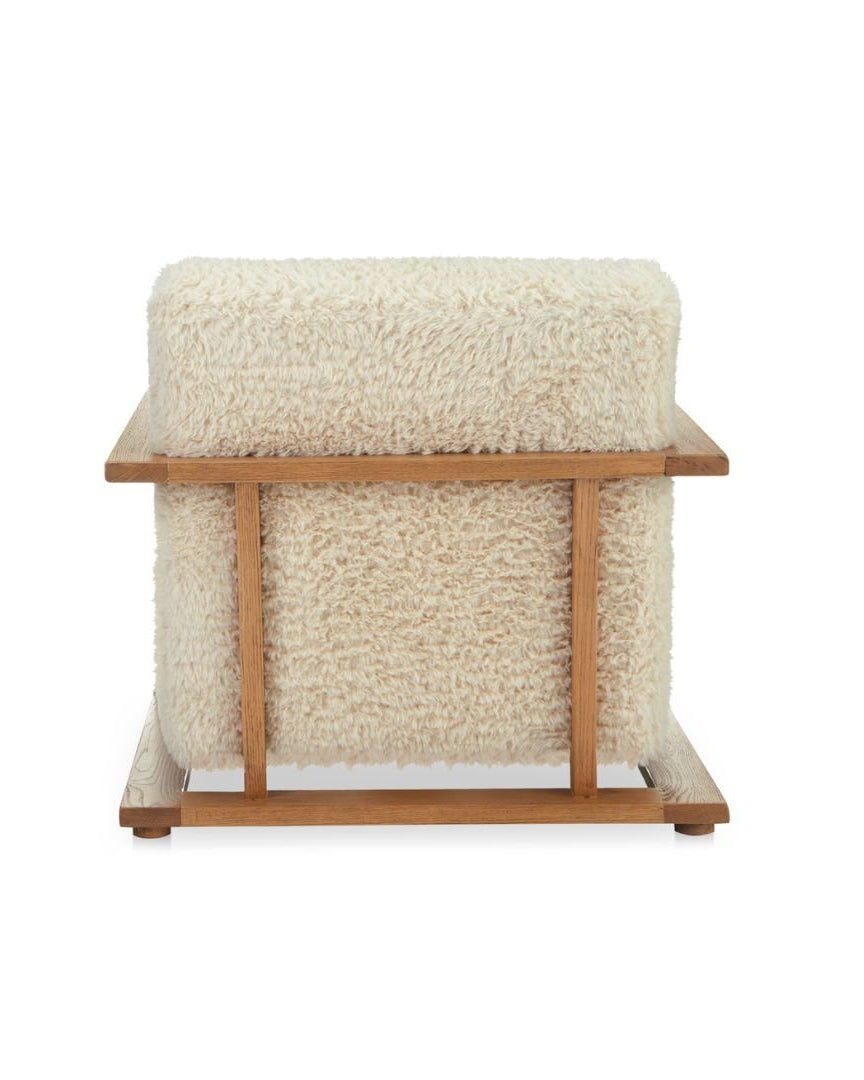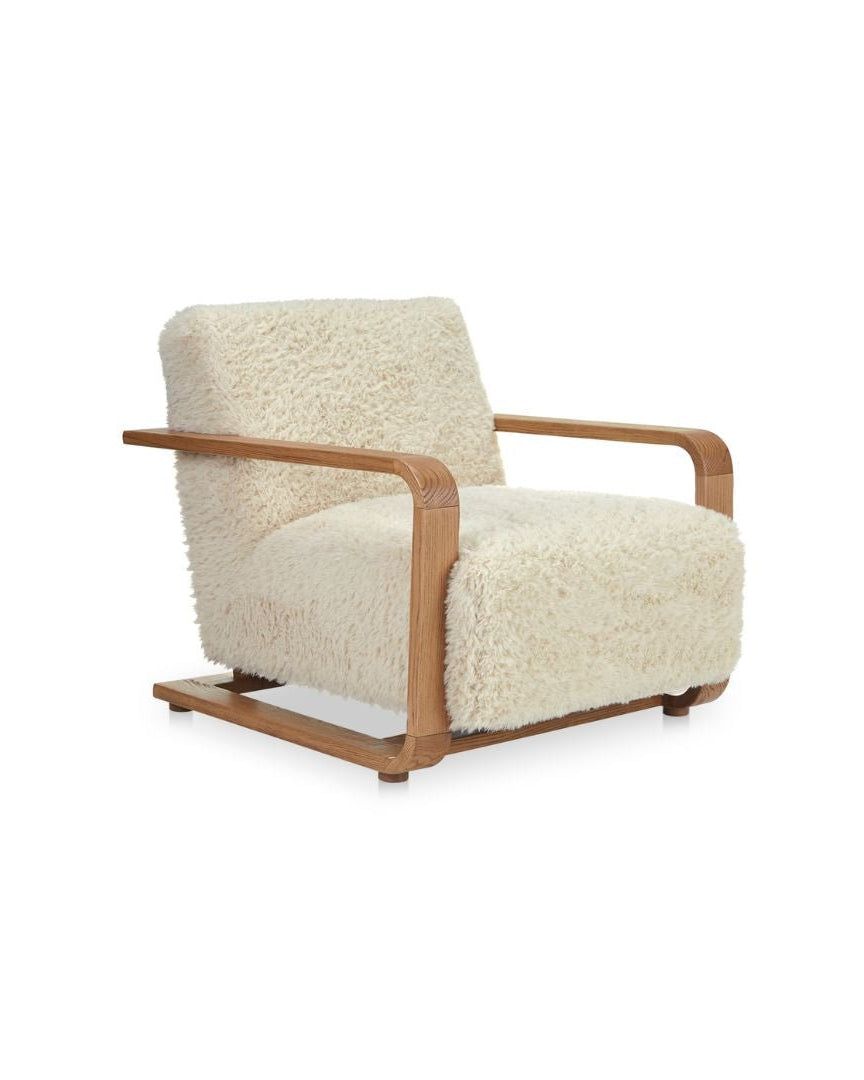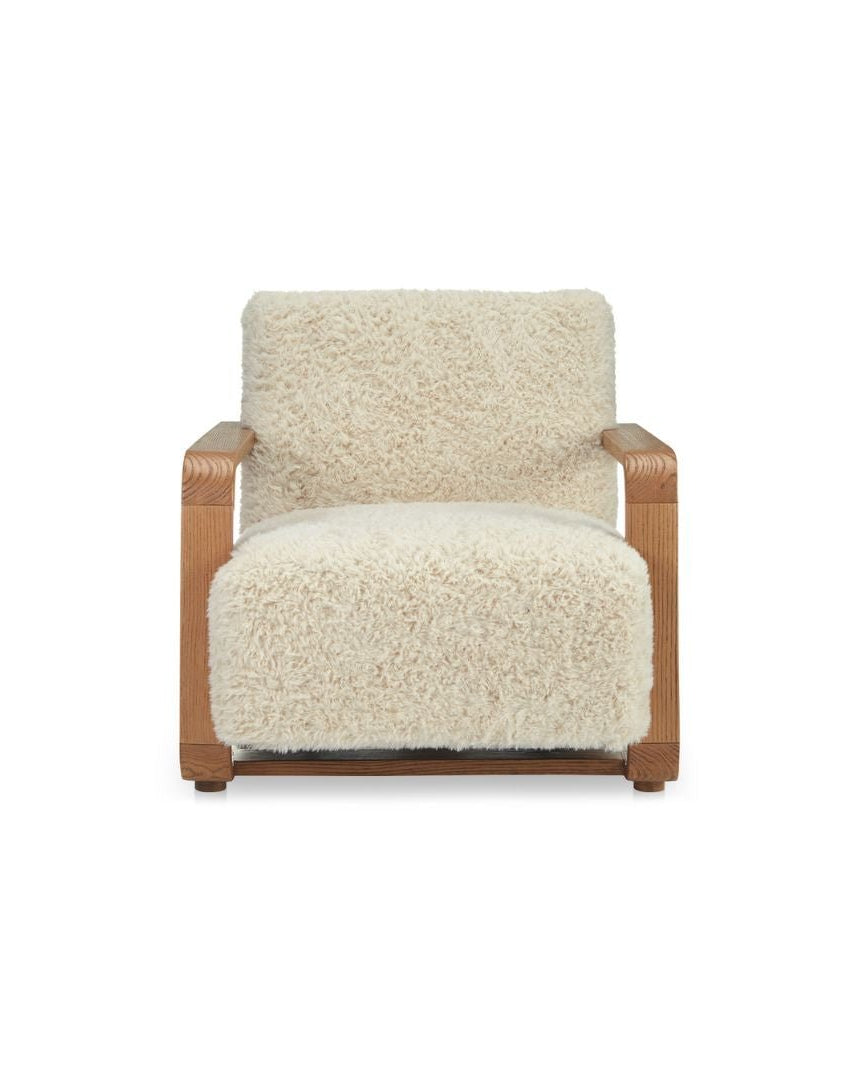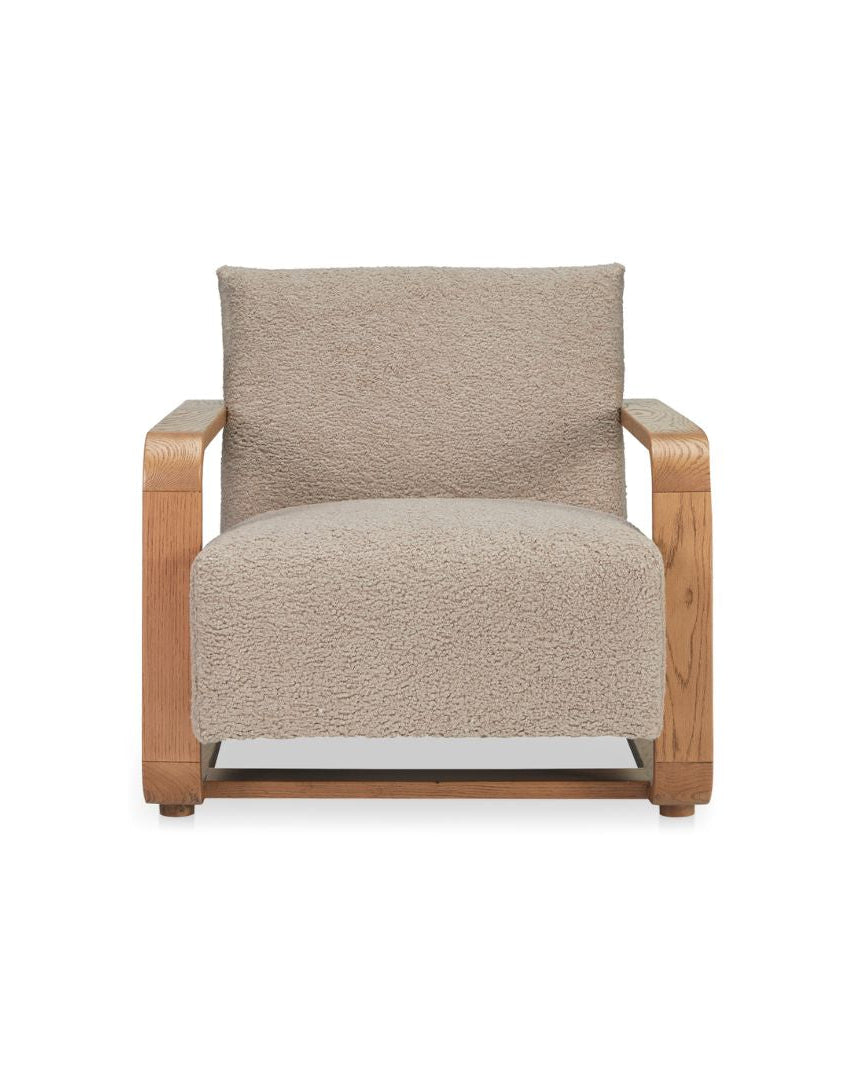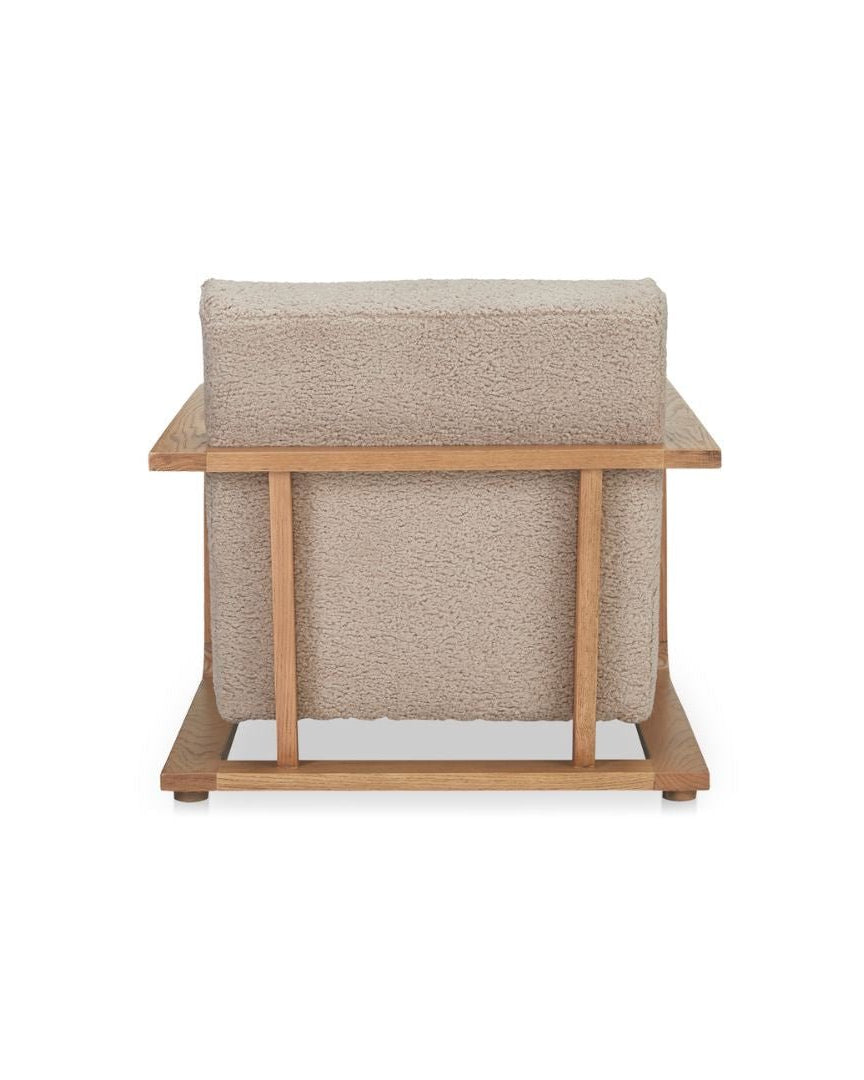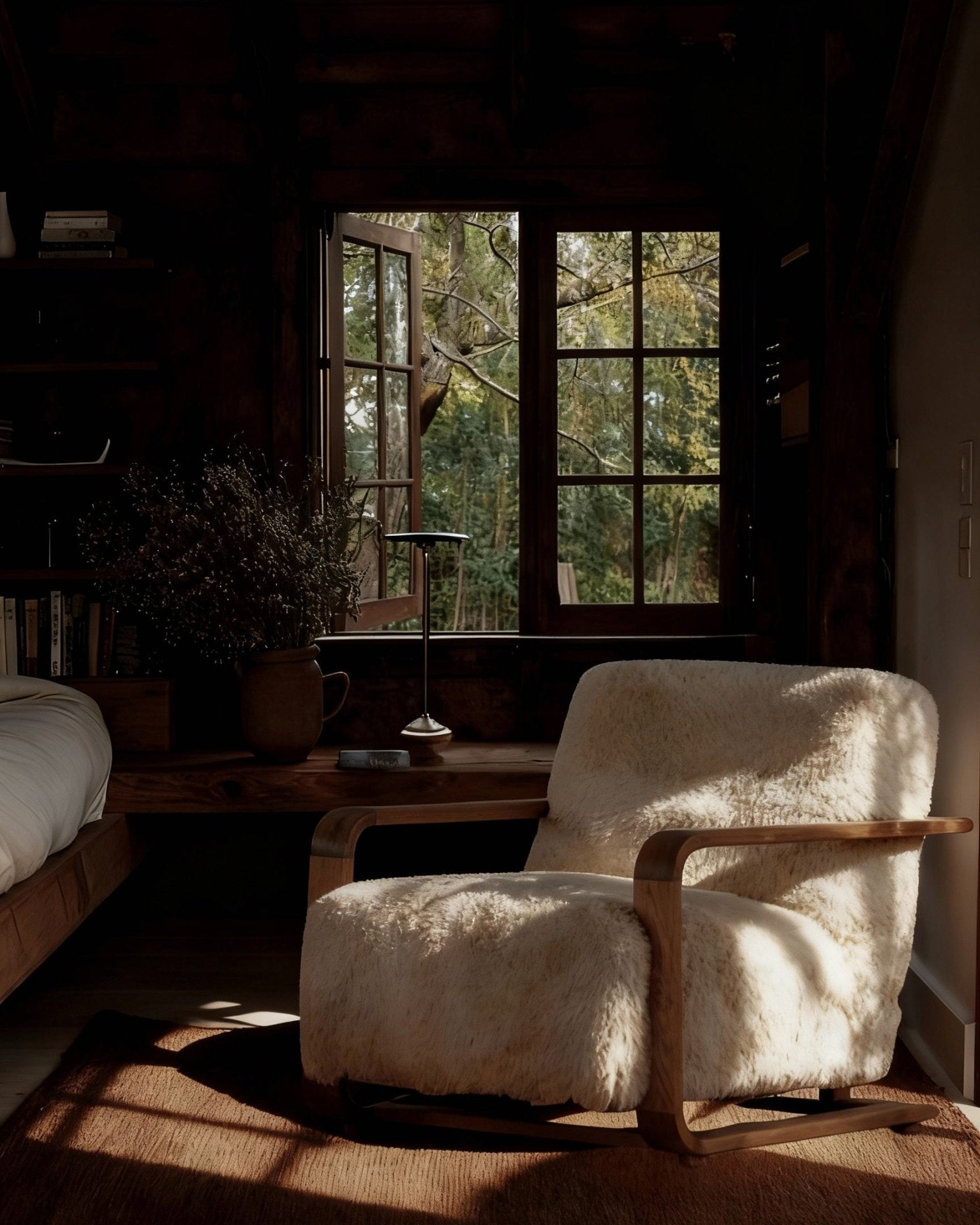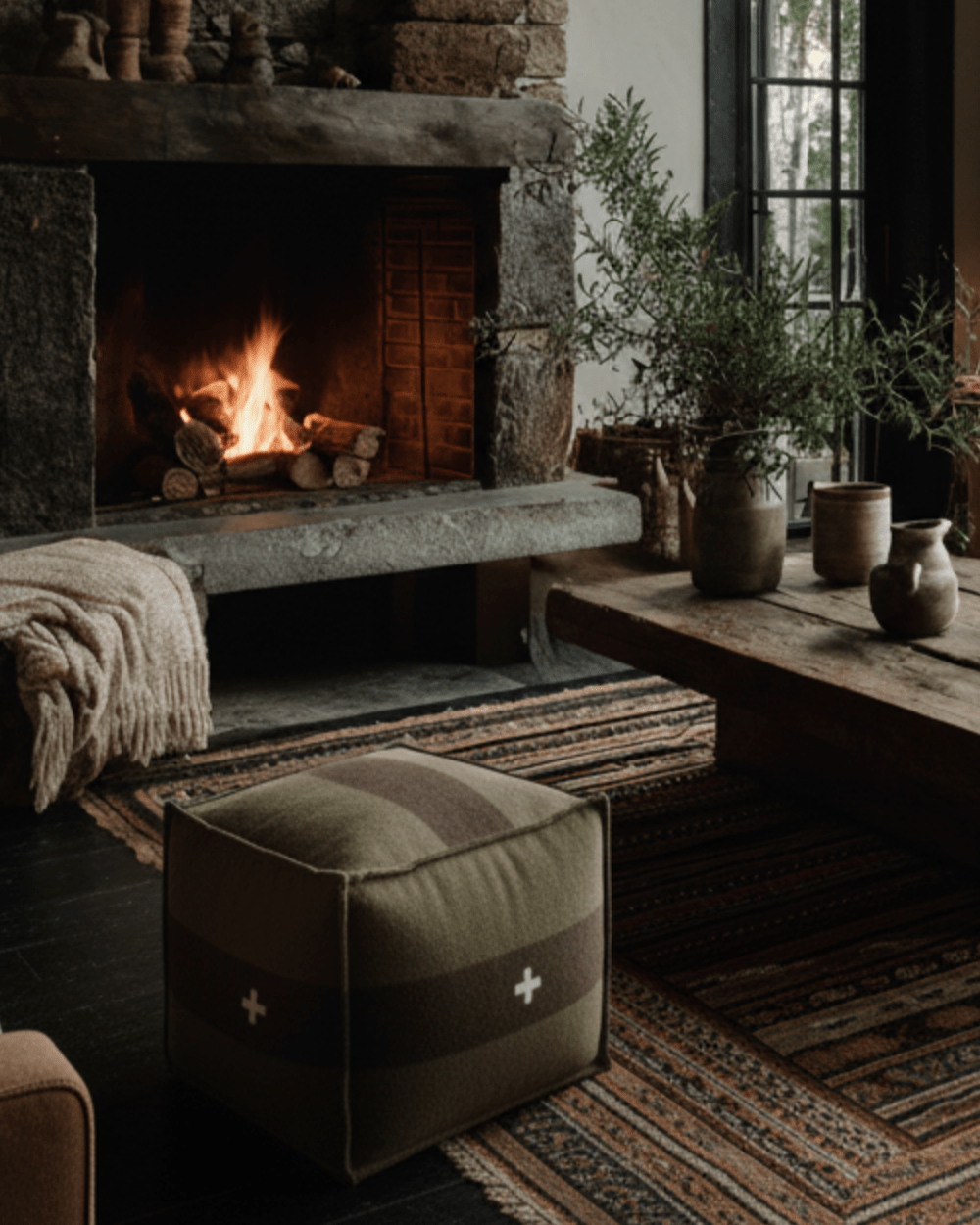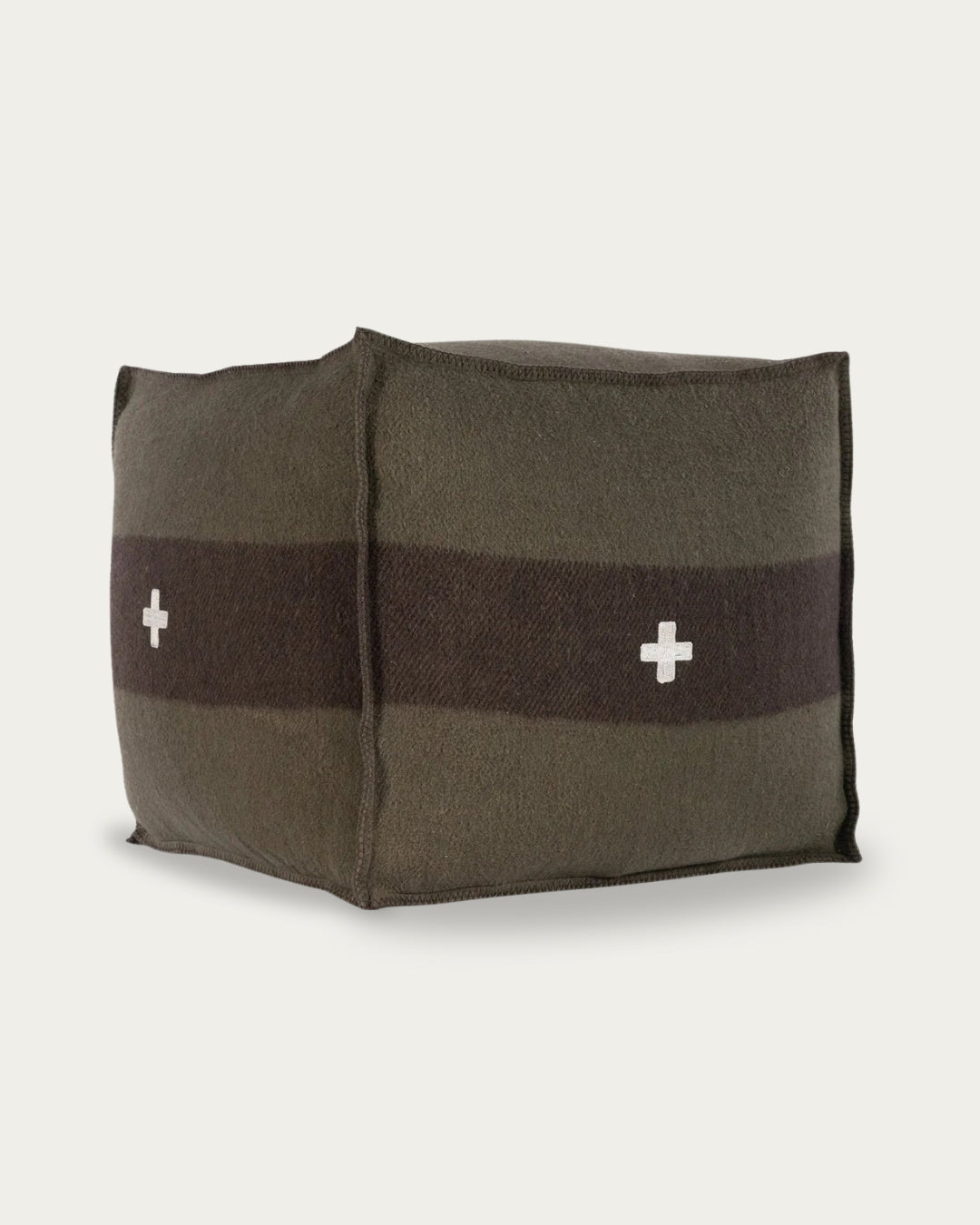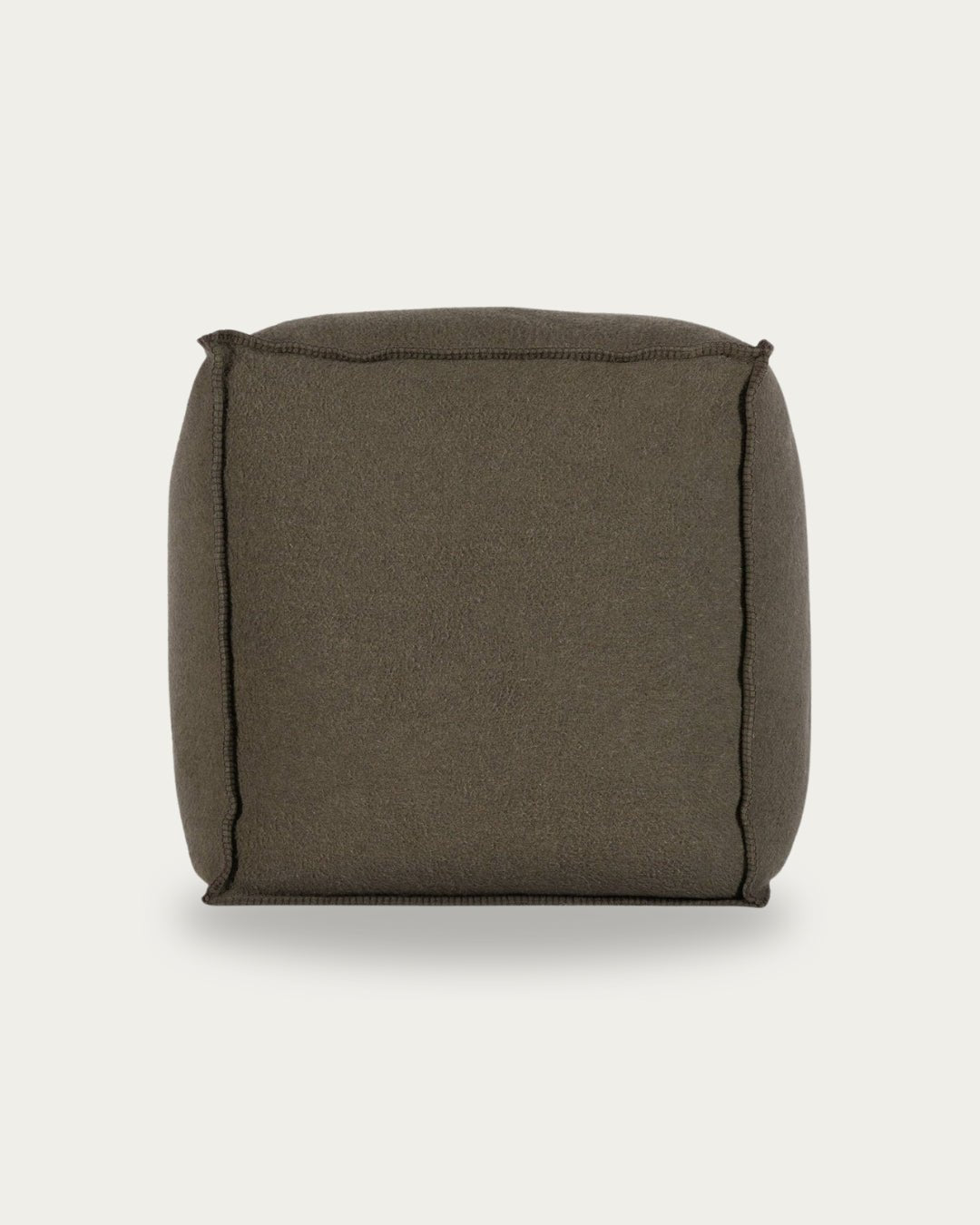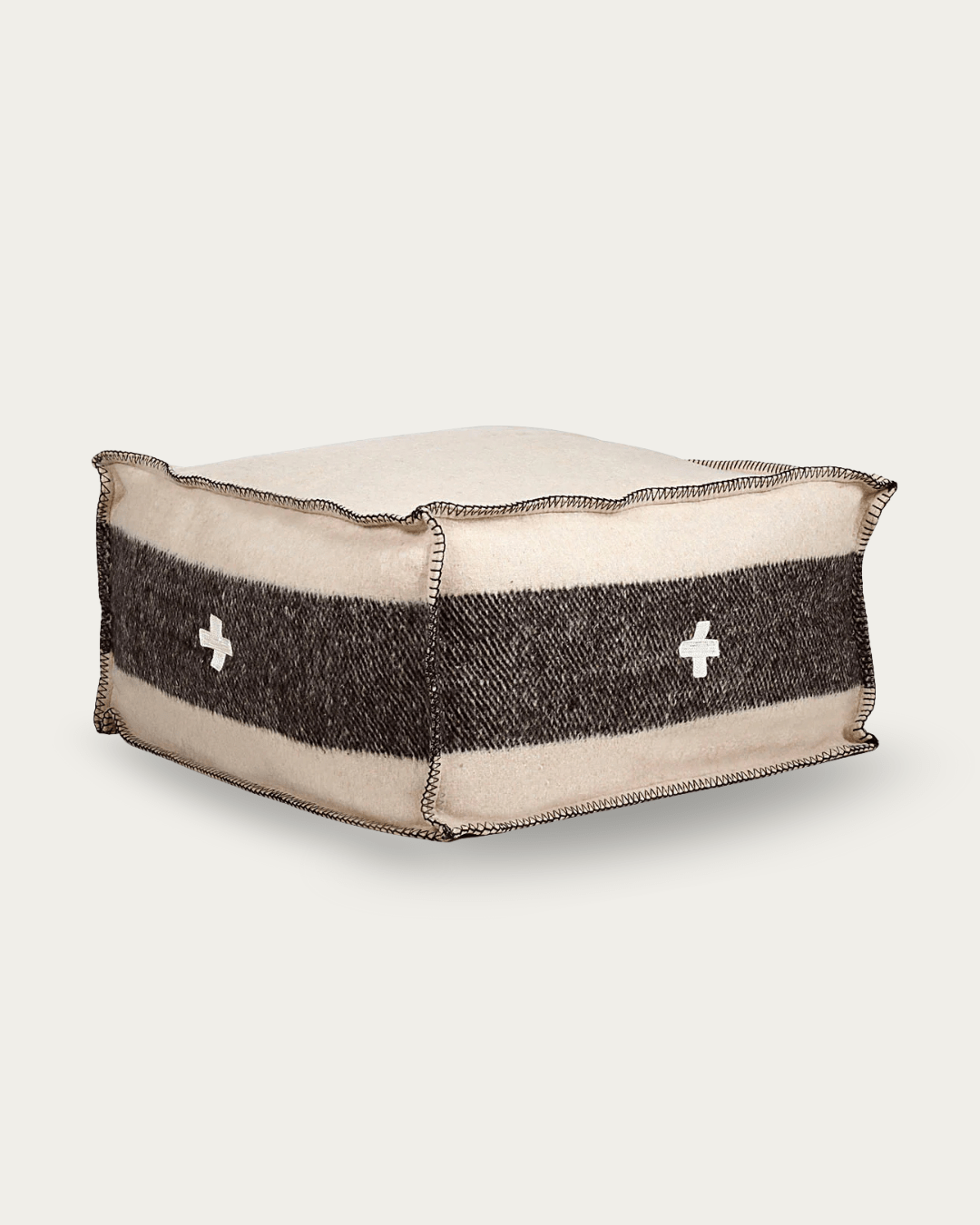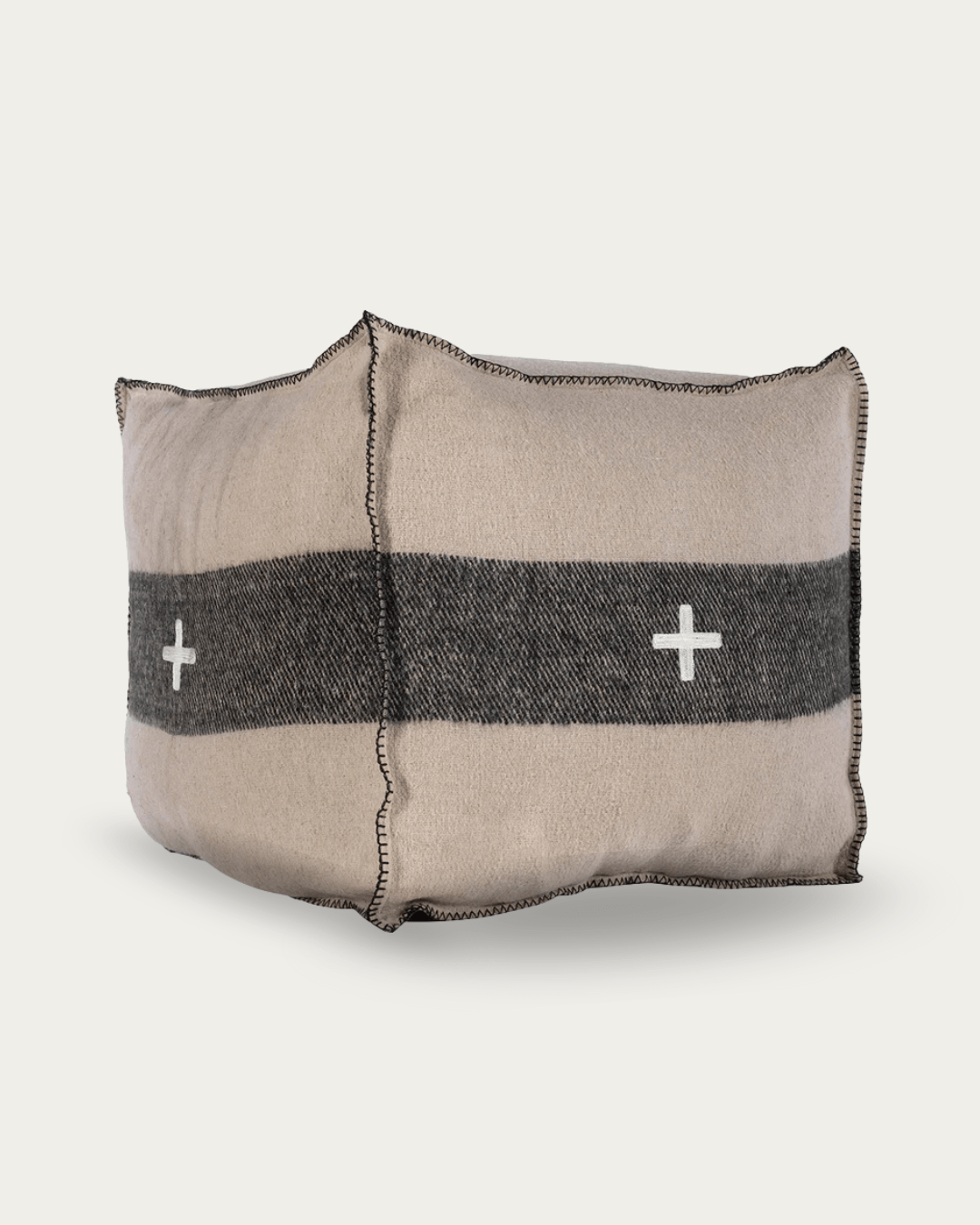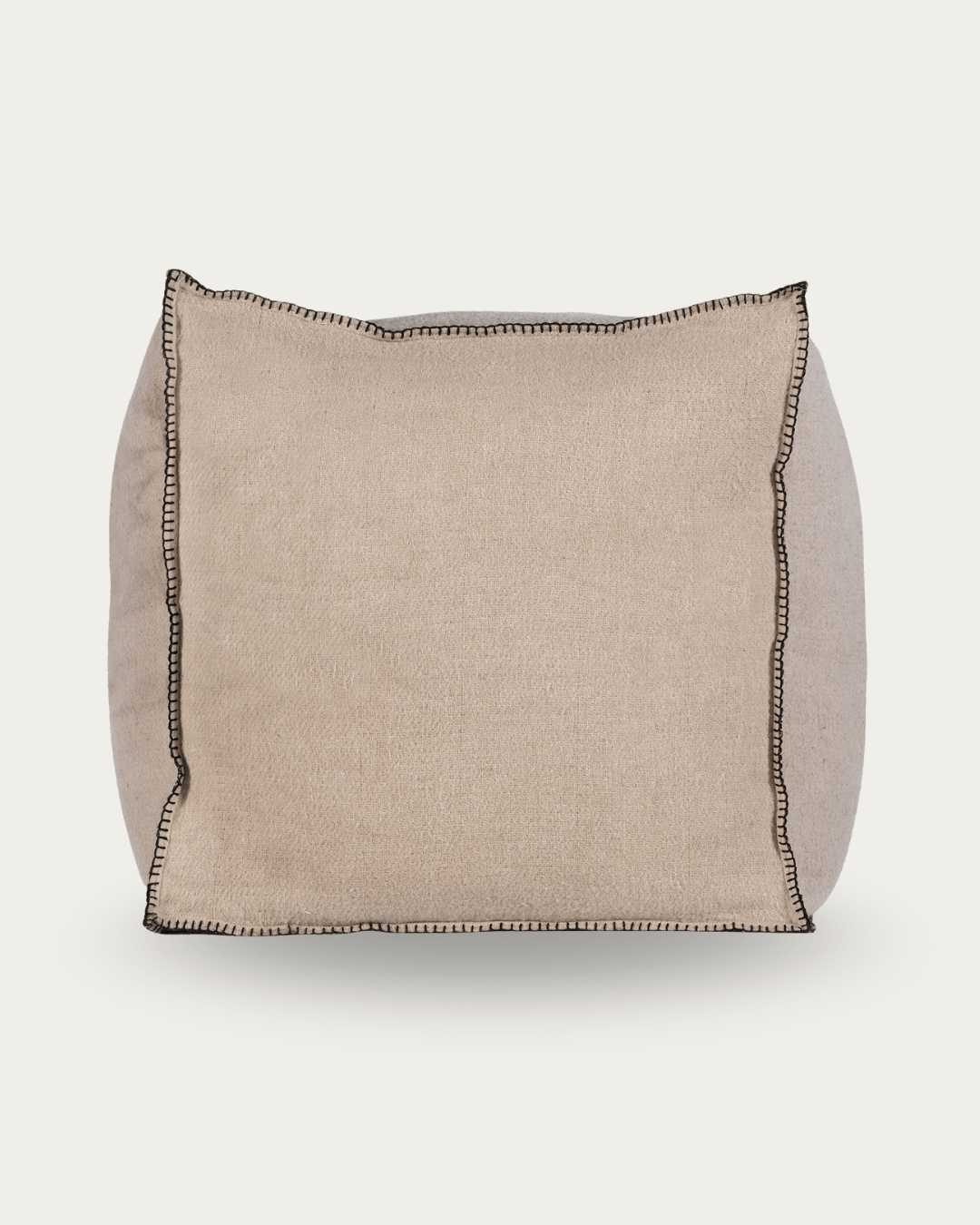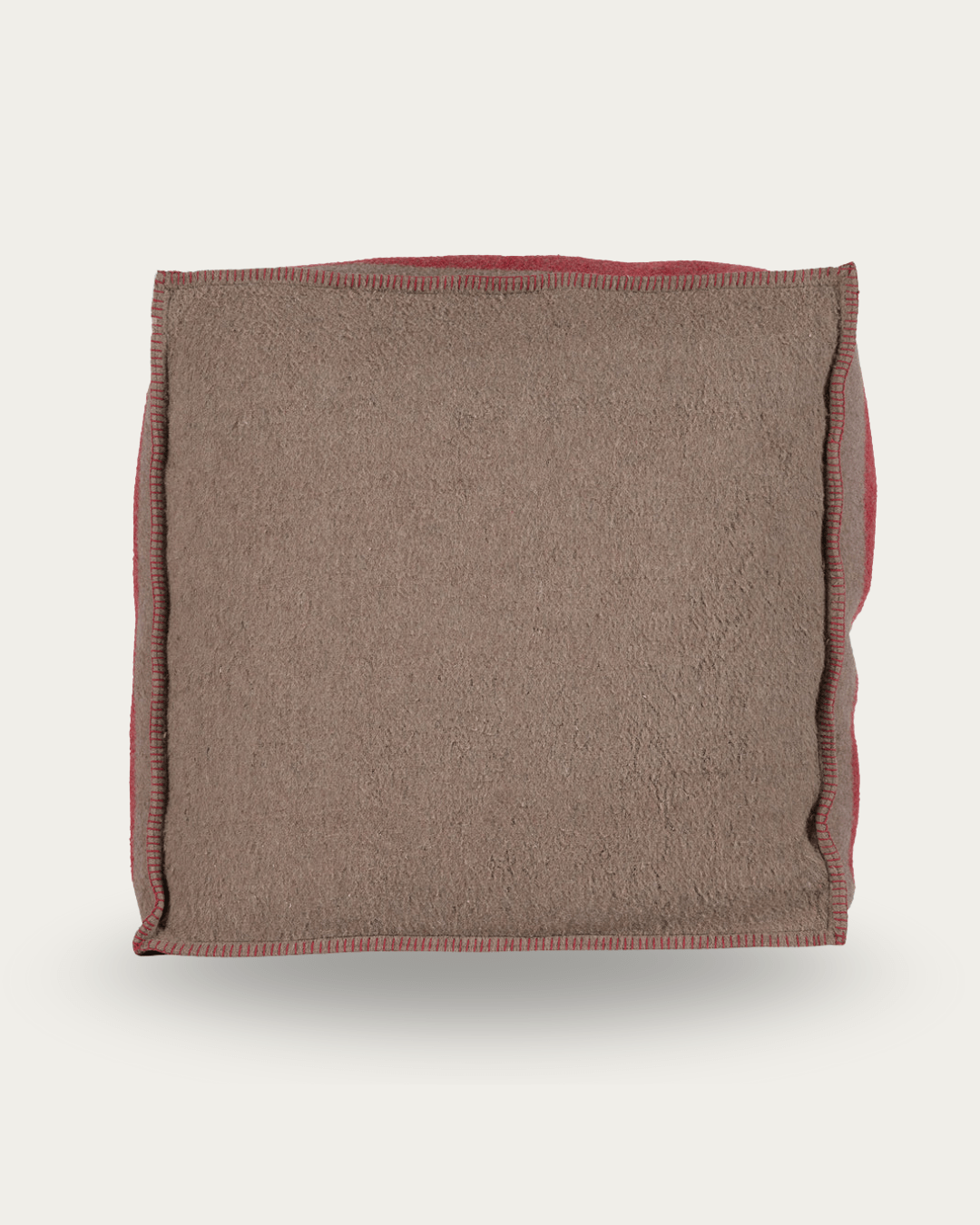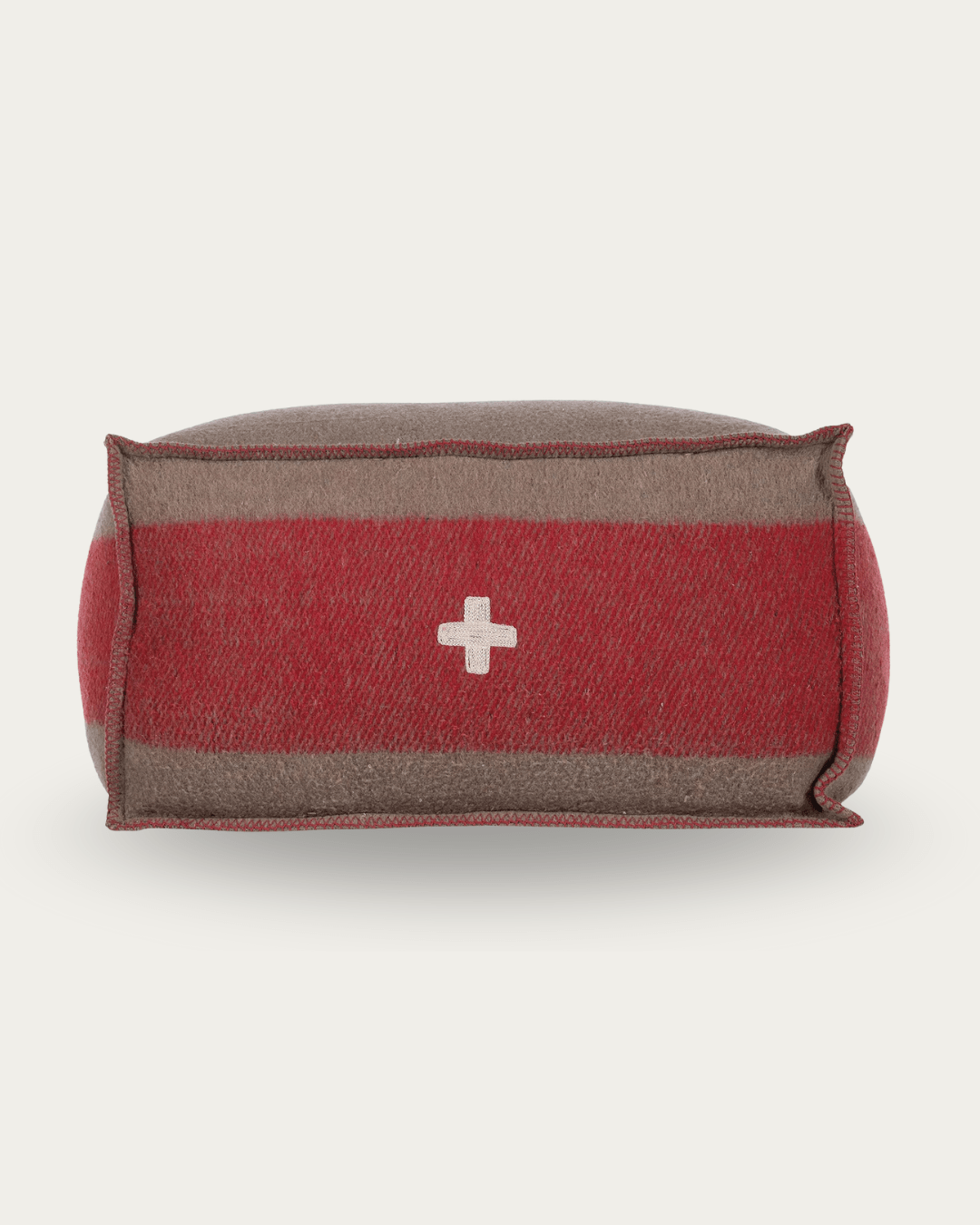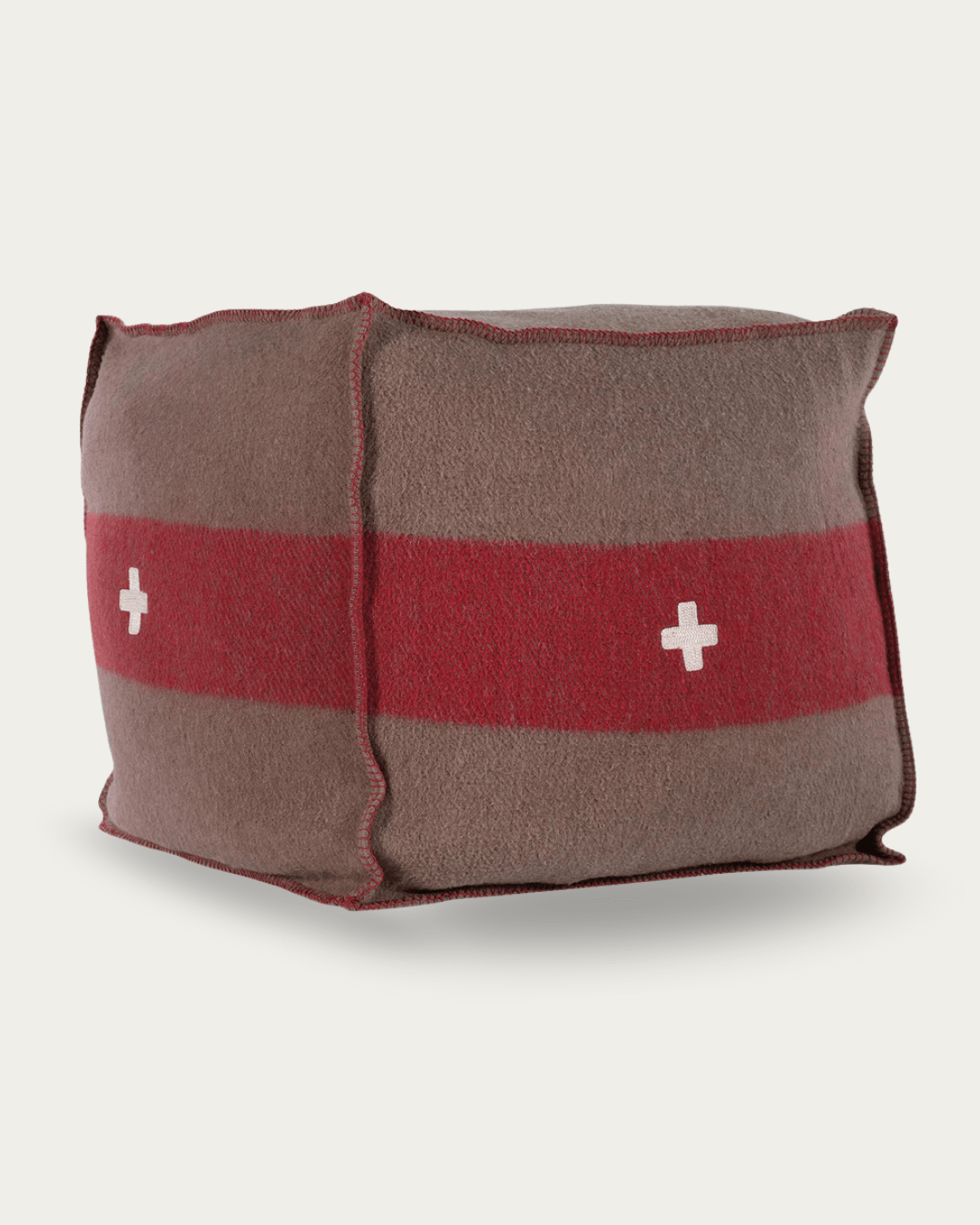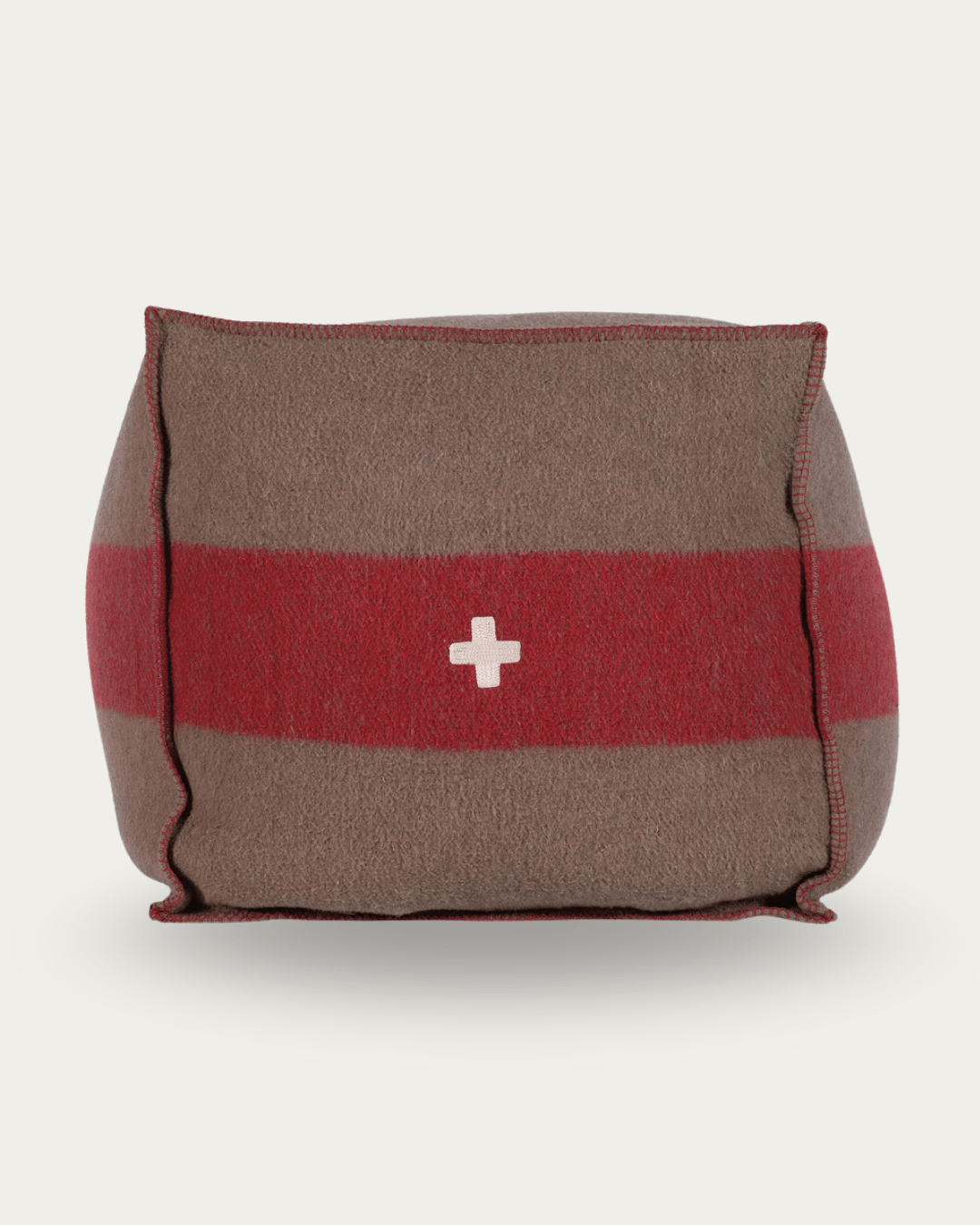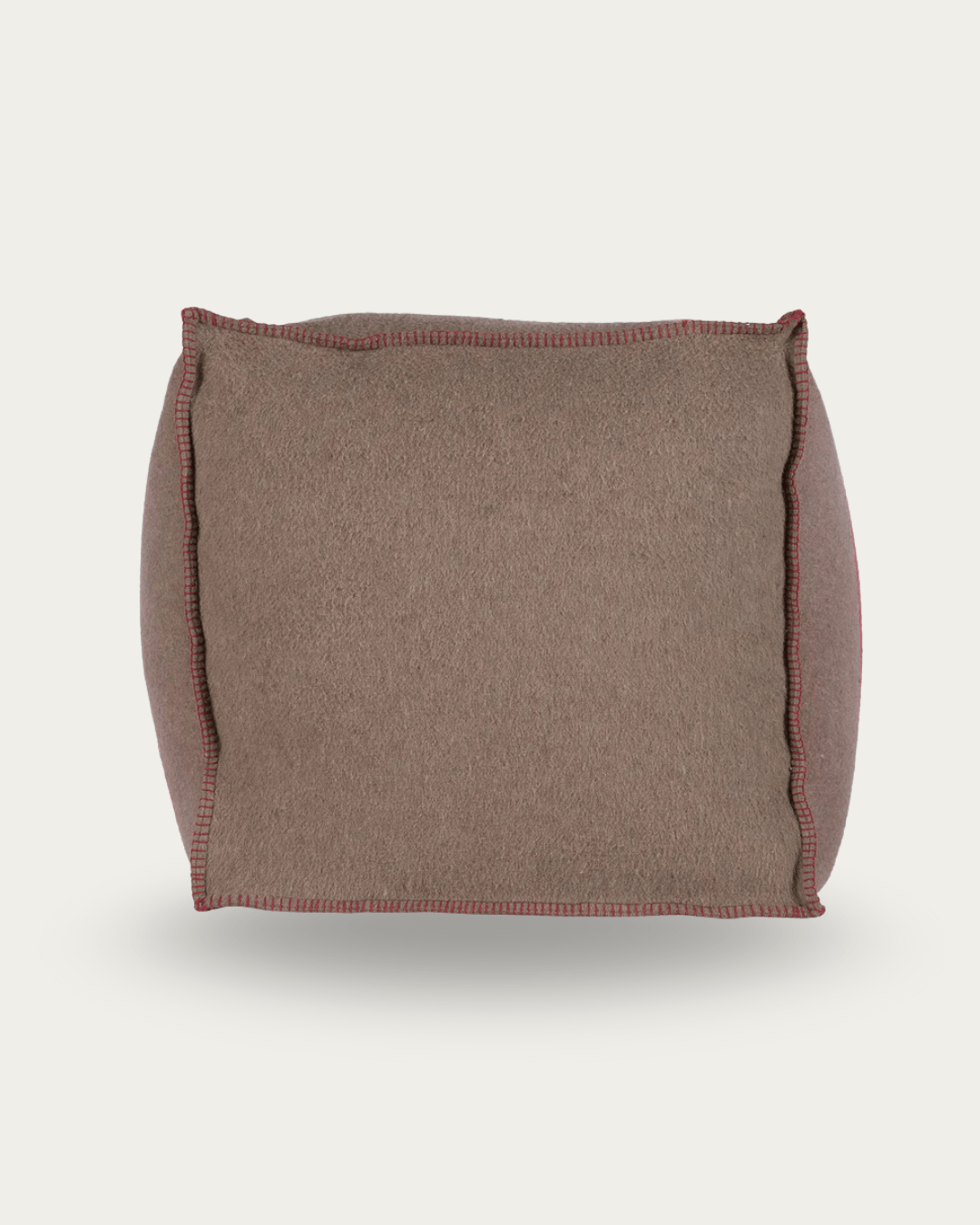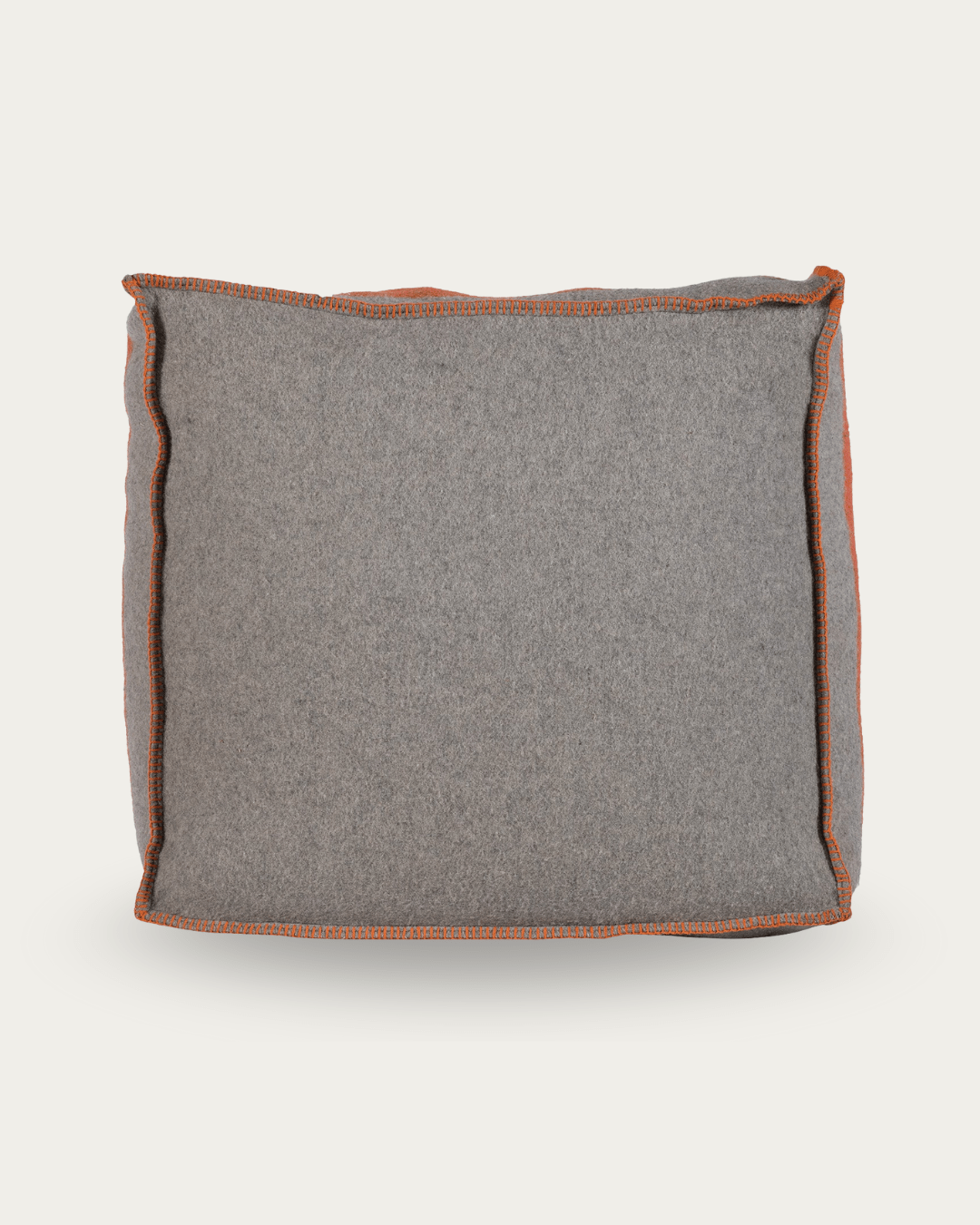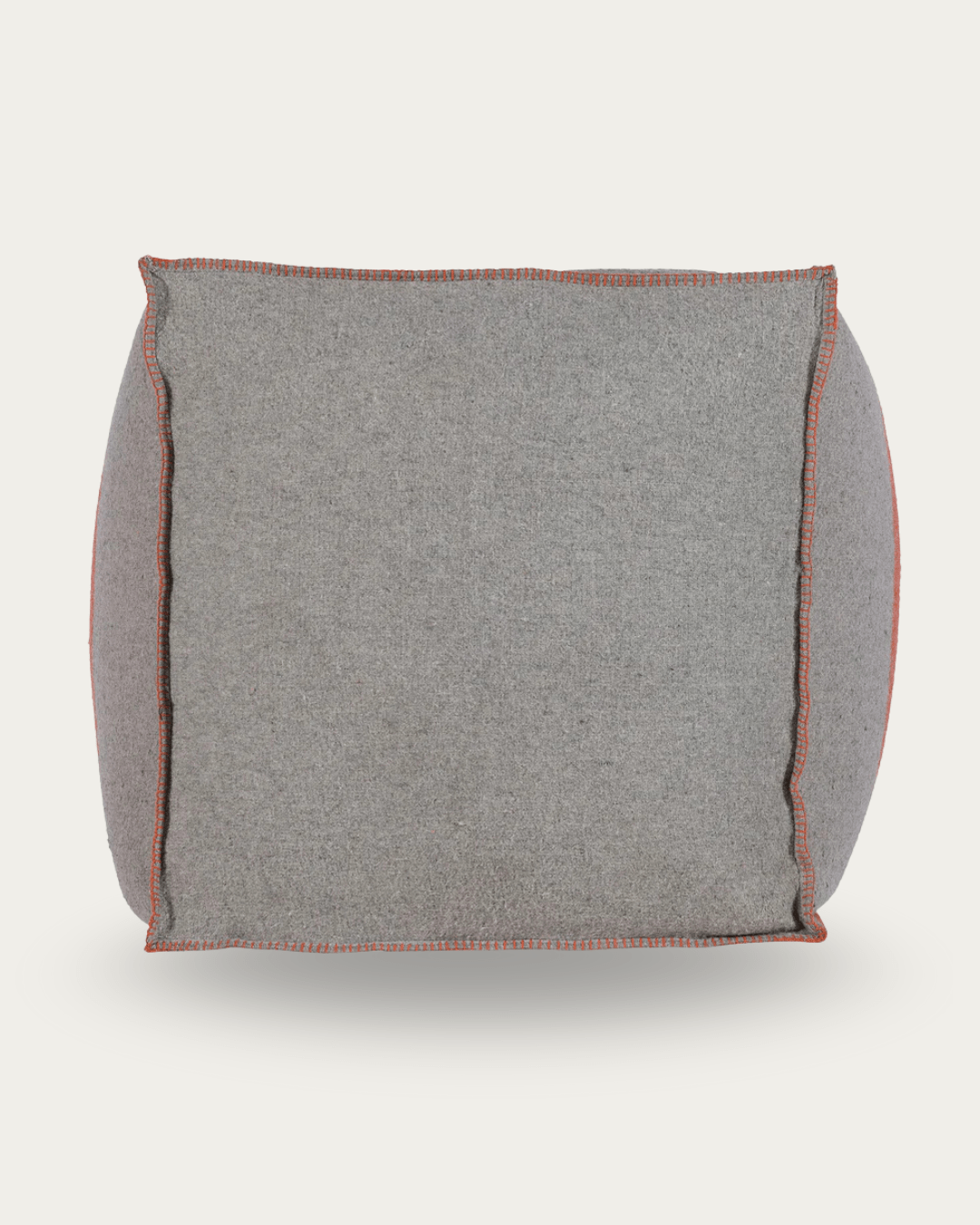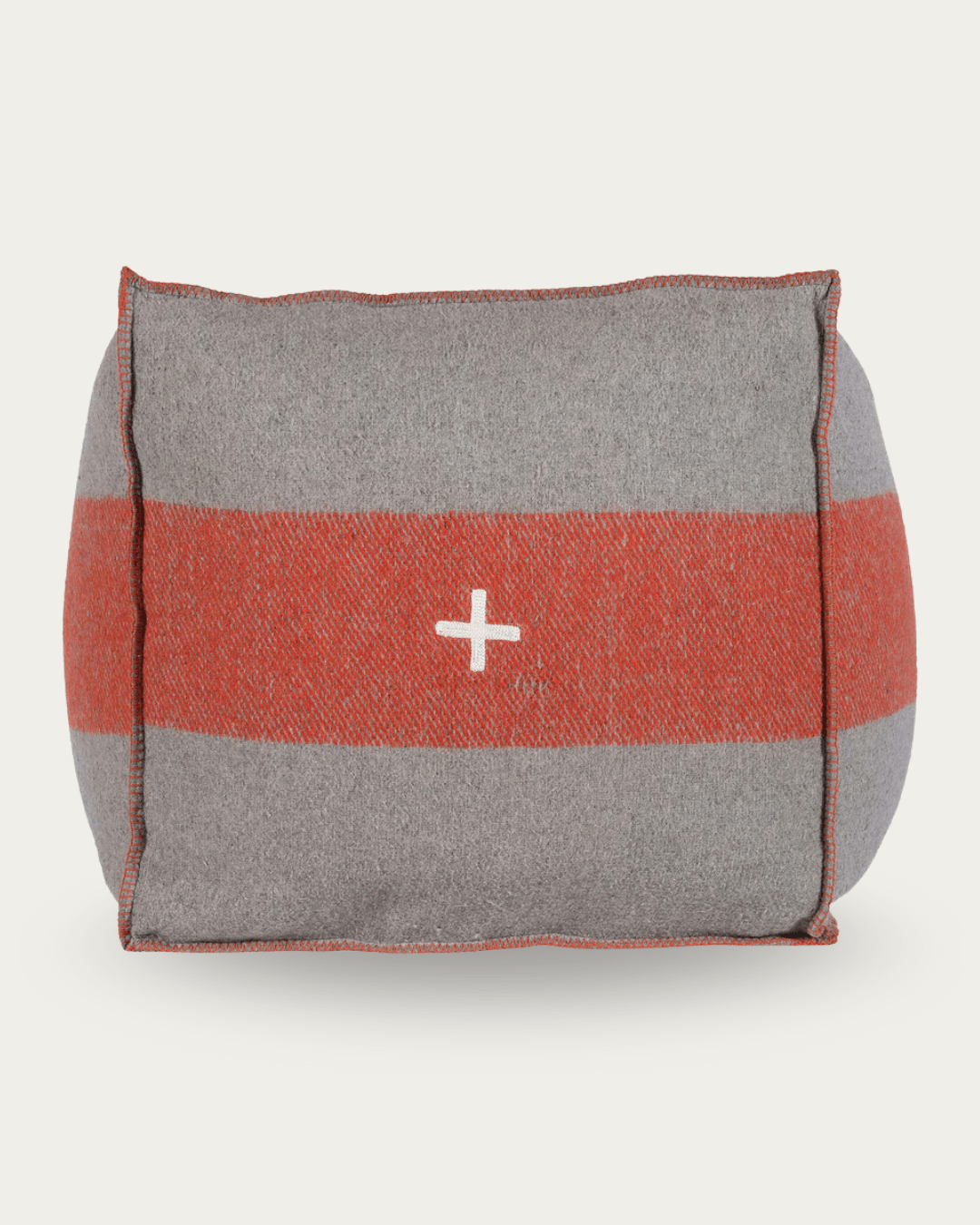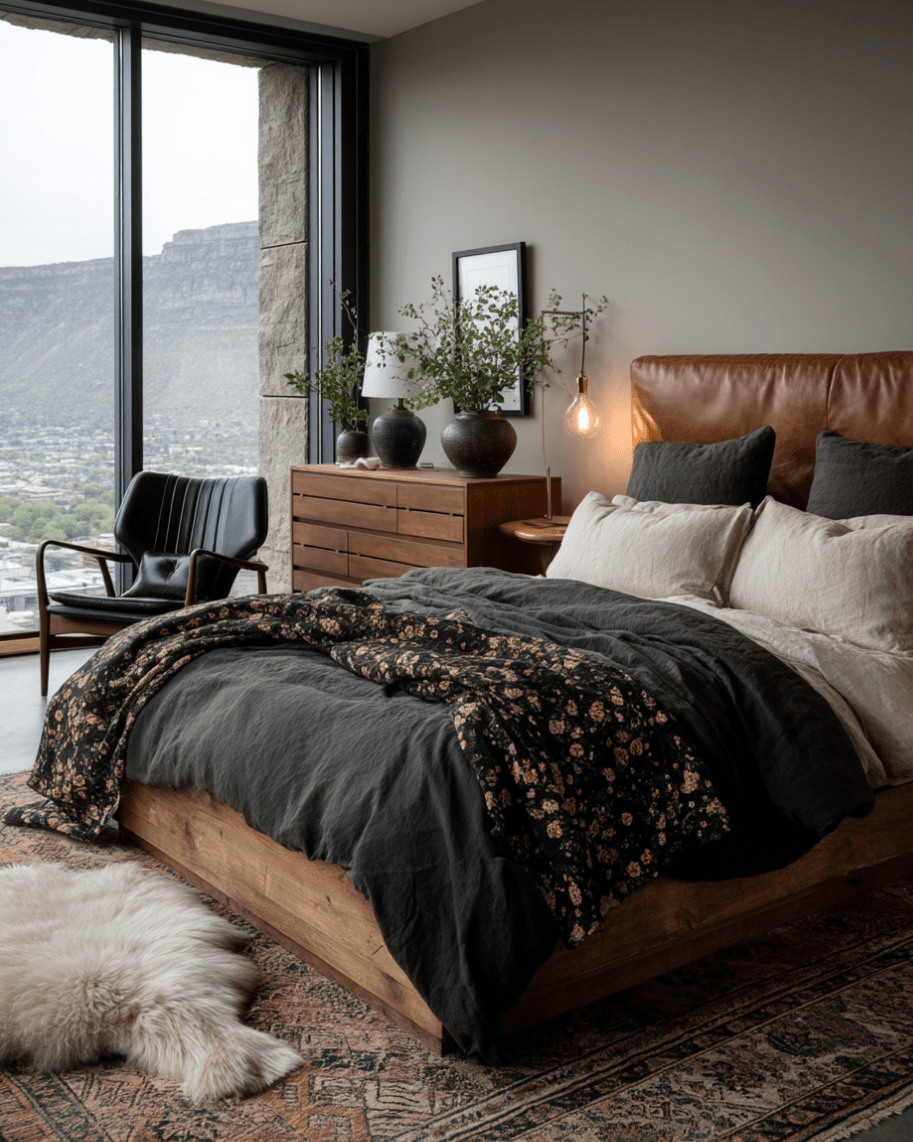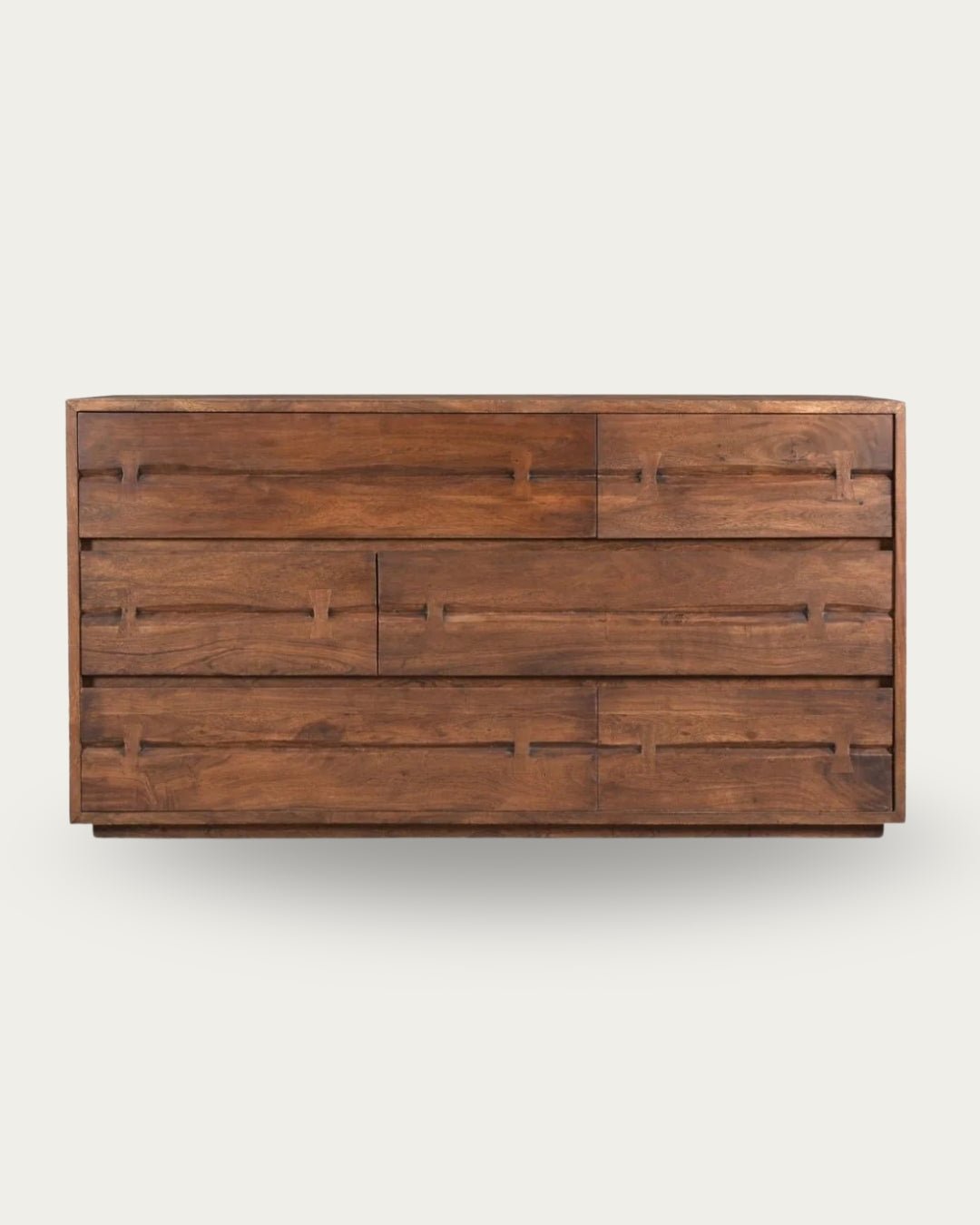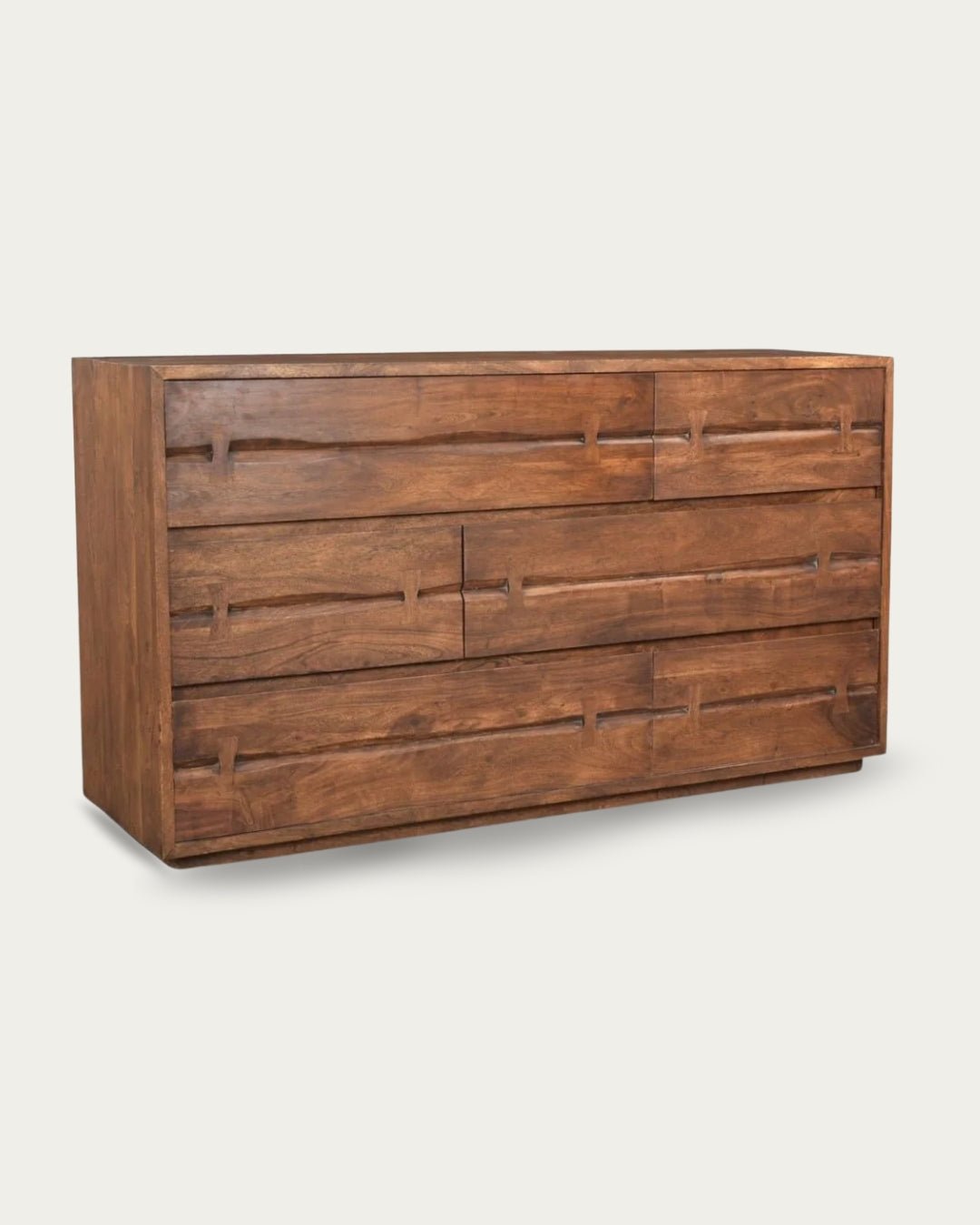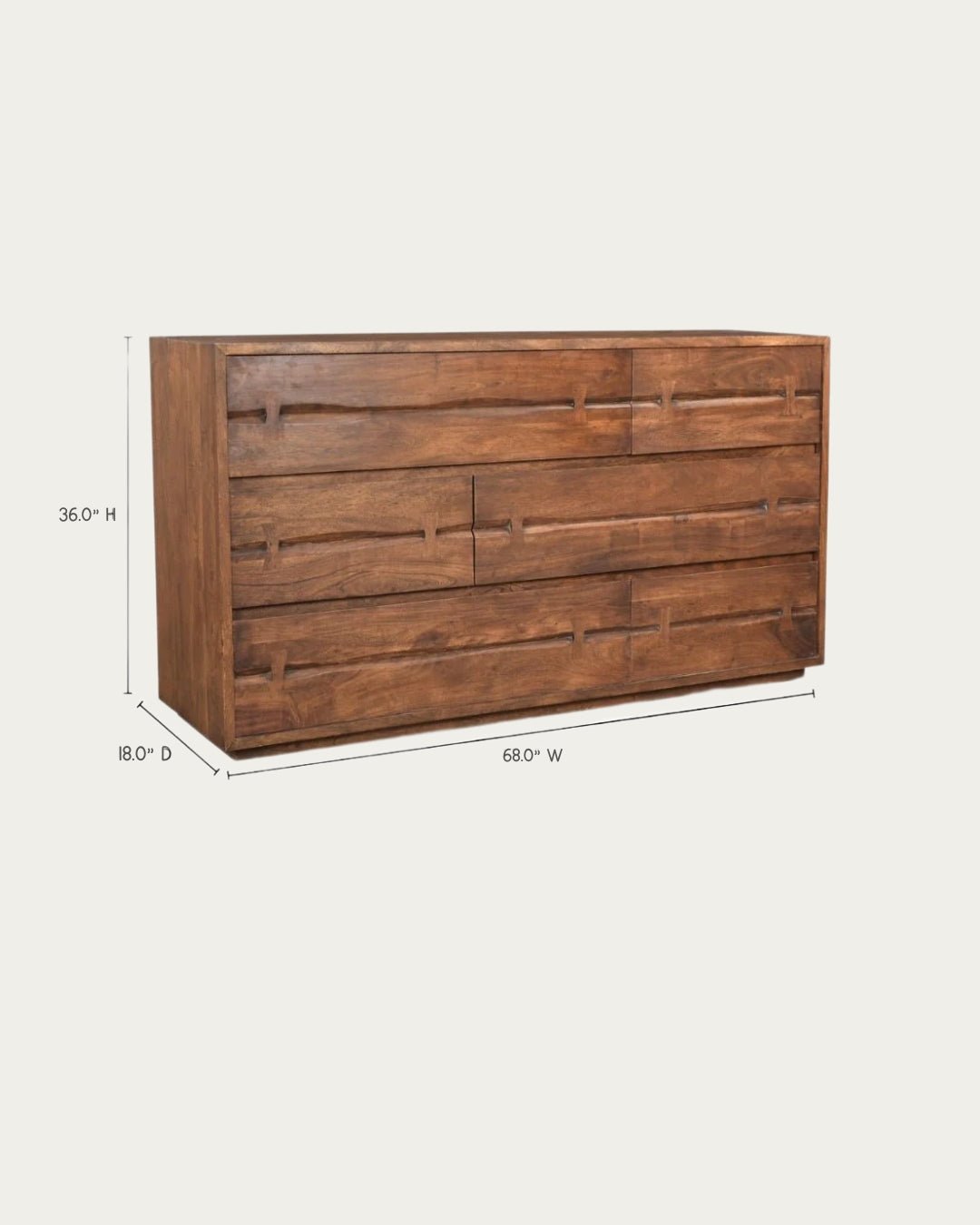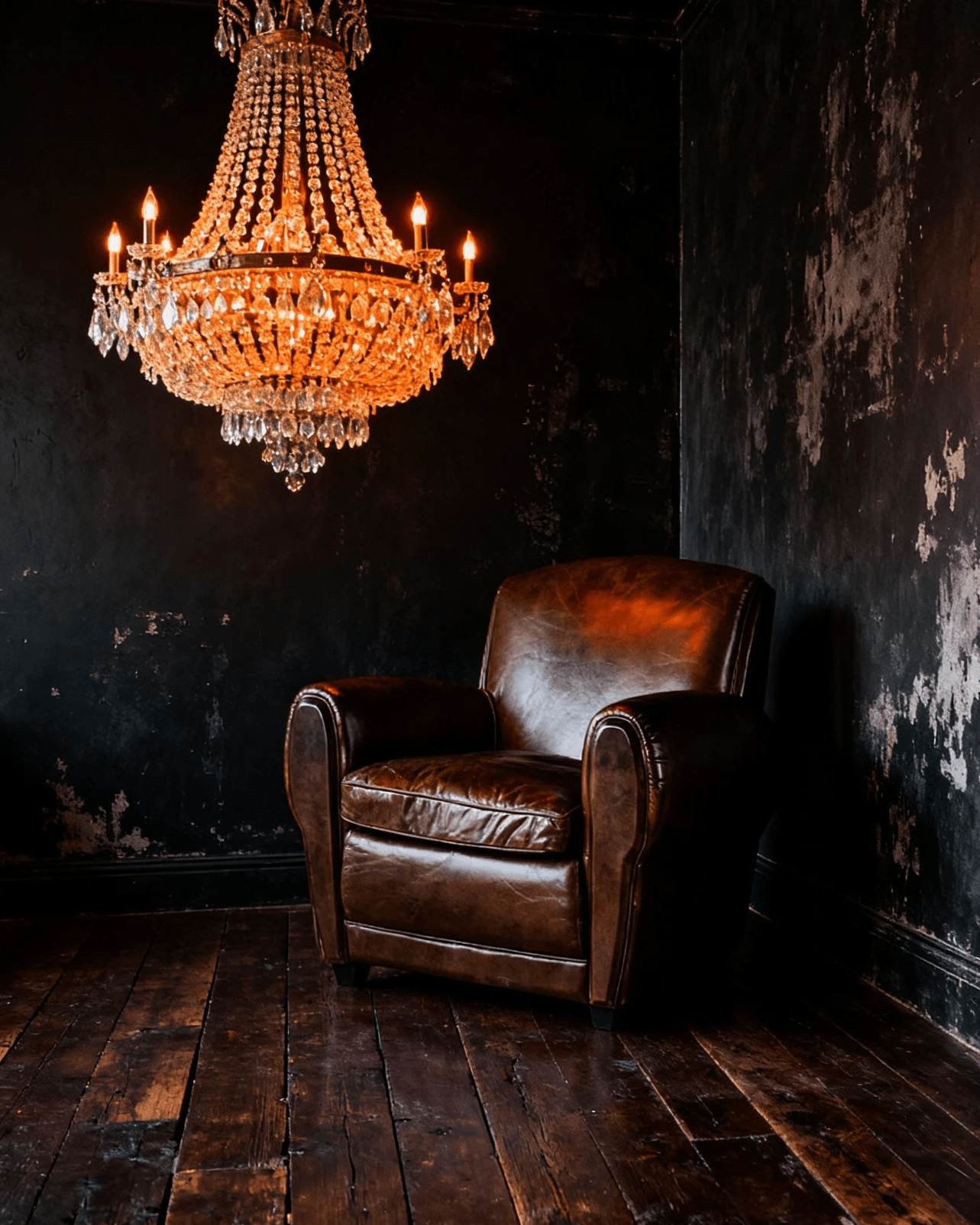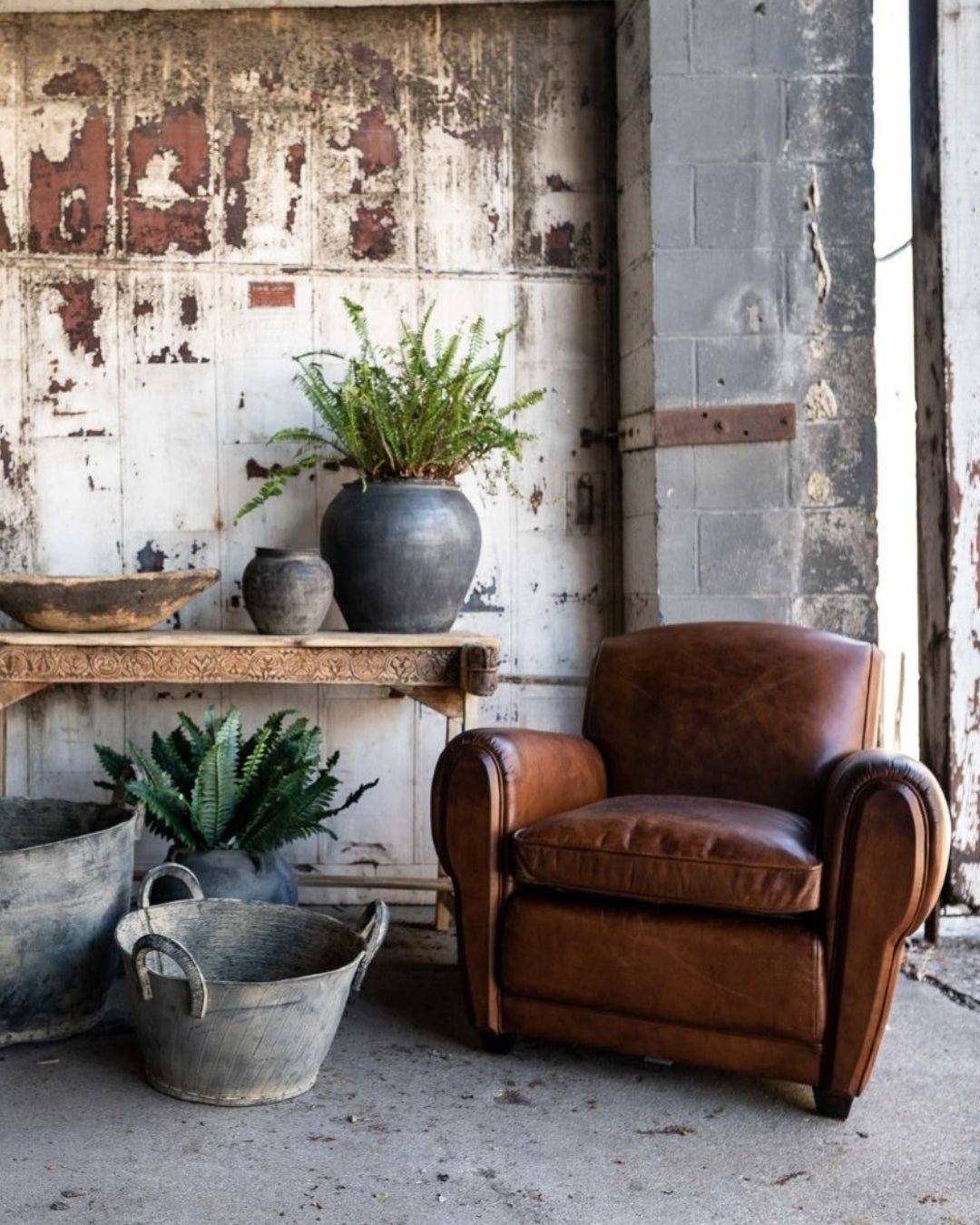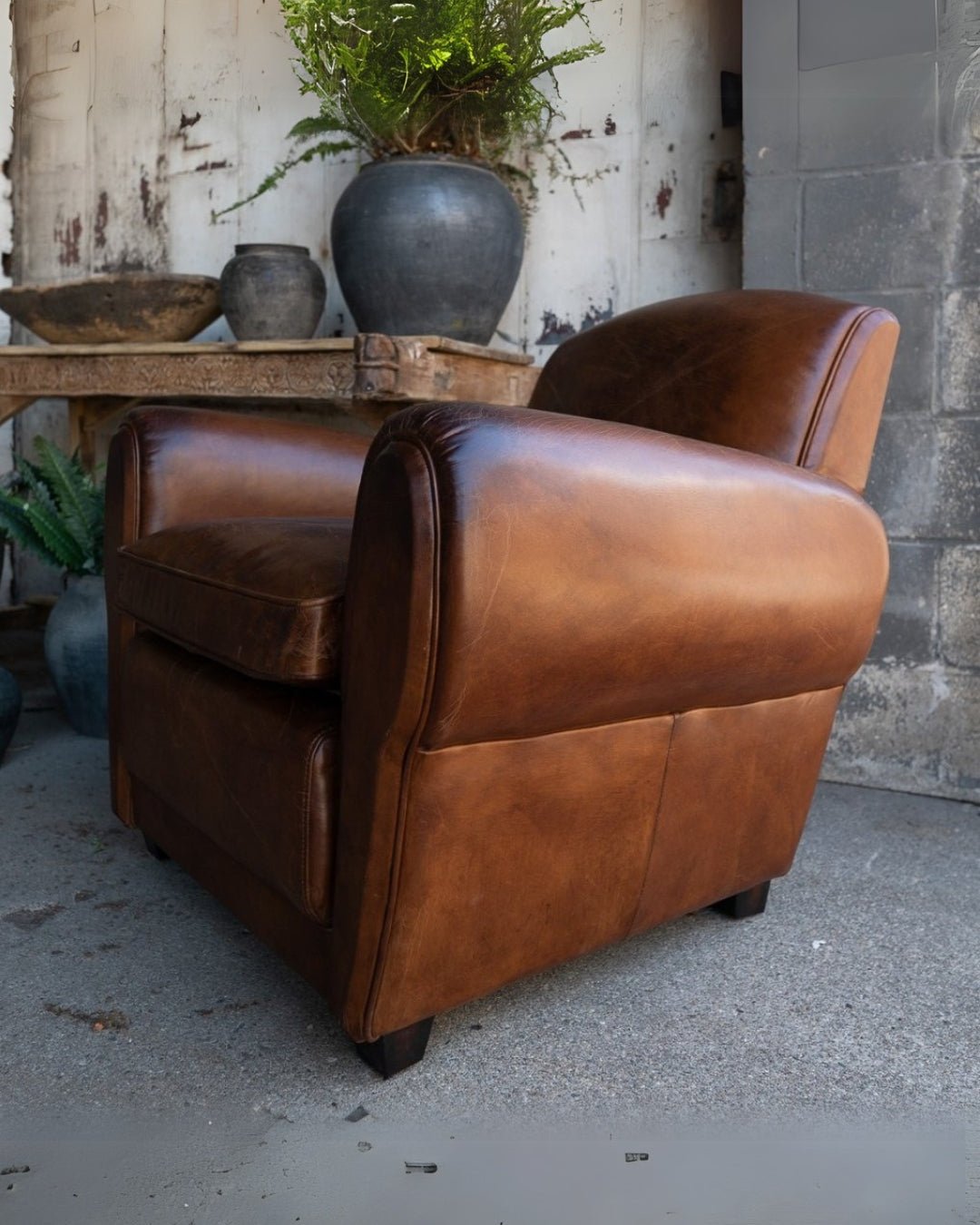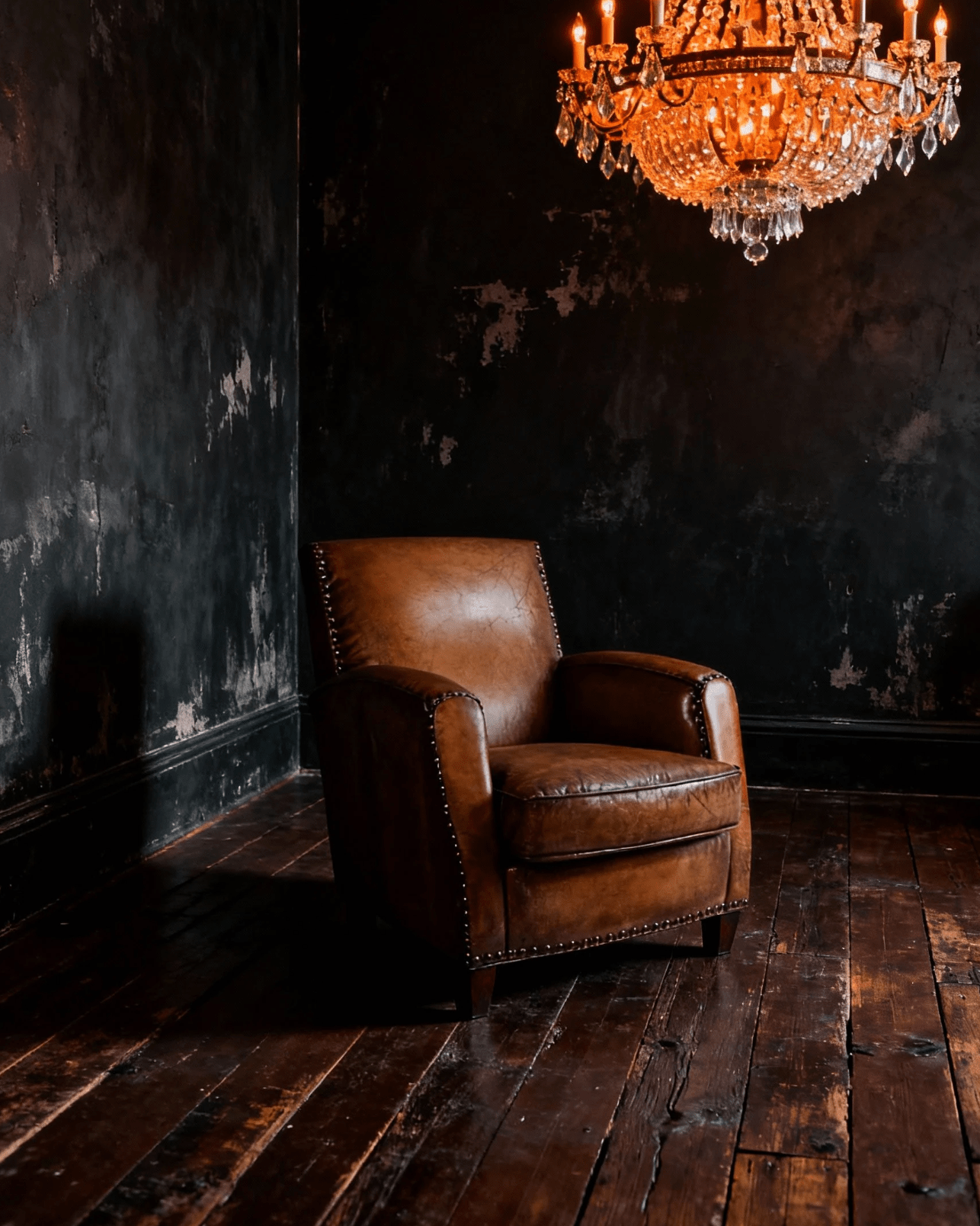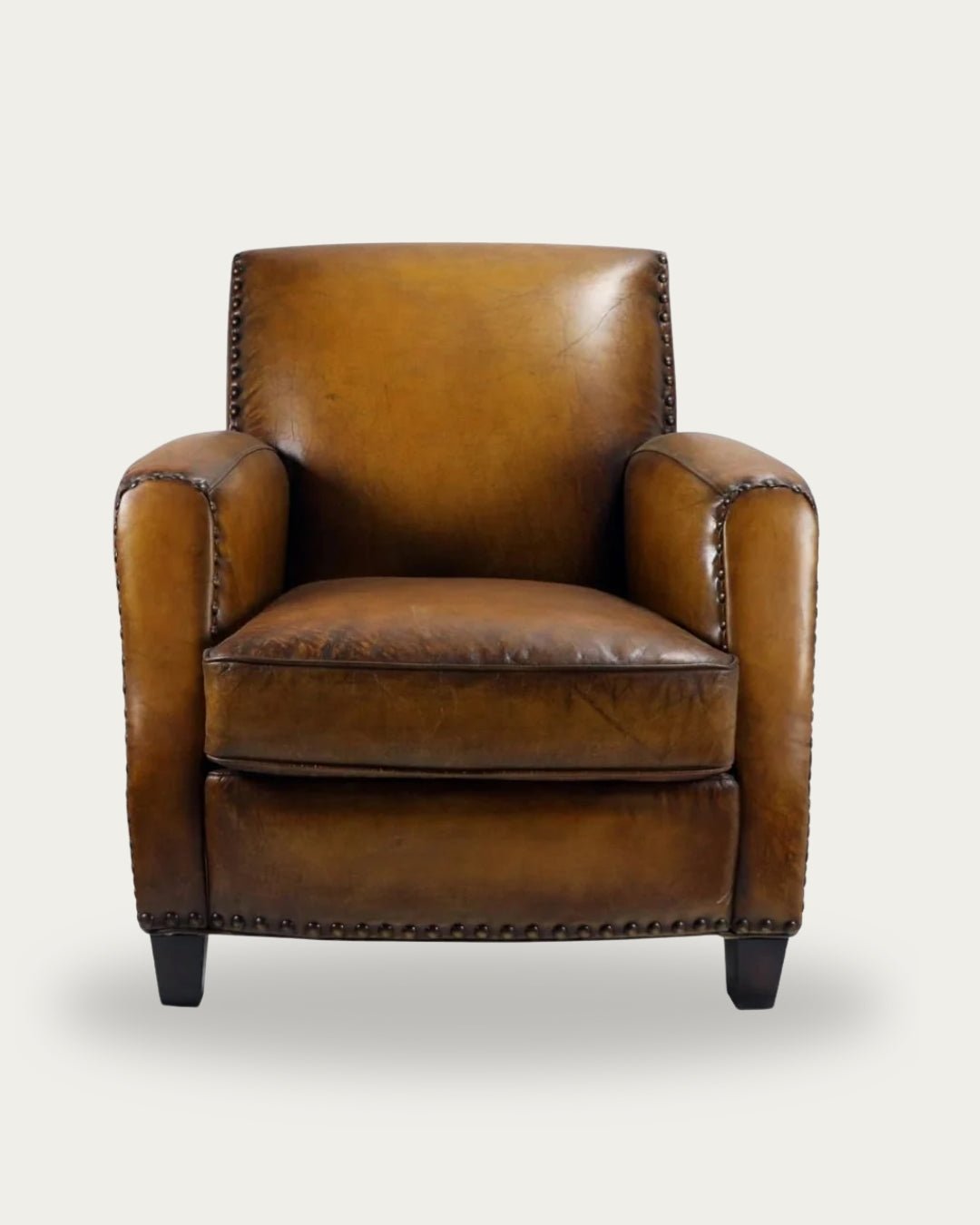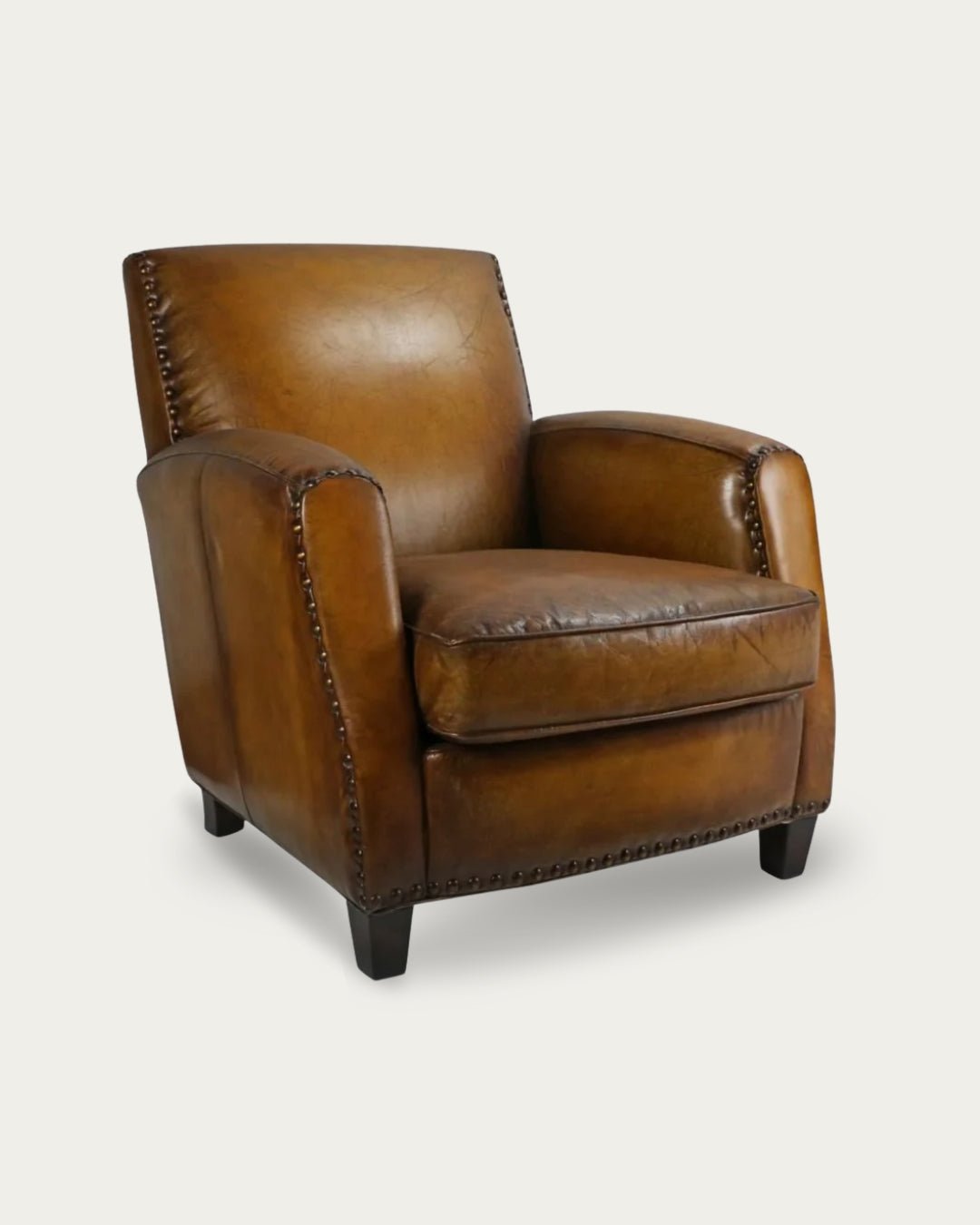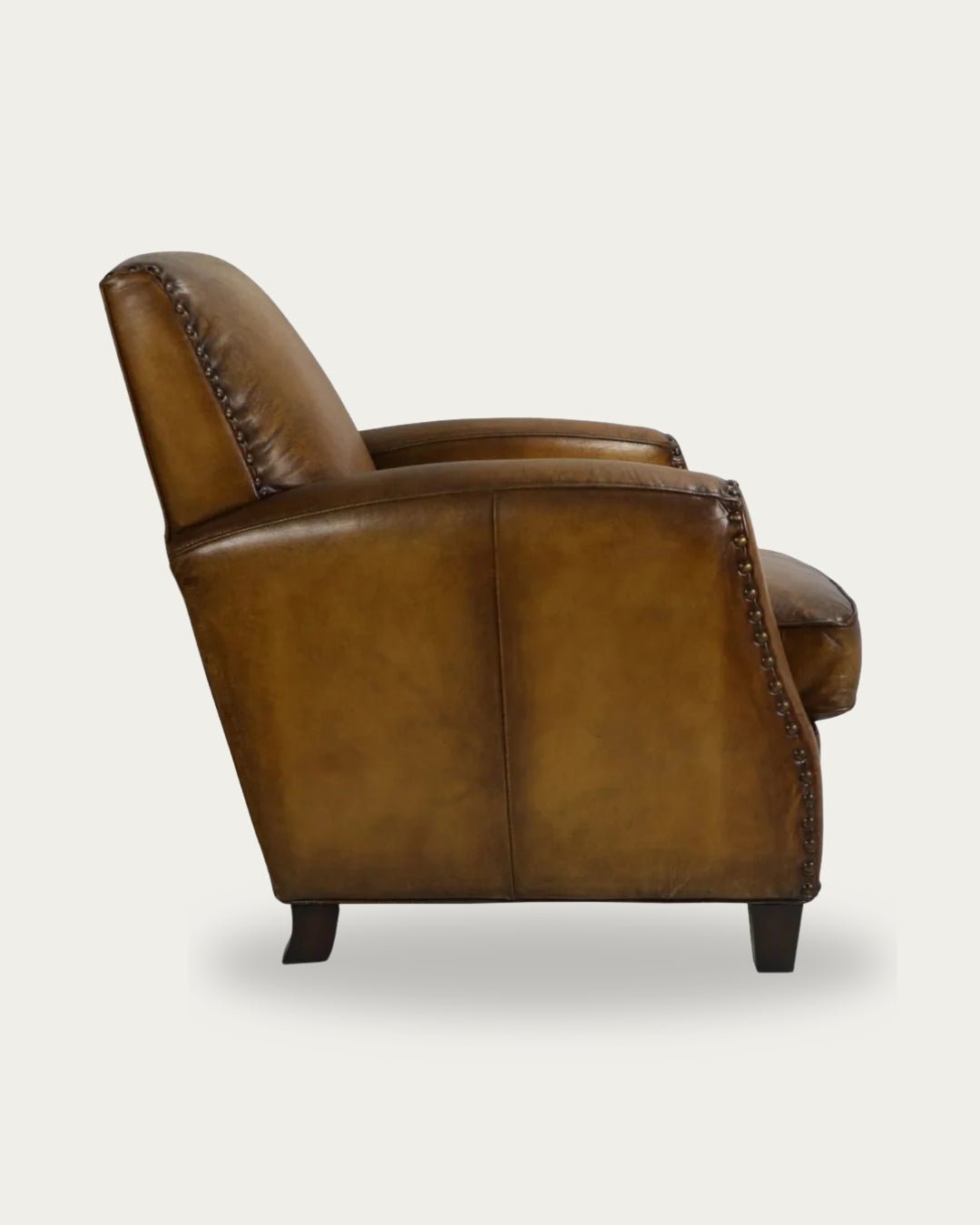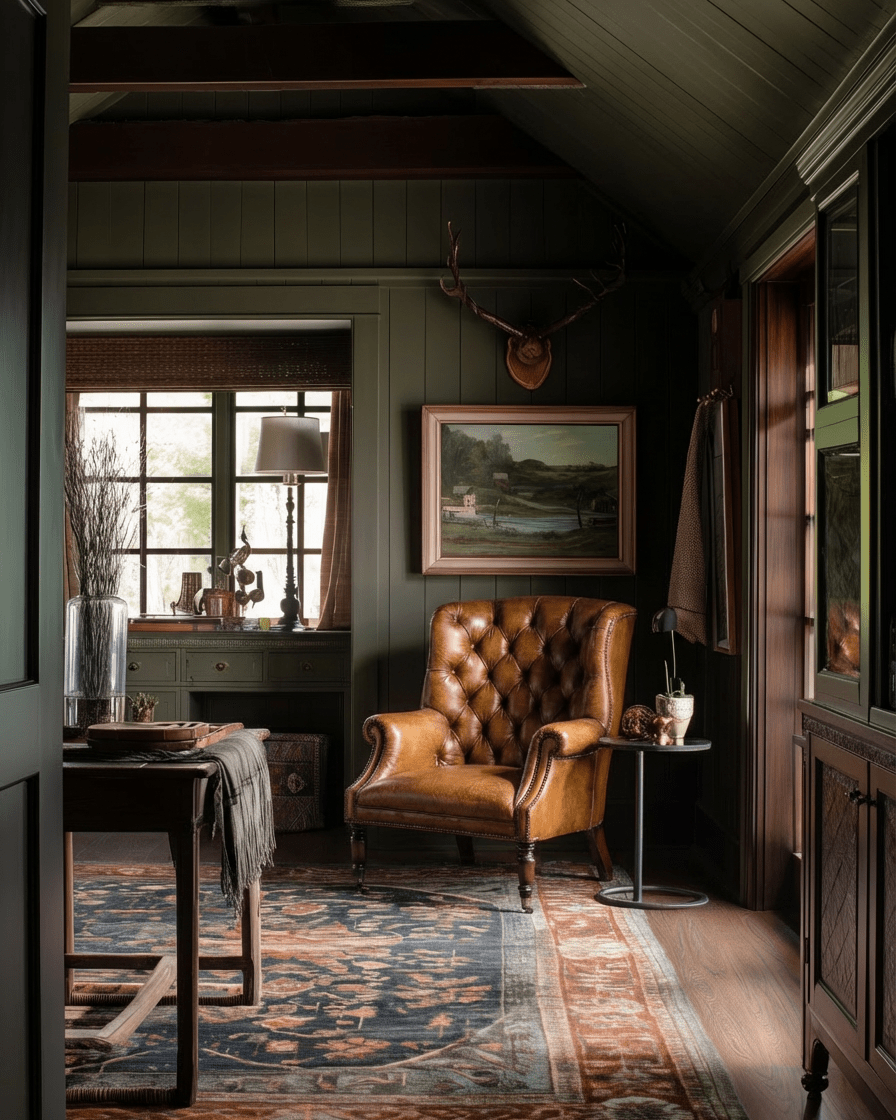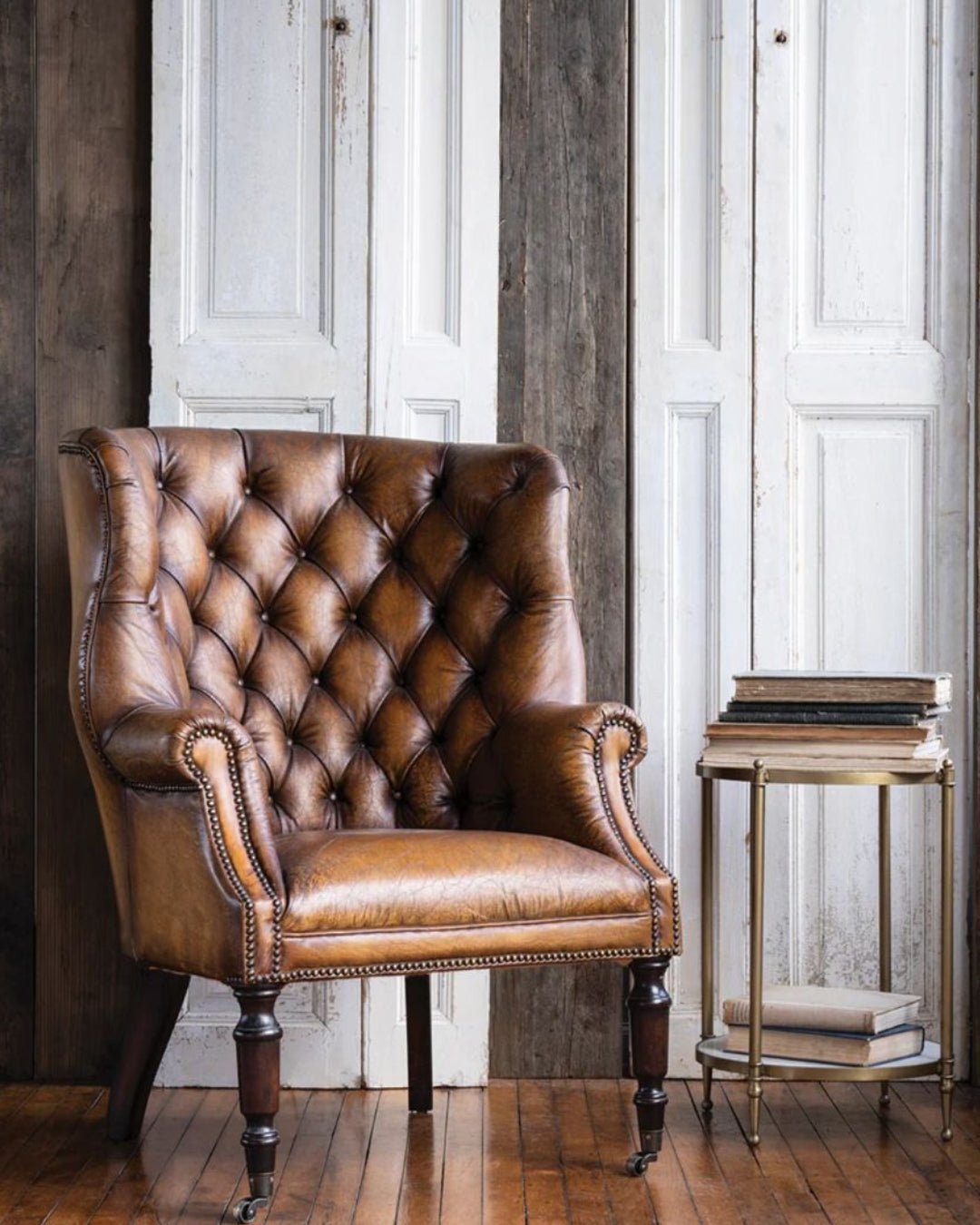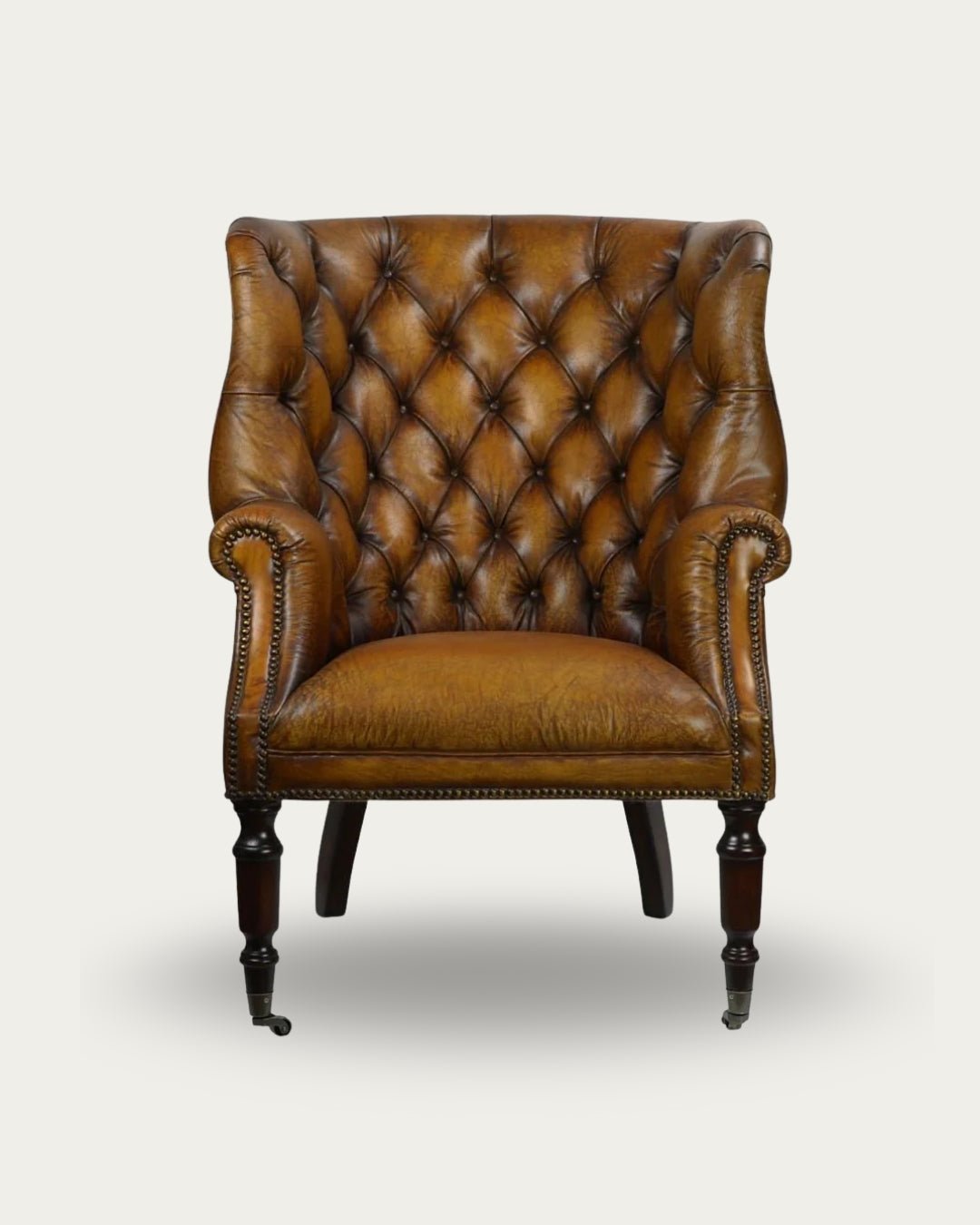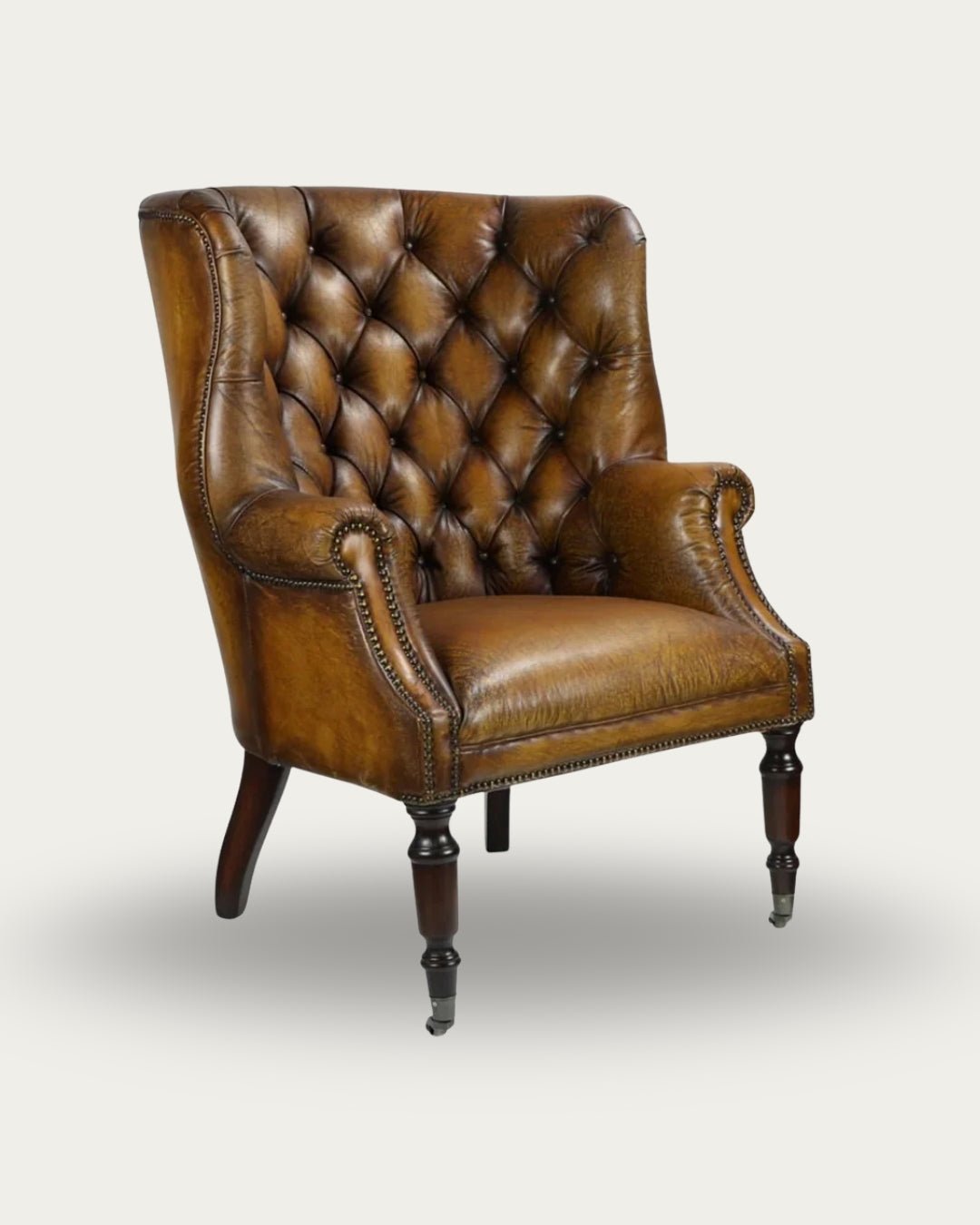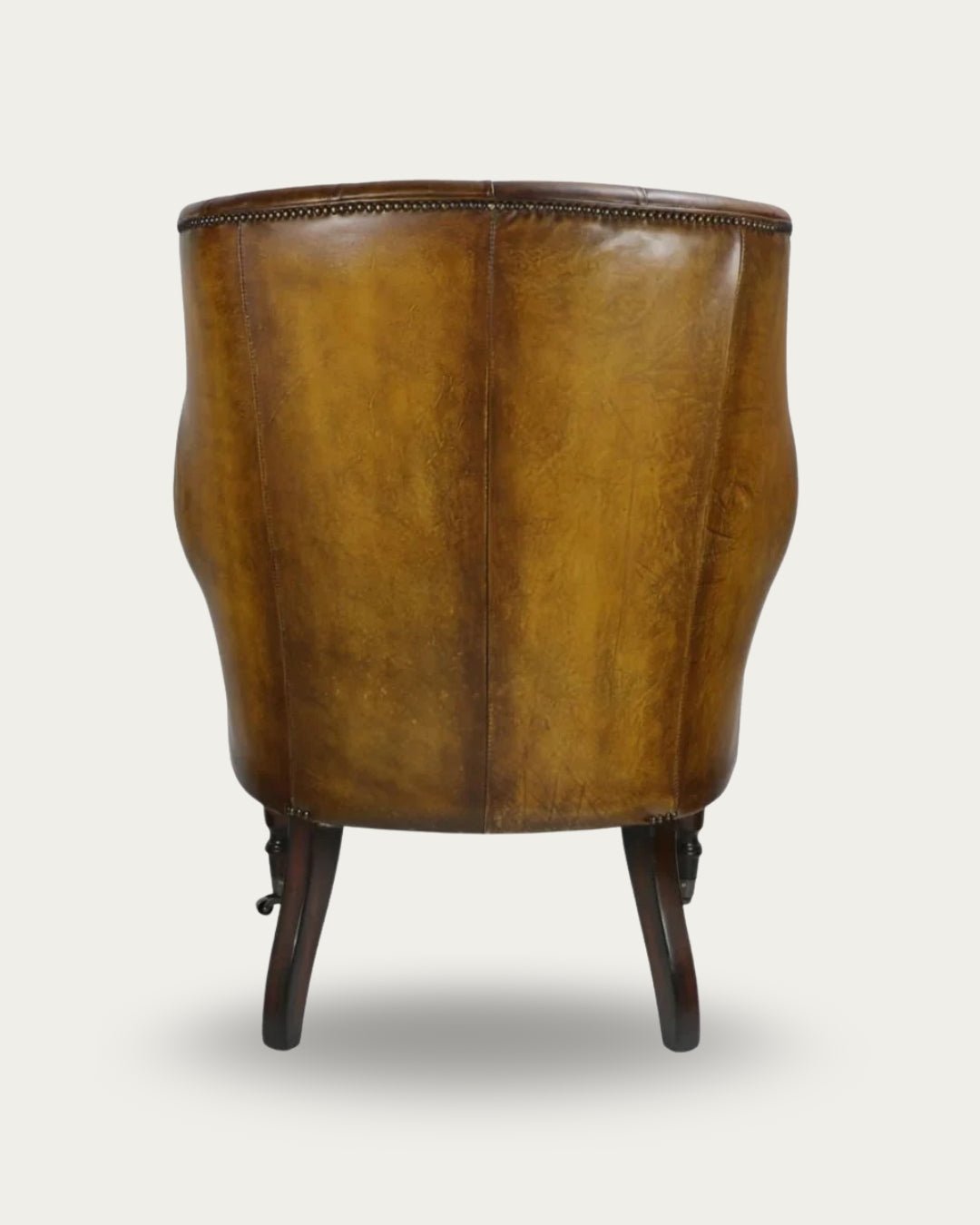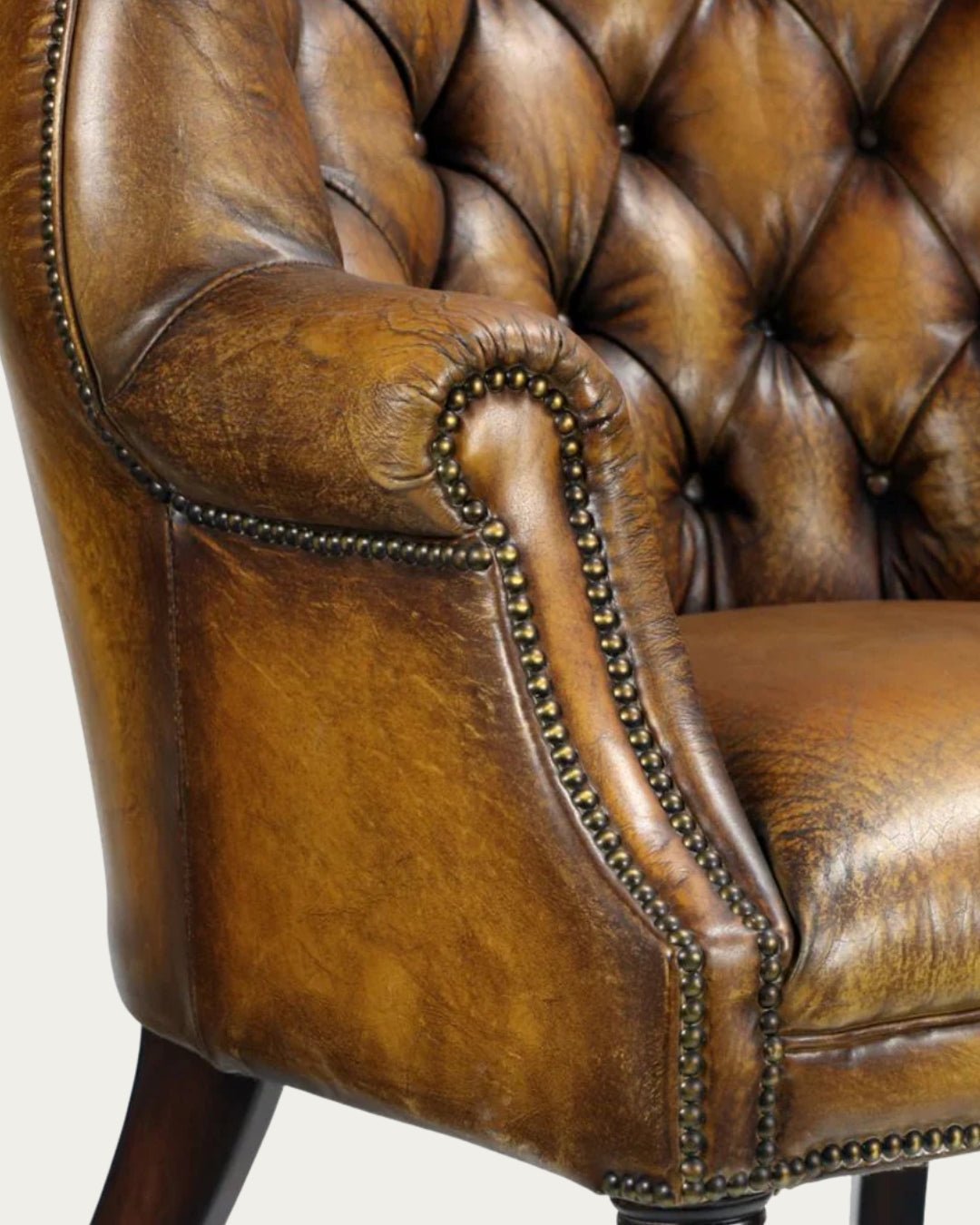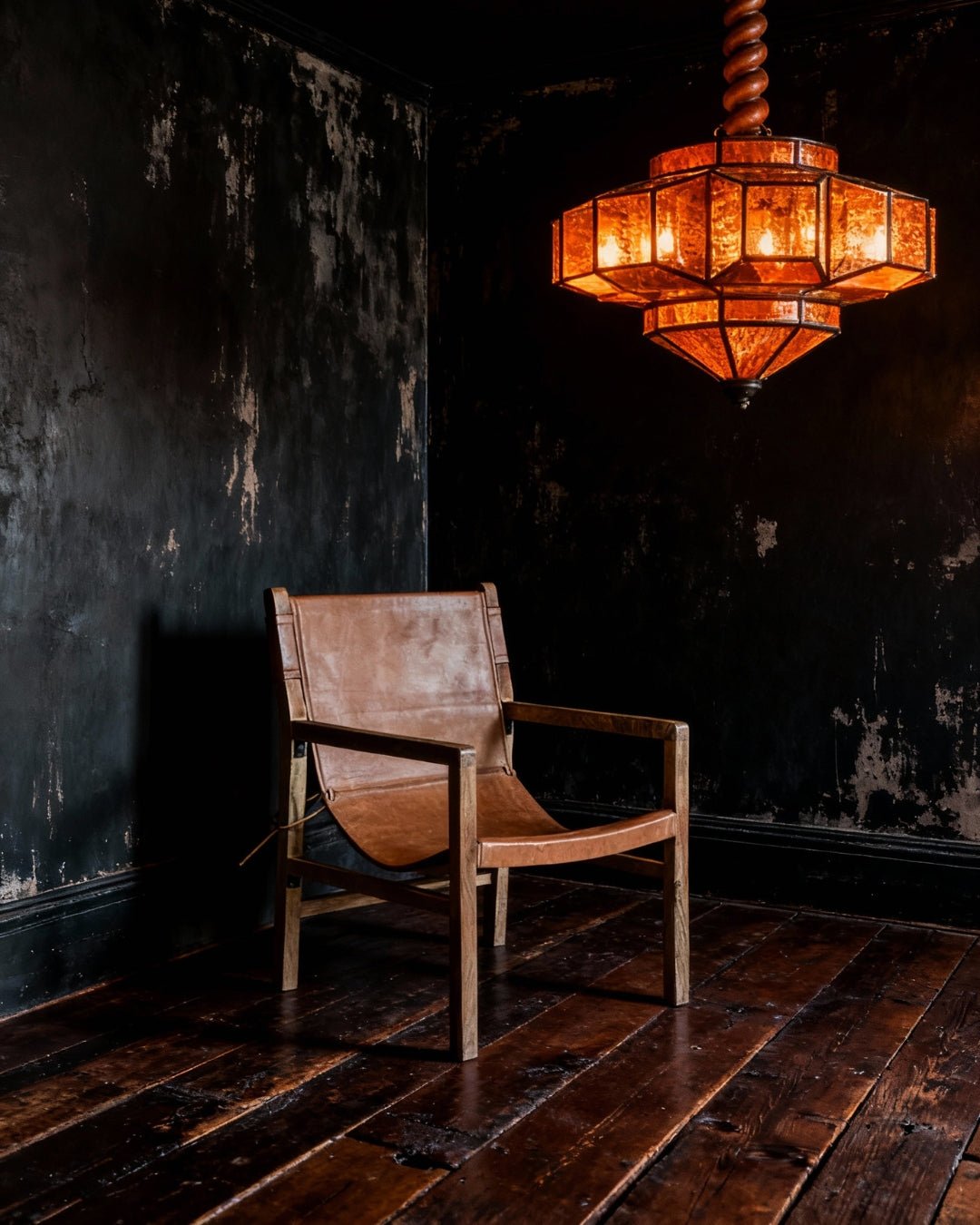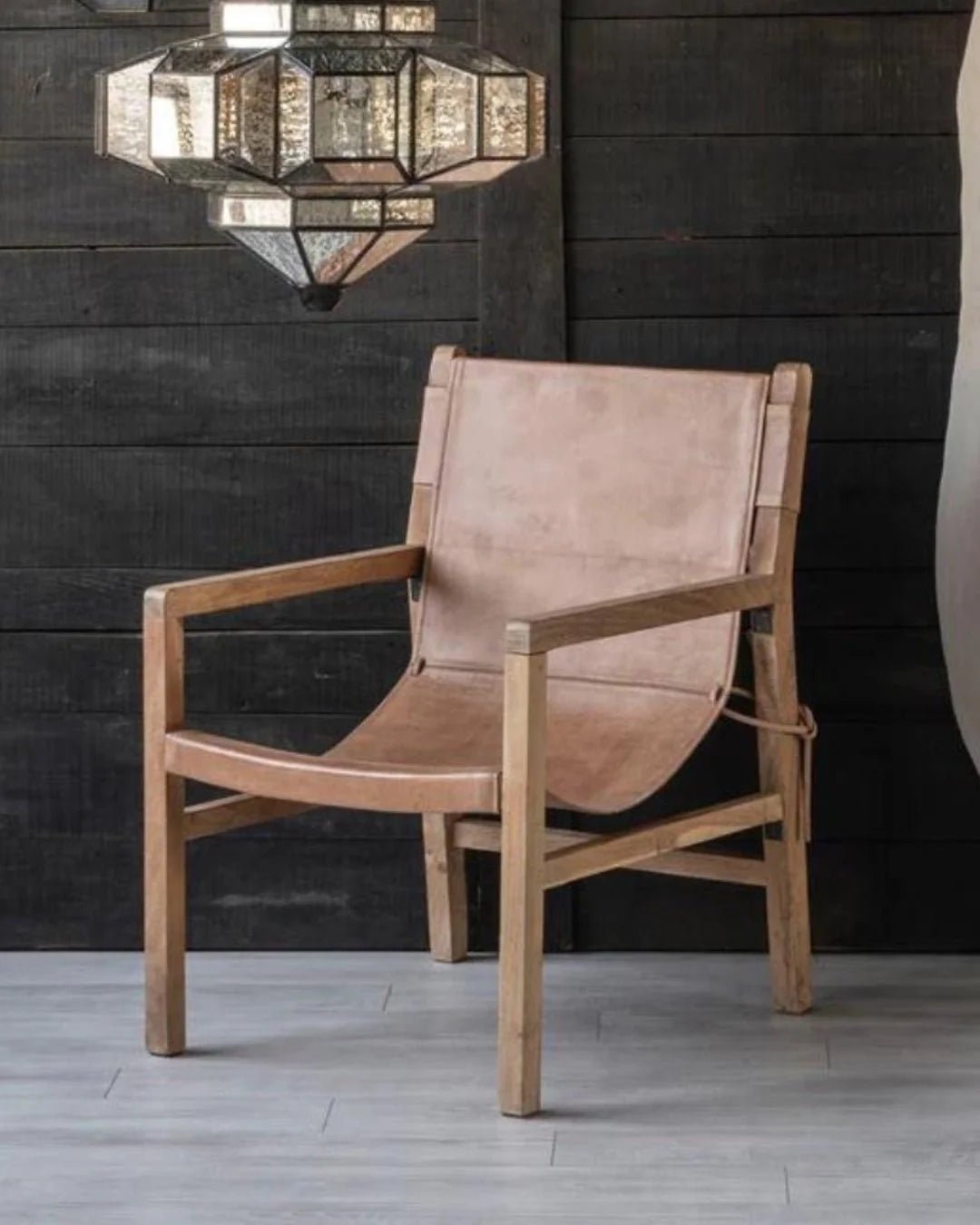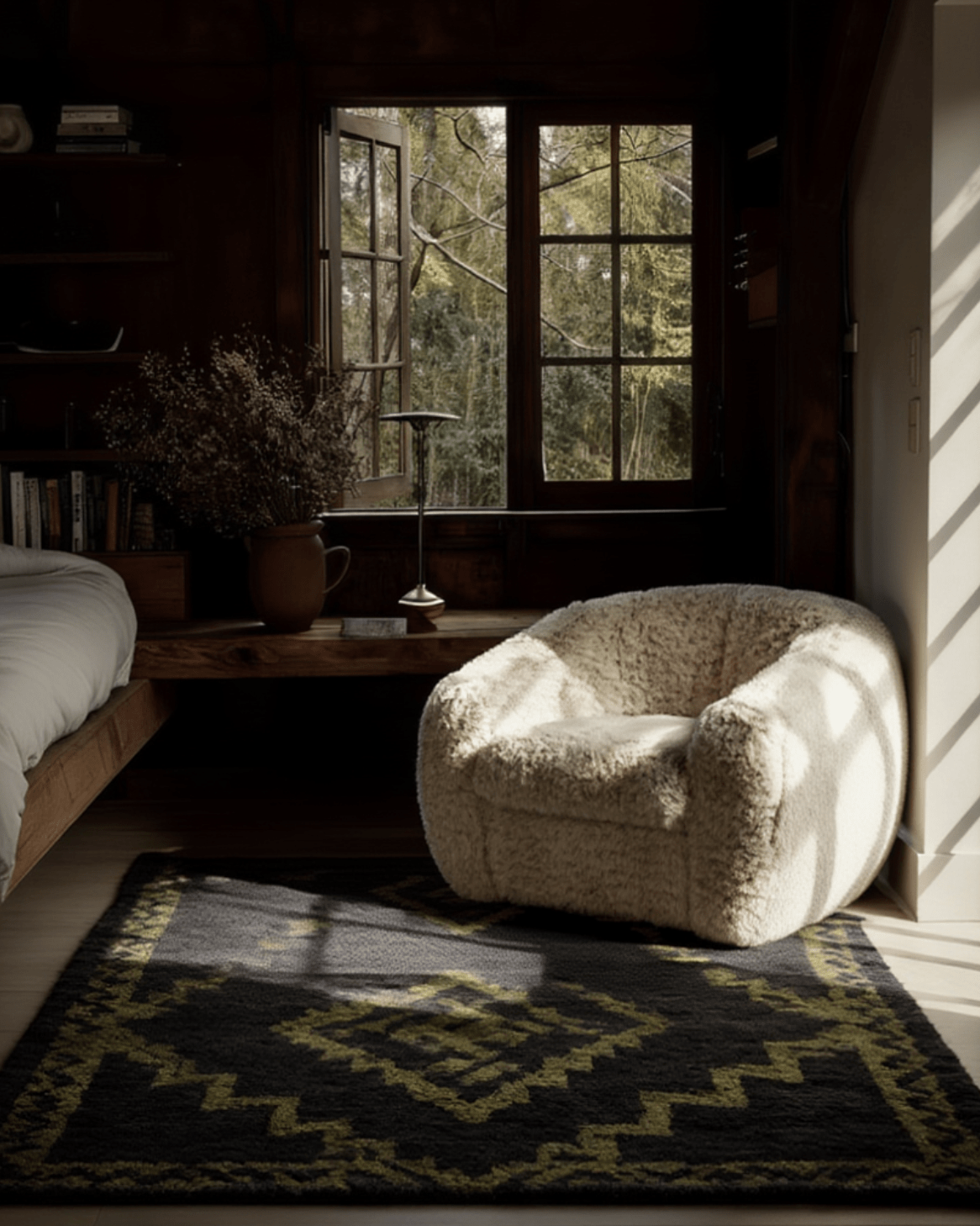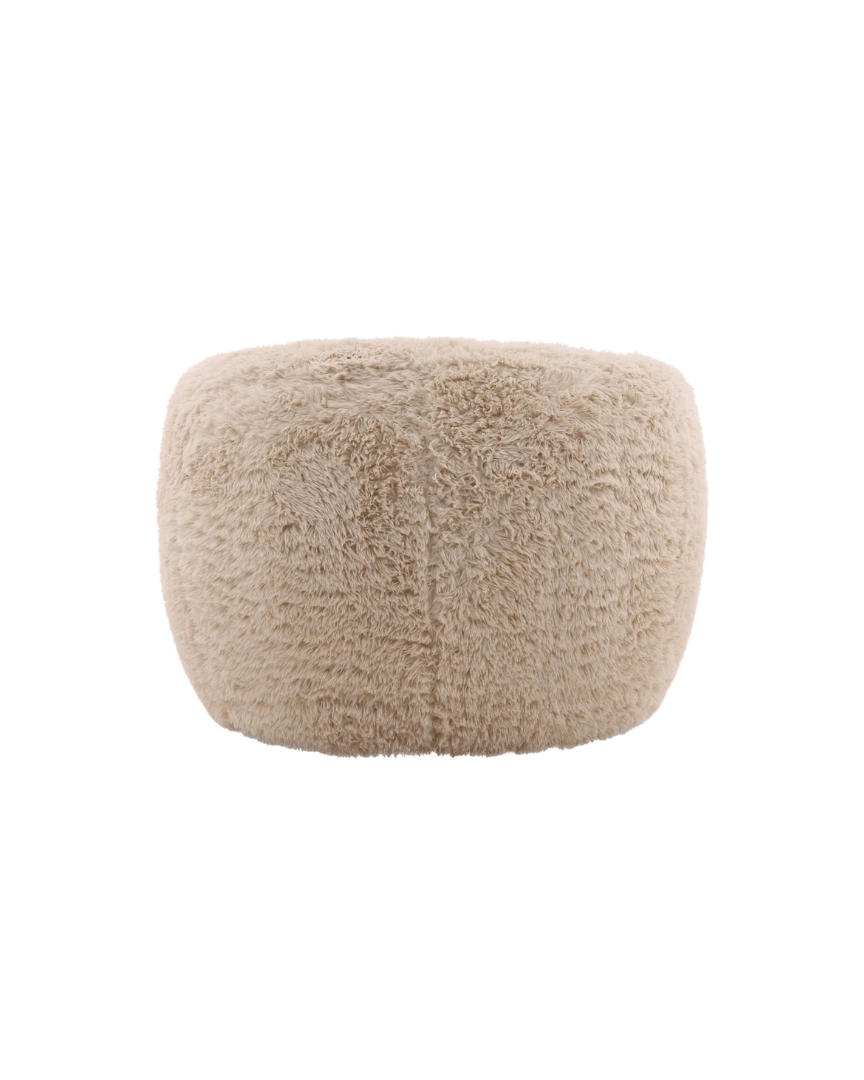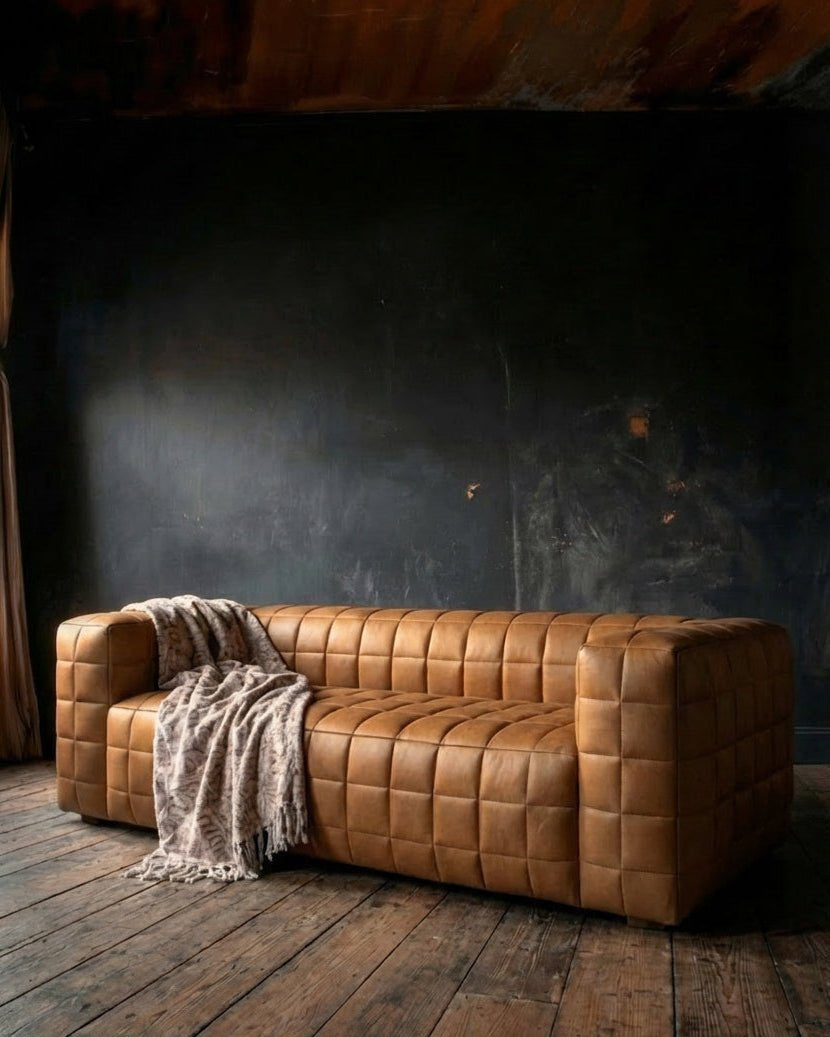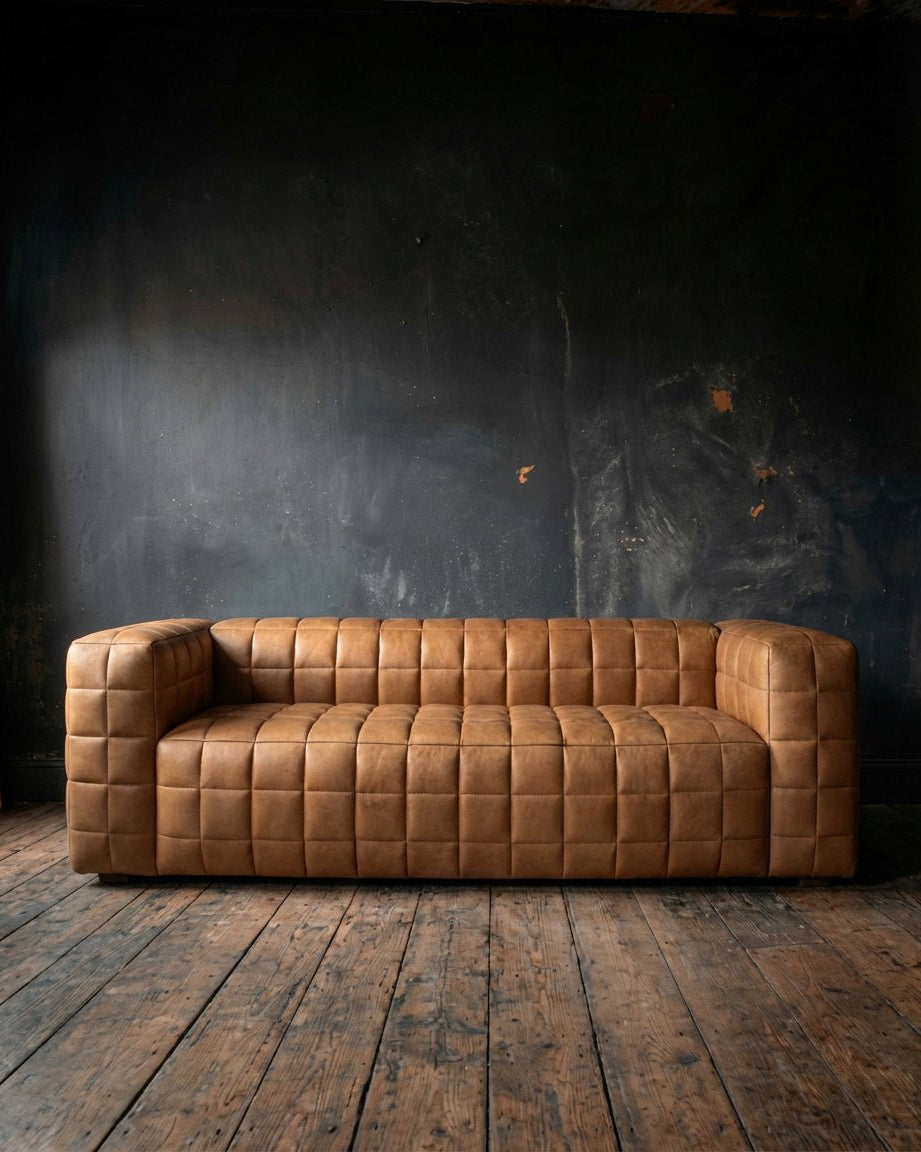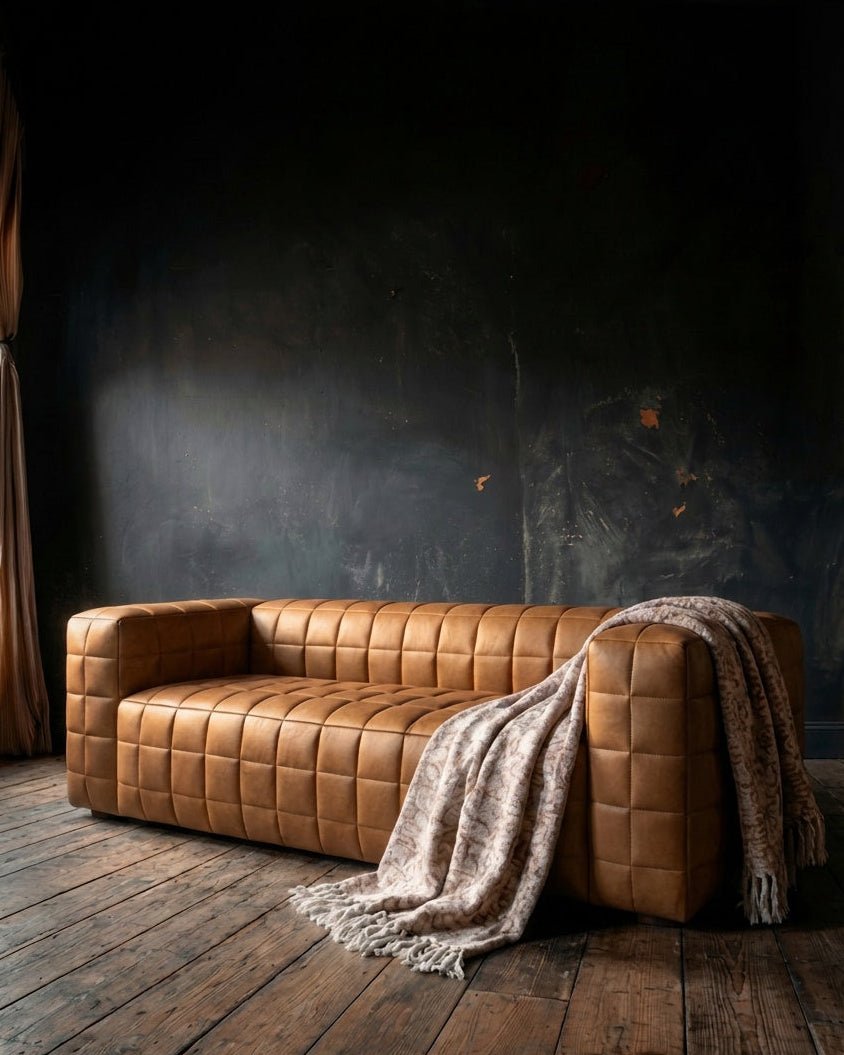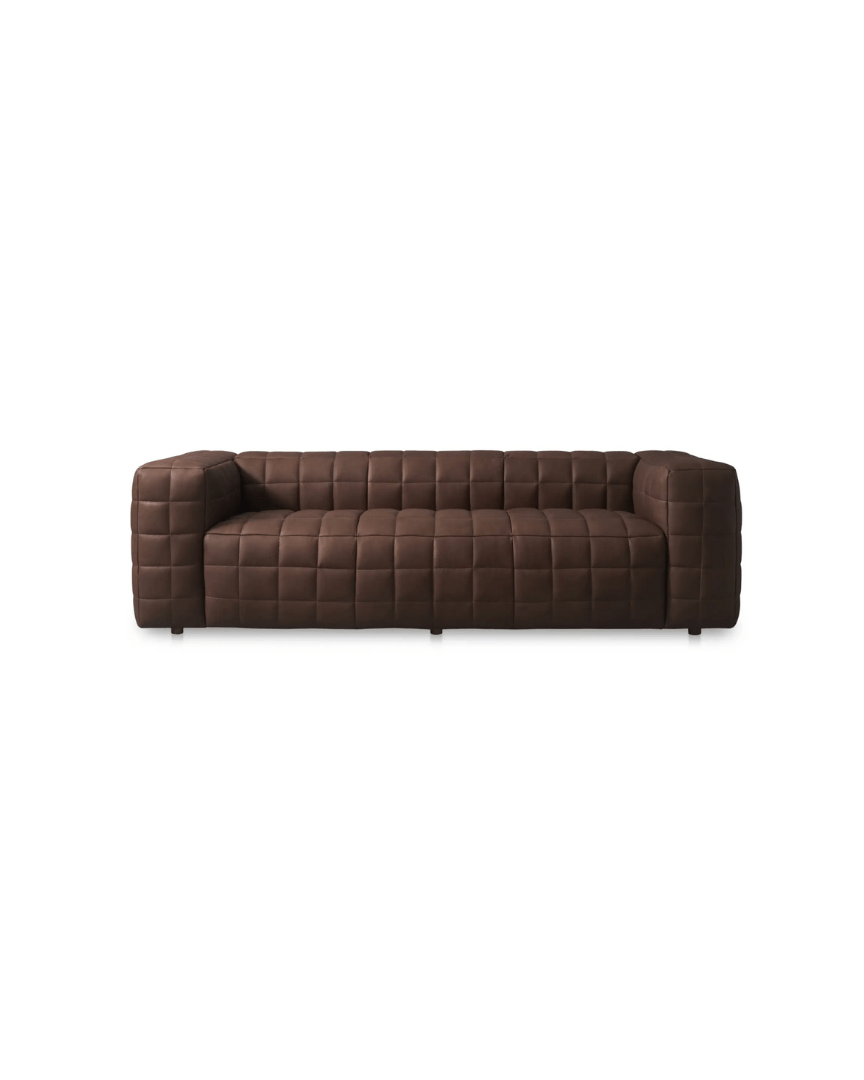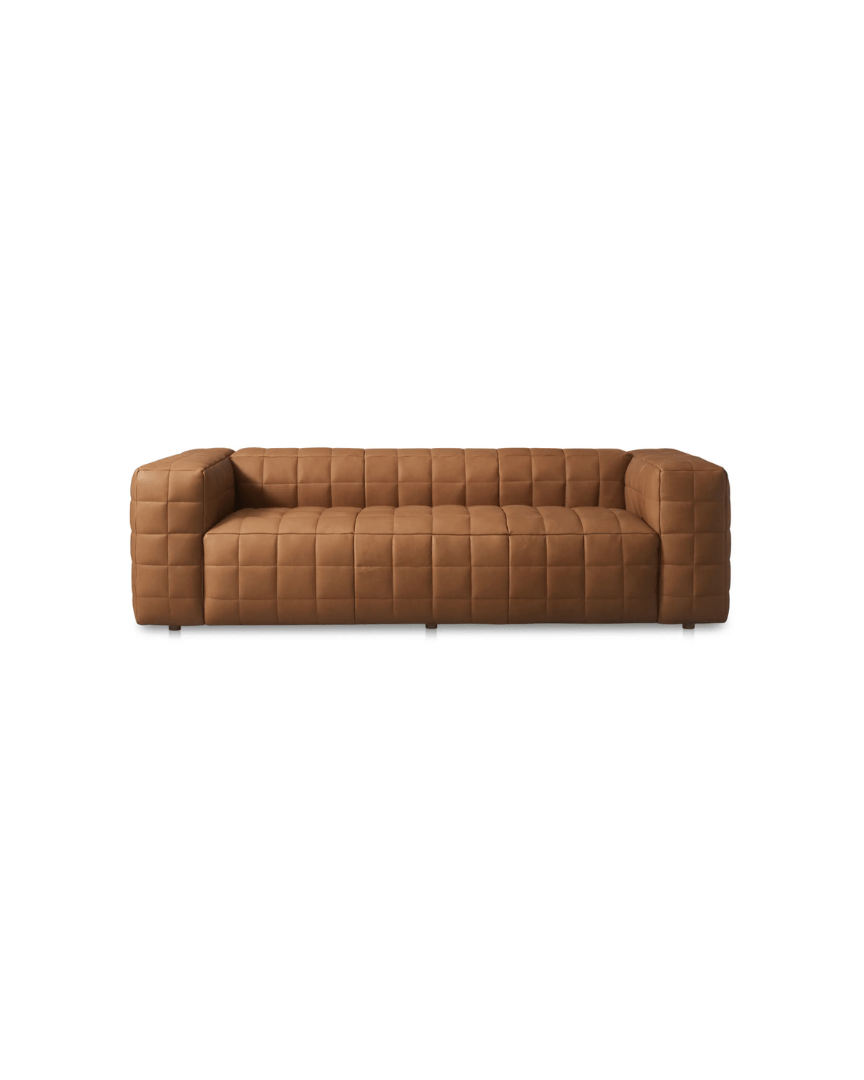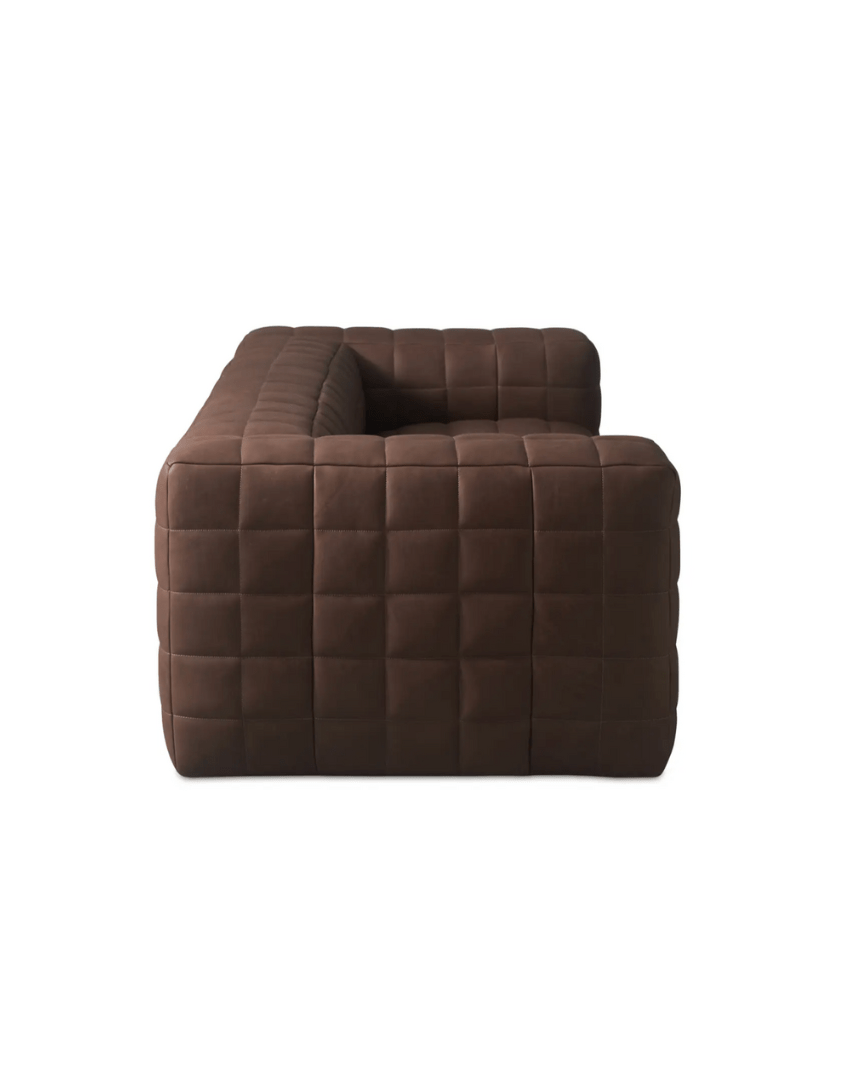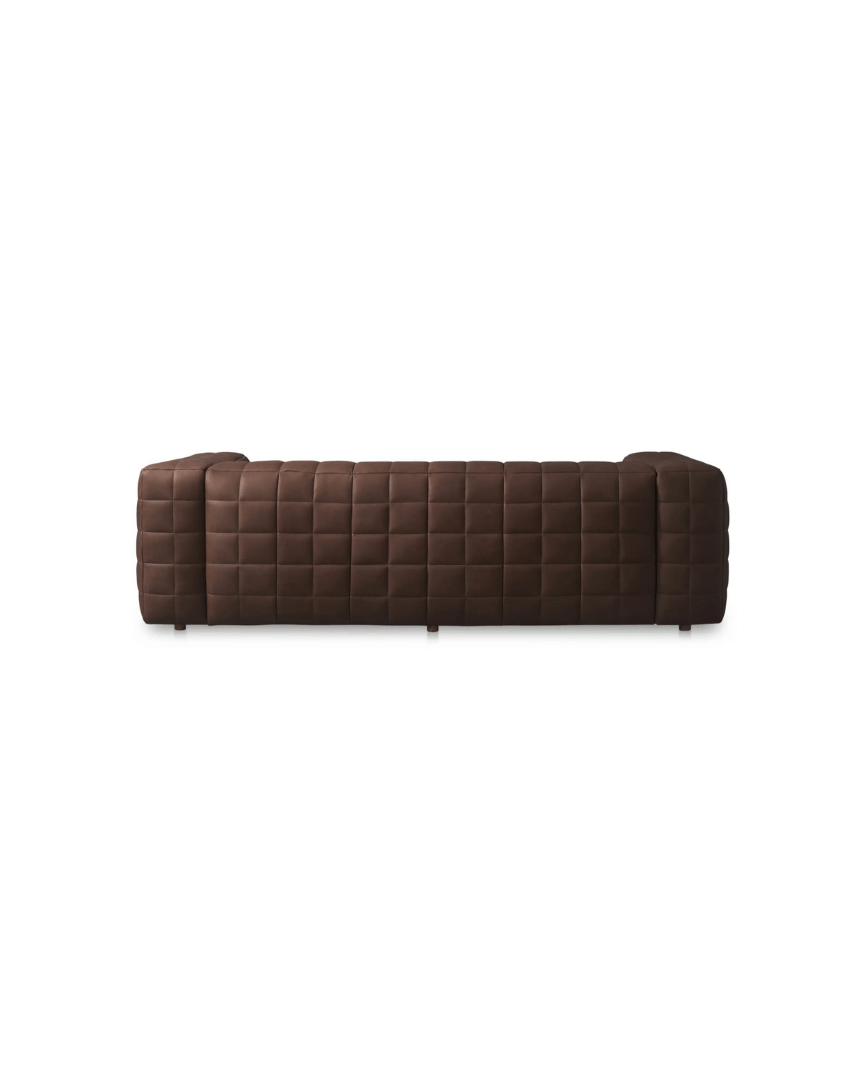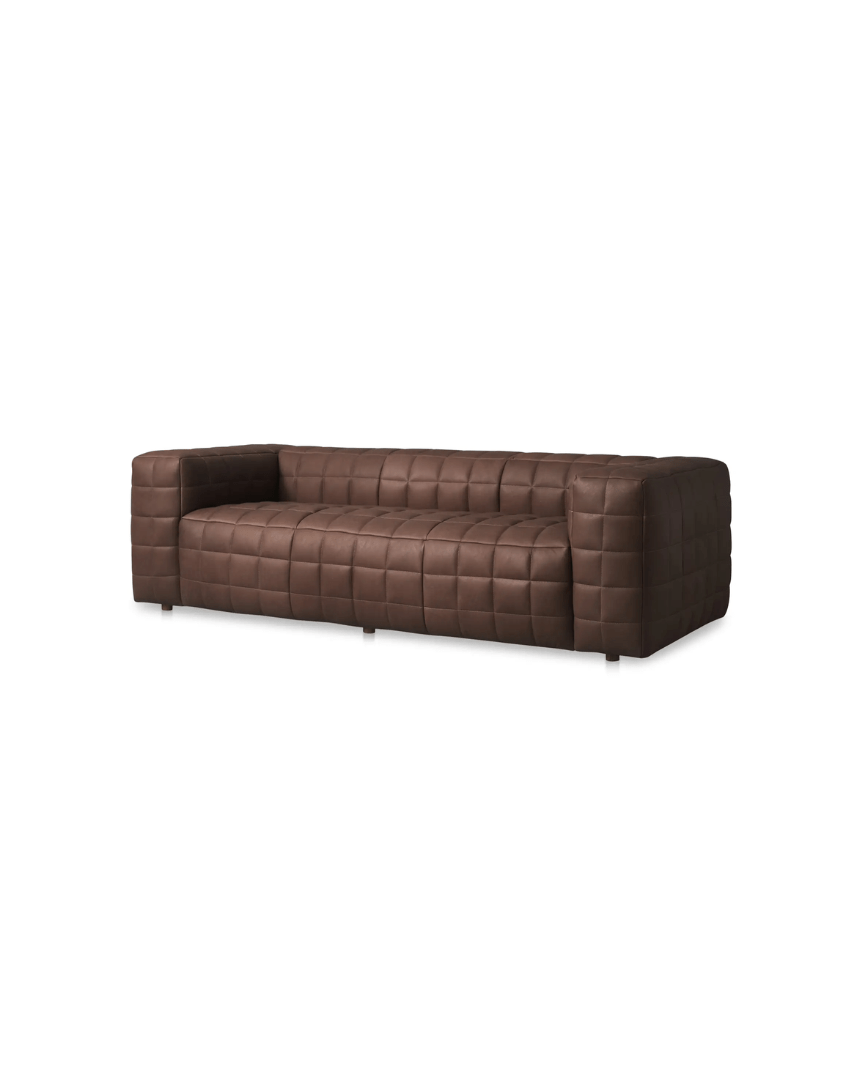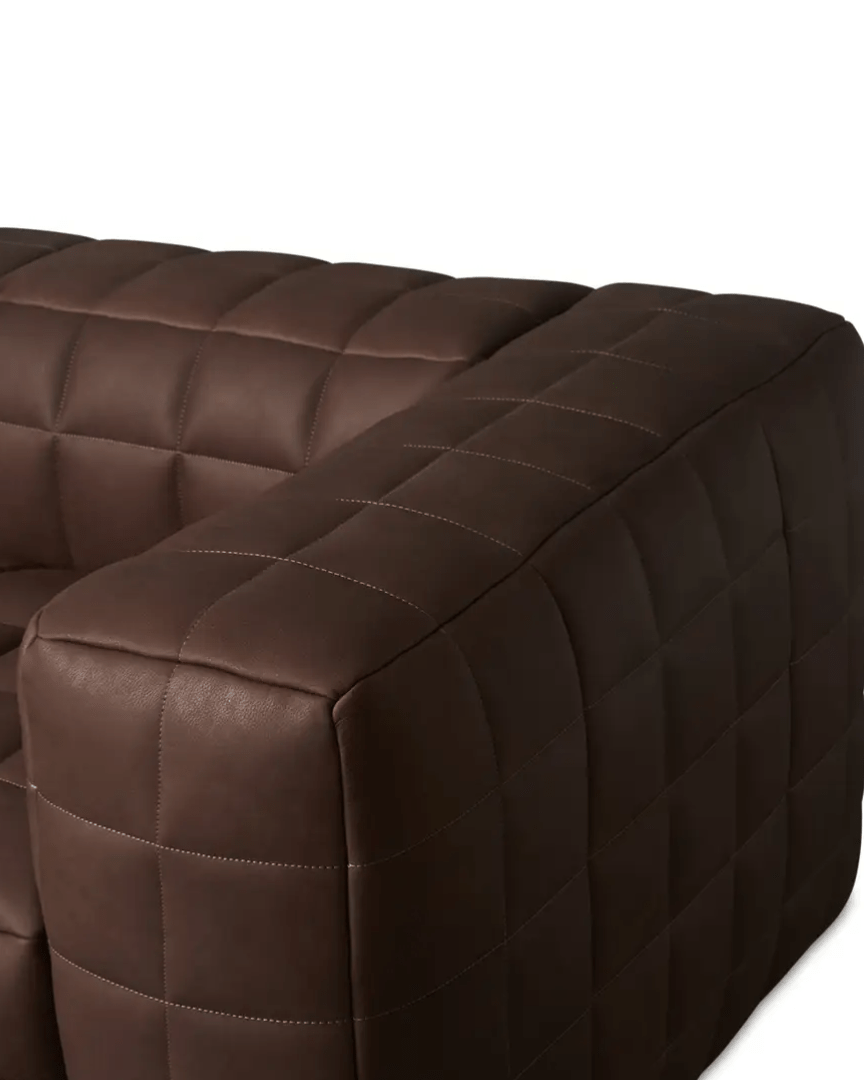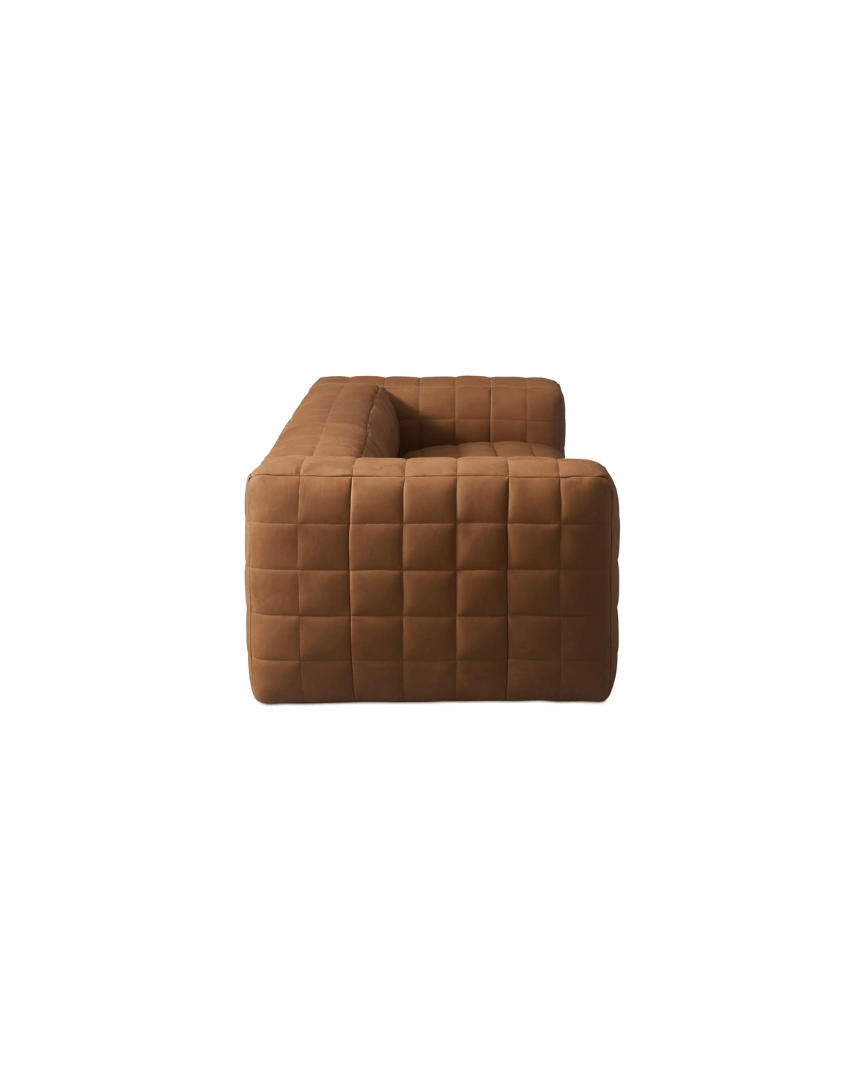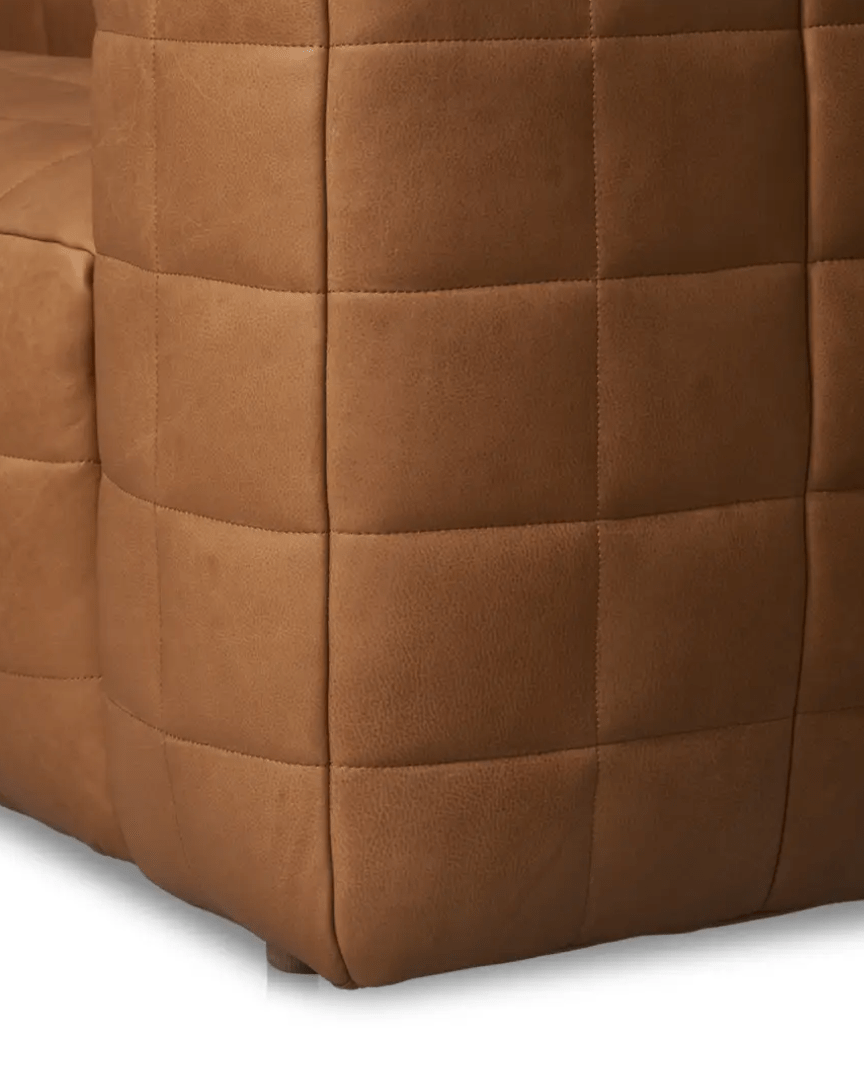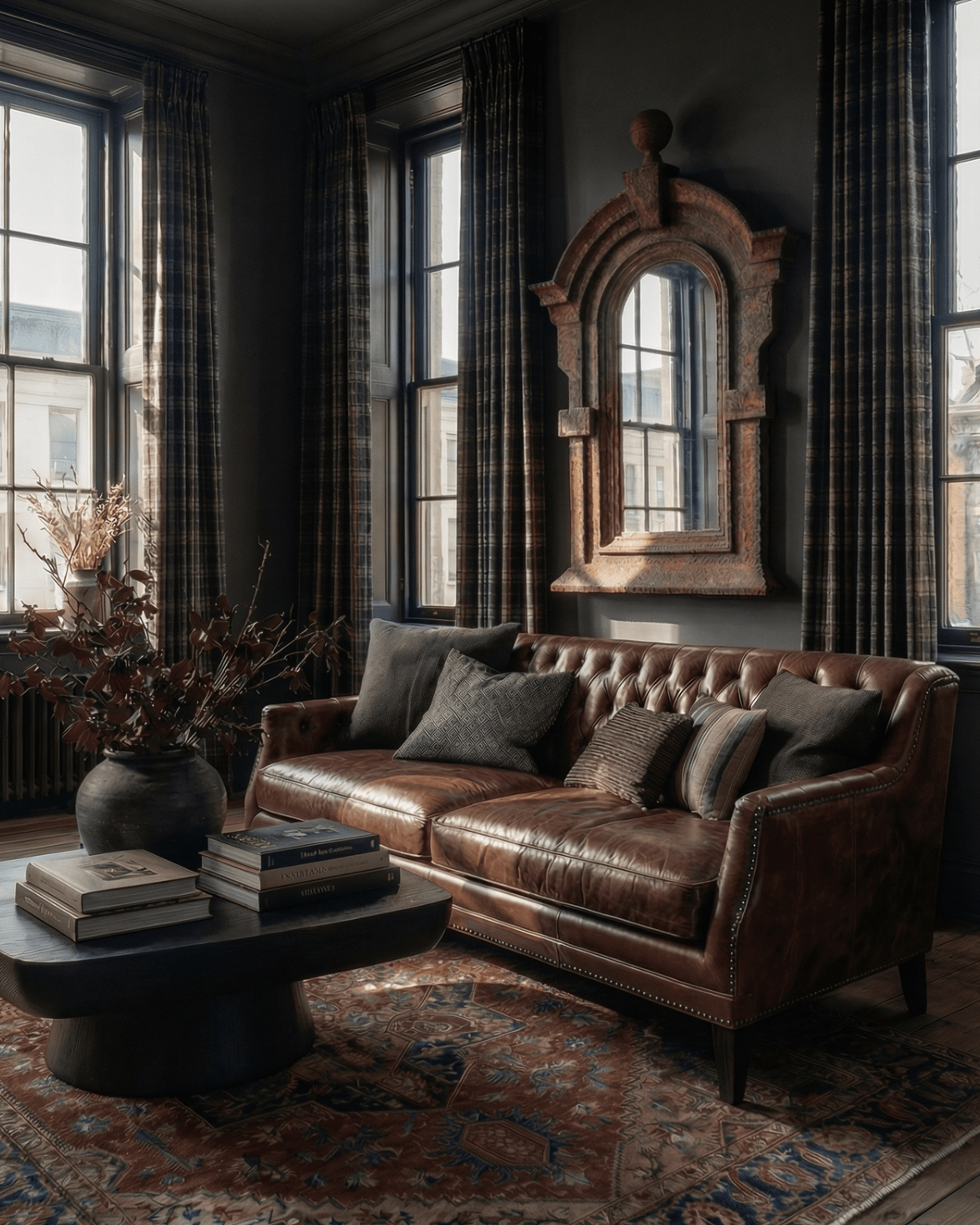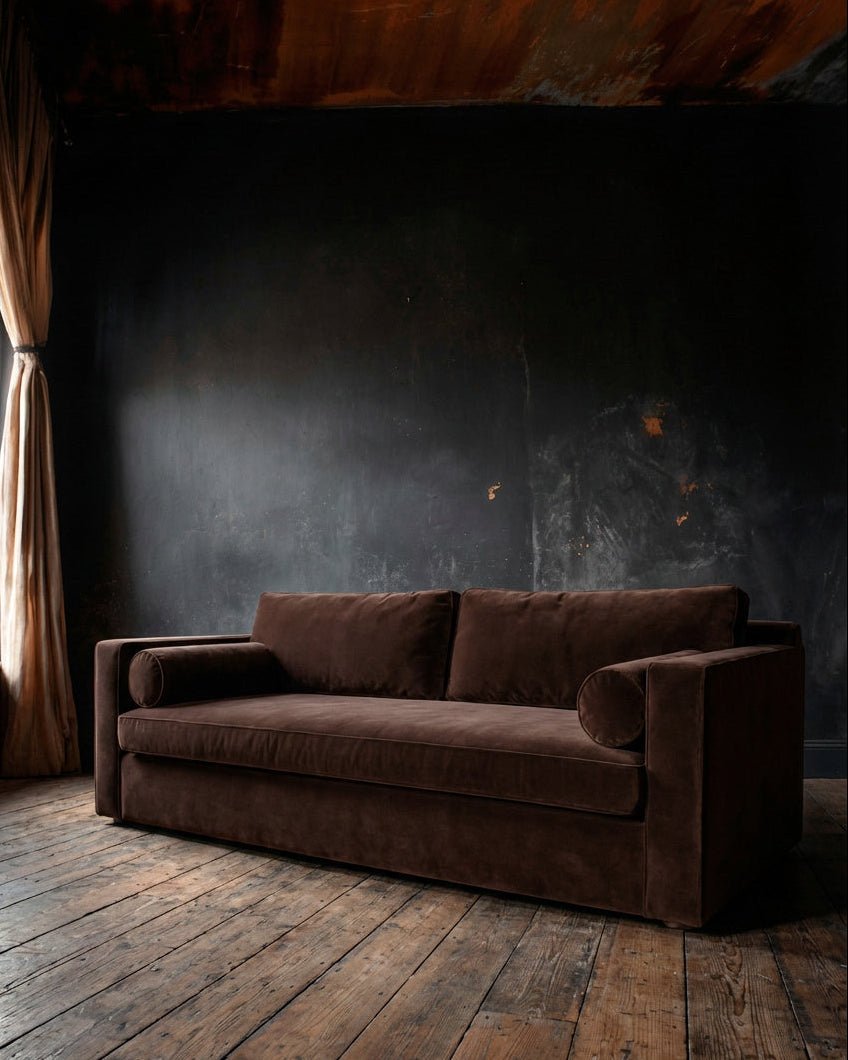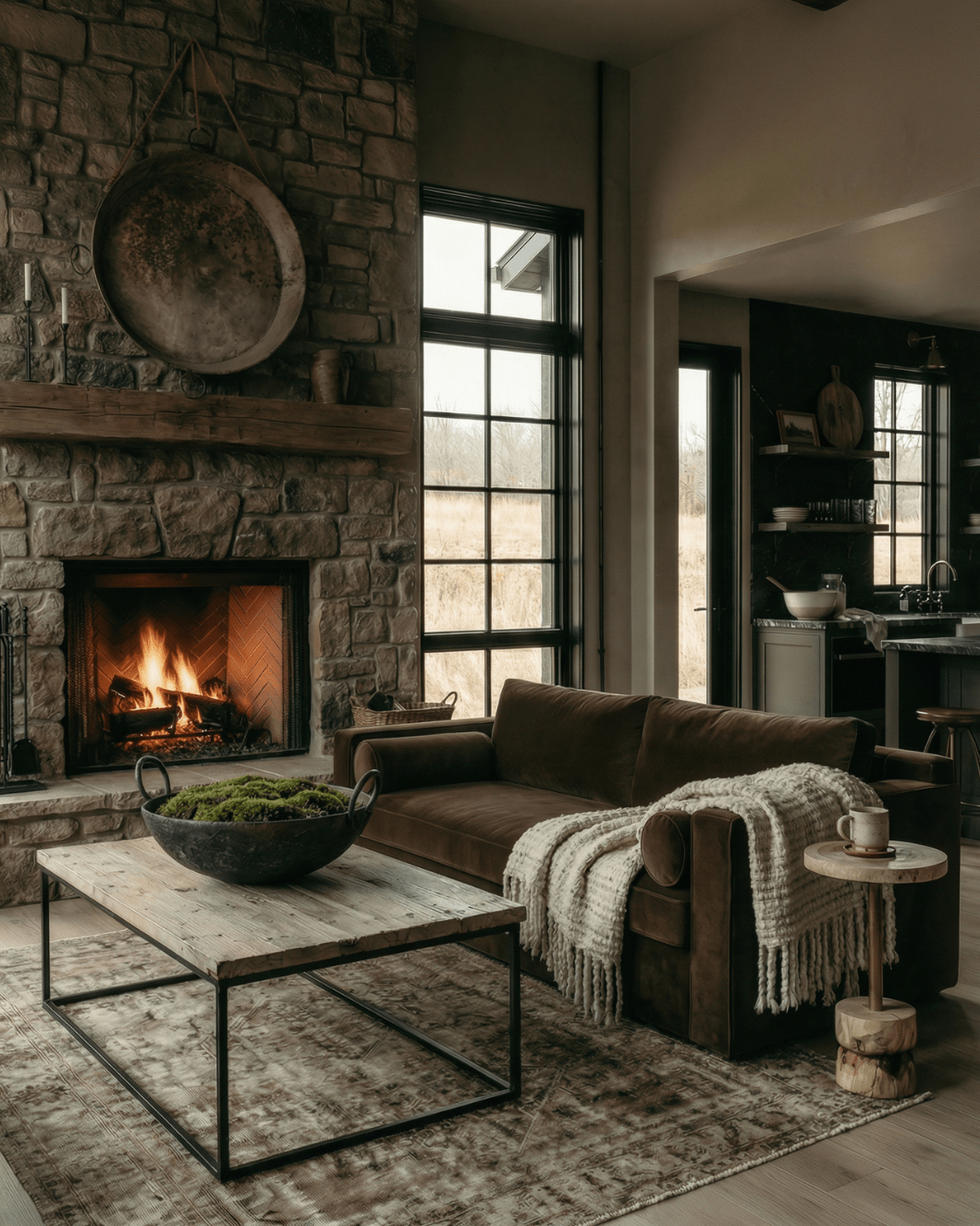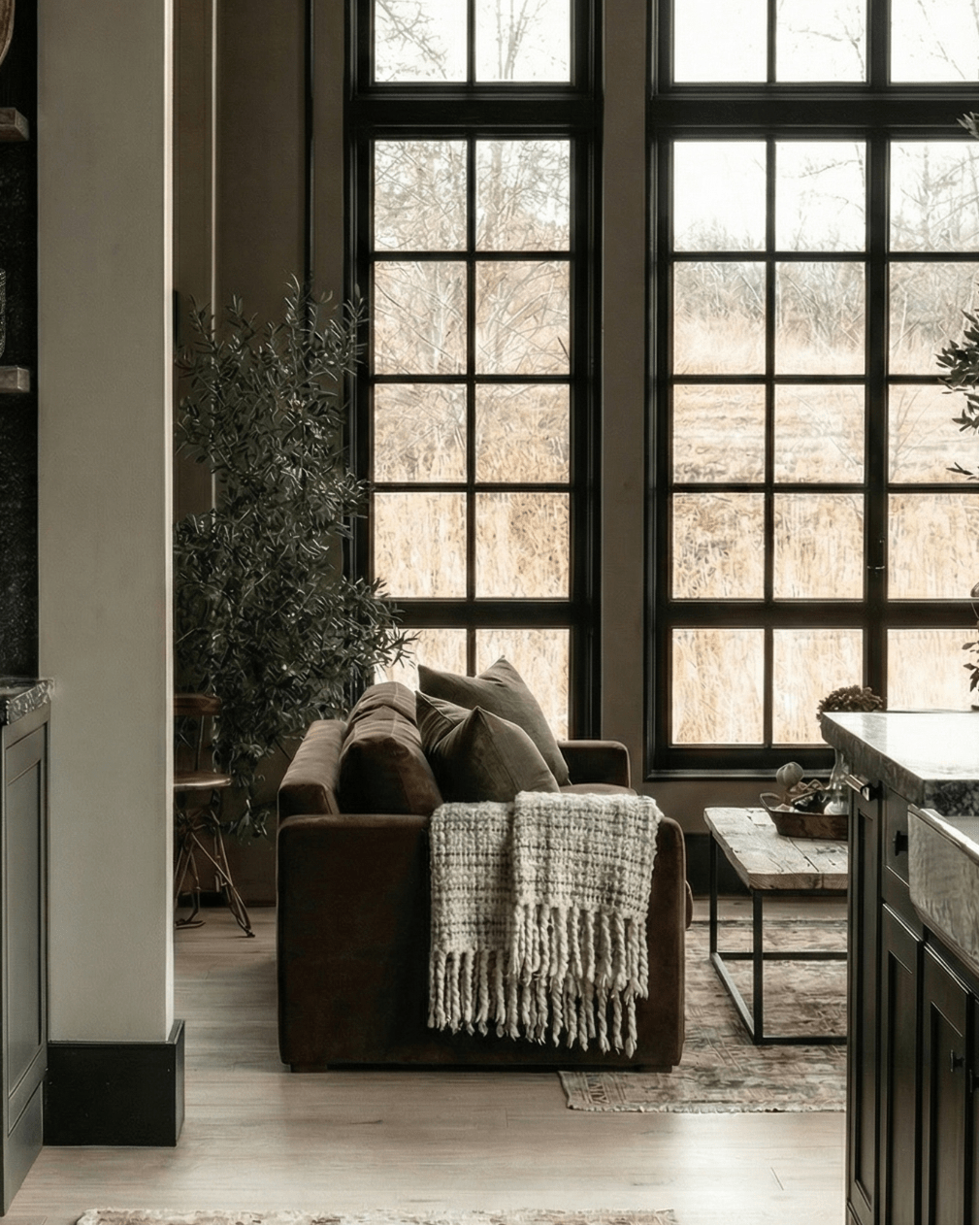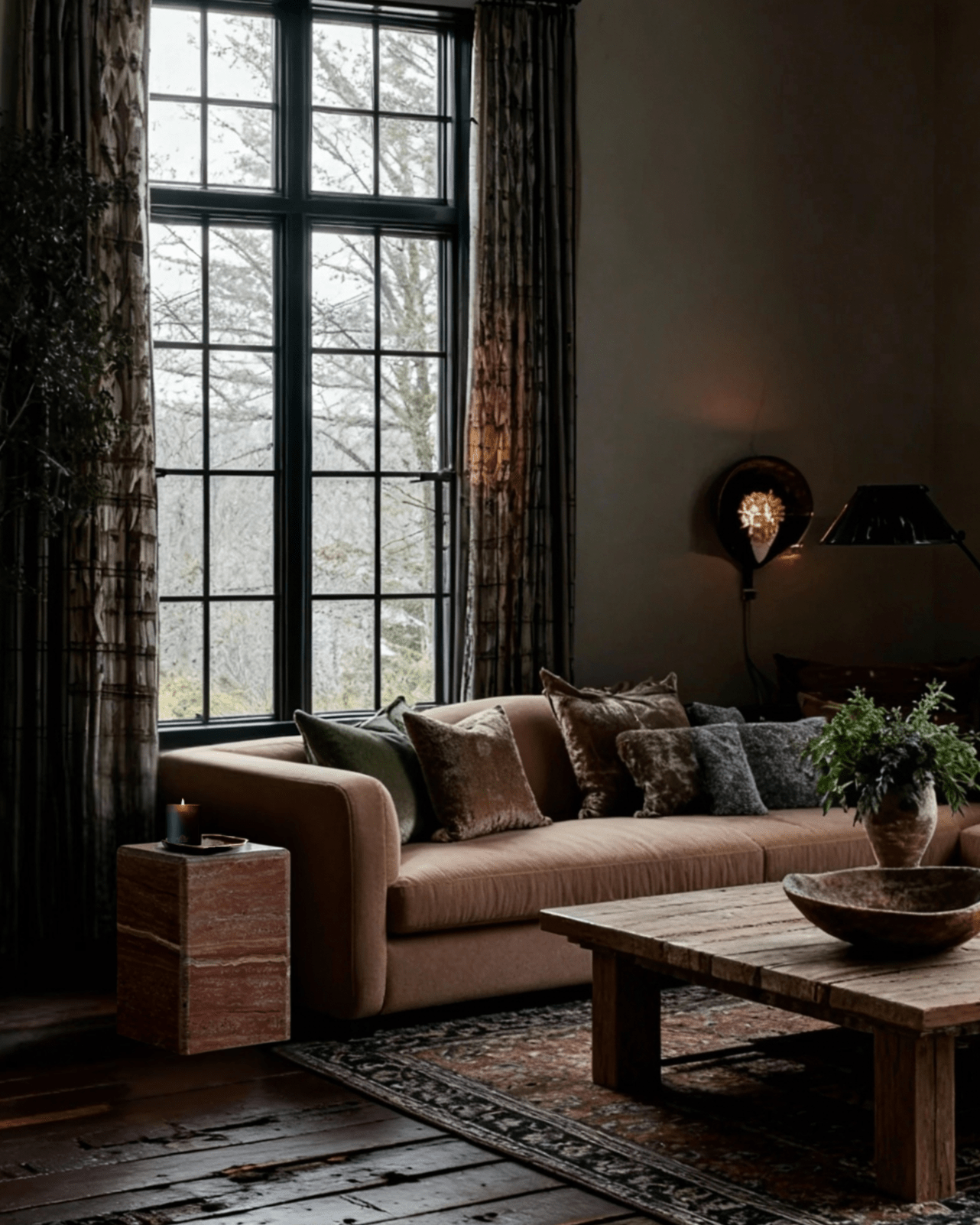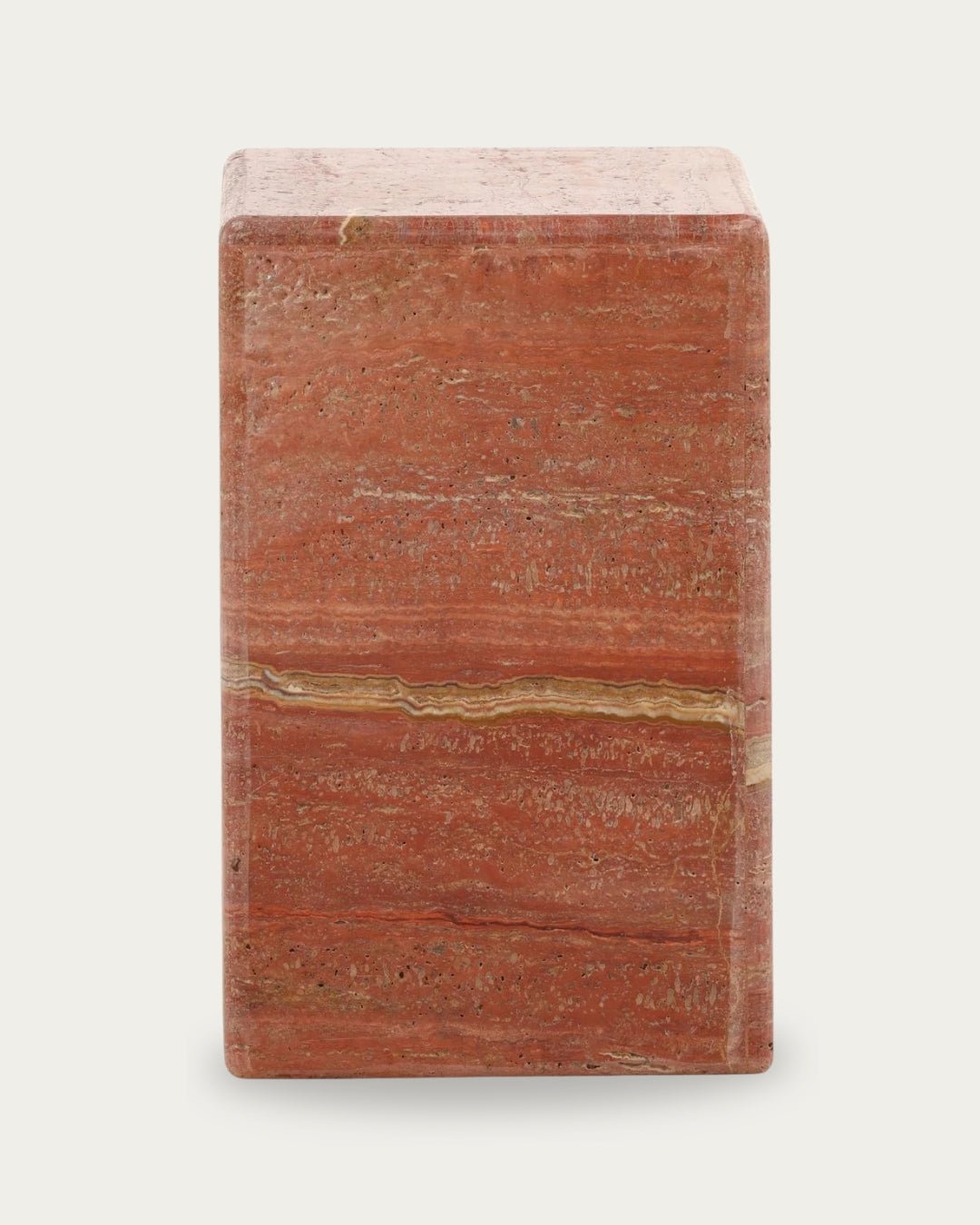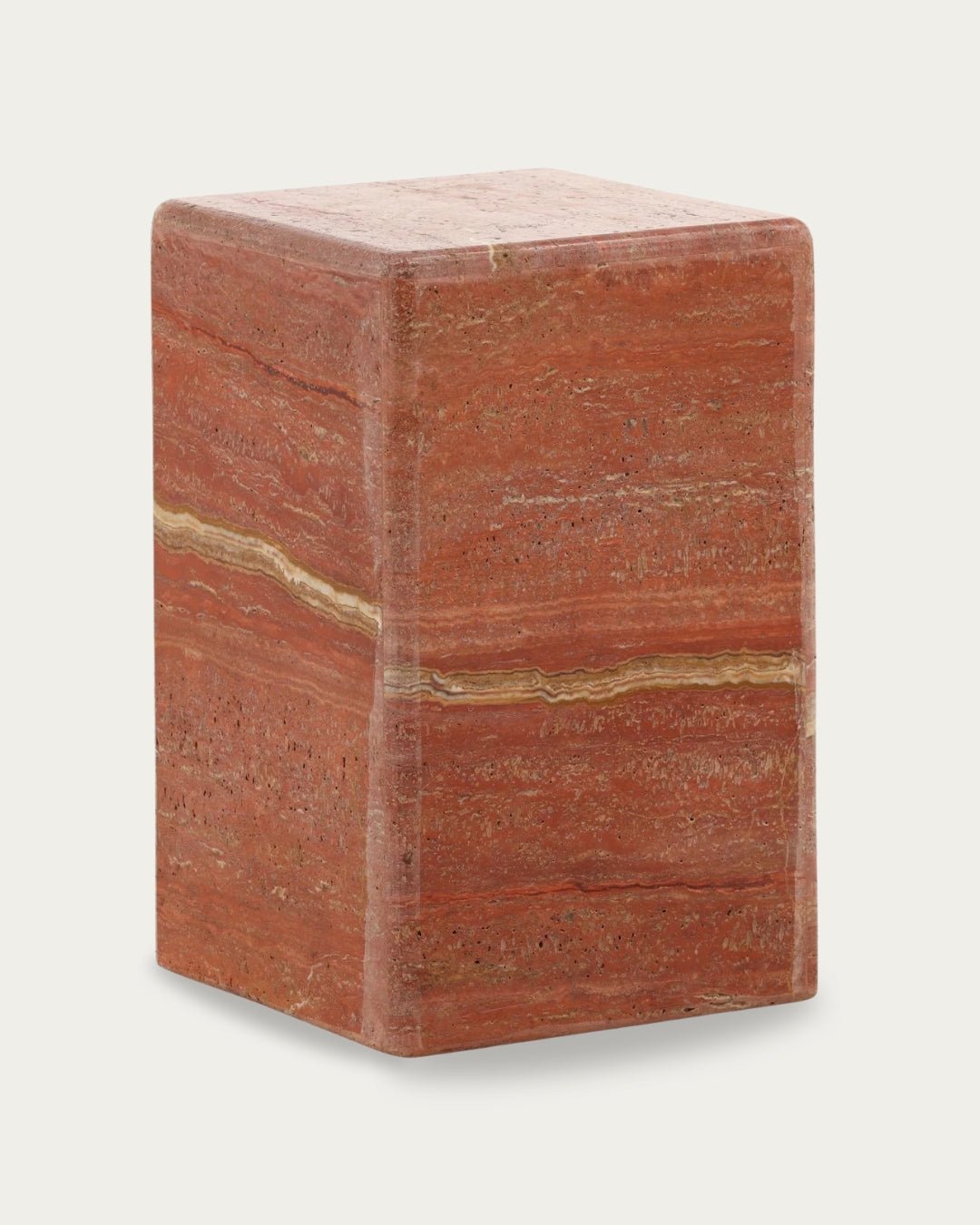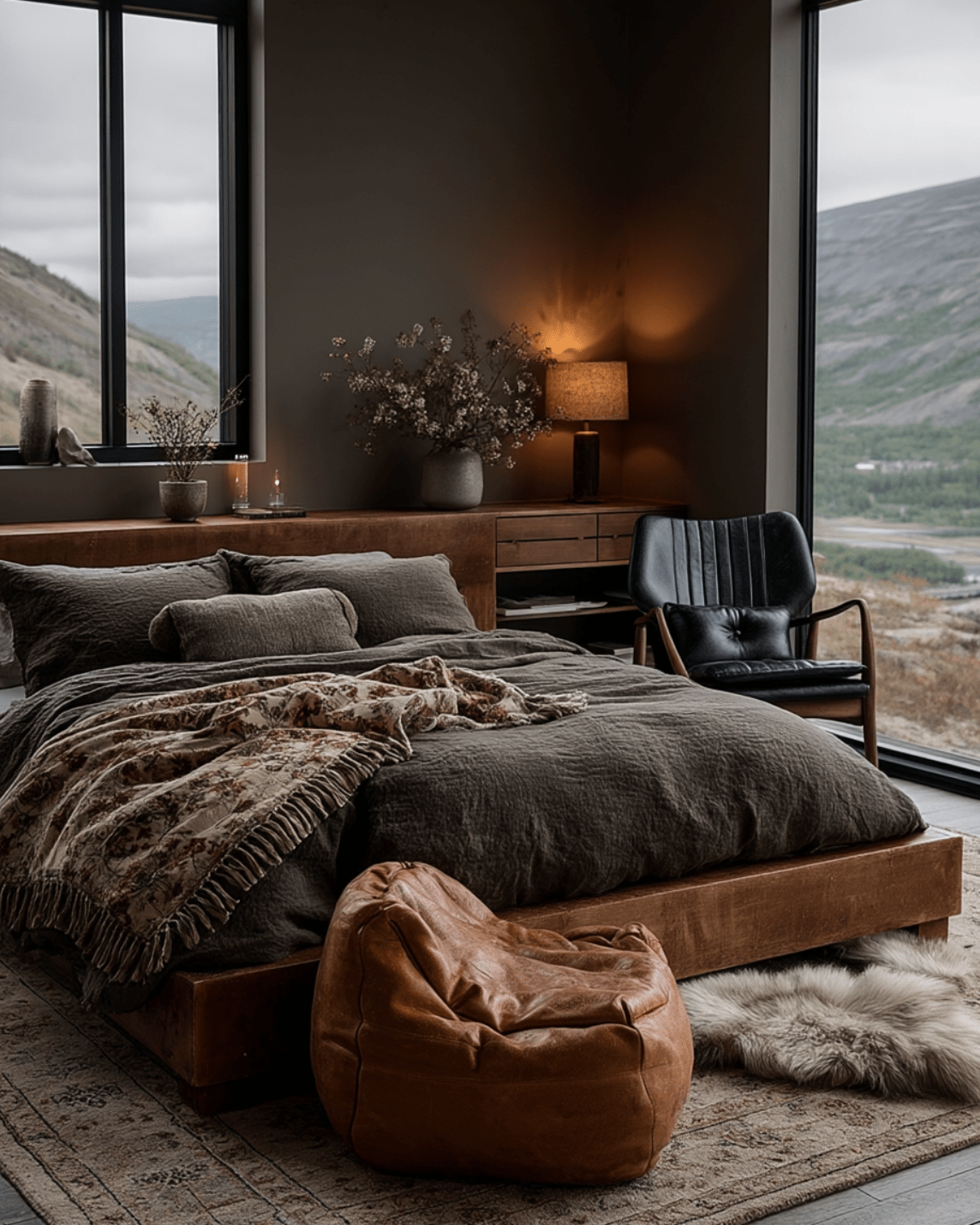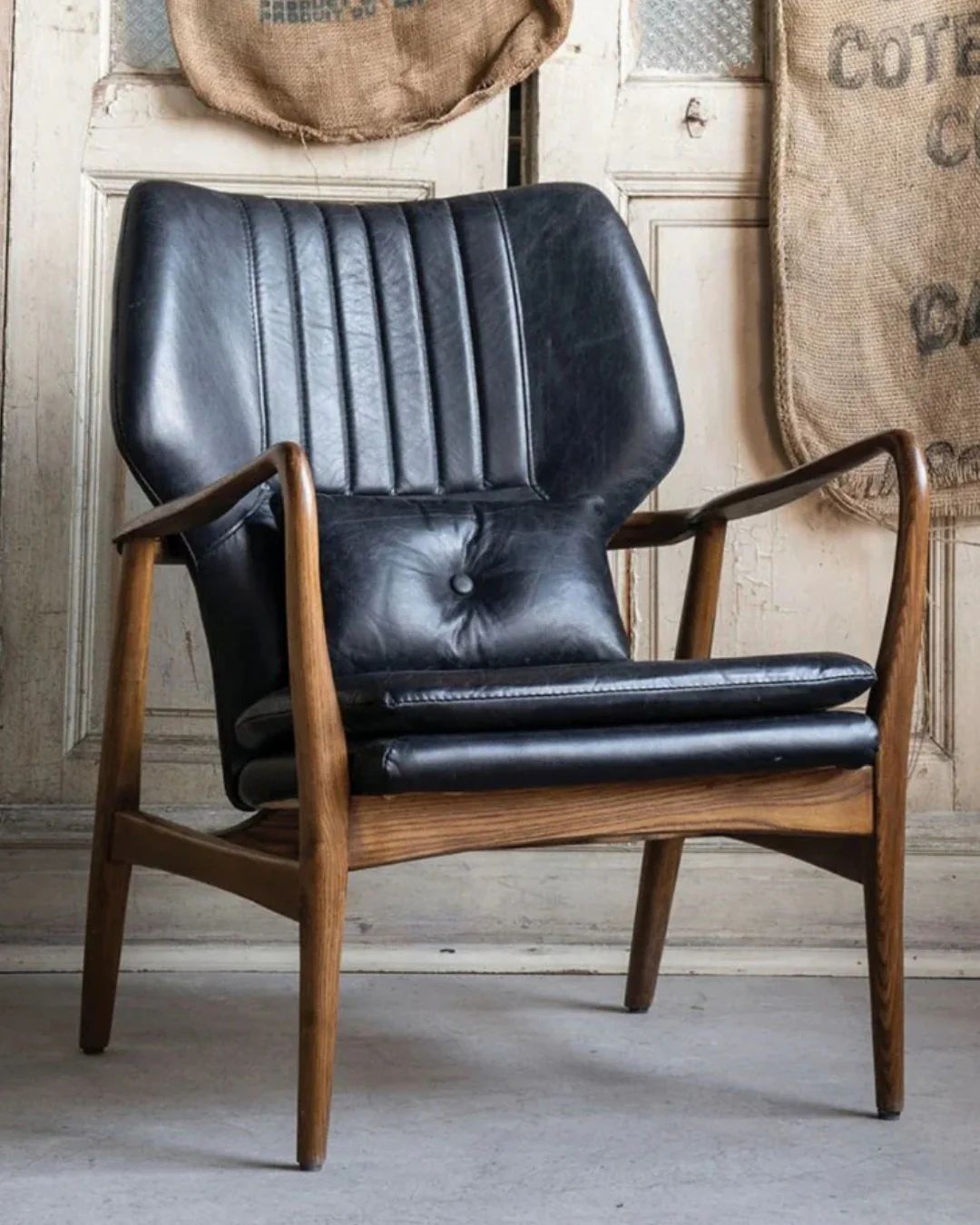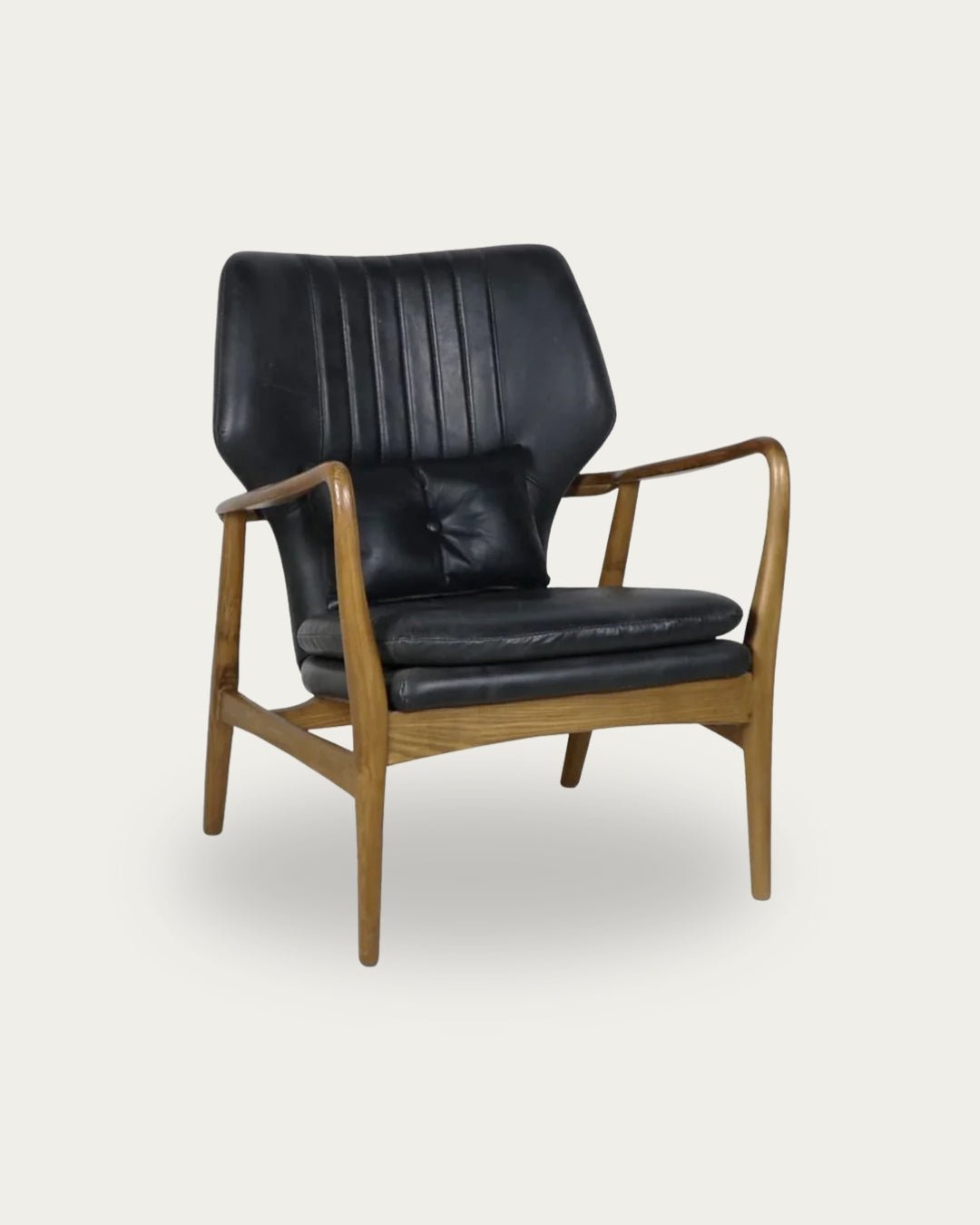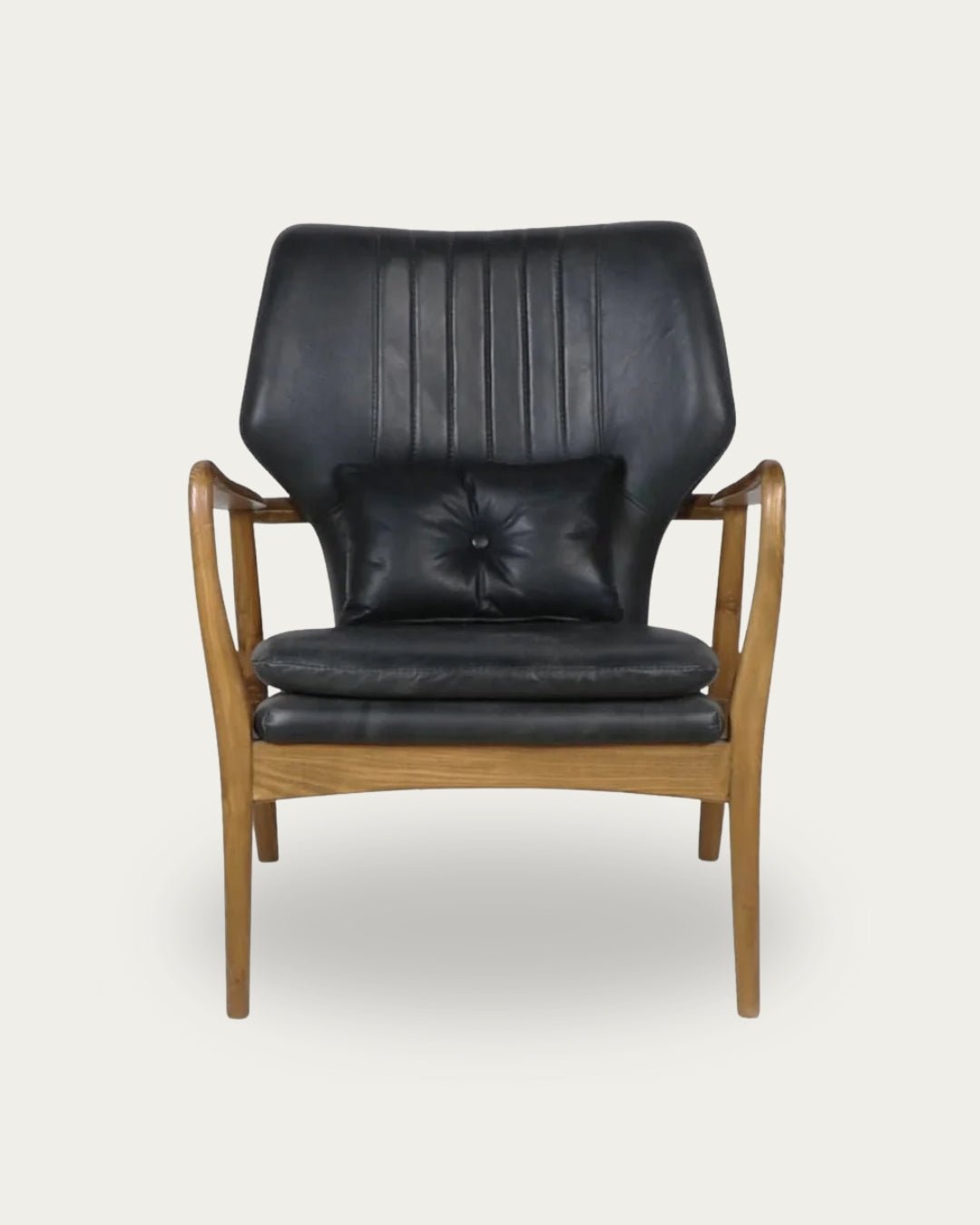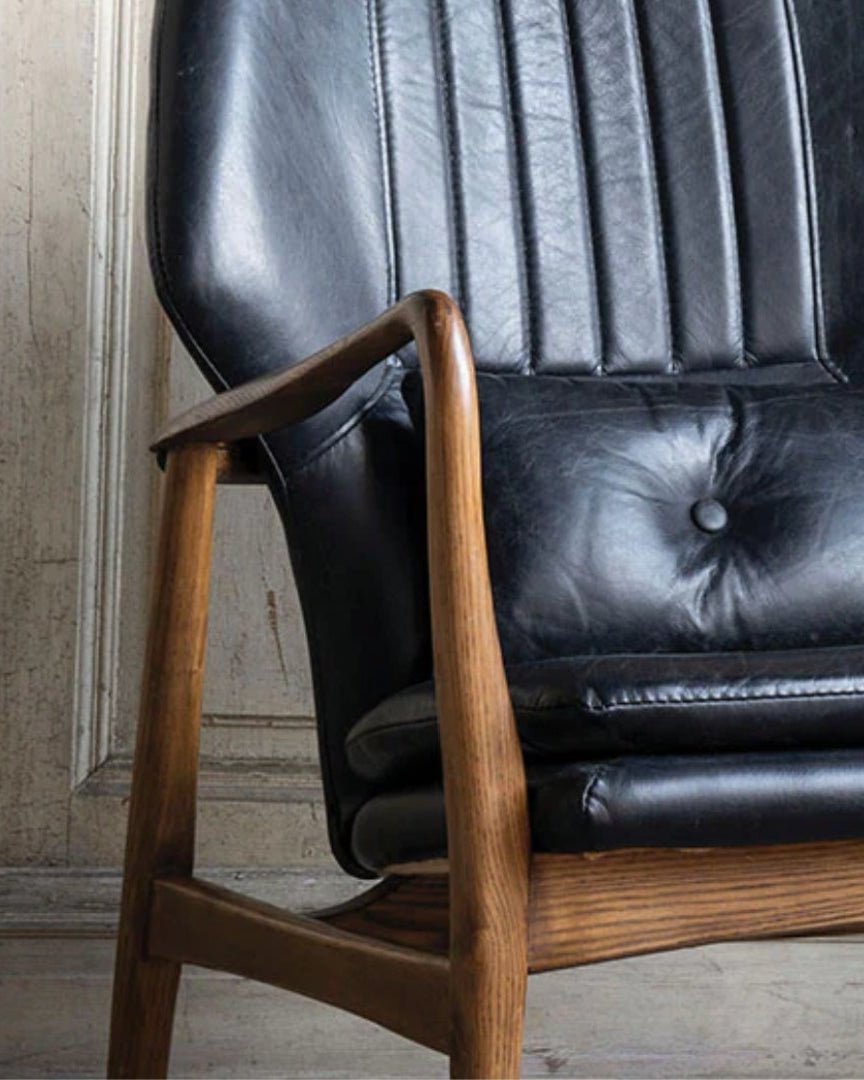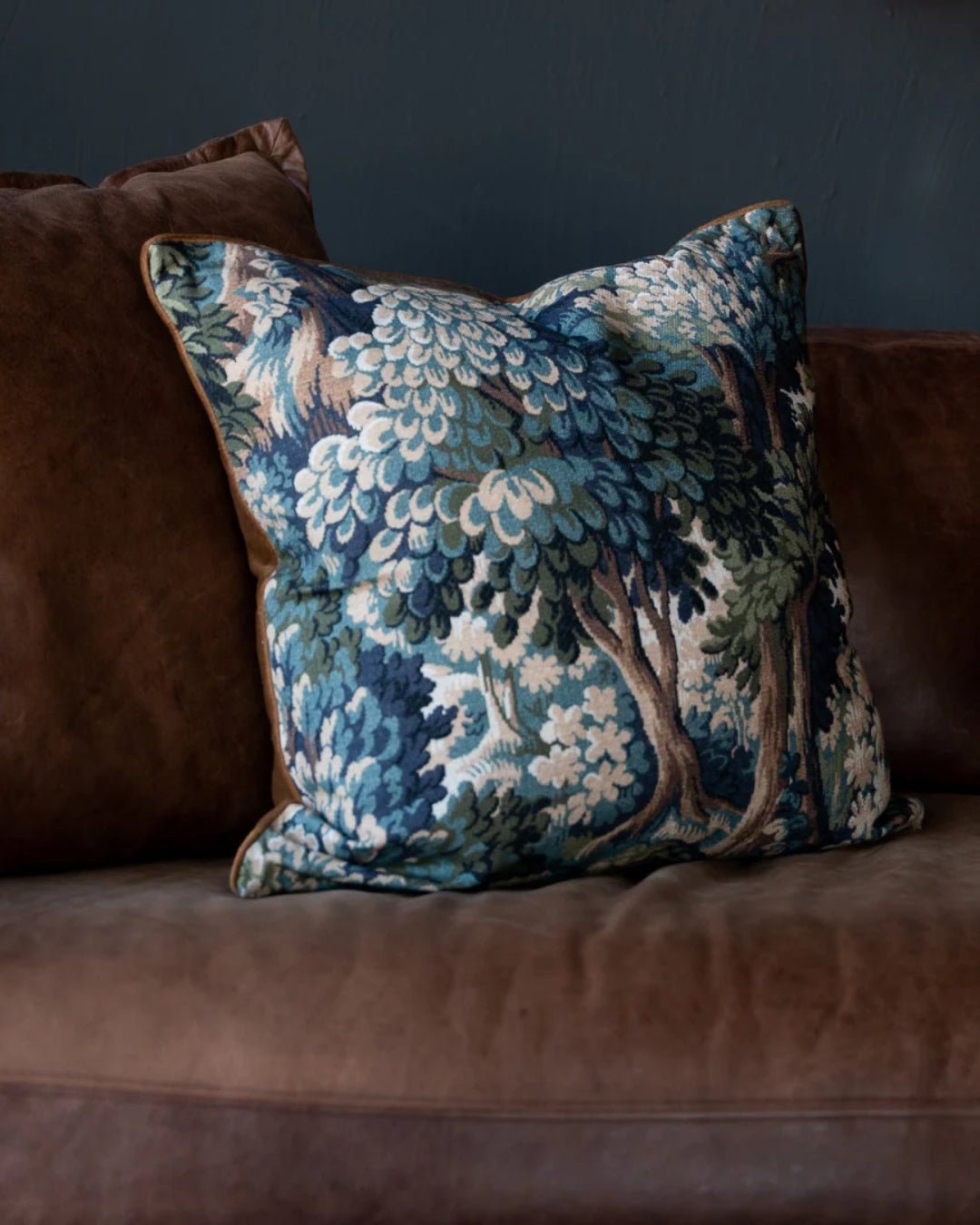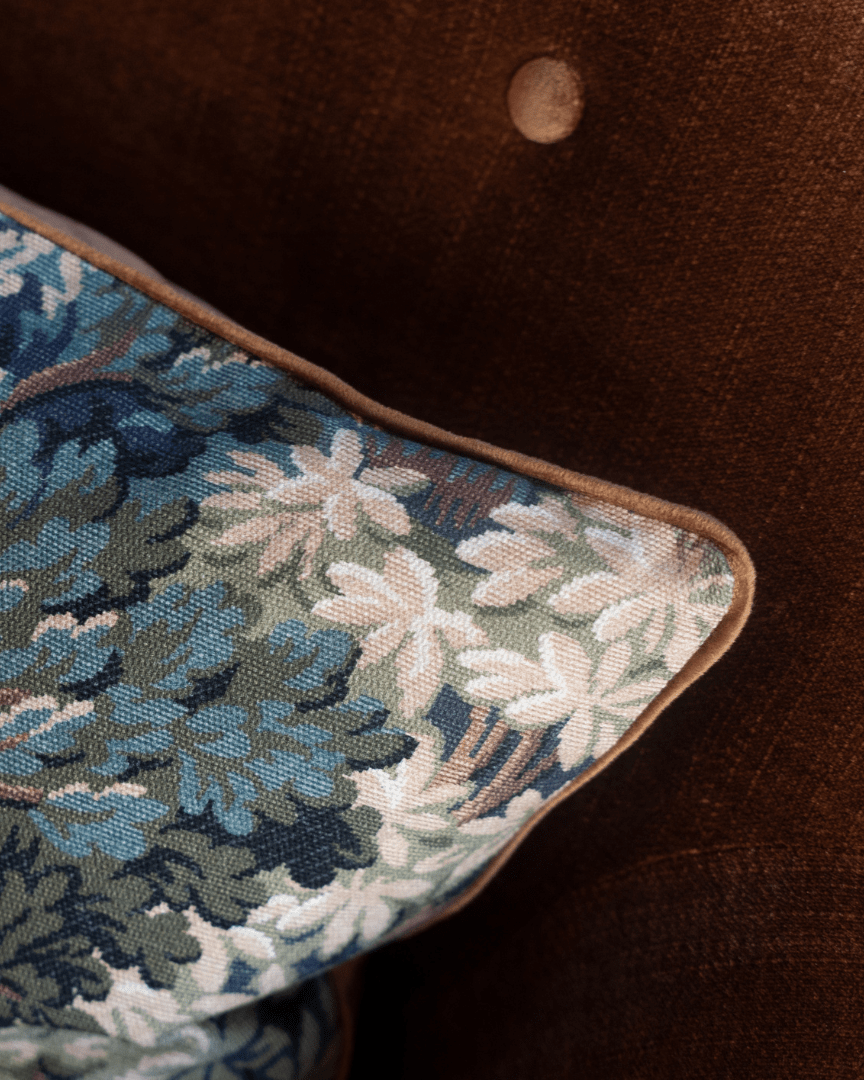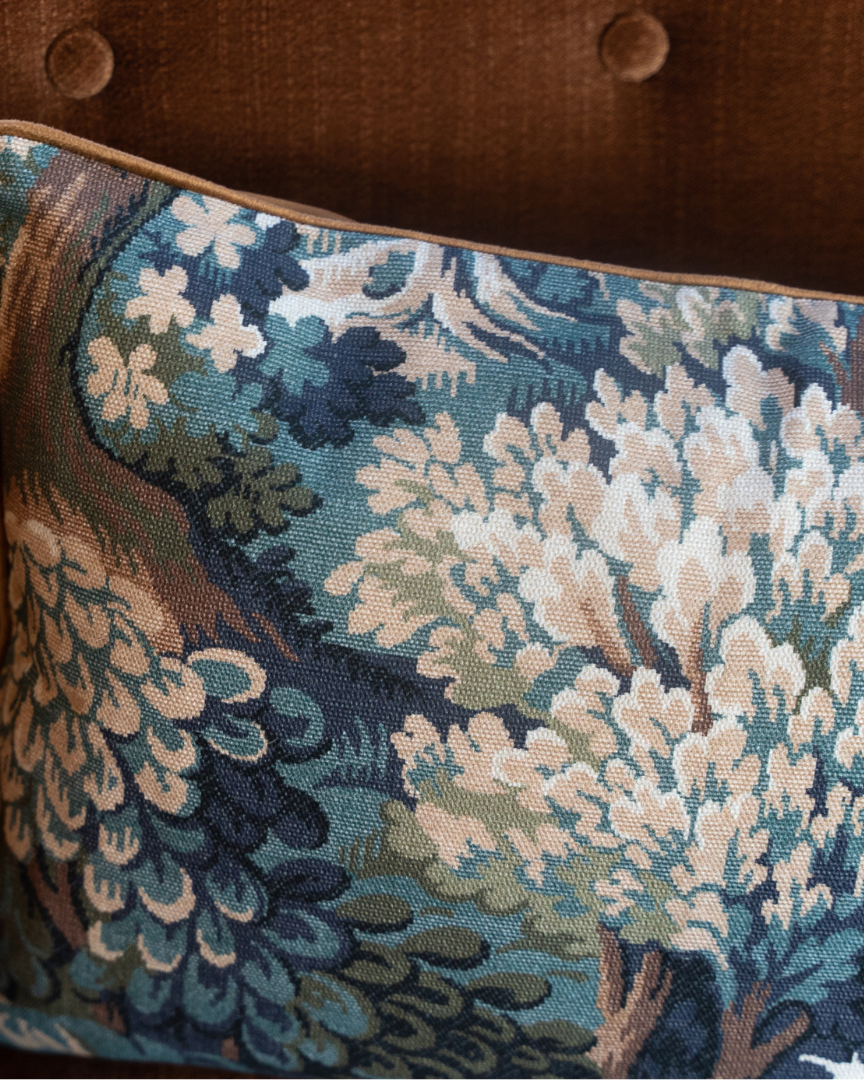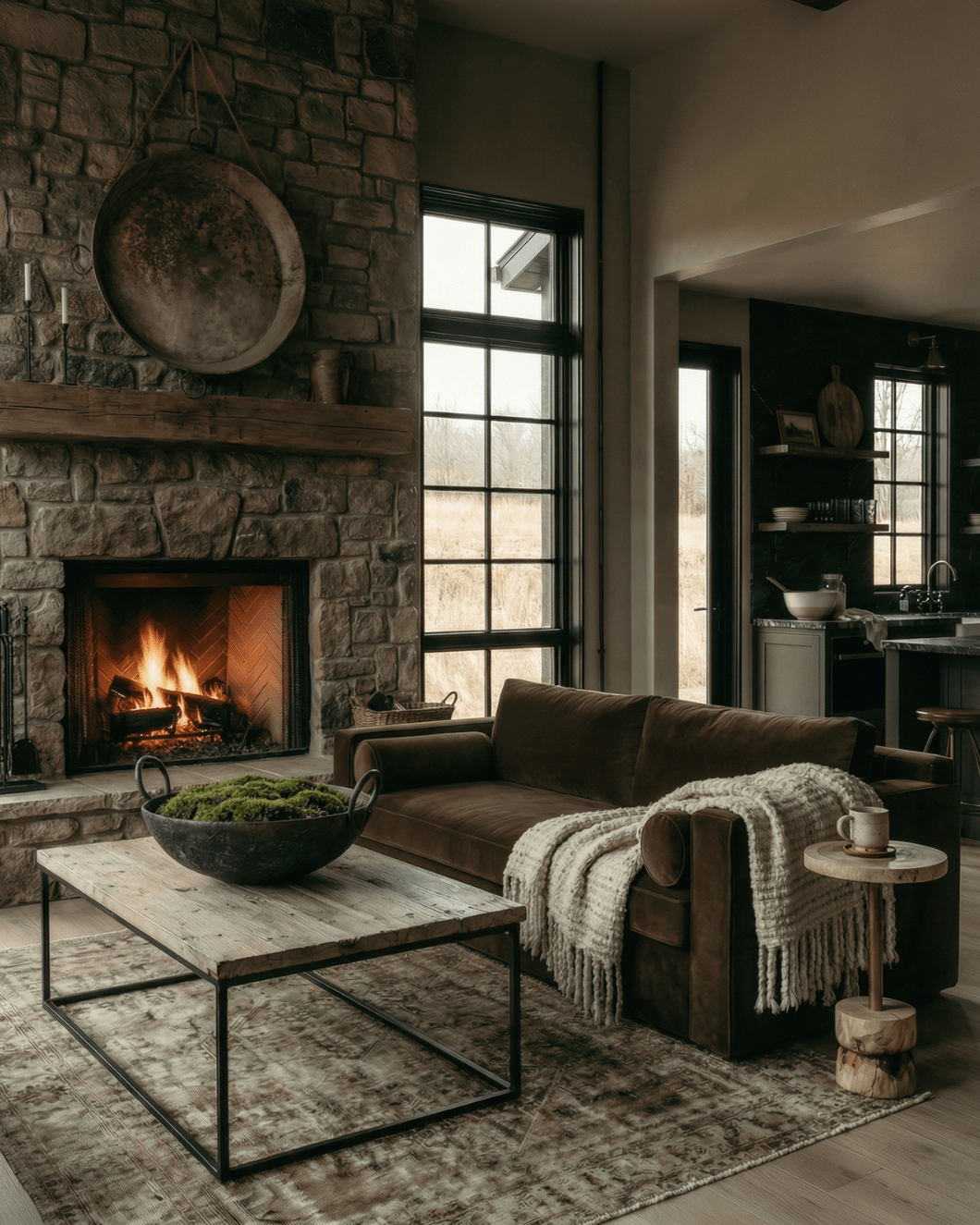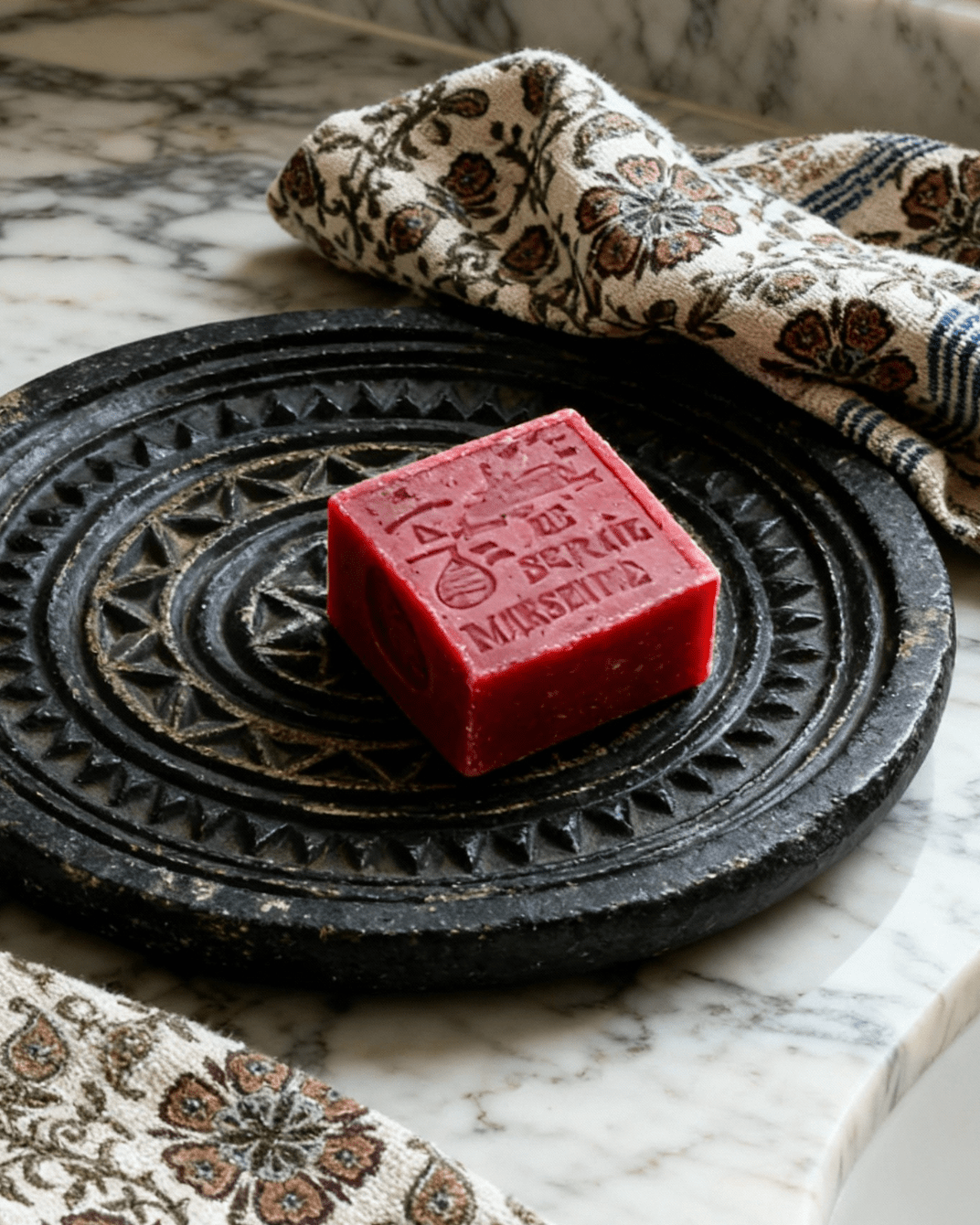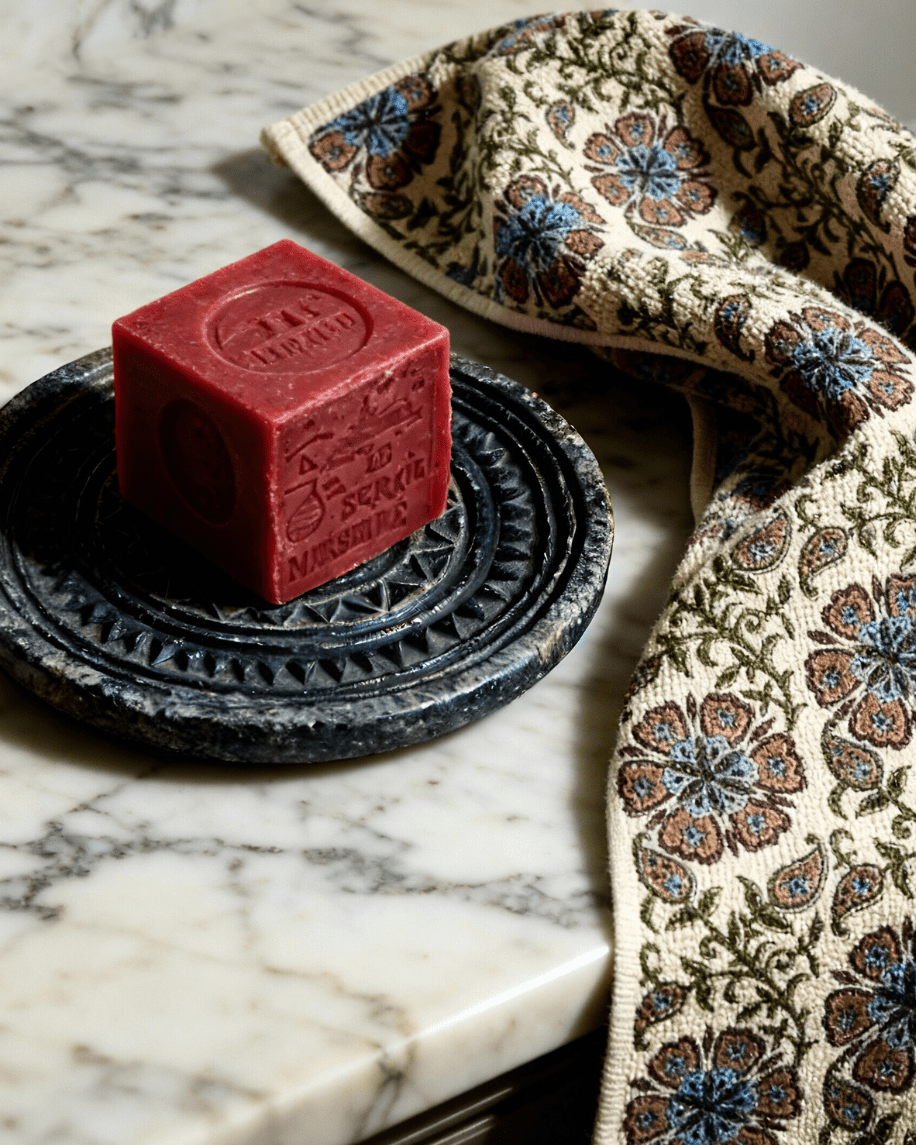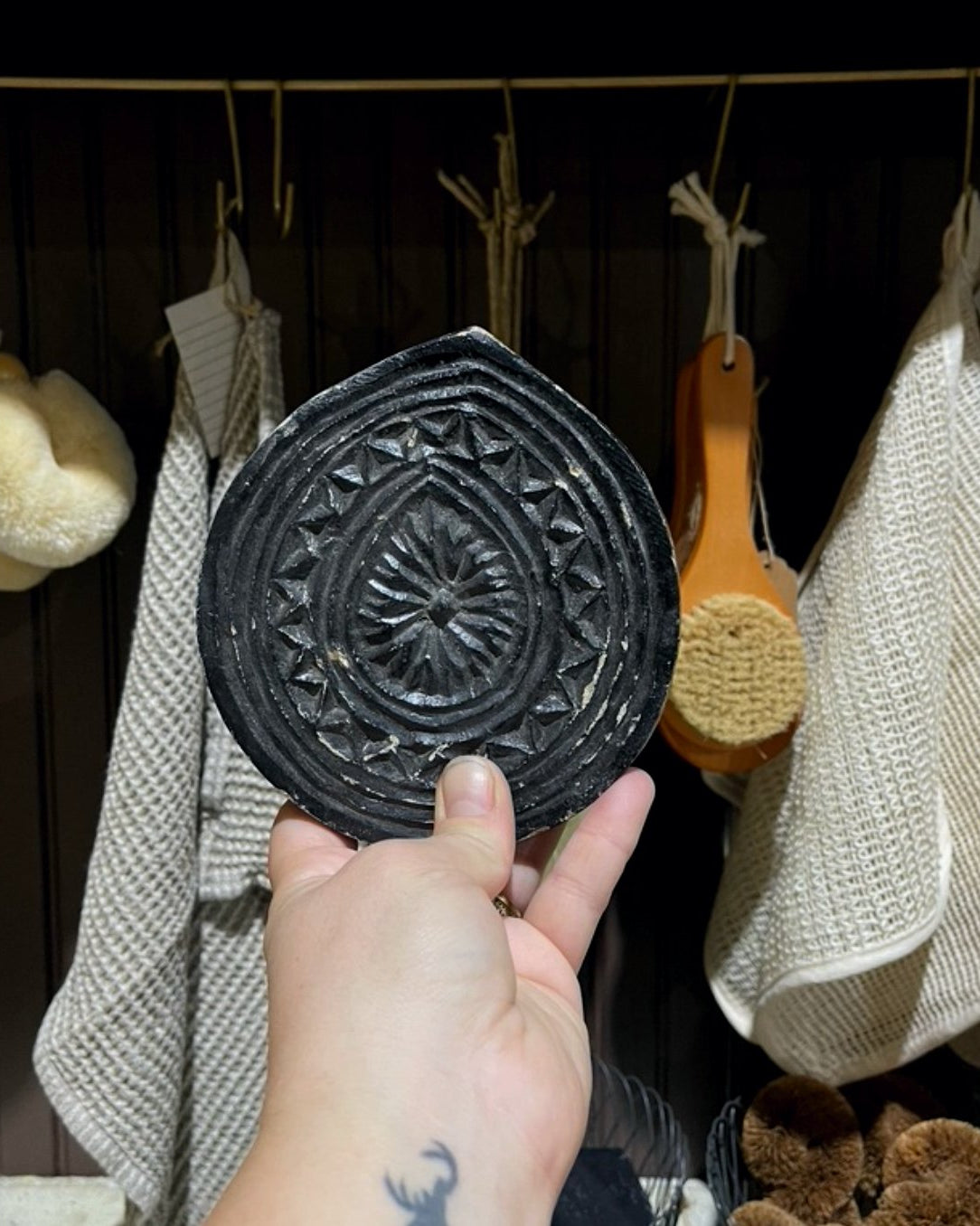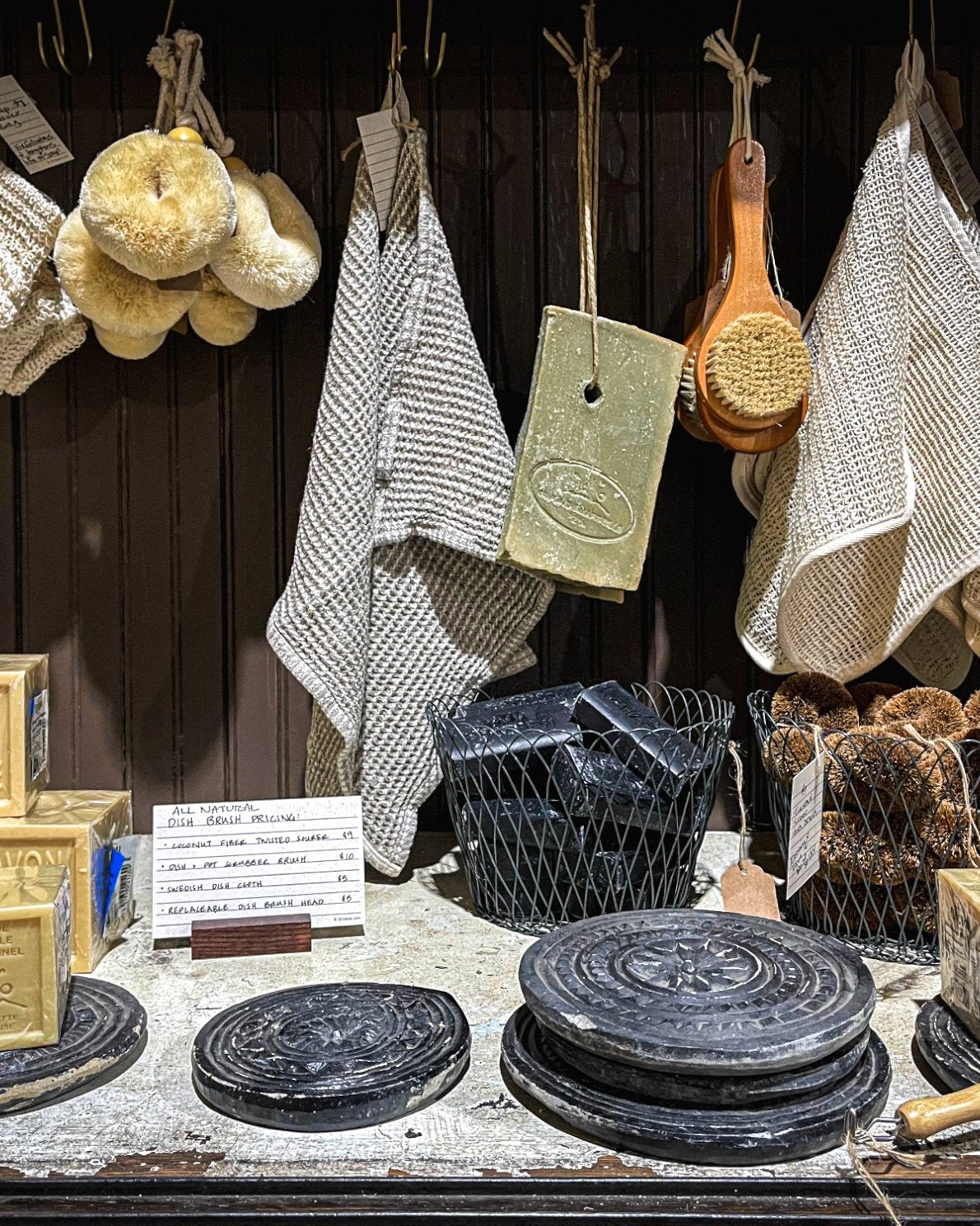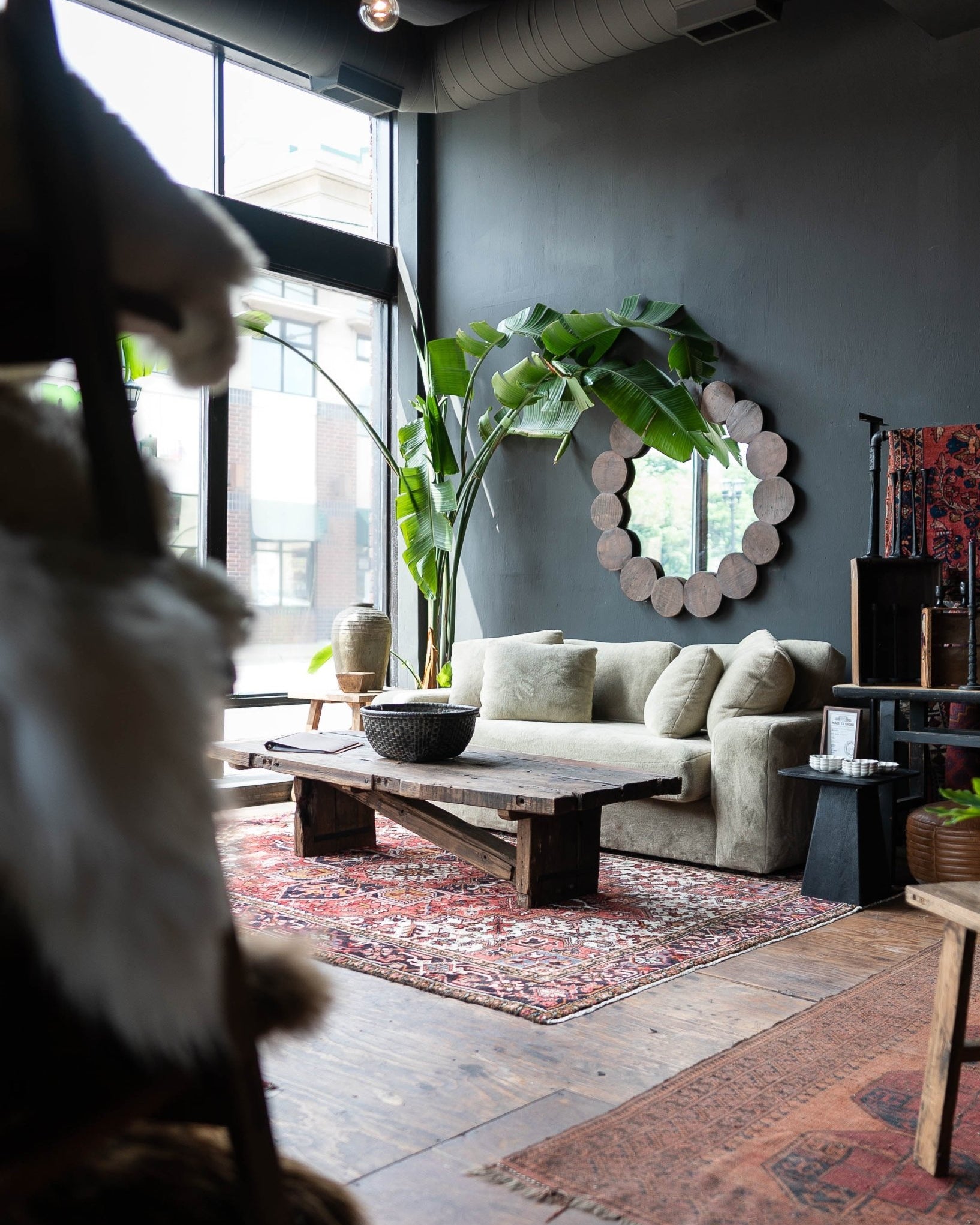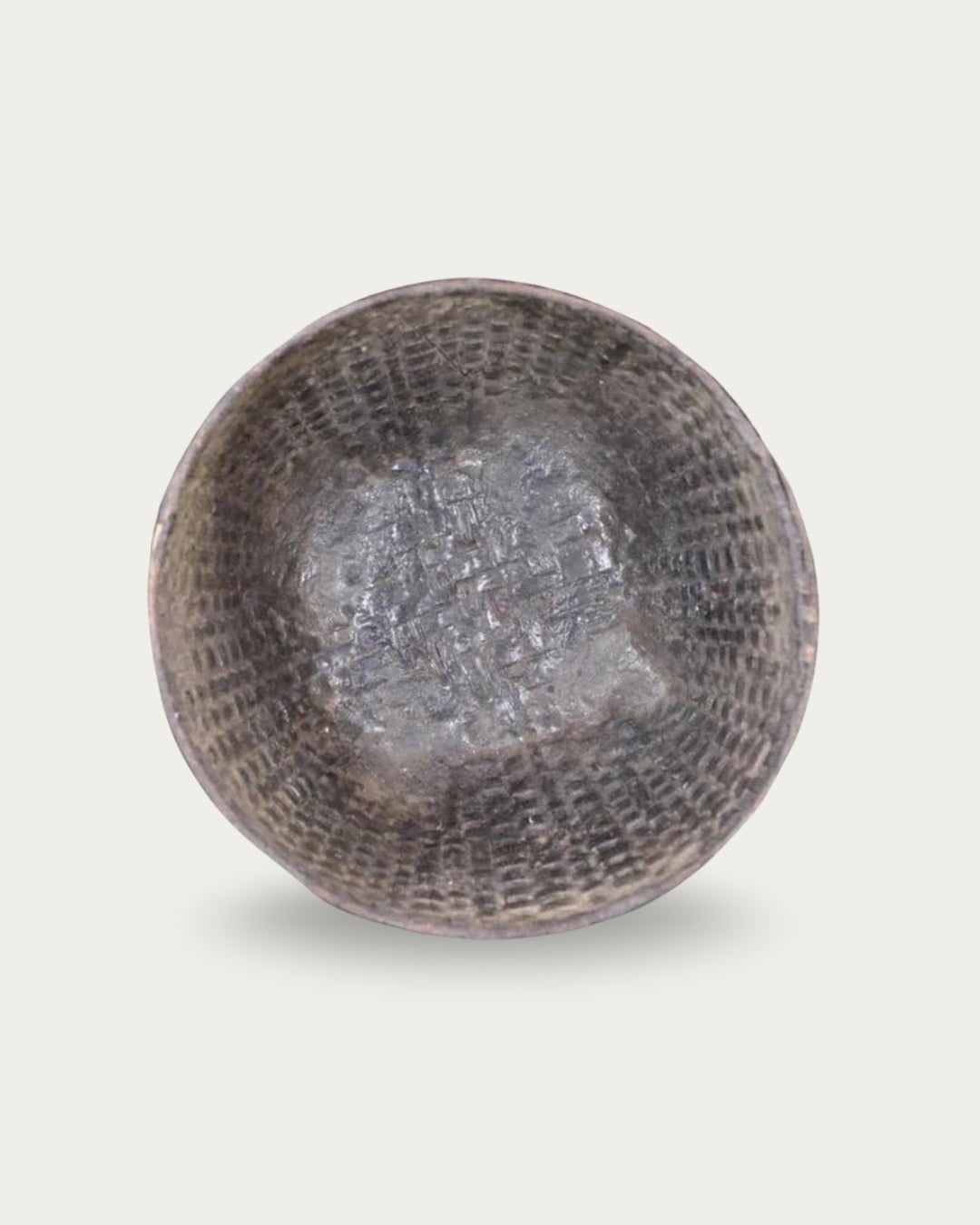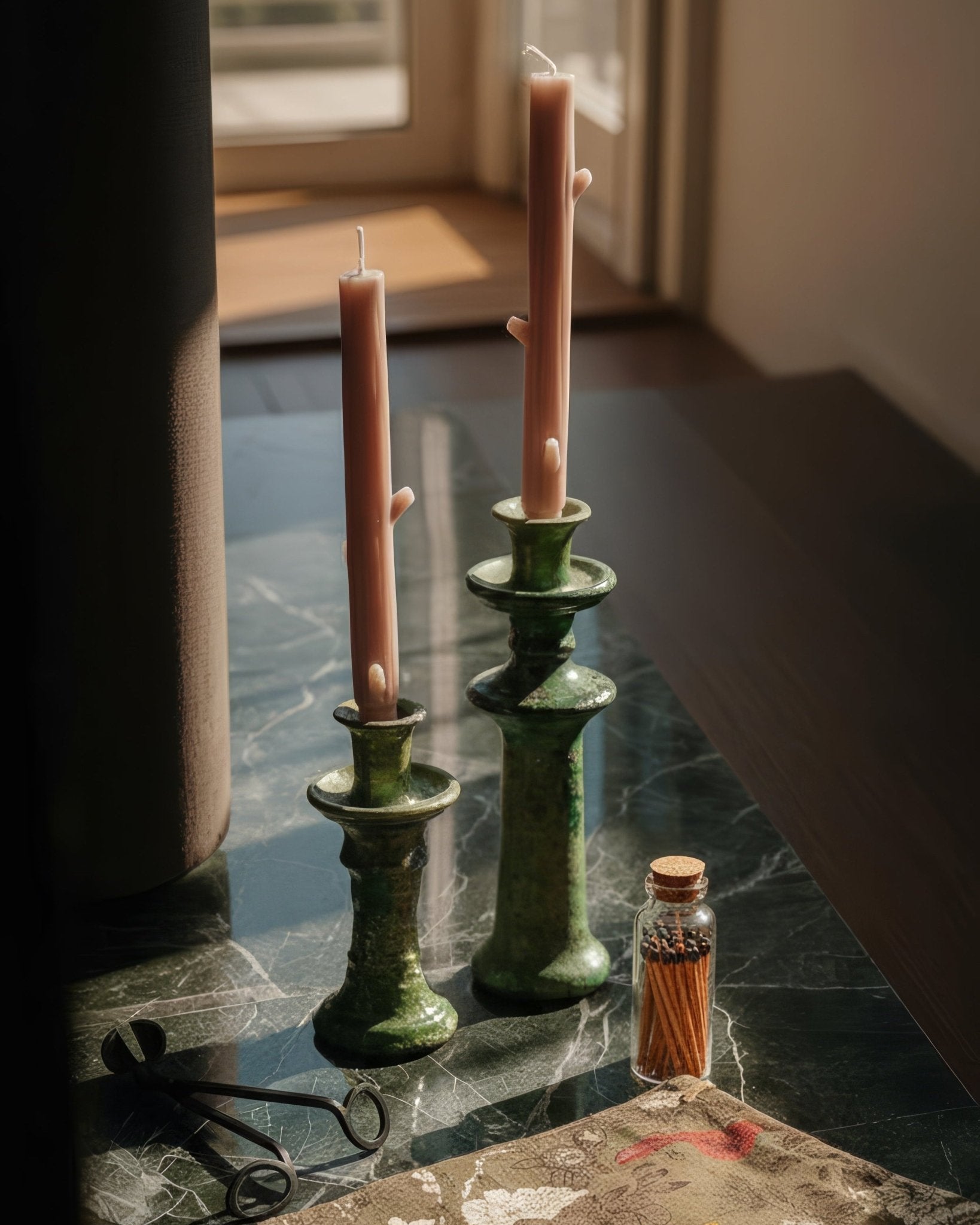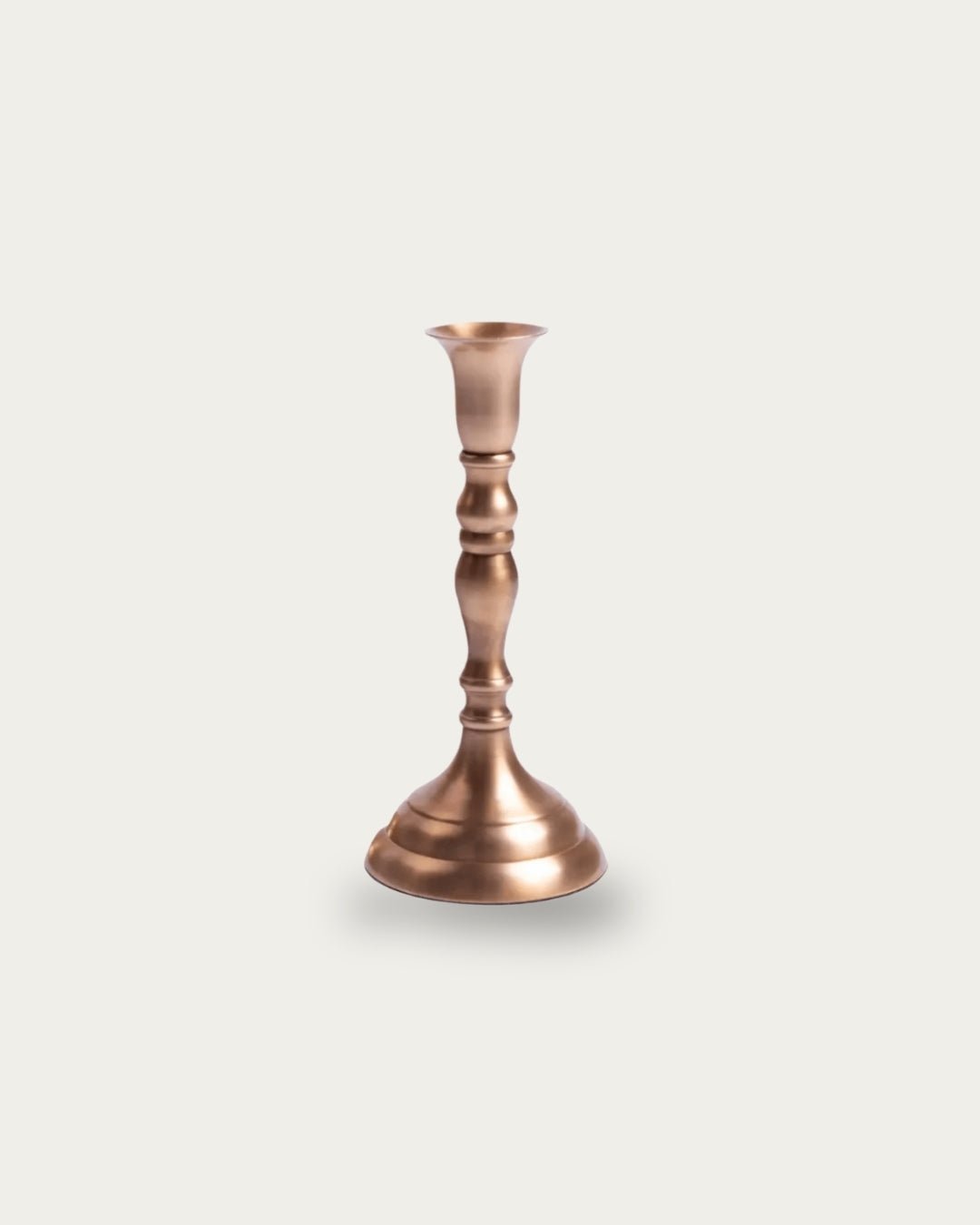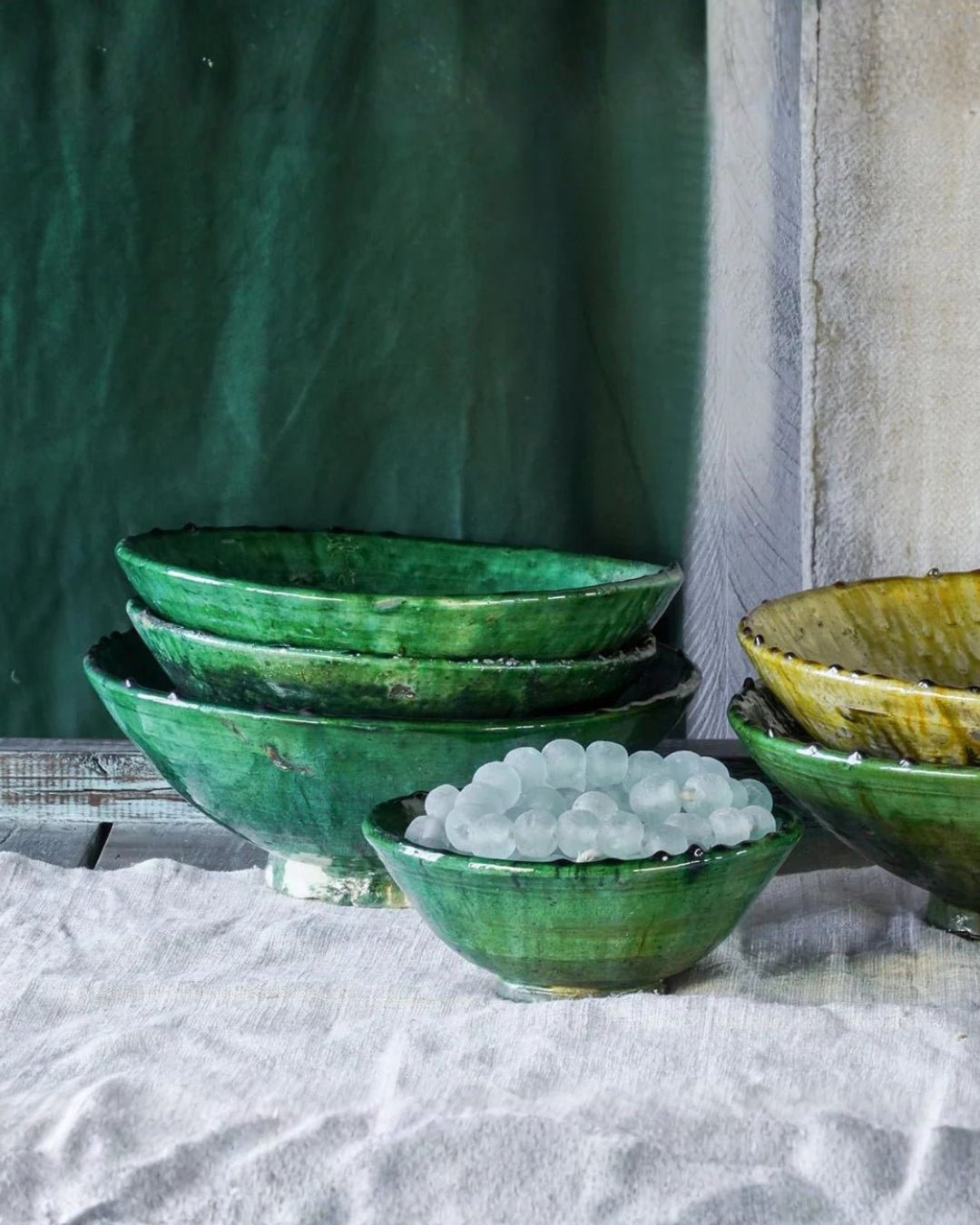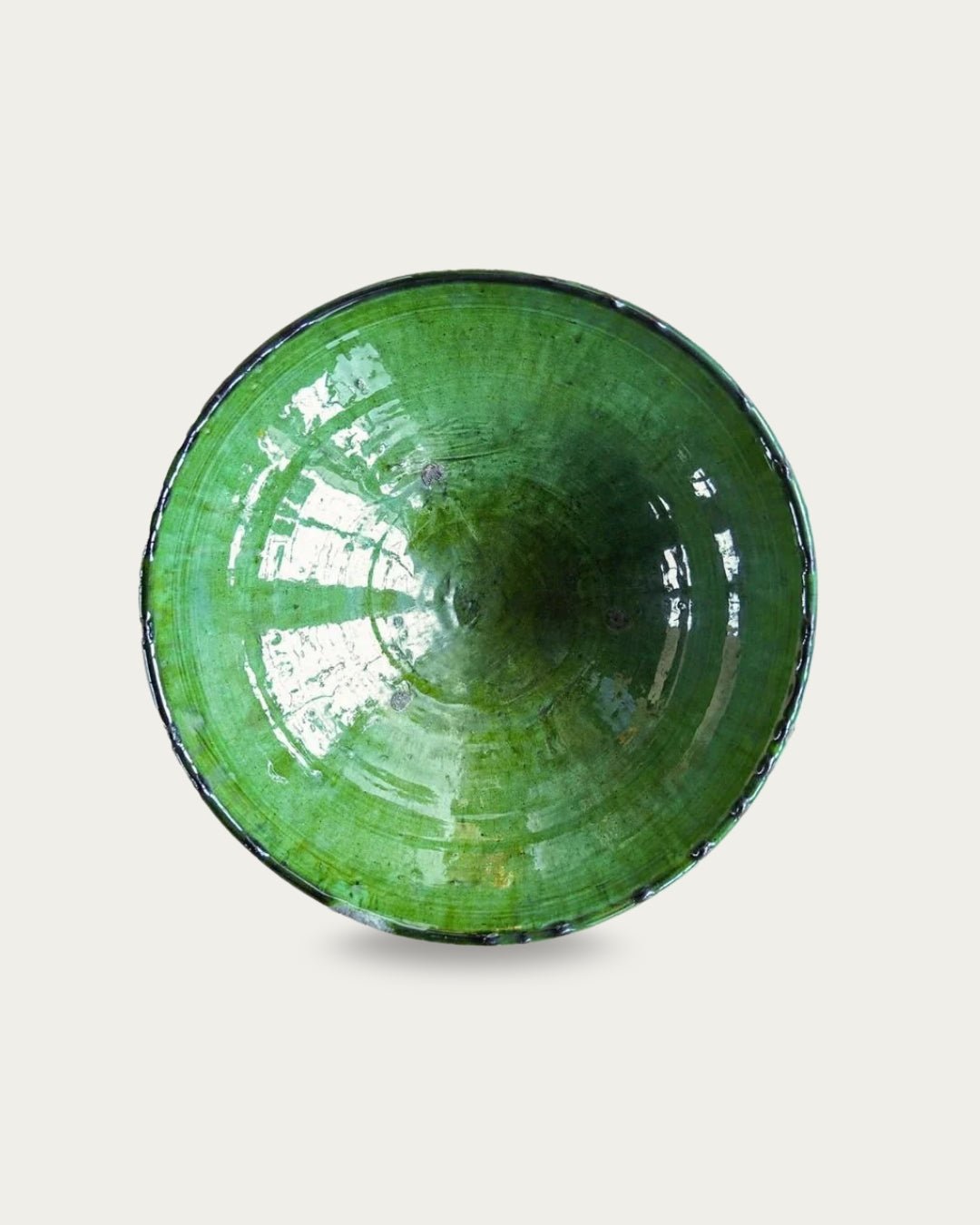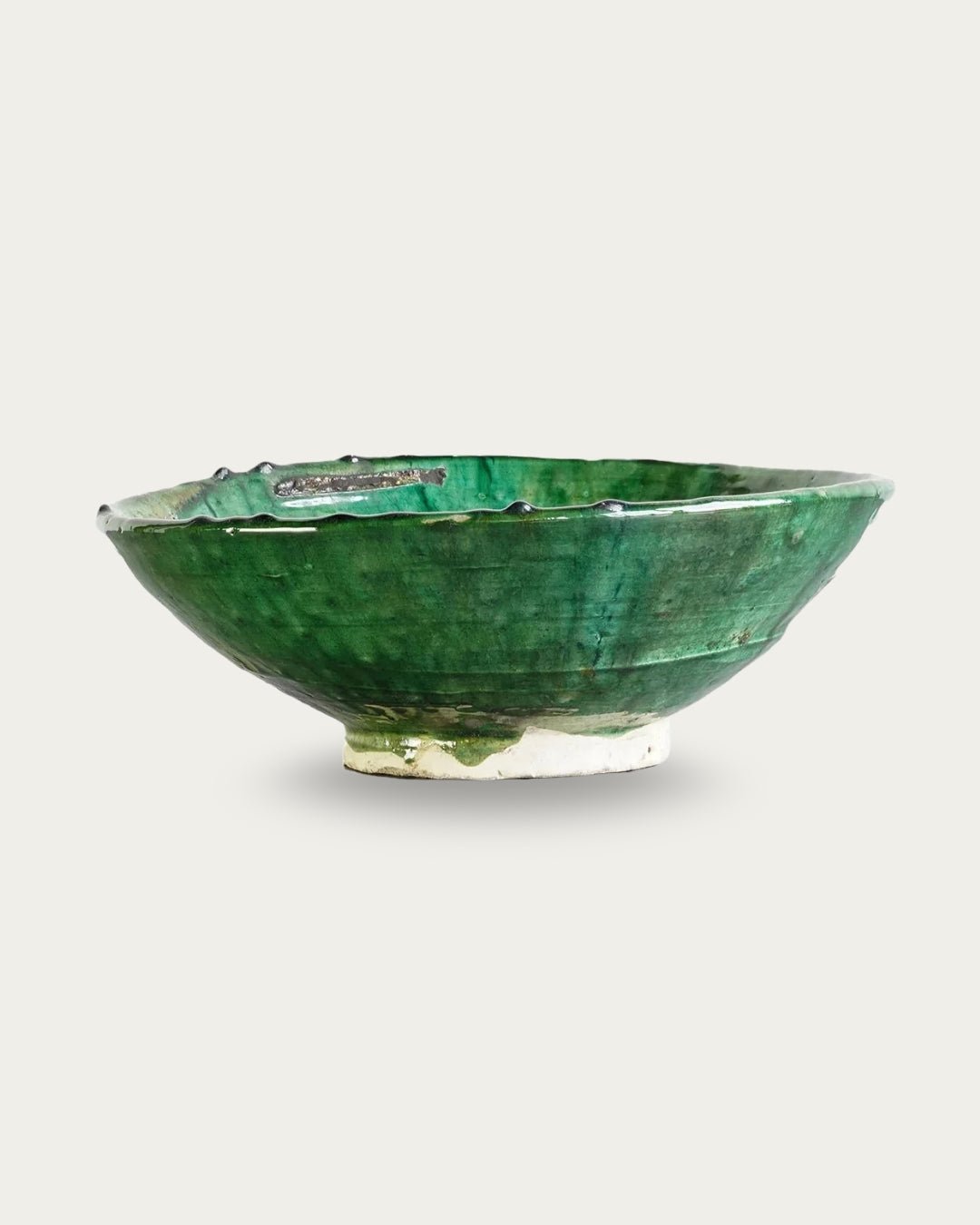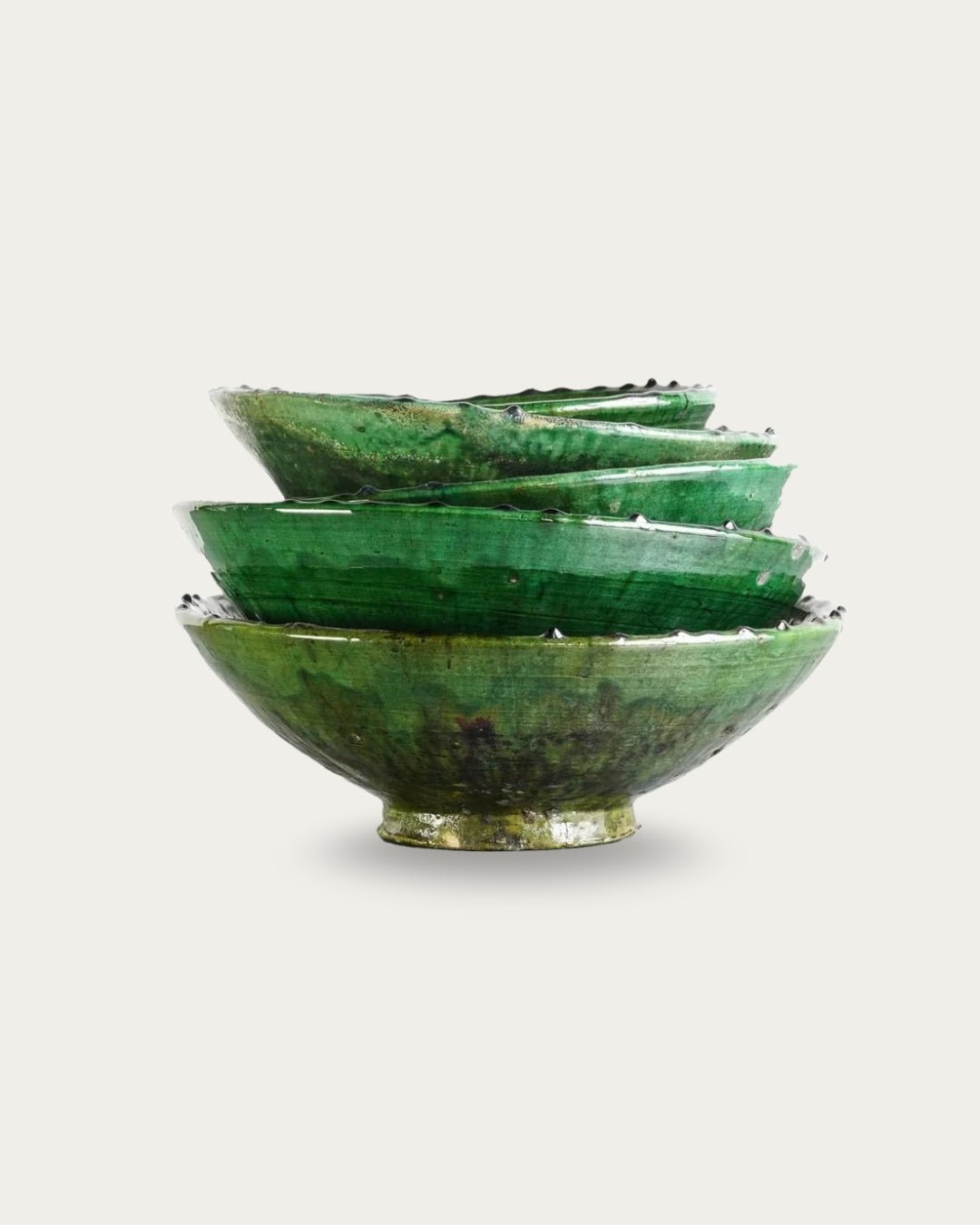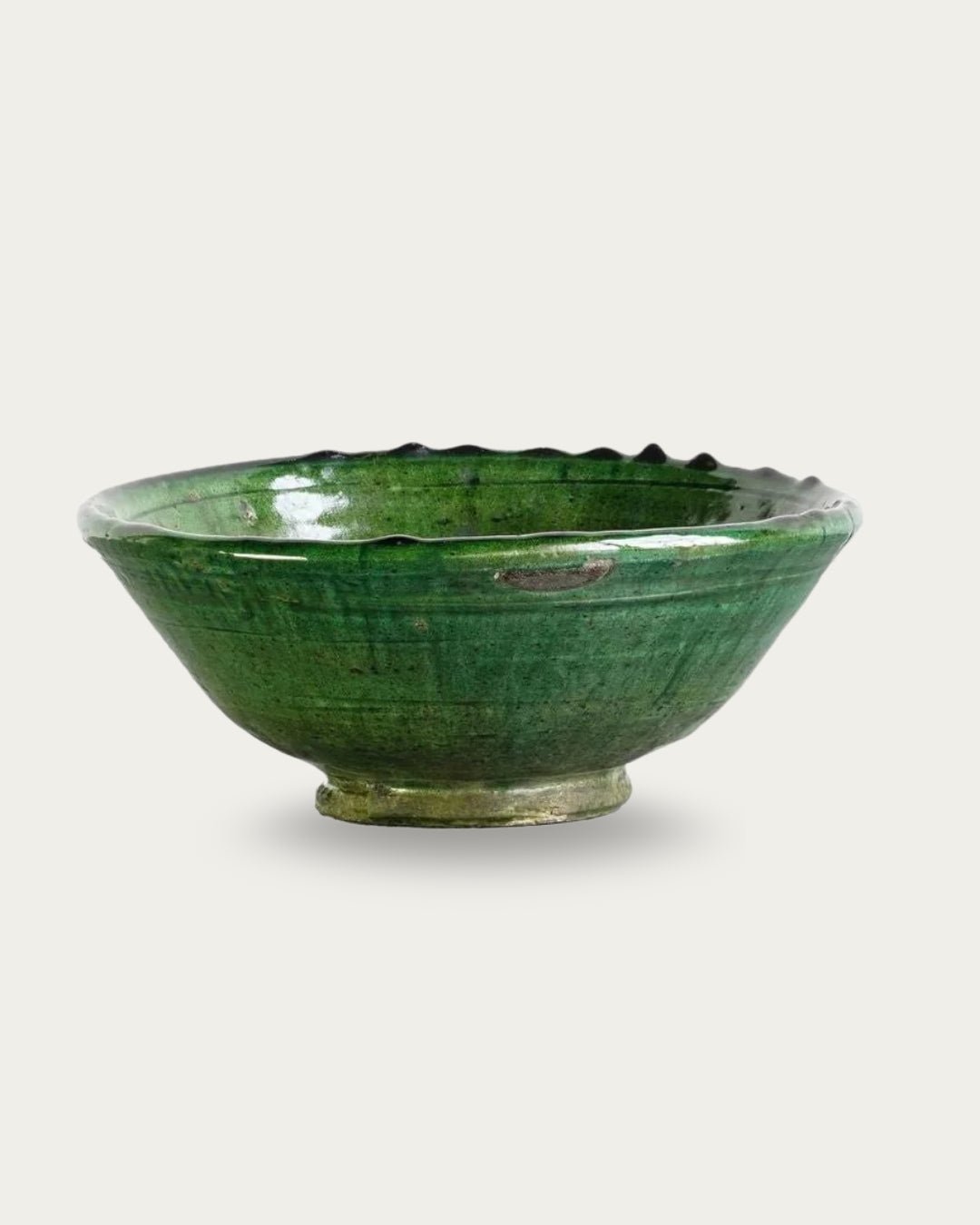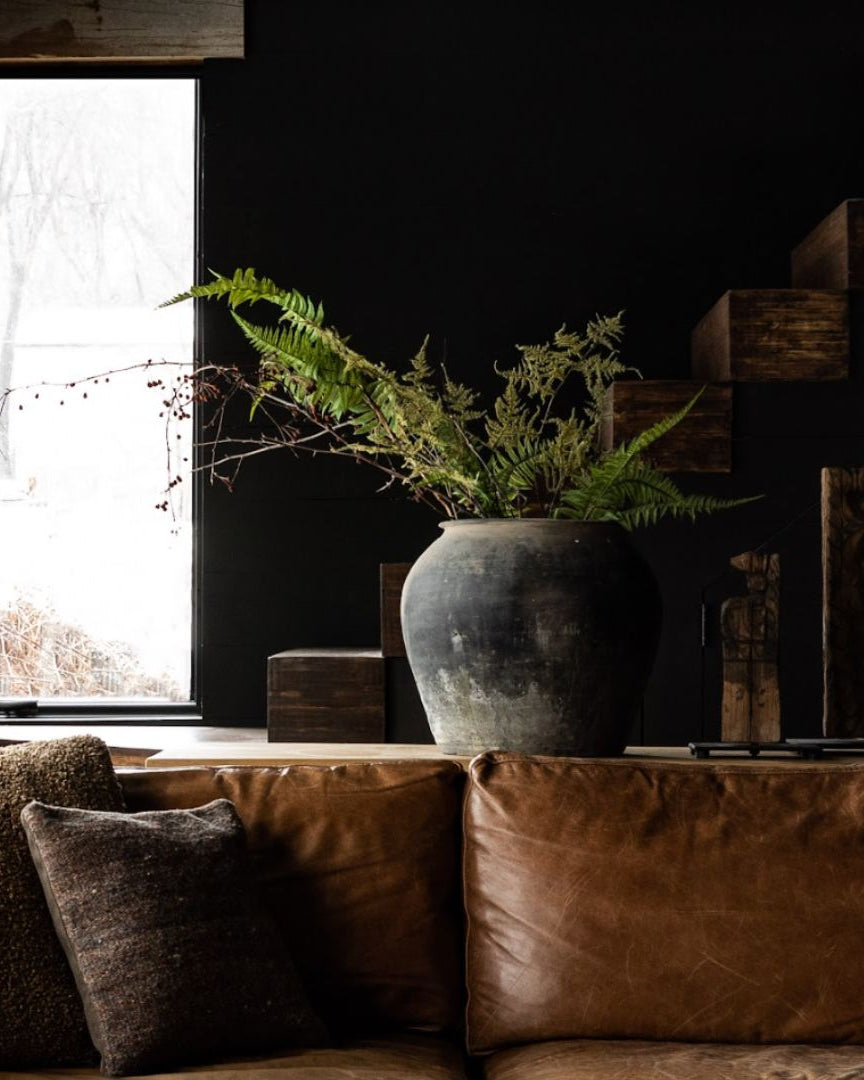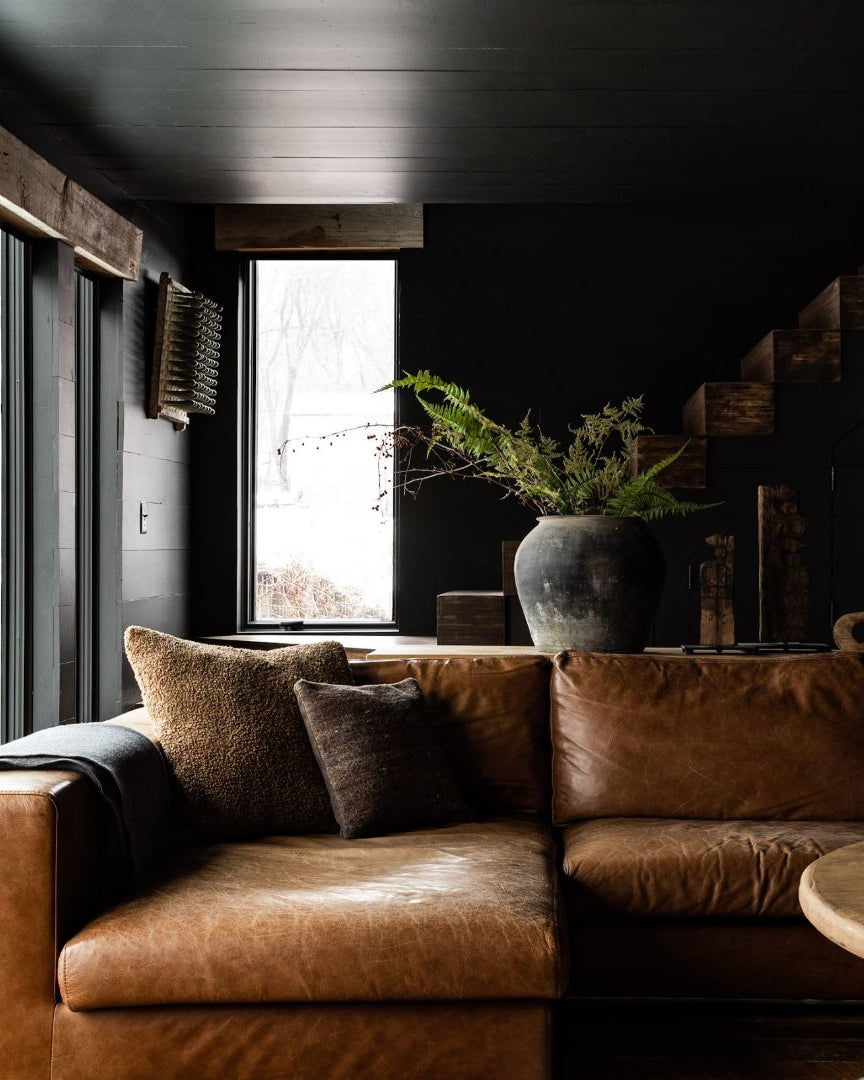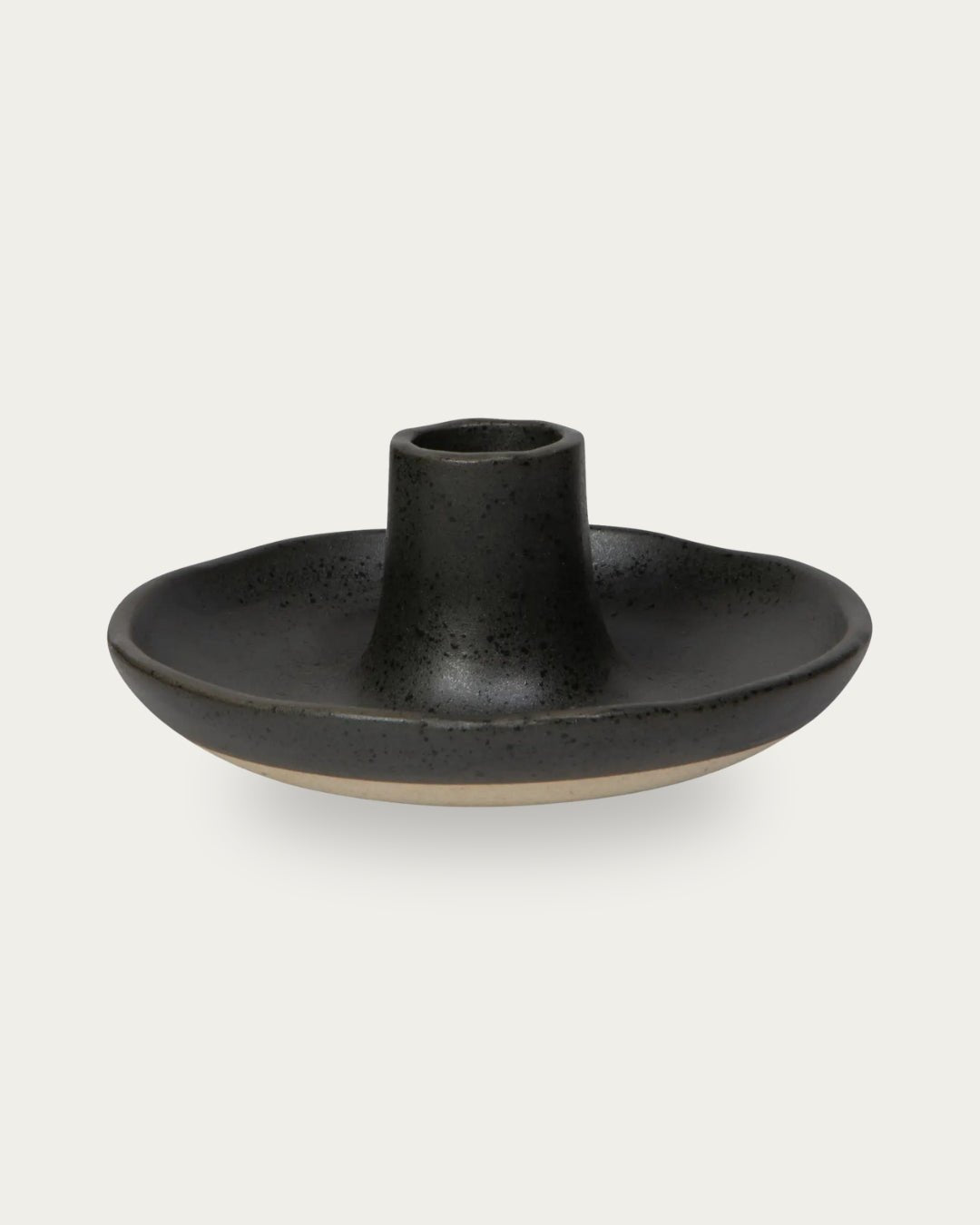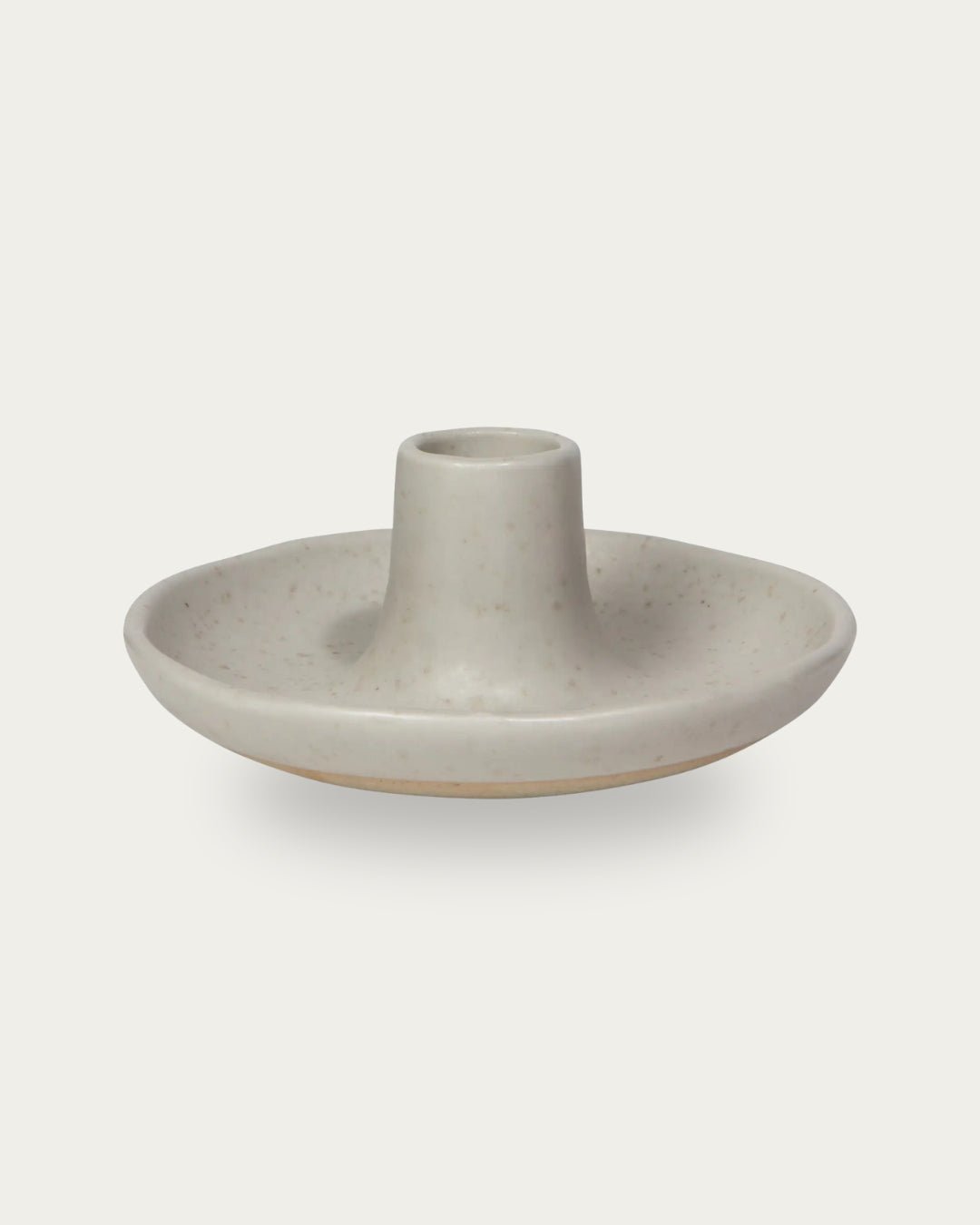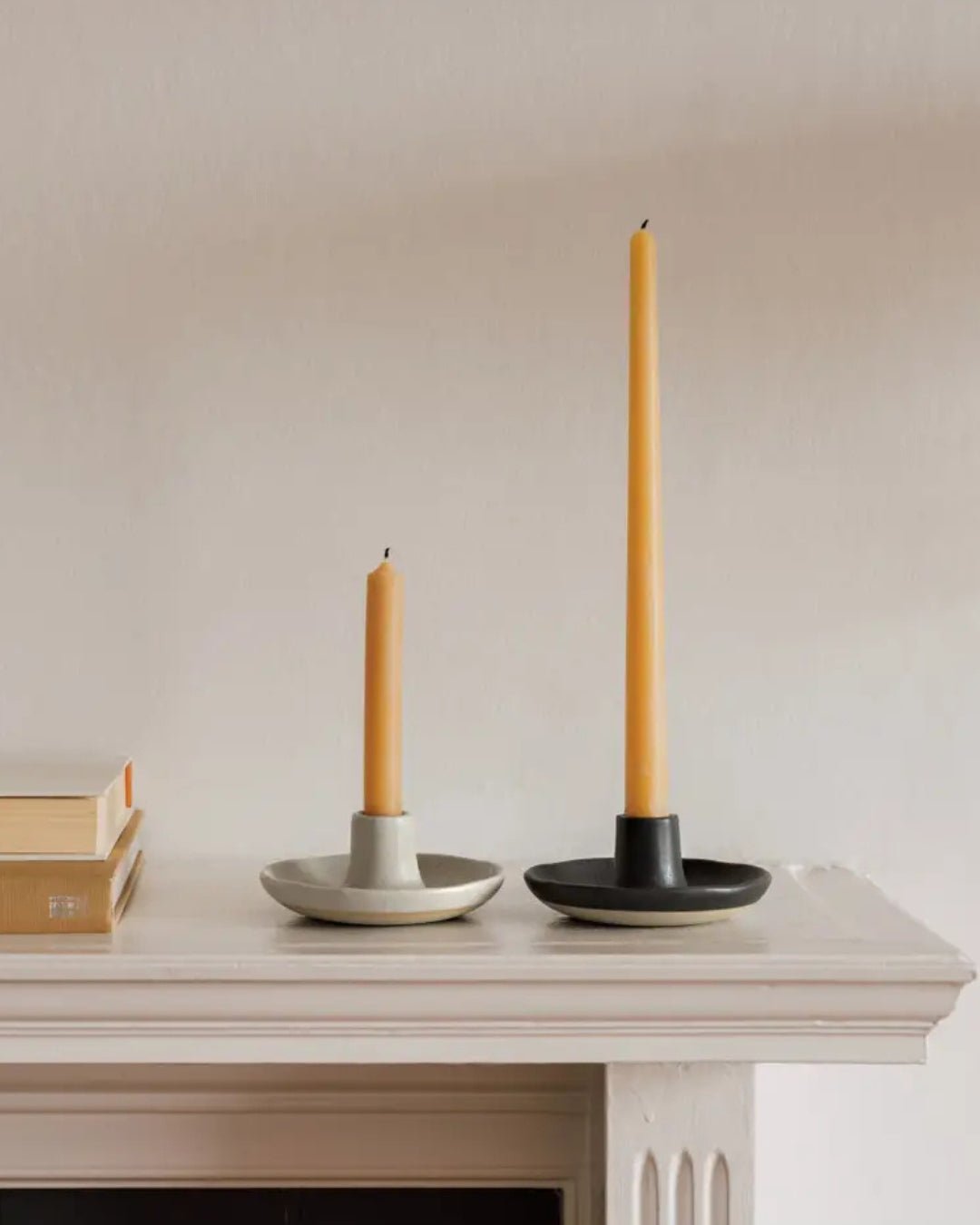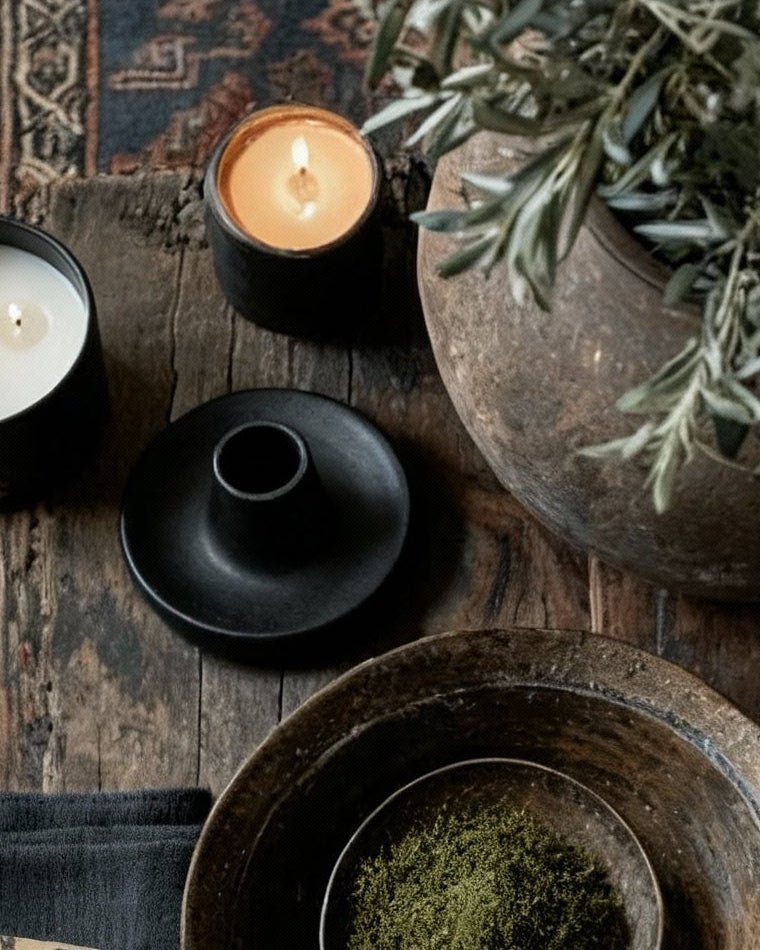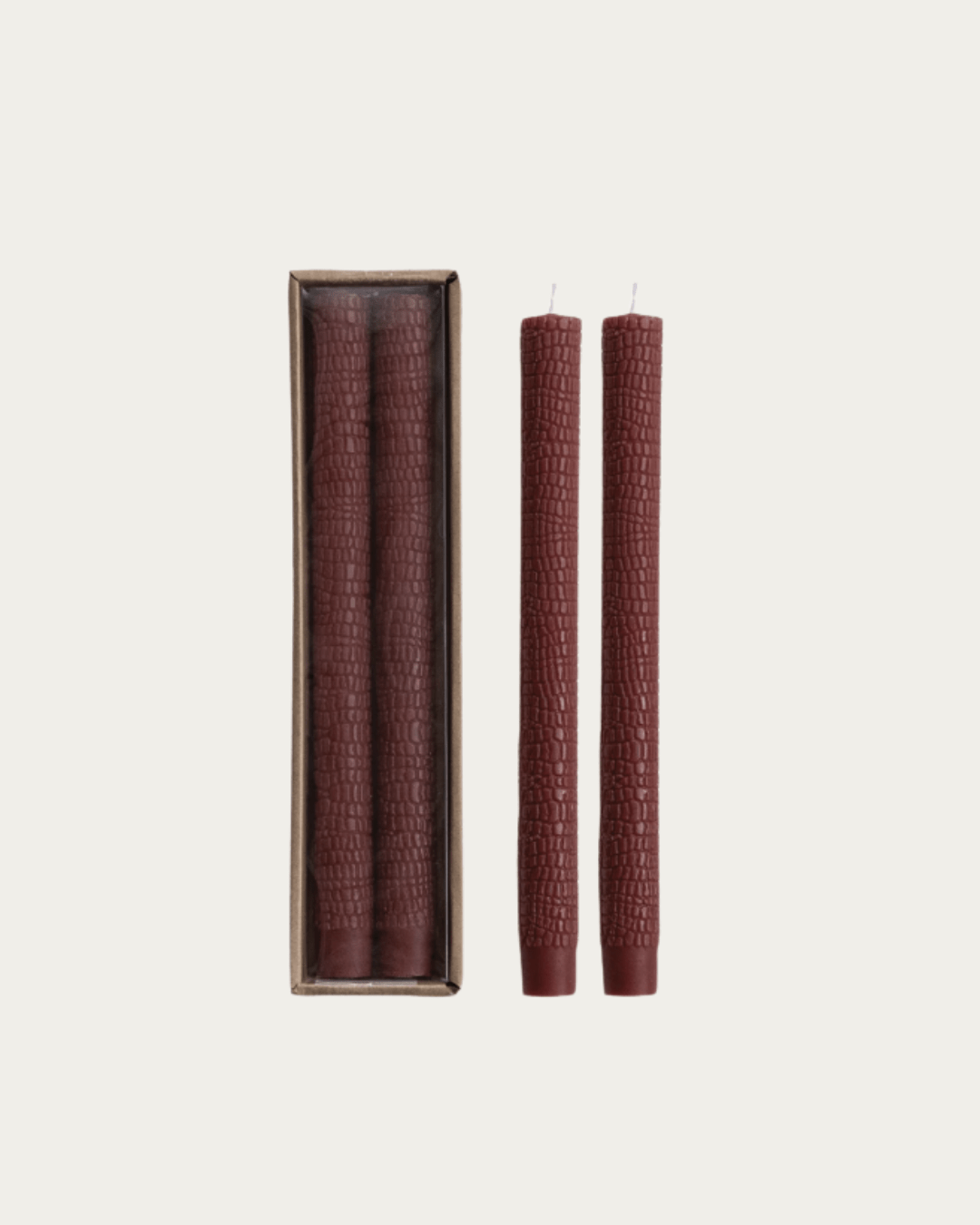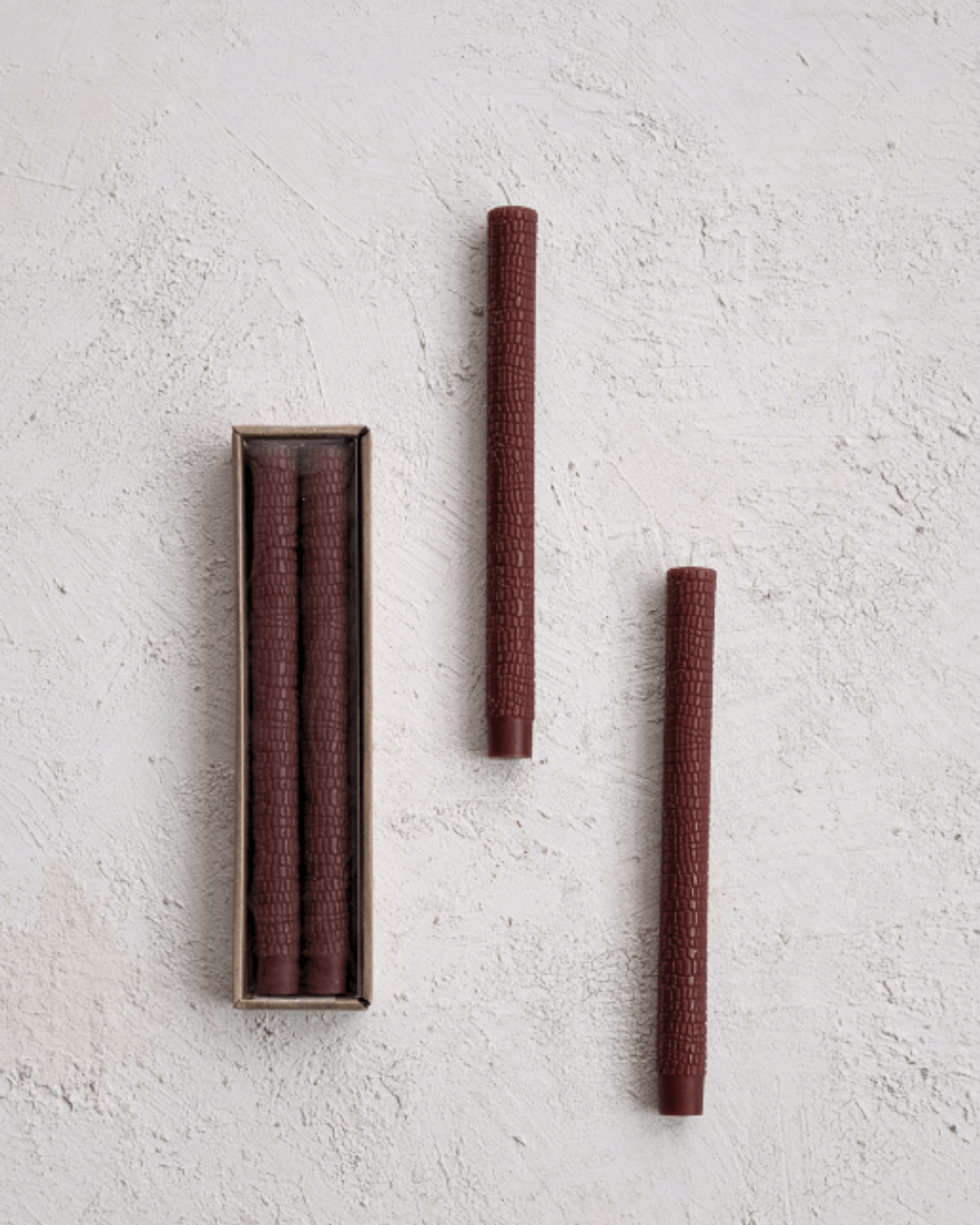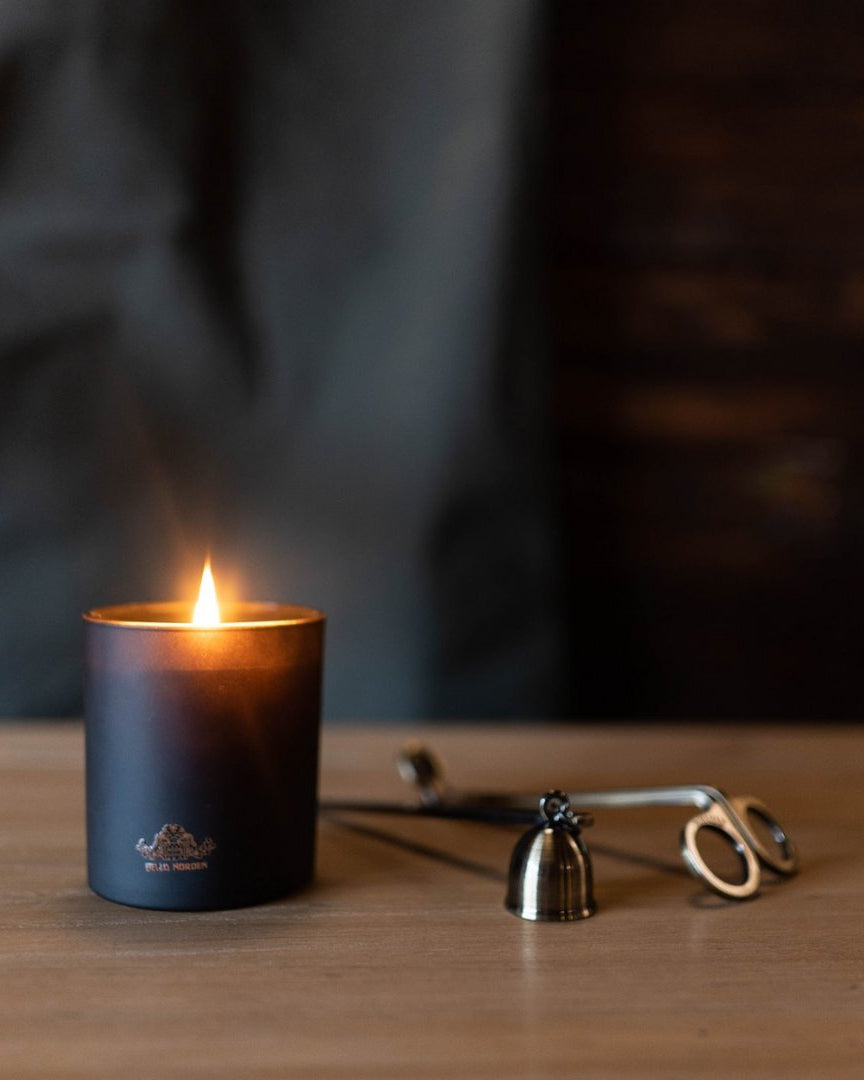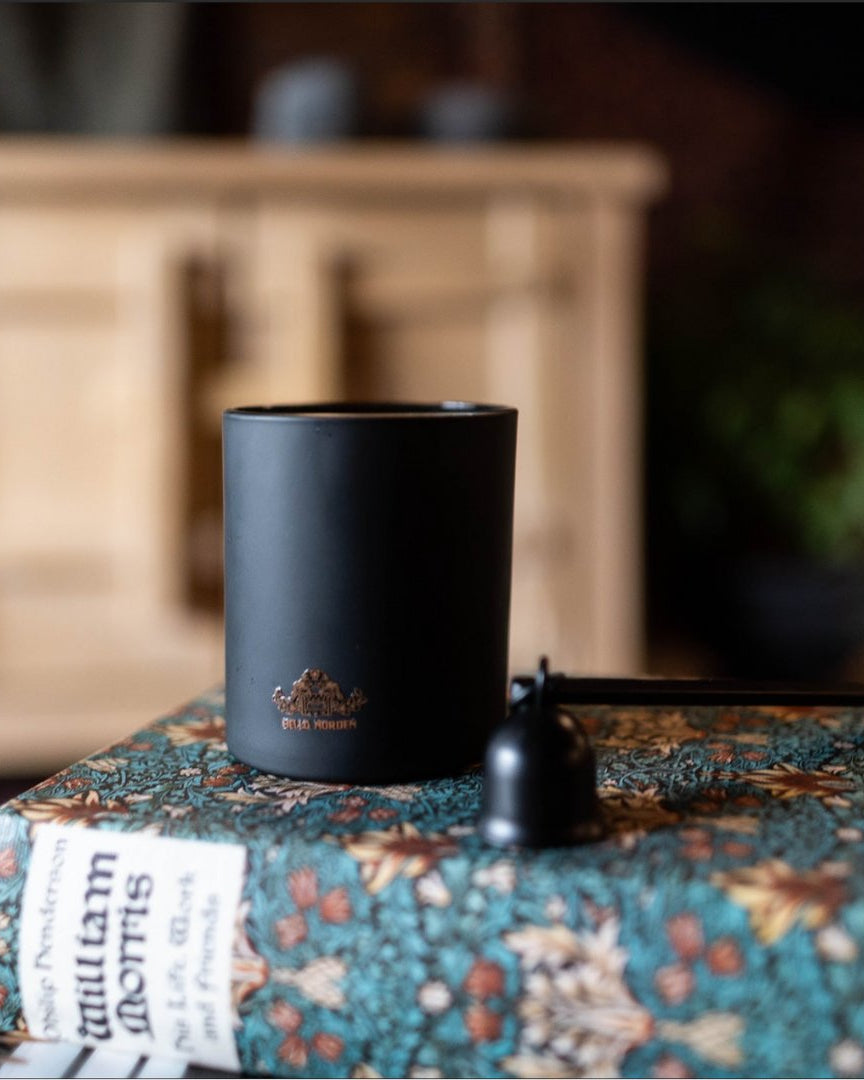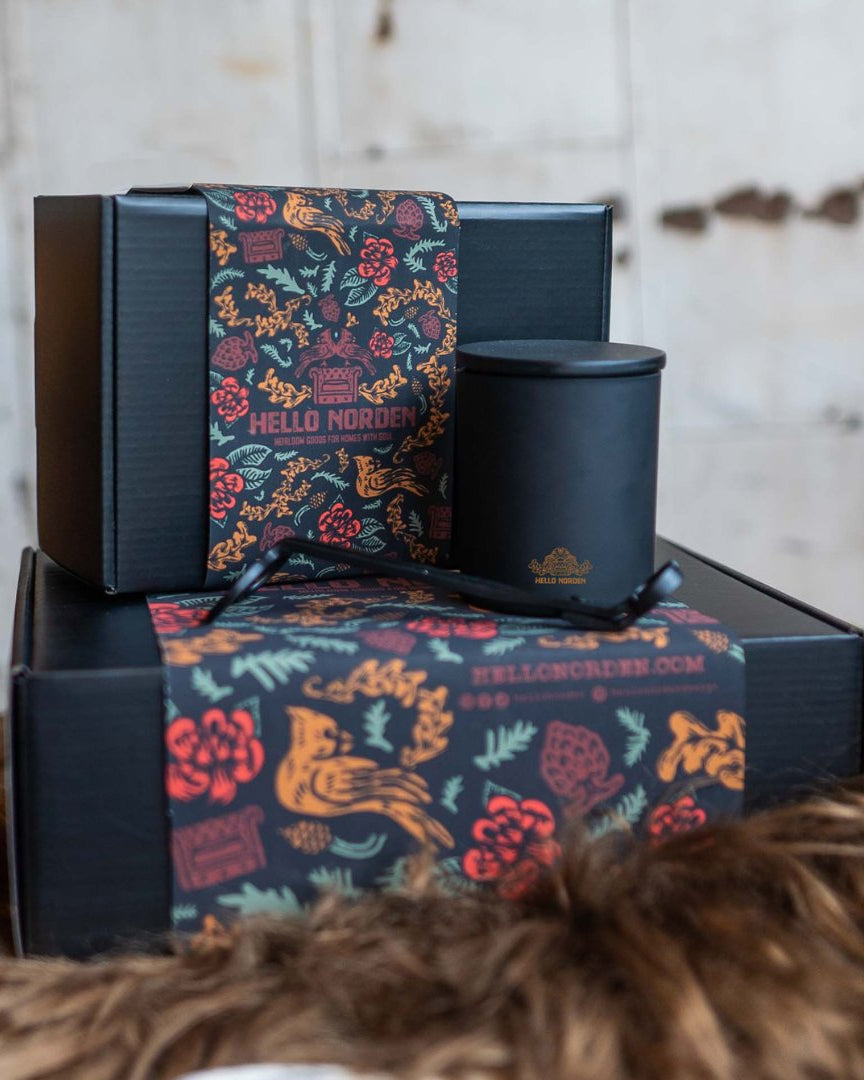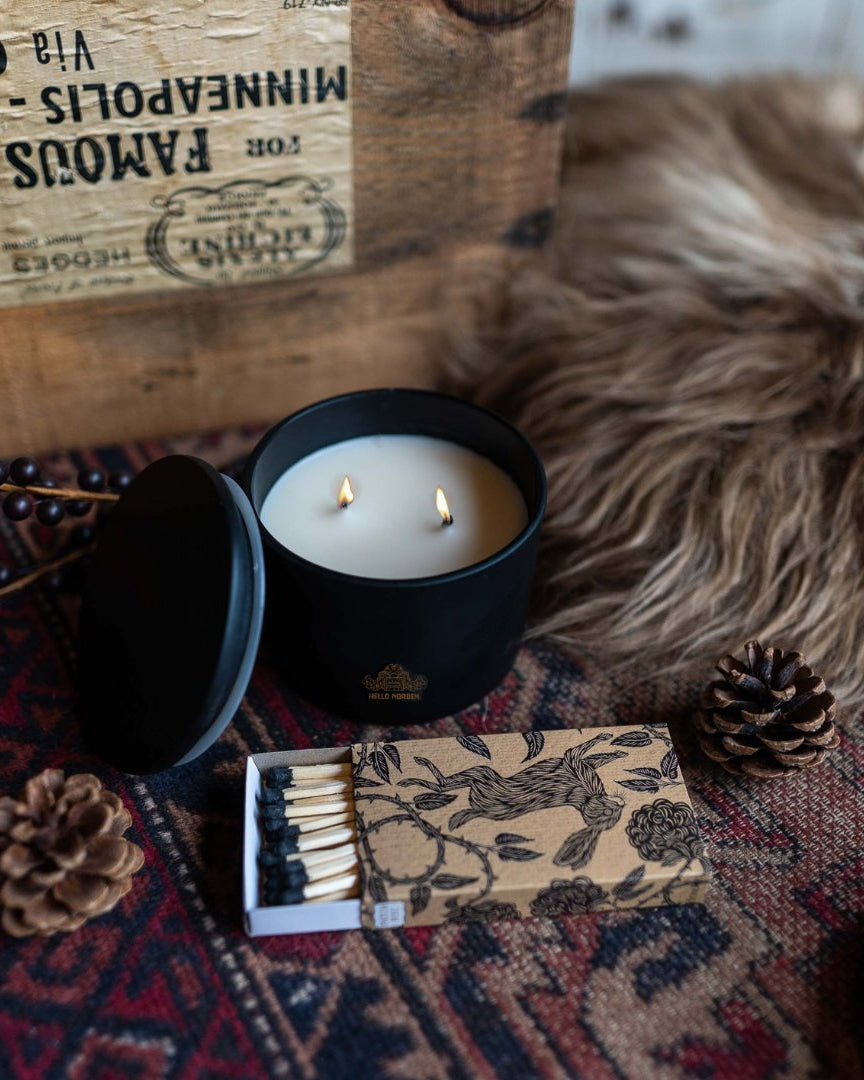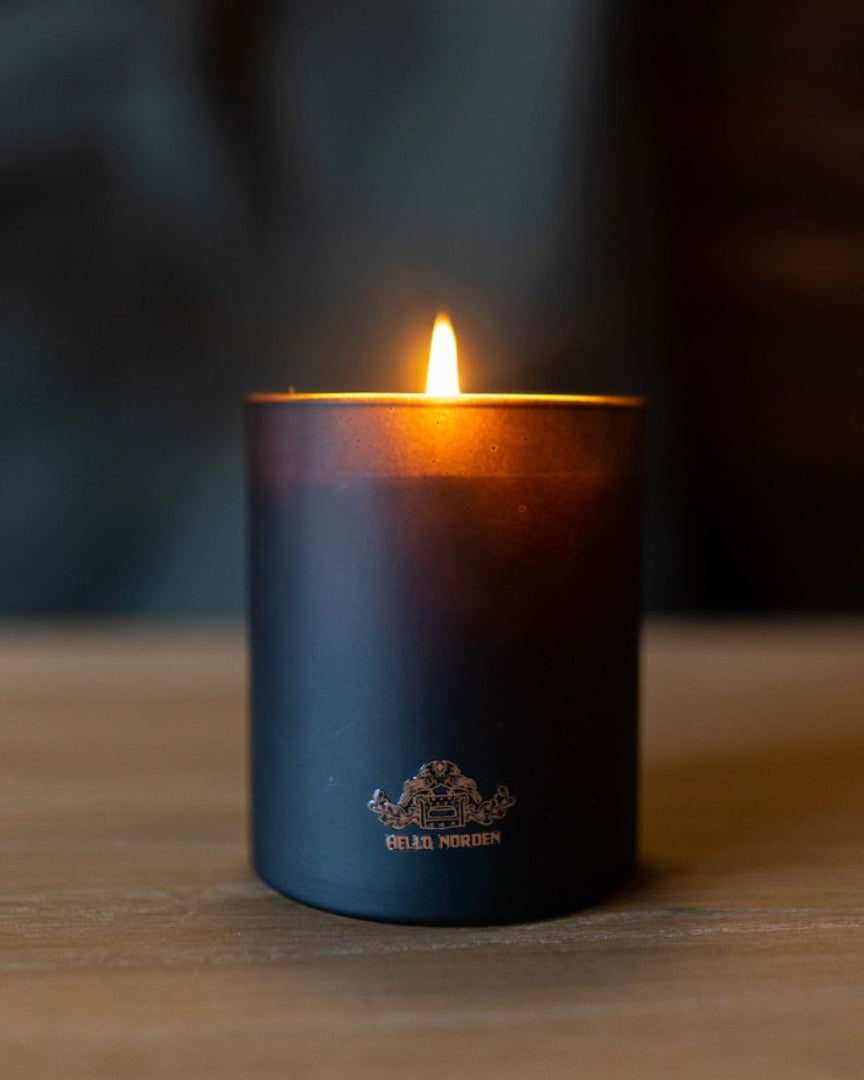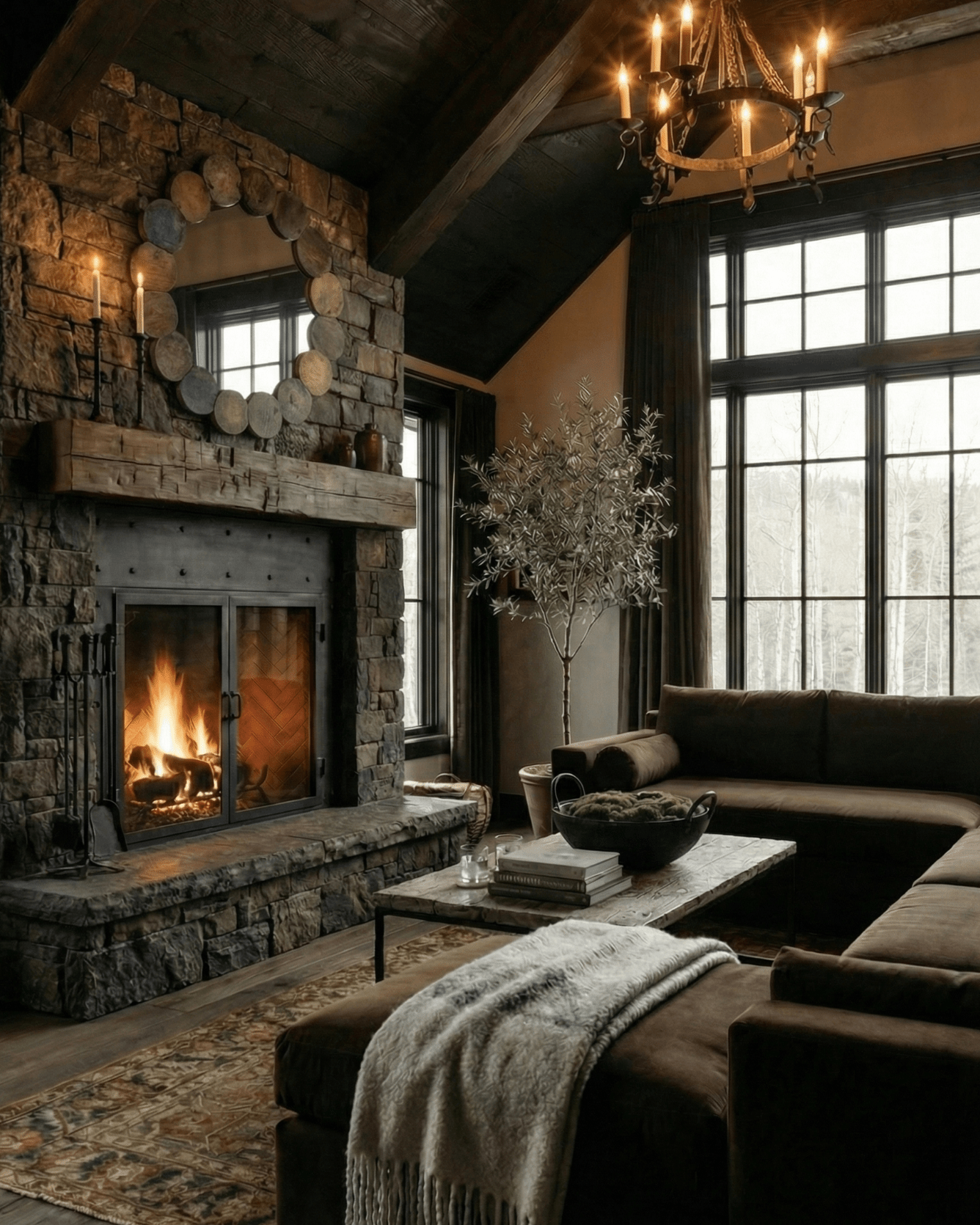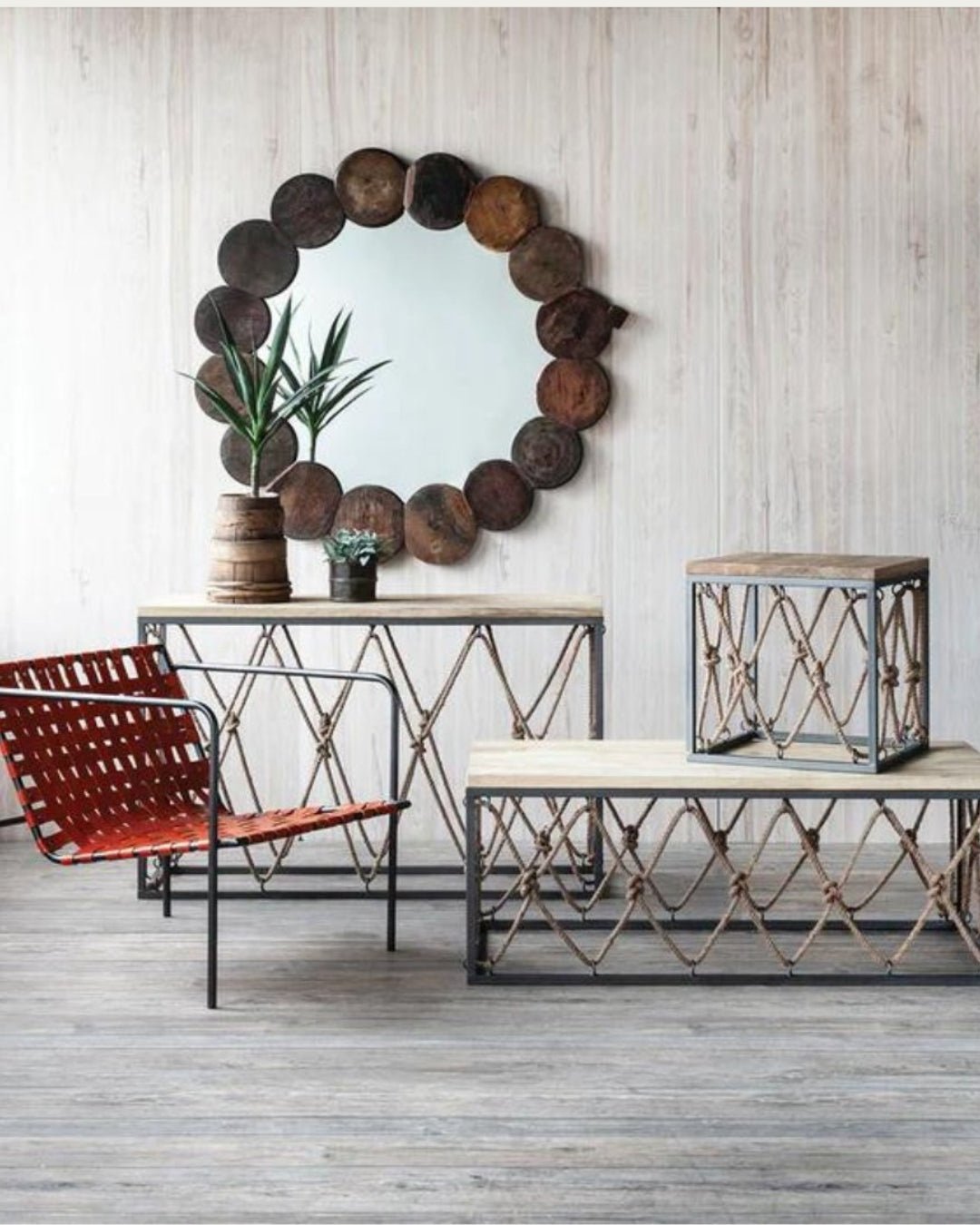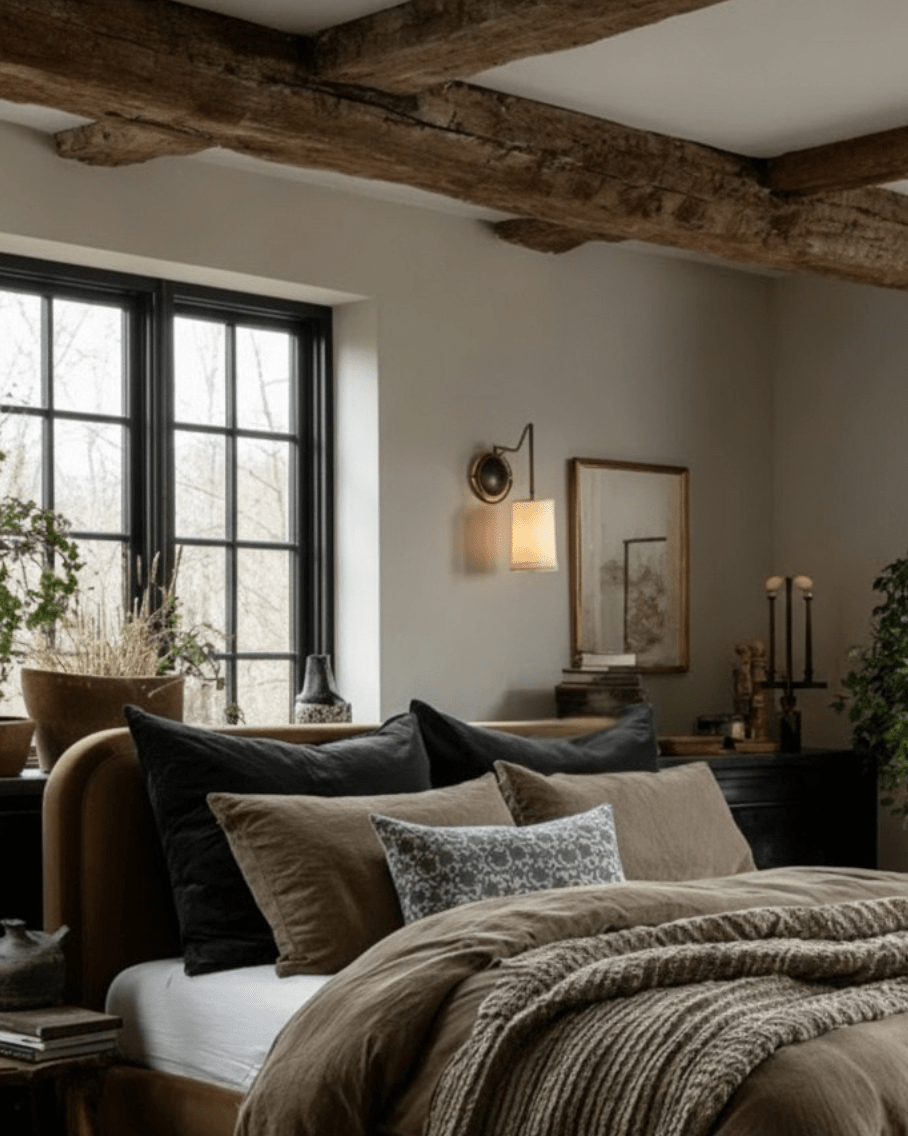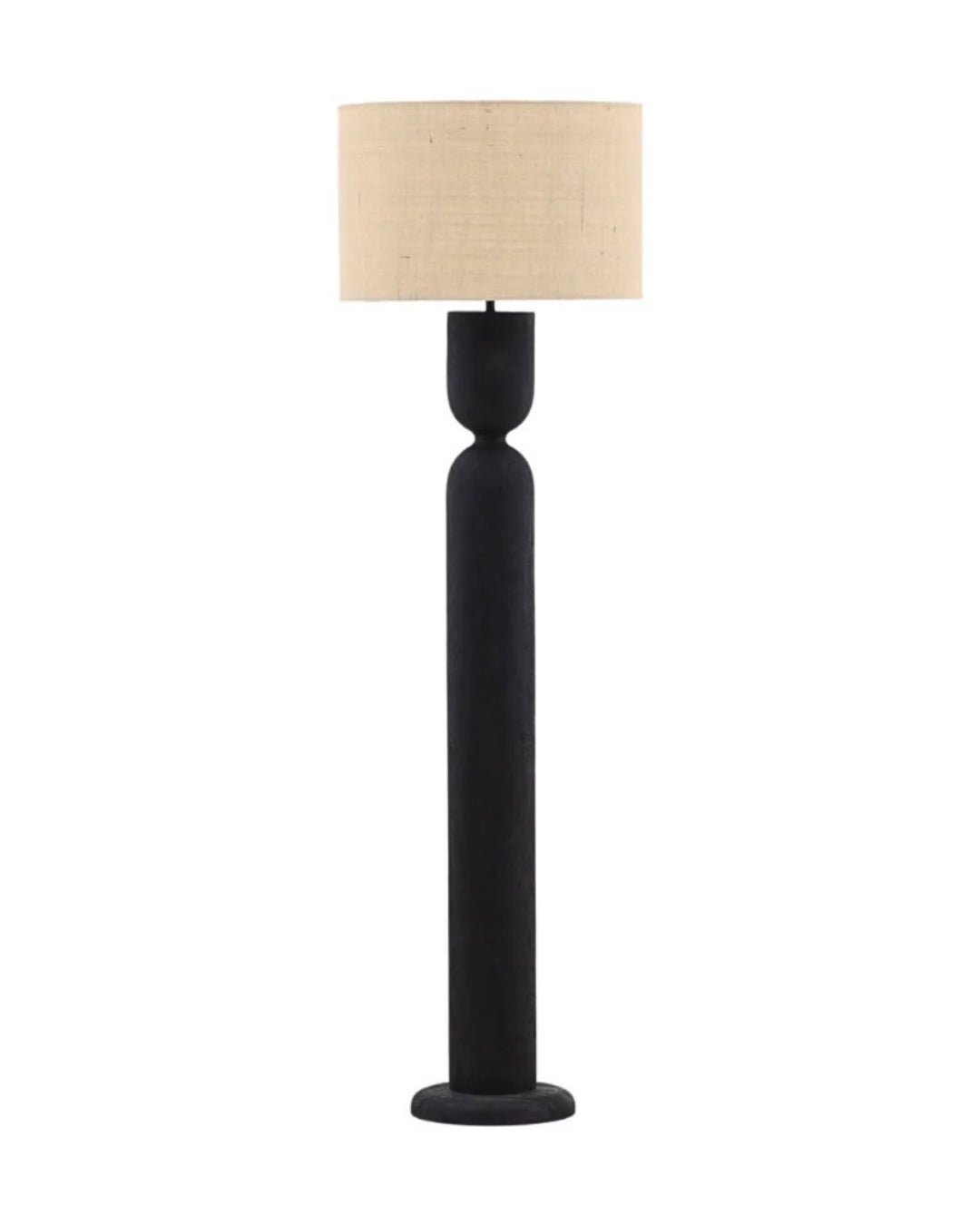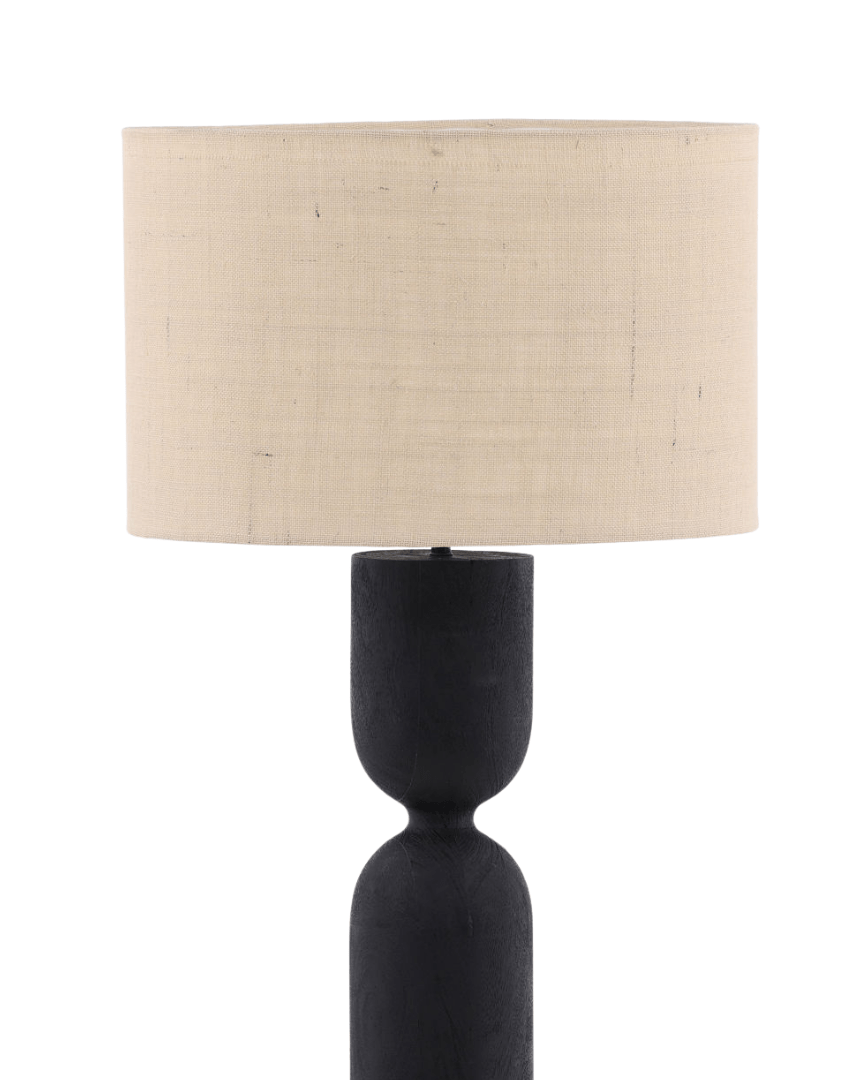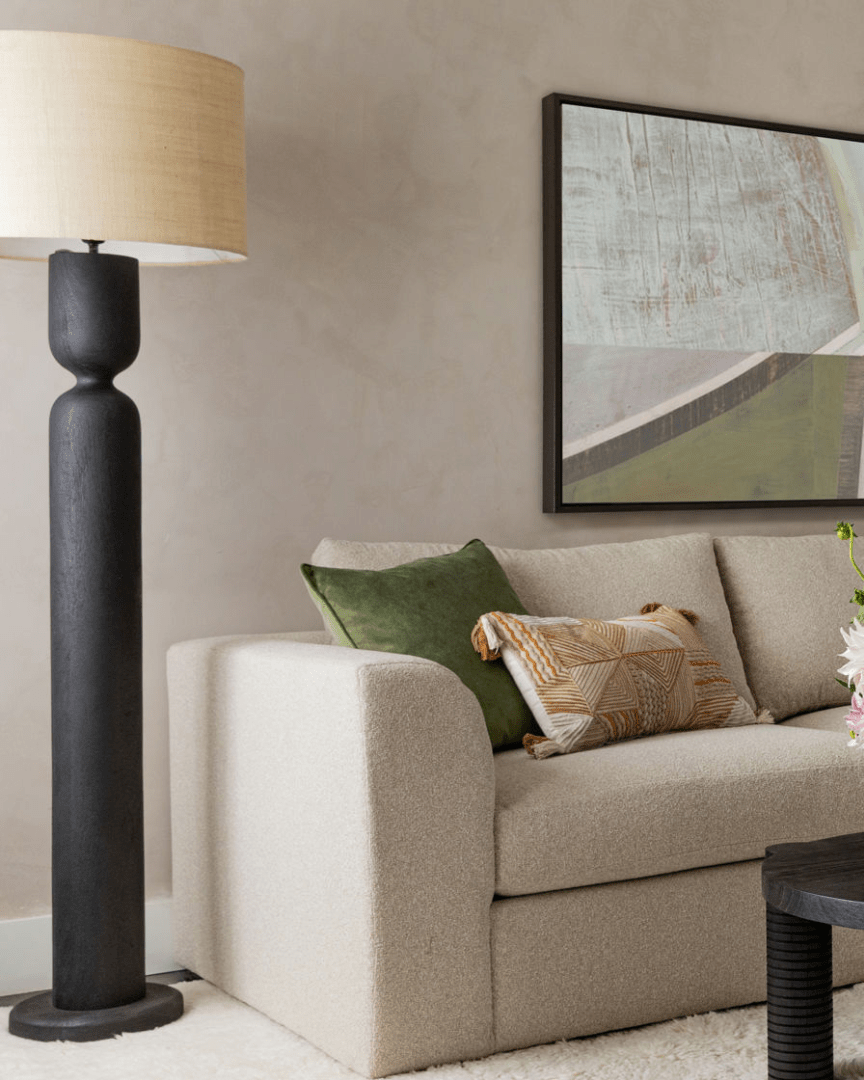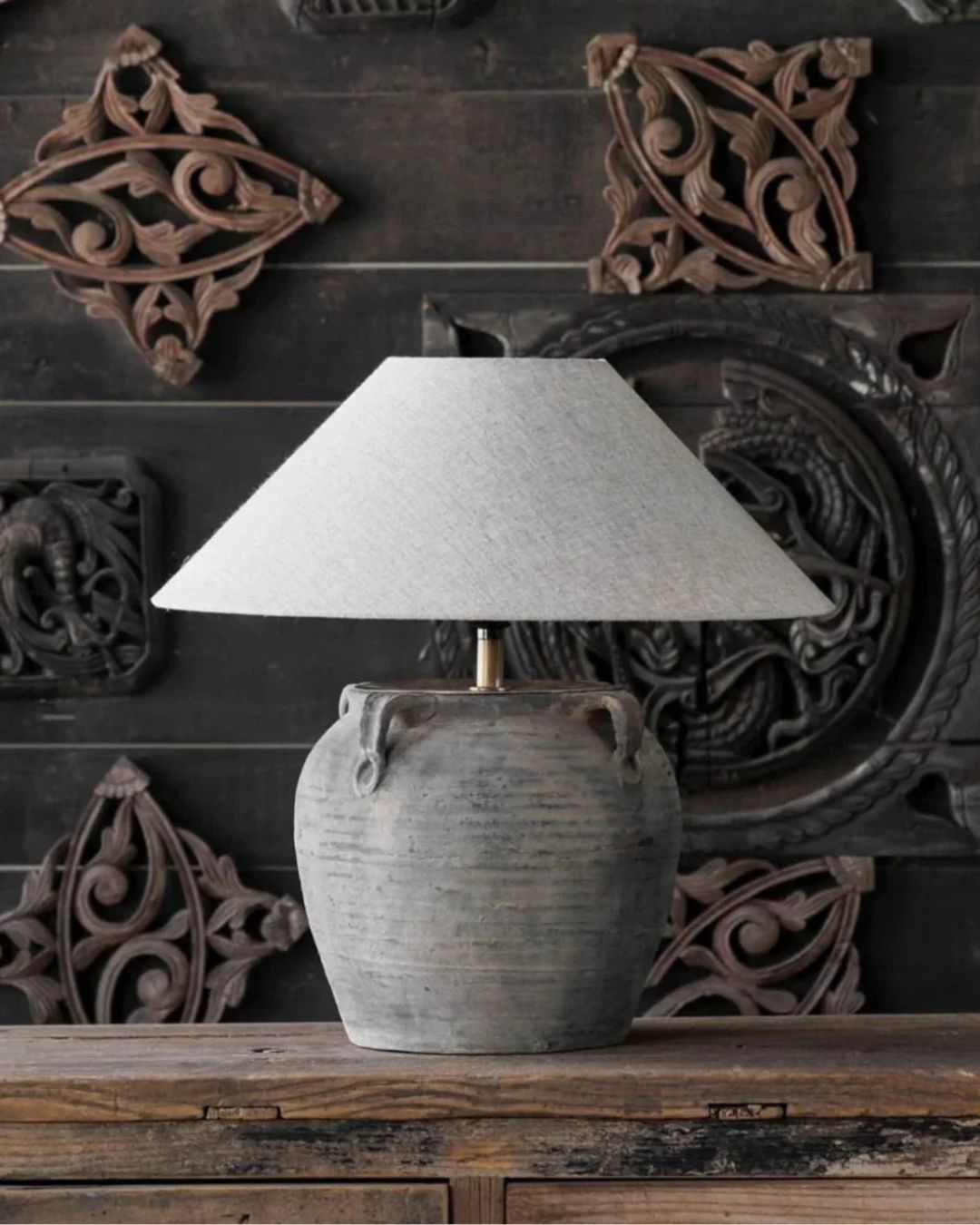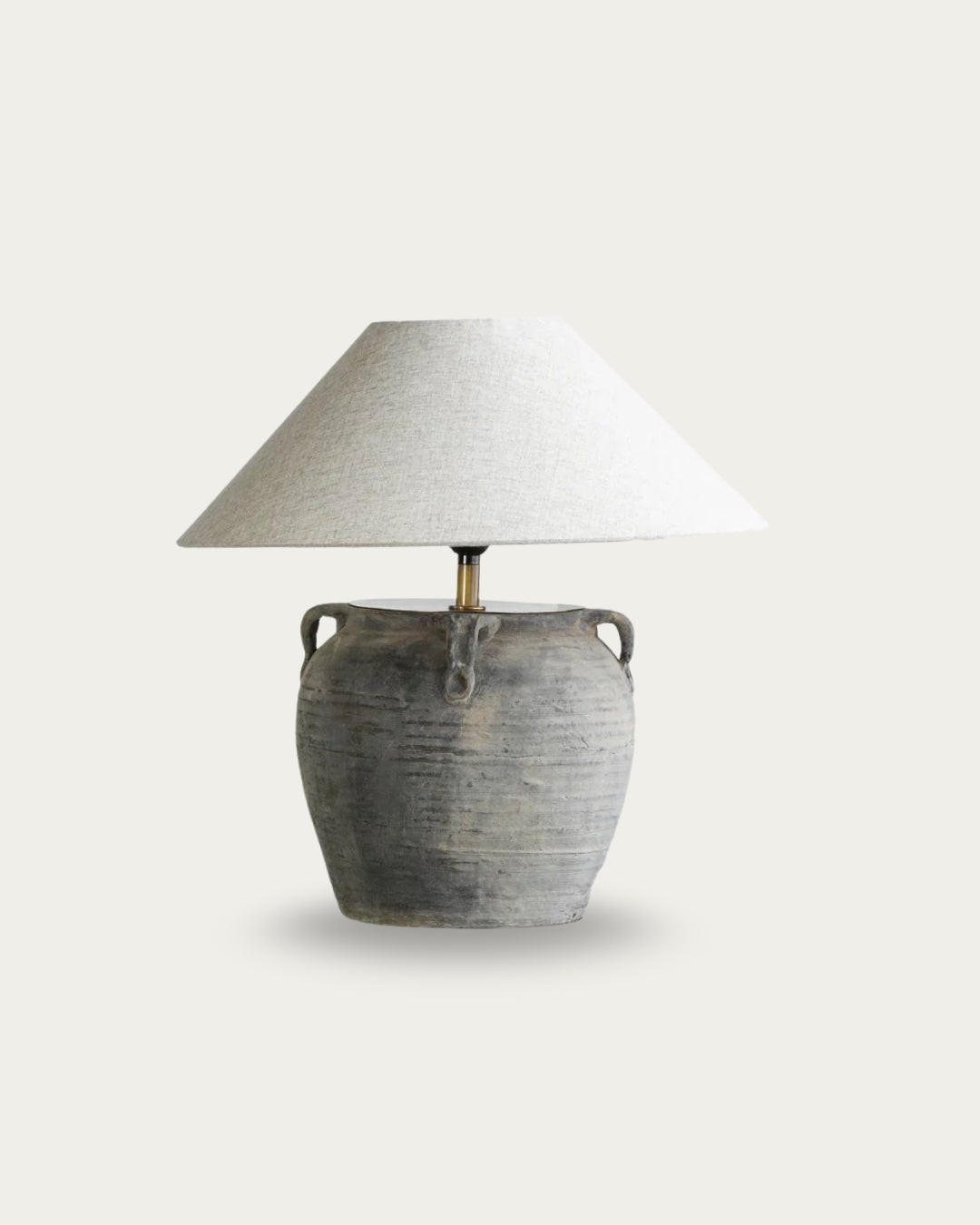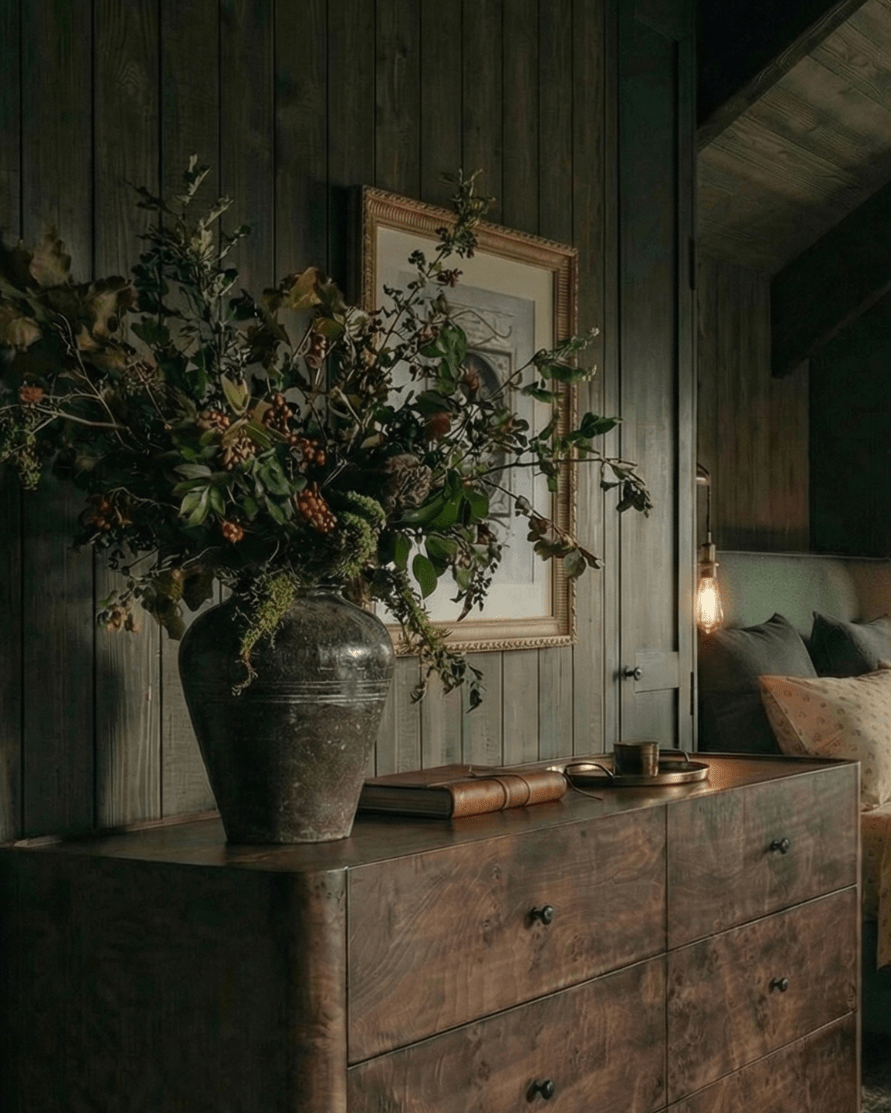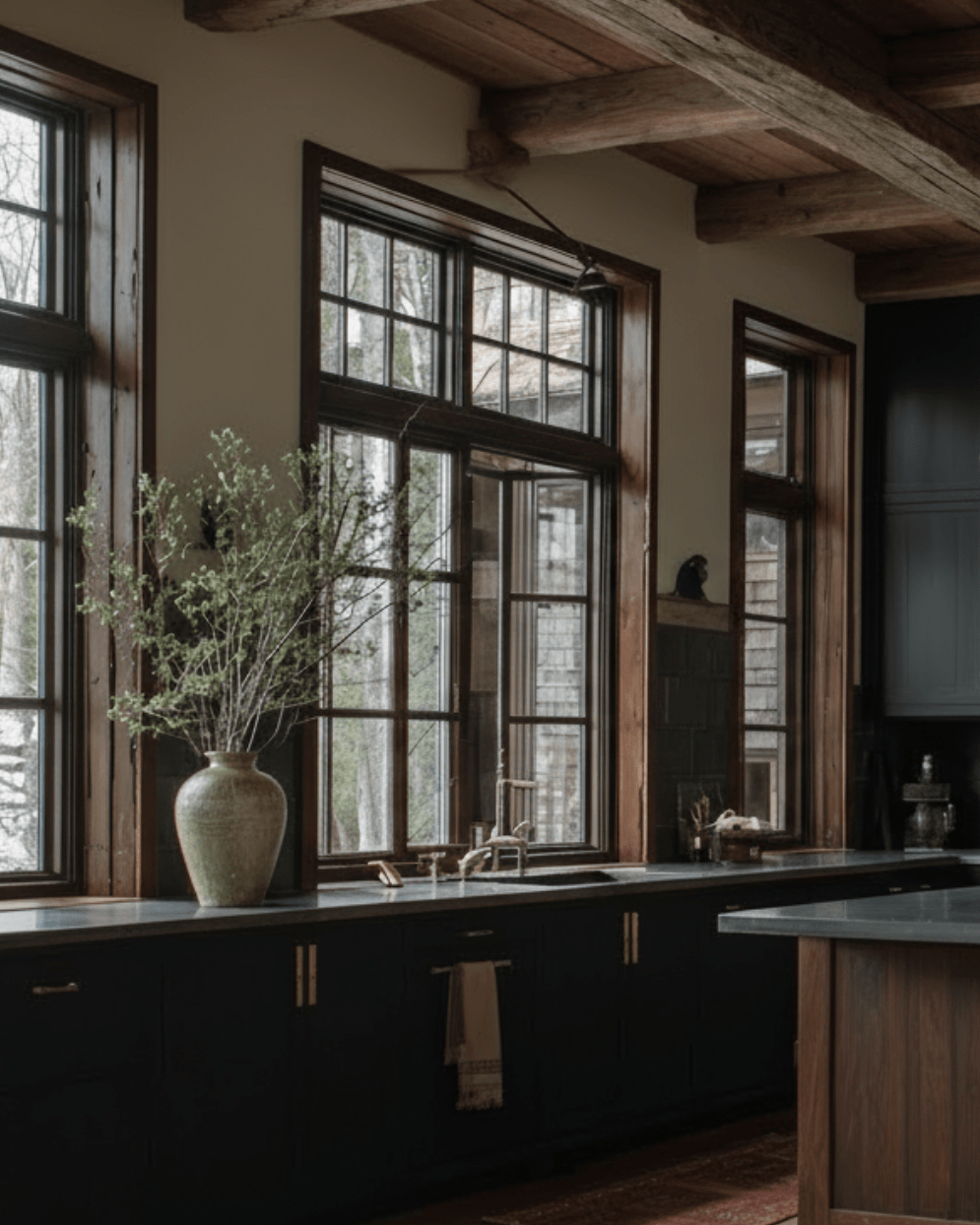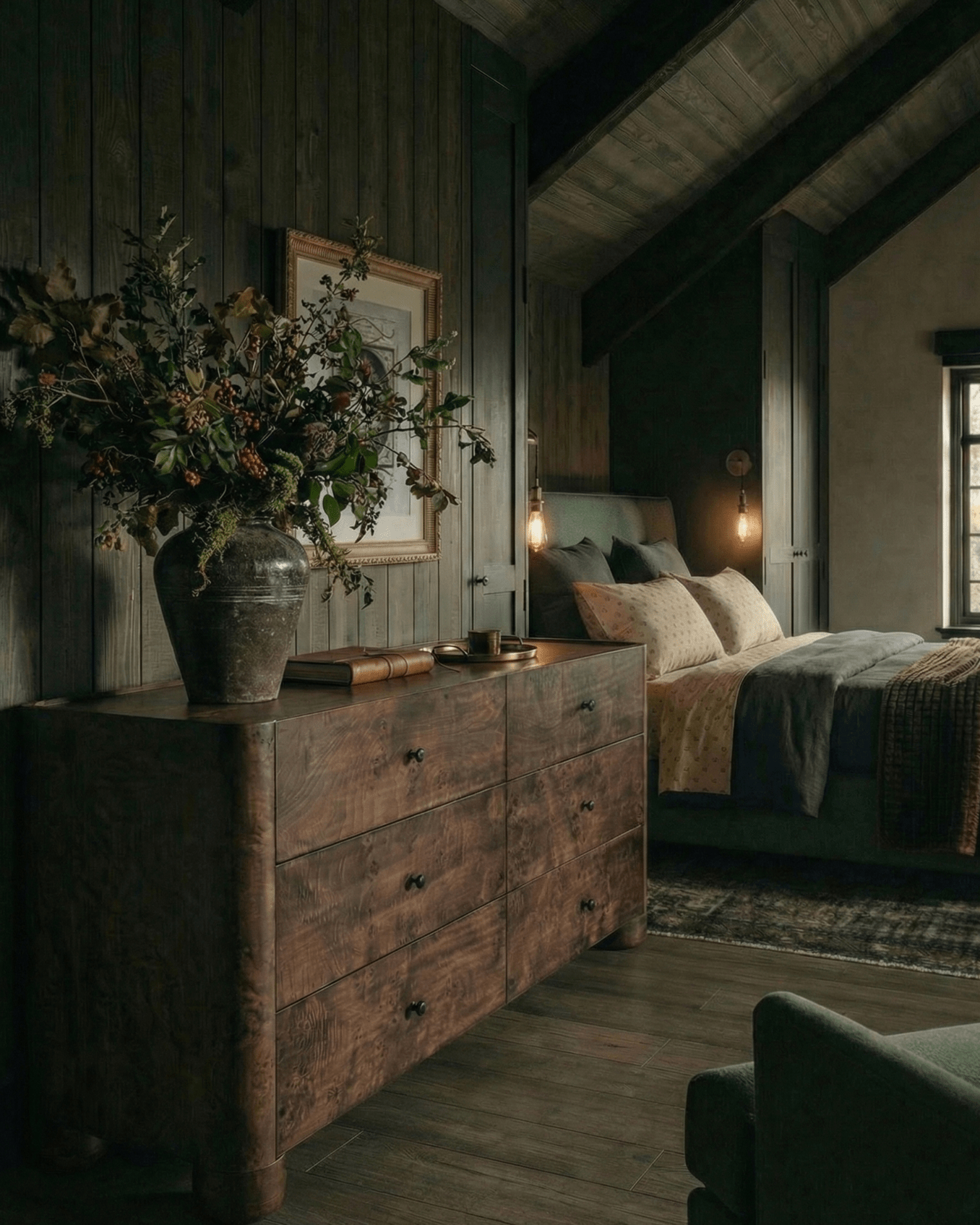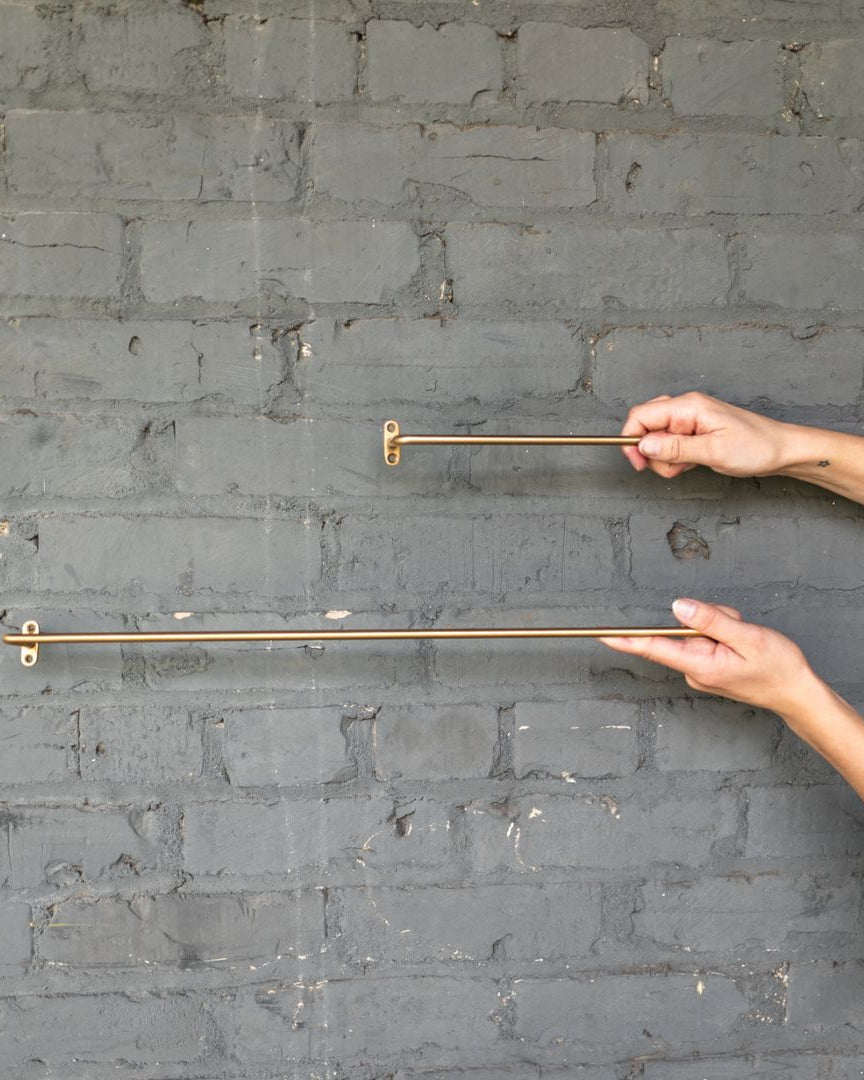Evening lighting sets the tone for how a dining room feels and functions. As daylight fades, overhead light becomes the defining element—it can either energize or calm the space. A glass globe chandelier goes beyond illumination; it shapes mood. Its diffused glow softens edges, reduces glare, and creates a balanced rhythm that encourages slower, more connected moments around the table.
A modern dining room chandelier influences more than aesthetics—it affects how people gather, speak, and linger. When the lighting is warm and grounded, the entire room feels more intentional.
Explore more designs that shape atmosphere in the Hello Norden lighting collection.
The Shift From Bright to Soft
Overhead glare is the enemy of intimacy. It flattens faces, sharpens edges, and tells the nervous system to stay alert. A glass globe chandelier works differently. It bends light through curvature and translucence, turning glare into glow. That change—subtle but sensory—calms the body.
When glass curves around light, diffusion happens naturally. Each globe becomes its own small sky, scattering warmth in a gradient instead of a blast.
The Mira chandelier captures it perfectly—its glass spheres set within a rope-wrapped iron frame diffuse light through layers of brass and texture, softening every edge so the glow feels like dusk settling quietly across the room.
RUTED Tip: Choose frosted or smoked glass when you want glow over brightness. The diffusion mimics candlelight—softer on the eyes, steadier on the mood.
Why Shape Matters More Than You Think
The human eye favors circles. In environmental psychology, rounded forms are consistently rated as “safe” or “approachable.” The modern dining room chandelier leverages this instinct. Its globes and arcs create visual harmony that reduces cognitive load—the eye doesn’t have to work hard to make sense of the space.
That’s part of why a circular chandelier above a dining table feels right: symmetry calms. Even when the rest of the room is angular—rectilinear cabinets, sharp counters—the globe’s curve breaks the grid and restores balance.
A piece like the Kela chandelier amplifies that sense of balance beautifully. Its mid-century brass arms radiate in perfect symmetry, giving off warmth without glare—just enough structure to pull the eye upward and remind the body to exhale.
The Material Science of Glow
Glass isn’t just transparent; it’s a filter. Depending on thickness and finish, it bends light waves differently, shaping how color and warmth are perceived.
A 2021 study published in Building and Environment found that diffuse warm light (below 3000 K) lowered heart rate variability and improved reported comfort levels by up to 22 percent compared to cooler light. That’s not just aesthetics—that’s biology.
A glass globe chandelier sits right in that sweet spot. Clear glass keeps the tone accurate for evening dining, while tinted glass adds warmth that signals safety and relaxation.
The Mood of Multiplicity
One light source rarely creates an atmosphere. Multiplicity does. A glass globe chandelier scatters illumination across several points—each small, each soft. Instead of one overhead glare, you get a constellation. The result? Depth, rhythm, and subtle movement. Your eye dances lightly from one glow to the next, mirroring the natural flicker our brains evolved to find comforting (think: firelight).
For smaller spaces or layered lighting, pendants like the Eveliina pendant light bring that same sensory rhythm in a more grounded form. Its glass dome and patinated steel cap offer the same softness, but closer to eye level—ideal for kitchens, dining nooks, or any spot that benefits from quiet, low-lit repetition.
The effect is both modern and primal—a conversation between technology and instinct.
Balancing Weight and Air
The best chandeliers balance opposites: heavy frame, light material. Glass carries brightness; metal carries weight. That duality keeps a dining room grounded while still feeling open. The contrast between mass and air creates a kind of quiet equilibrium—one that feels intentional rather than decorative. A well-designed fixture becomes both anchor and lift, giving the room structure without closing it in. It’s this balance that defines modern lighting: light that grounds, rather than overwhelms.
Emotional Geometry: Why Round Light Regulates
Geometry matters. Straight lines and hard edges signal control; curves signal ease.
In neuroscience, exposure to curved forms activates the anterior cingulate cortex—the area linked to emotional safety. That’s why rooms with soft lighting and curved fixtures often feel calmer.
A glass globe chandelier literally shapes light into curves, turning physics into emotion. The glow doesn’t stop at the surface; it reflects gently through the glass, rounding every corner it touches.
Anchoring the Table Beneath
Without overhead weight, a dining room can feel visually unmoored—like the furniture is floating. A chandelier reintroduces gravity.
A modern dining room chandelier anchors the airspace above the table, creating a vertical balance between ceiling and surface. The eye reads this as structure; the body reads it as safety. The result? Everyone unconsciously settles deeper into their chair.
RUTED Tip: In rooms with high ceilings, hang the chandelier lower than instinct suggests—around 30 to 36 inches above the table surface. The closer proximity closes the space visually, increasing intimacy and warmth.
Light, Texture, and Temperature
Design isn’t just about what you see—it’s what you feel through light temperature and material texture.
Glass globes pair especially well with natural materials—reclaimed wood, stone, and linen—because their clarity needs contrast. The smooth reflection of glass against the grain of wood or the weave of fabric gives the eye texture to rest on.
A glass globe chandelier above a reclaimed wood dining table turns reflection into ritual. The rough absorbs, the smooth reflects; together, they regulate the sensory balance of the room.
Glass Globe Chandeliers and the Science of Evening Calm
Here’s where design meets biology.
A 2020 paper in Lighting Research & Technology found that switching from overhead cool light (4000 K+) to warm diffuse light (2700 K) in the evening improved melatonin levels by 15 percent and reduced perceived stress by 18 percent in participants.
That’s why dinner under a chandelier feels different from dinner under recessed LEDs. Warm diffusion tells the nervous system: night has arrived; it’s safe to slow down.
The right fixture doesn’t just illuminate—it regulates. When glass filters light through curvature, material, and warmth, it shifts the body’s internal pace. The glow feels softer, the air thicker, and time begins to move differently. It’s not just light—it’s rhythm, balance, and calm made visible.
Layering for Depth and Dimension
Even the most beautiful chandelier can’t work alone.
Layering lighting adds narrative—each fixture serving a different purpose. A chandelier for atmosphere. Wall sconces for accent. A small table lamp for a grounding glow at eye level.
This tri-layer approach prevents flatness and lets your chandelier act as the centerpiece without overwhelming the space.
Styling for Modern Context
Modern dining rooms thrive on contrast—structured architecture softened by organic light.
For minimalist interiors, a single-tier chandelier with oversized frosted globes works best. The opacity blurs the light’s edges, keeping brightness diffuse and calm.
For textural rooms, mixed materials—wood beams, concrete floors, linen drapery—let the glass introduce reflection and rhythm.
For compact dining areas, multi-arm chandeliers with smaller globes maintain volume without adding bulk. They read airy, not crowded.
A smaller fixture like the Osmin pendant also fits seamlessly into this idea. Its clear glass silhouette and iron detailing bring a modern, industrial edge without overwhelming the space—perfect for smaller dining rooms or paired installations above a kitchen island.
The goal is quiet presence. Lighting should feel intentional, not loud—anchoring the room with balance, proportion, and a glow that lingers rather than shouts.
Seasonal Light, Same Fixture
Lighting doesn’t stay static. The same chandelier performs differently across seasons.
Winter: Keep brightness low; pair with darker table linens to emphasize contrast.
Spring: Add mirrors or clear vessels that reflect daylight into the globes.
Summer: Let the chandelier act as the evening’s only light—soft, direct, and low.
Autumn: Pair it with candlelight for layered warmth and natural flicker.
RUTED Tip: Swap bulbs seasonally—warmer tones (2200–2700 K) in winter, neutral (3000 K) in summer. It’s a simple reset that maintains balance year-round.
The Modern Chandelier as Emotional Architecture
Light holds memory.
A glass globe chandelier becomes more than décor—it becomes a ritual marker. It’s the switch you flick before meals, the glow that lingers after everyone’s gone to bed, and the quiet hum of presence that fills a dining room between conversations.
When you build your home’s rhythm around that glow, design moves beyond the surface. It becomes atmosphere, regulation, and story.
Final Thoughts: Why Mood Lives in the Glow
In the end, a glass globe chandelier is less about brightness and more about balance.
It carries the duality every modern dining room needs: lightness and weight, presence and air.
When the day folds and you gather beneath its glow, you’re not just turning on a fixture—you’re activating a mood.
The glass diffuses, the body softens, and suddenly, the dining room isn’t just a room. It’s a feeling—one that holds.





